The British Library’s Alfred Cort Haddon 1898 Expedition (Torres Strait and British New Guinea) Cylinder Collection includes 140 wax cylinders recorded on the Torres Strait Islands and in British New Guinea as part of the 1898 Cambridge Anthropological Expedition to Torres Straits. This cylinder collection constitutes the earliest collection of sound recordings in the Library’s Sound Archive.
All recordings on Mer / Murray Island would have been made between 6 May and 8 September 1898. For recordings where Myers is the recordist, the date range is 10 May to 24 August 1898. For recordings where Ray is the recordist, the date ranges are 6 May to 23 May and 20 July to 8 September 1898.
The expedition party based themselves at “Savage’s house”,1This refers to Edwin Bentley Savage, a London Society Missionary who was stationed on Mer / Murray Island. He retired in 1891 (Langmore 1989:289). where Haddon had stayed on his previous visit to Mer a decade earlier (Haddon 1898-1899:62). The schoolhouse was “just below [the house] on the hill” (1898:63). During Wolfgang Laade’s fieldwork on Mer from 1963-1965, he noted that the schoolhouse and church formed the centre of the village, which stretched from Gigo to Larte (Laade 1973). Beckett stated that – at the time of writing – the centre of Mer was Umar on the north-west side of the island, which housed the church, mission buildings and schoolhouse (1987:117, 158). Haddon also stated that the group stayed opposite Las, which corresponds to these descriptions (1898:71).
The expedition team visited Las on 28 July 1898 and recorded songs at Gadodo’s house, with Haddon and Myers staying overnight (Haddon 1898-1899:193-194, 1901:44). Ray also recorded songs on the beach (Ray 1898-1899:81). Haddon and Rivers had previously visited Las on 18 May 1898 (Haddon 1898-1899:71, 1901:57). The exact recordings cannot be identified.
Research by Rebekah Hayes, British Library, in partnership with Grace Koch, AIATSIS.









The first grouping includes the Malu songs. Notations for these are given in Myers & Haddon (1908:150-152).
In the cylinder metadata, only songs I – III and IV A are identified. The recordings for song IV are either yet to be identified or missing from the collection. C80/446 may be a recording of song IV but further research is needed.
Malu2The correct spelling in Meriam is Malo (Passi 1987:202, in Lawrence 2004). refers to the Malu-Bomai cult, with Malu being the predominant cult hero of the Eastern Islands (Herle 1998:90).
The Malu cult was “centred in Mer, with a branch in Erub”, described as “a religious fraternity essentially concerned with law and discipline” and may have replaced other previously co-existing cults (Lawrence 2004:49). It was the “major religious belief system on Murray Island before the London Missionary Society arrived in the Torres Strait in 1871” (Koch 2013:15). The Malu-Bomai cult and its relation to other cults is discussed in Haddon (1935:390-393) and Haddon & Myers (1908:281-313).
Myers stated that the Malu songs were “songs of extreme solemnity belonging to the Malu funeral ceremonies” and as part of sacred initiation ceremonies (1912:239). They are “the most ancient of the three” groupings (1912:265). As well as sacred, the Malu songs were secret; women and children could not listen to them and Myers described the “greatest difficulty” in eliciting the songs. The songs were performed by “older men who were alive in the times when the ceremonies were still being performed” (Myers 1912a:239).
A Malu ceremony performance was witnessed by the expedition party on 29 July 1898 at Las, Mer (Ray 1898:81). Ray also discussed the Malu songs with Pasi and the Mamoose3The Mamoose or Mamus was a government-appointed representative or head man. The Mamoose system was implemented in the Torres Strait Islands in the late 1870s. (Philp 1999:59, Shnukal 2015a:58). of Mer on 15 August (Ray 1898:84). A Malu dance was performed by Kilarap, Kaige and Gadodo on 6 September 1898 and was recorded using the cinematograph (Ray 1898:86).









| British Library shelfmark | Recording title | Performer name | Recording location | Recording date | Content description | Performer description | Recording notes | Languages | Genre | Recordist | Recording length | Recording trip | Description of cylinder | Collection title | Cylinder location | Images of cylinder containers / documentation | Related print publication: | Related print publication: | Related print publication: | Related print publication: | Related print publication: | Related print publication: |
|---|---|---|---|---|---|---|---|---|---|---|---|---|---|---|---|---|---|---|---|---|---|---|
| C80/447 | Wei A | Unidentified (singer, male) | Mer / Murray Island, Torres Strait Islands | 10 May 1898 – 24 August 1898 | 1. Unaccompanied male vocal solo. Malu funeral song. This recording corresponds to Charles S. Myers' Malu Song II. Both Myers (1912) and Ray (1907) translate 'wei' as 'alas!' with Ray noting that this was an exclamation expressing sorrow. It is alternatively spelled 'weu'. Weii mentioned as part of Malu ceremonies (Myers & Haddon 1908:146). Sung to Air II published in Myers & Haddon (1908:151). Words and analysis published in Myers (1912: 247-248, 266). Musical notation included in Anthony Wilkin's field notebook as 'Song K' (1898:250). | Very poor recording. The recording date range assumes that Myers is indeed the recordist and corresponds to the dates of Myer's stay on Mer / Murray Island. Myers (1912:240): 'With one or two exceptions the words of the Malu songs clearly belong to the language of the eastern islands.' Apparently a copy of another cylinder which had repeating grooves and poor tracking. The duplicate could possibly be C80/1014, which is also a recording of Malu Song II and features similar distinctive extraneous noise on the recording. | Meriam Mir | Field recordings | Myers, C. S. | 2'05" | 1898 Cambridge Anthropological Expedition to Torres Straits | Brown wax cylinder. Cardboard cylinder case. Edisonia. | Alfred Cort Haddon 1898 Expedition (Torres Strait and British New Guinea) Cylinder Collection | British Library | 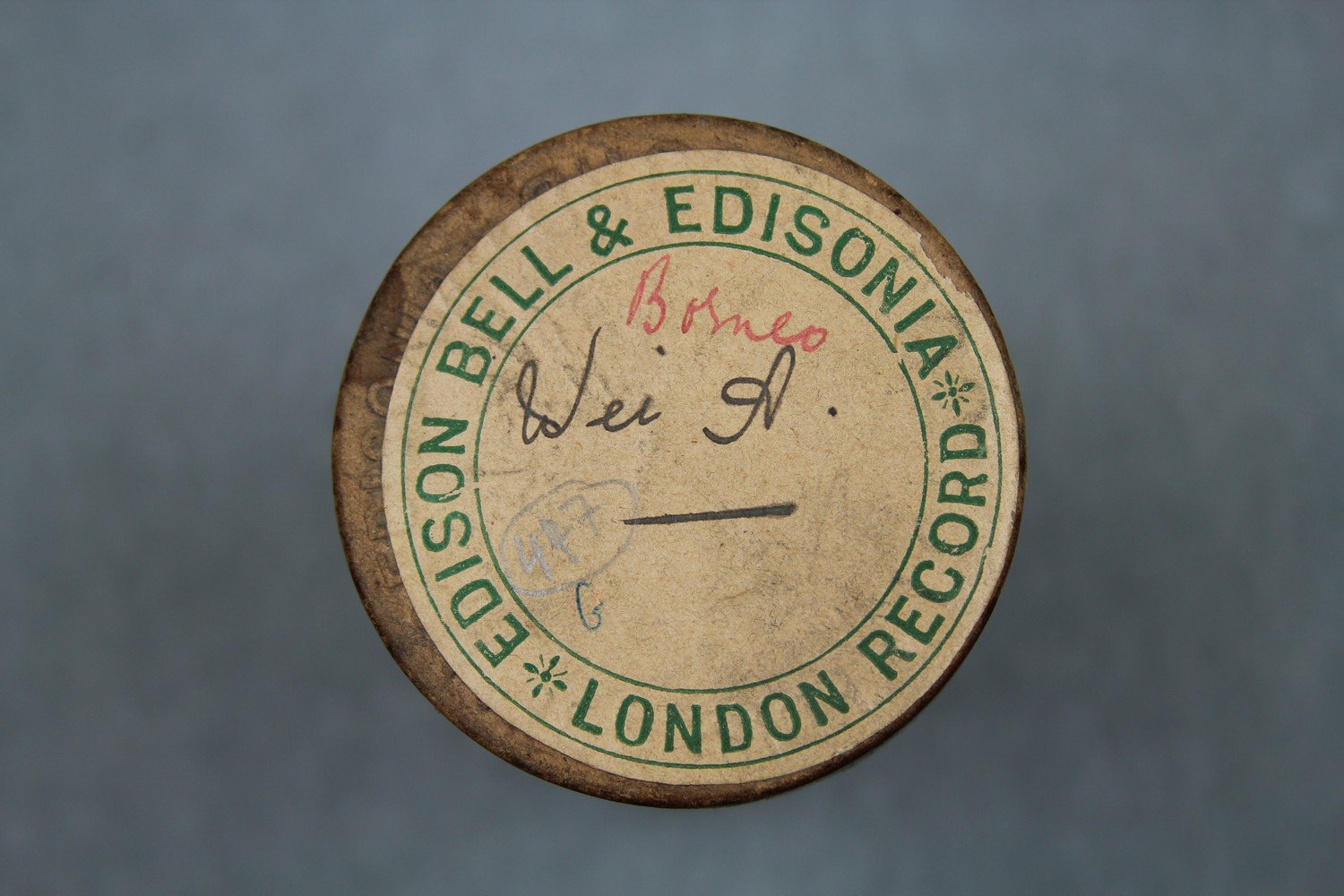      | Haddon, A.C. (ed.) 1907. Reports of the Cambridge Anthropological Expedition to Torres Strait: Volume III, The Languages of Torres Strait. Cambridge: Cambridge University Press. British Library shelfmark General Reference Collection YC.2011.b.631. | Haddon, A.C. (ed.) 1908. Reports of the Cambridge Anthropological Expedition to Torres Strait: Volume VI, Sociology, Magic and Religion of the Eastern Islanders. Cambridge: Cambridge University Press. British Library shelfmark General Reference Collection YC.2011.b.632. | Haddon, A.C. (ed.) 1912. Reports of the Cambridge Anthropological Expedition to Torres Strait: Volume IV, Arts and Crafts. Cambridge: Cambridge University Press. British Library shelfmark General Reference Collection YC.2011.b.634. | Wilkin, Anthony. 1898. Field Notebook [File 1027]. [manuscript] M2731-M2740: Torres Straits, 1888 - 1936, Cambridge University Library. See http://nla.gov.au/nla.obj-765702983 | |||
| C80/1012 | Izib B | Ulai (singer, male); Wanu (singer, male) | Mer / Murray Island, Torres Strait Islands | 10 May 1898 – 24 August 1898 | Unaccompanied male vocal solo. This recording corresponds to Charles S. Myers' Malu Song III. In correspondence with Erich von Hornbostel, Myers describes Izib as a funeral song from Mer / Murray Island (Myers 1907). Izib was the creek at Kiam, Mer / Murray Island, from which Malu drank water (Haddon & Myers VI 1908:283, 299). Inscription on cylinder insert notes: 'Izib B / Ulai and Wanu.' One small slip of perforated paper: 'Izib B'. Words and musical notation published in Myers & Haddon (1908:150-151). Further analysis and song text available in Myers (1912:249, 266-267). | Poor quality with very weak signal and surface noise. The recording date range assumes that Myers is indeed the recordist and corresponds to the dates of Myer's stay on Mer / Murray Island. Myers (1912:240): 'With one or two exceptions the words of the Malu songs clearly belong to the language of the eastern islands.' C80/1012 (better quality) is the master whereas C80/1101 is a duplicate. | Meriam Mir | Field recordings | Myers, C. S. | 1'42" | 1898 Cambridge Anthropological Expedition to Torres Straits | Brown wax cylinder. No case. | Alfred Cort Haddon 1898 Expedition (Torres Strait and British New Guinea) Cylinder Collection | British Library | 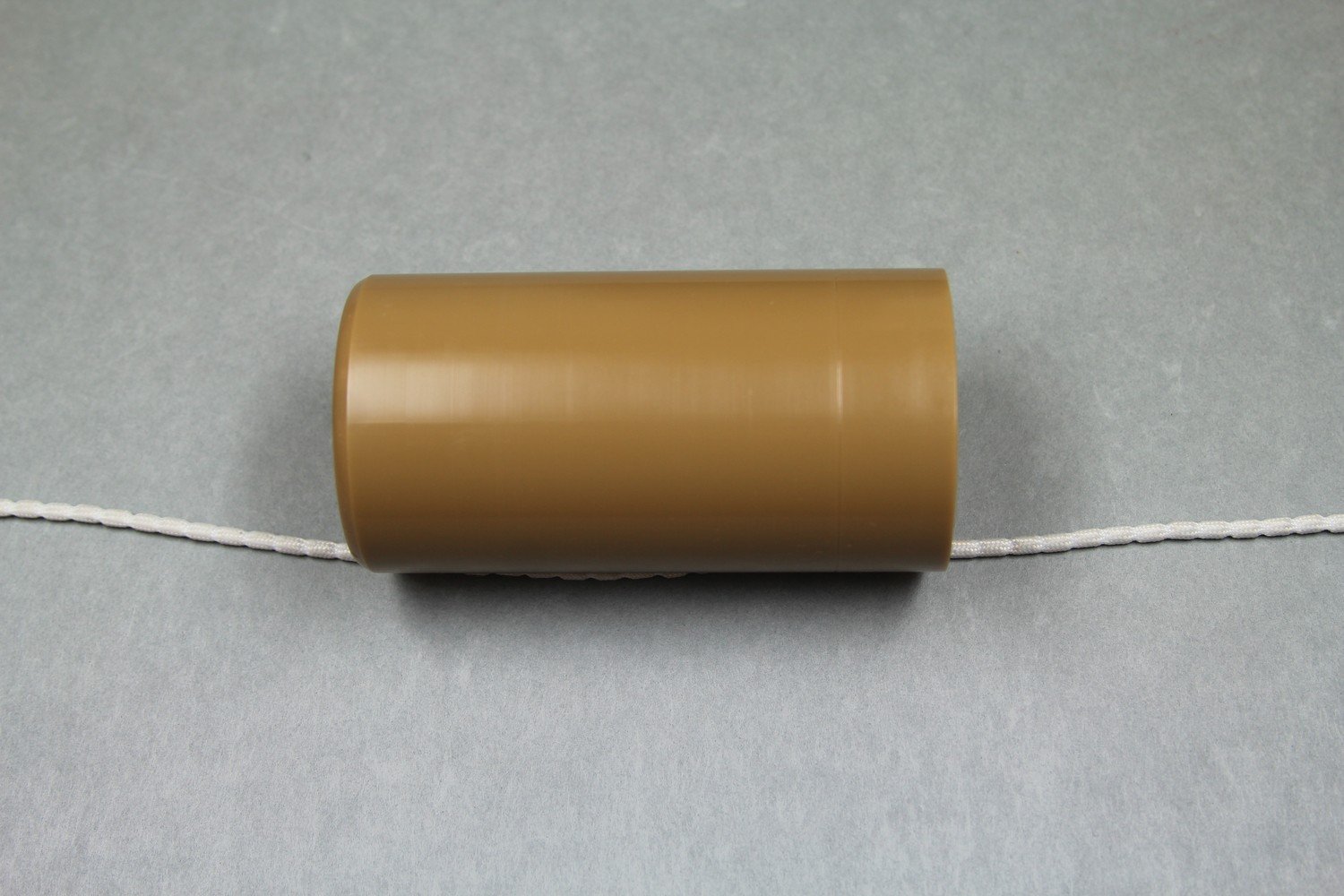   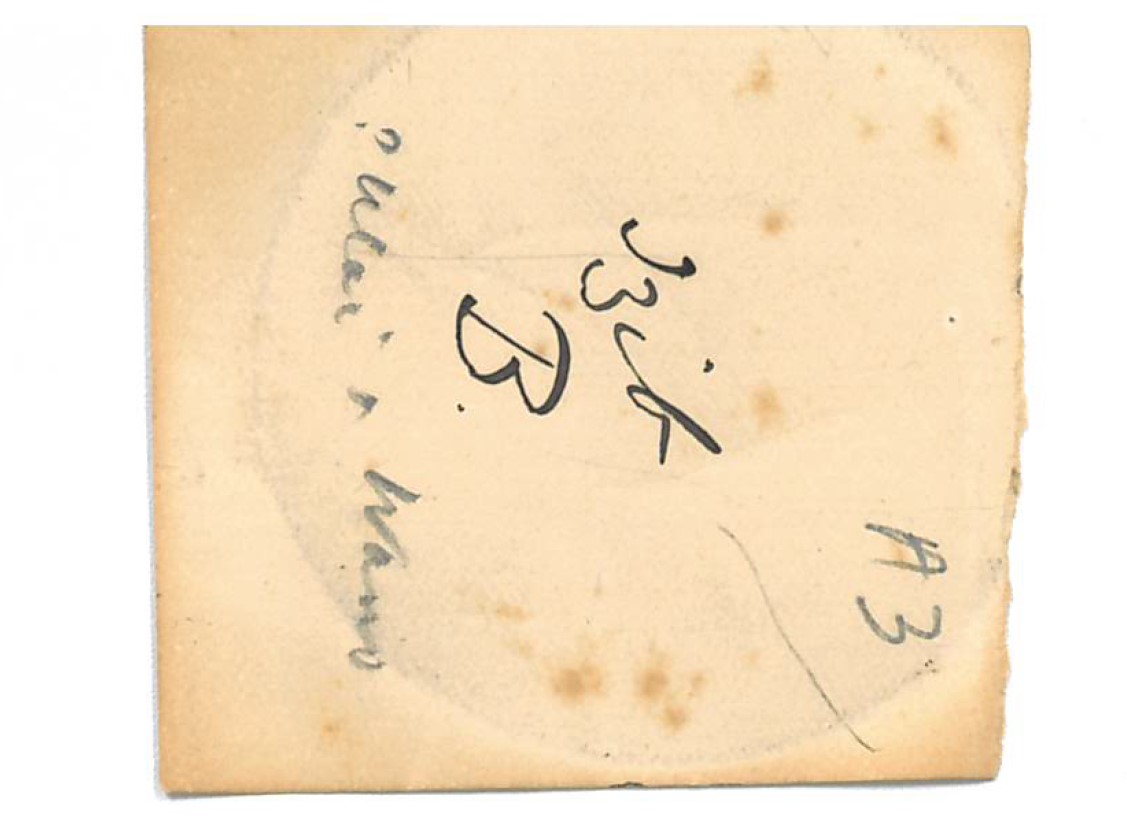   | Haddon, A.C. (ed.) 1908. Reports of the Cambridge Anthropological Expedition to Torres Strait: Volume VI, Sociology, Magic and Religion of the Eastern Islanders. Cambridge: Cambridge University Press. British Library shelfmark General Reference Collection YC.2011.b.632. | Haddon, A.C. (ed.) 1912. Reports of the Cambridge Anthropological Expedition to Torres Strait: Volume IV, Arts and Crafts. Cambridge: Cambridge University Press. British Library shelfmark General Reference Collection YC.2011.b.634. | The 1907 letter from Myers to von Hornbostel is held by the Berliner Phonogramm-Archiv, Ethnologisches Museum, Staatliche Museen zu Berlin. | ||||
| C80/1013 | Adud leluti C and C1 | Ulai (singer, male); Gasu (singer, male) | Mer / Murray Island, Torres Strait Islands | 10 May 1898 – 24 August 1898 | Male vocal group. Ulai and Gasu, later Gasu. This recording corresponds to Charles S. Myers' Malu Song IV A. Adud leluti translates to 'bad man' (Haddon & Myers 1908:297). Ray translates adud as 'bad' or 'evil' (Ray 1907:132). Song IV A was performed during the exhibition of the sacred Malu-Bomai masks and also during the dance of the Beizam Boai after the initiation ceremonies.” (Myers 1912:243). "The fourth song was uttered in a very low voice, and was followed by yet more highly sacred words which were quickly whispered so that no one may hear them save those who had been initiated into the Malu mysteries" (Myers & Haddon 1908:150). Inscription on cylinder insert notes: 'Adud leluti C and C1 / Drum / Ulai and Gasu / later Gasu'. One small slip of perforated paper: ‘Adud C 100’. Published and analysed in Myers (1912:249-251, 267). Words also published in Haddon & Myers (1908:297-299). Musical notation is also included in Anthony Wilkin's field notebook as 'Song H' (1898:251). | Reasonable quality recording but with surface noise. The recording date range assumes that Myers is indeed the recordist and corresponds to the dates of Myer's stay on Mer / Murray Island. Myers (1912:240): 'With one or two exceptions the words of the Malu songs clearly belong to the language of the eastern islands.' In Alice Moyle's 1985 audition sheets, she noted '[Poor quality at commencement. Gliding tones ( -i-ya:) / followed by "short high-pitched shouts", (Myers, 1912:250) A.M.]'. | Meriam Mir | Field recordings | Myers, C. S. | 2'01" | 1898 Cambridge Anthropological Expedition to Torres Straits | Brown wax cylinder. No case. | Alfred Cort Haddon 1898 Expedition (Torres Strait and British New Guinea) Cylinder Collection | British Library |  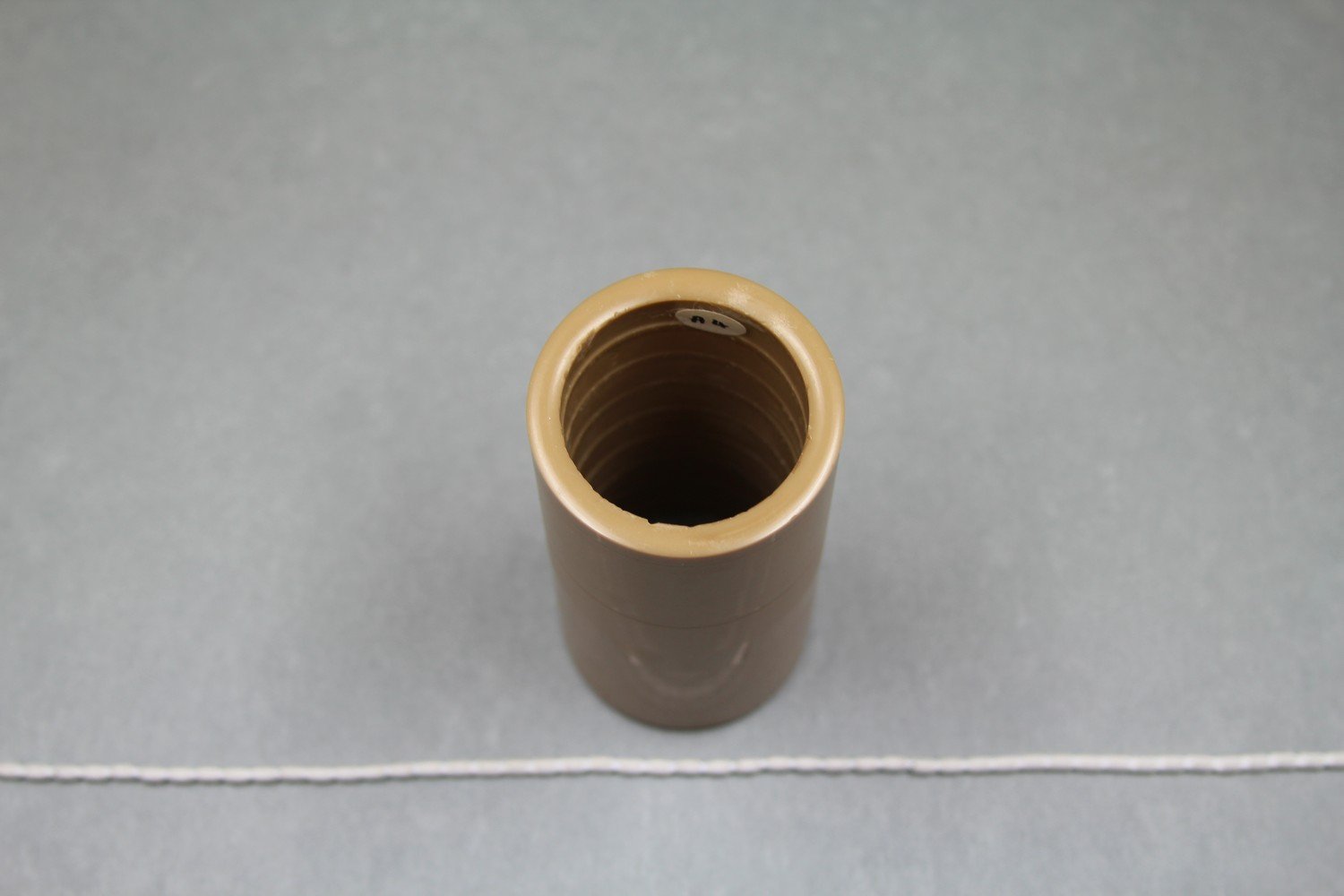 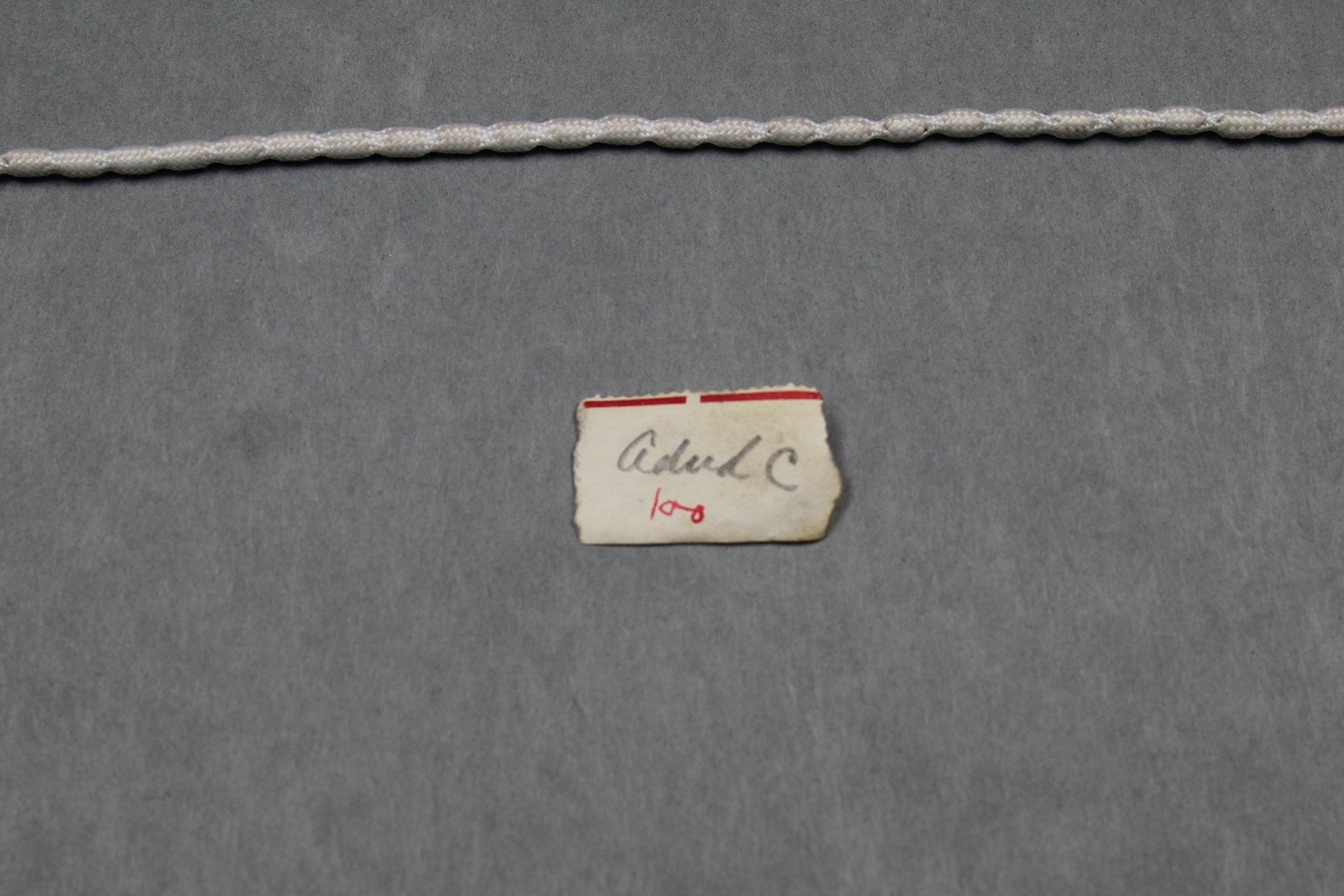 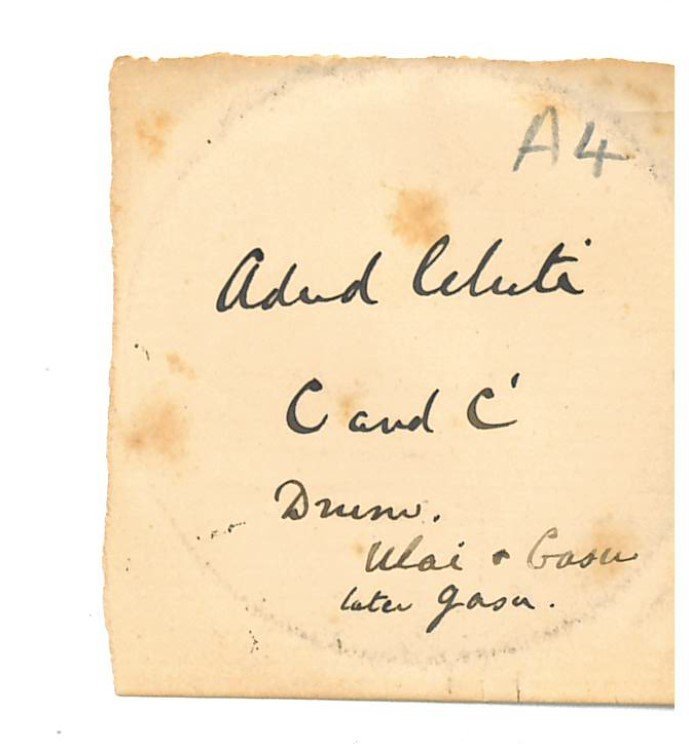   | Haddon, A.C. (ed.) 1907. Reports of the Cambridge Anthropological Expedition to Torres Strait: Volume III, The Languages of Torres Strait. Cambridge: Cambridge University Press. British Library shelfmark General Reference Collection YC.2011.b.631. | Haddon, A.C. (ed.) 1908. Reports of the Cambridge Anthropological Expedition to Torres Strait: Volume VI, Sociology, Magic and Religion of the Eastern Islanders. Cambridge: Cambridge University Press. British Library shelfmark General Reference Collection YC.2011.b.632. | Haddon, A.C. (ed.) 1912. Reports of the Cambridge Anthropological Expedition to Torres Strait: Volume IV, Arts and Crafts. Cambridge: Cambridge University Press. British Library shelfmark General Reference Collection YC.2011.b.634. | Wilkin, Anthony. 1898. Field Notebook [File 1027]. [manuscript] M2731-M2740: Torres Straits, 1888 - 1936, Cambridge University Library. See http://nla.gov.au/nla.obj-765702983 | Alice Moyle (AIAS, now AIATSIS) completed audition sheets for the Torres Strait cylinder collection in 1985. Copies of these are held at the British Library. | ||
| C80/1014 | Weii C | Gasu (singer, male) | Mer / Murray Island, Torres Strait Islands | 10 May 1898 – 24 August 1898 | 1. Unaccompanied male vocal solo. Malu funeral song. This recording corresponds to Charles S. Myers' Malu Song II. Both Myers (1912) and Ray (1907) translate 'wei' as 'alas!' with Ray noting that this was an exclamation expressing sorrow. It is alternatively spelled 'weu'. Weii mentioned as part of Malu ceremonies (Myers & Haddon 1908:146). Inscription on cylinder insert note: 'Weii C'. Two small slips of perforated paper: 'Adud A' and '97 Weii C' [number in red ink]. Sung to Air II published in Myers & Haddon (1908:151). Words and analysis published in Myers (1912: 247-248, 266). Musical notation included in Anthony Wilkin's field notebook as 'Song K' (1898:250). Three records were available of Song II, two of which were sung by Ulai and Gasu (Myers 1912:239). C80/1018 is Ulai and C80/1021 is Myers' own voice. Therefore, this must be Gasu. | Poor quality recording. The recording date range assumes that Myers is indeed the recordist and corresponds to the dates of Myer's stay on Mer / Murray Island. Myers (1912:240): 'With one or two exceptions the words of the Malu songs clearly belong to the language of the eastern islands.' | Meriam Mir | Field recordings | Myers, C. S. | 1'53" | 1898 Cambridge Anthropological Expedition to Torres Straits | Brown wax cylinder. No case. | Alfred Cort Haddon 1898 Expedition (Torres Strait and British New Guinea) Cylinder Collection | British Library | 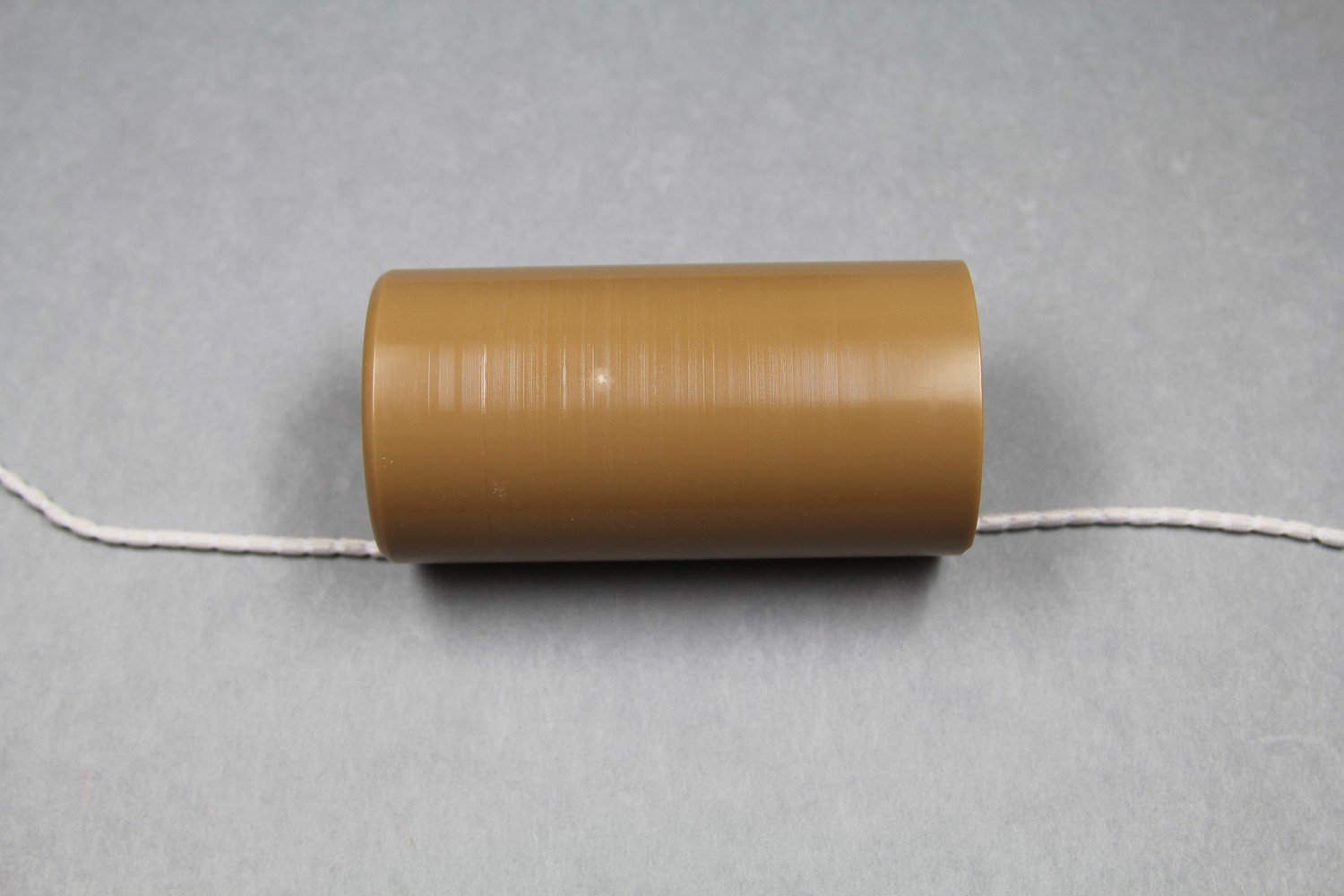 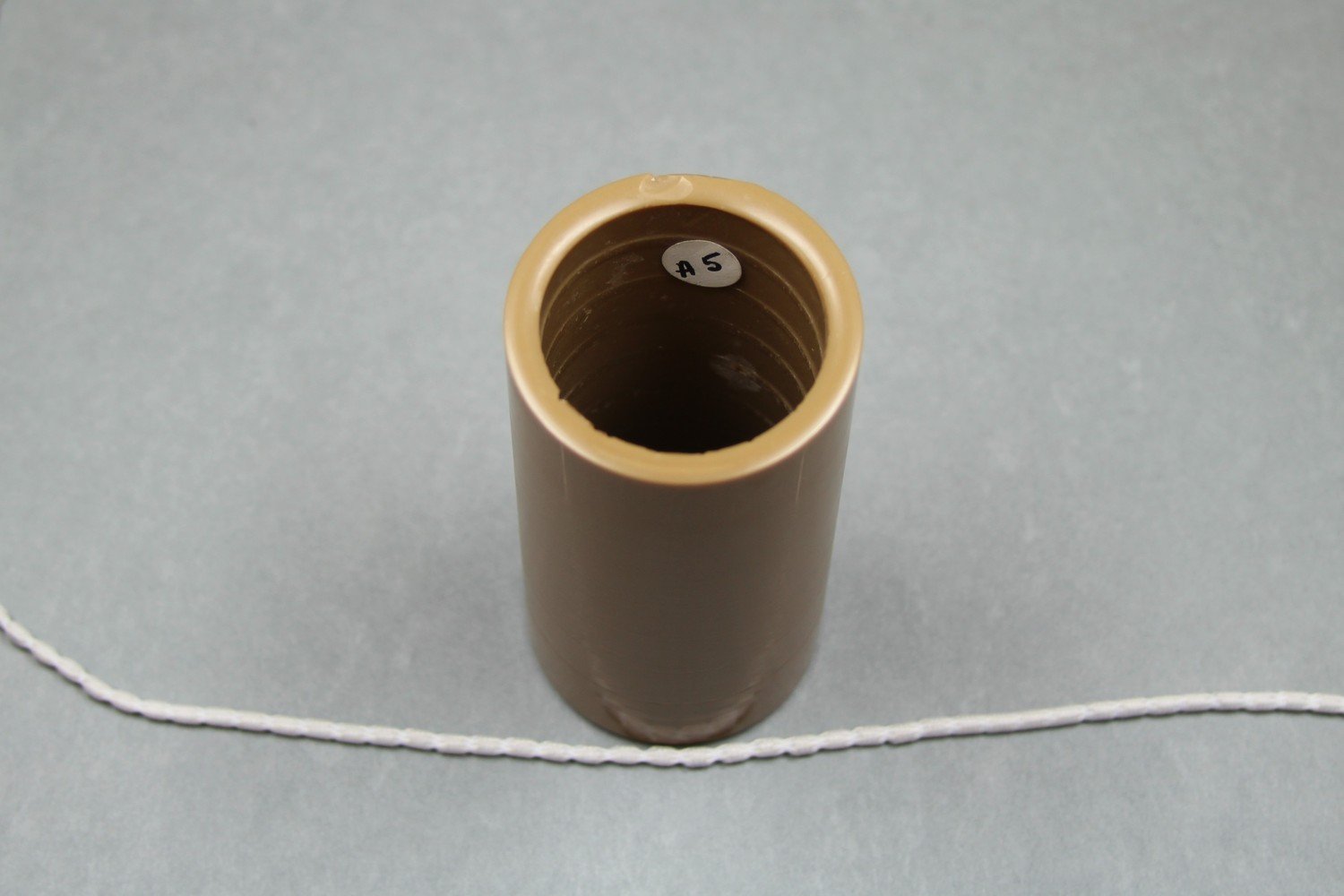 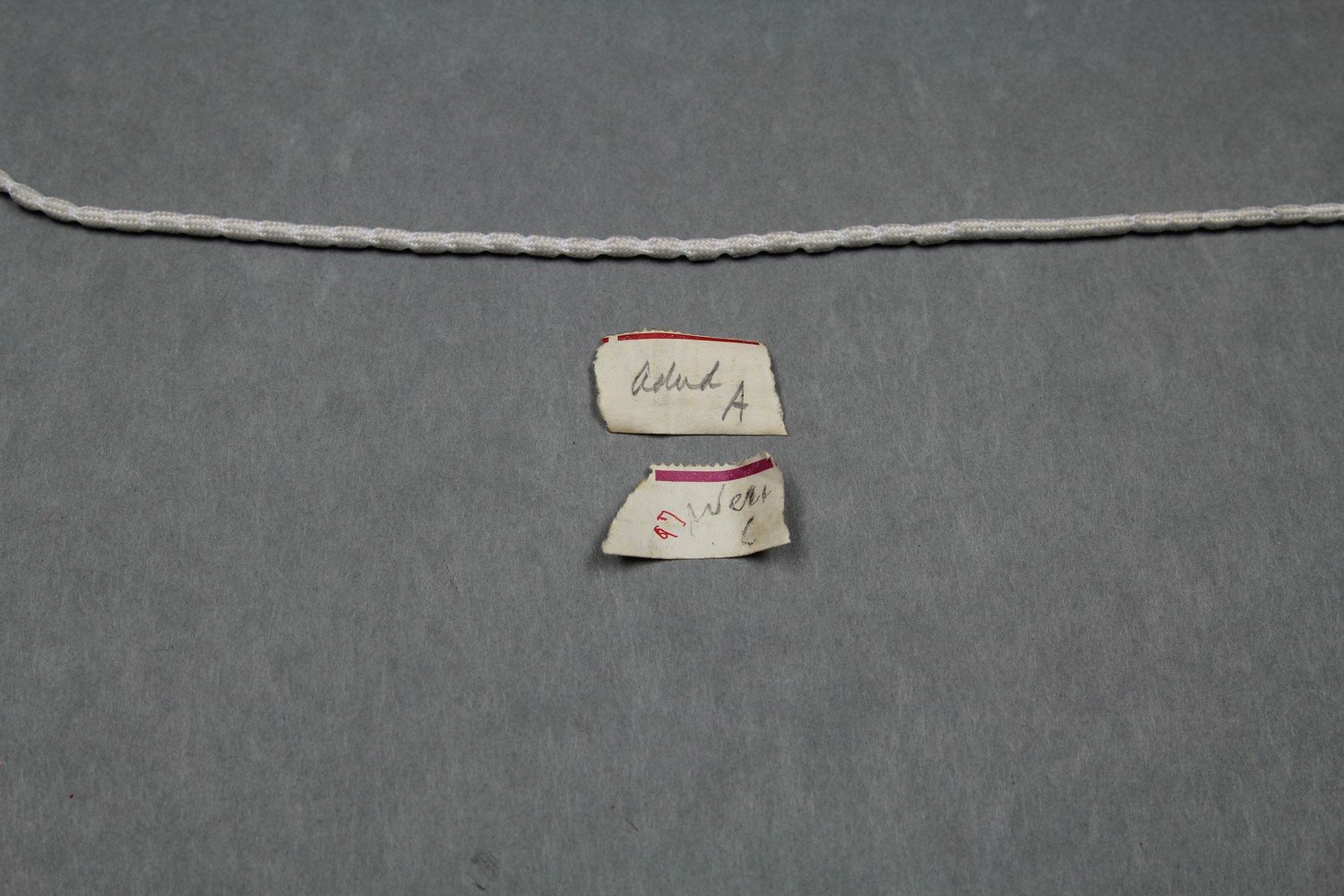 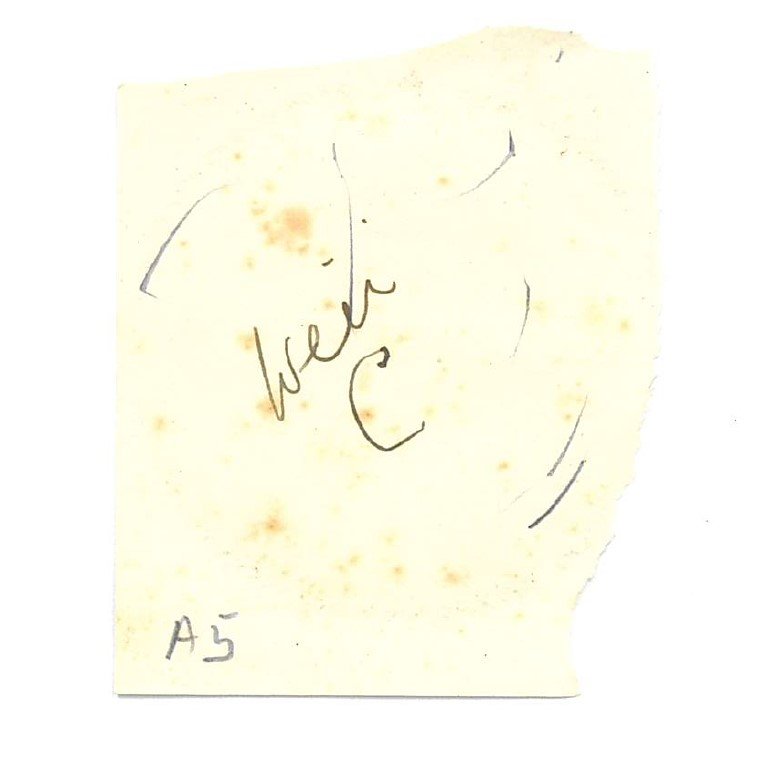   | Haddon, A.C. (ed.) 1907. Reports of the Cambridge Anthropological Expedition to Torres Strait: Volume III, The Languages of Torres Strait. Cambridge: Cambridge University Press. British Library shelfmark General Reference Collection YC.2011.b.631. | Haddon, A.C. (ed.) 1908. Reports of the Cambridge Anthropological Expedition to Torres Strait: Volume VI, Sociology, Magic and Religion of the Eastern Islanders. Cambridge: Cambridge University Press. British Library shelfmark General Reference Collection YC.2011.b.632. | Haddon, A.C. (ed.) 1912. Reports of the Cambridge Anthropological Expedition to Torres Strait: Volume IV, Arts and Crafts. Cambridge: Cambridge University Press. British Library shelfmark General Reference Collection YC.2011.b.634. | Alice Moyle (AIAS, now AIATSIS) completed audition sheets for the Torres Strait cylinder collection in 1985. Copies of these are held at the British Library. | |||
| C80/1016 | Adud leluti B | Ulai (singer, male) | Mer / Murray Island, Torres Strait Islands | 10 May 1898 – 24 August 1898 | The recording date range assumes that Myers is indeed the recordist and corresponds to the dates of Myer's stay on Mer / Murray Island. Myers (1912:240): 'With one or two exceptions the words of the Malu songs clearly belong to the language of the eastern islands.' In Alice Moyle's 1985 audition sheets, she noted '[Poor quality at commencement. Gliding tones ( -i-ya:) / followed by "short high-pitched shouts", (Myers, 1912:250) A.M.]'. See also A4 [C80/1013]. C80/1016 (better quality), C80/1097 and C80/1098 are duplicates). | Meriam Mir | Field recordings | Myers, C. S. | 2'07" | 1898 Cambridge Anthropological Expedition to Torres Straits | Brown wax cylinder. No case. | Alfred Cort Haddon 1898 Expedition (Torres Strait and British New Guinea) Cylinder Collection | British Library |   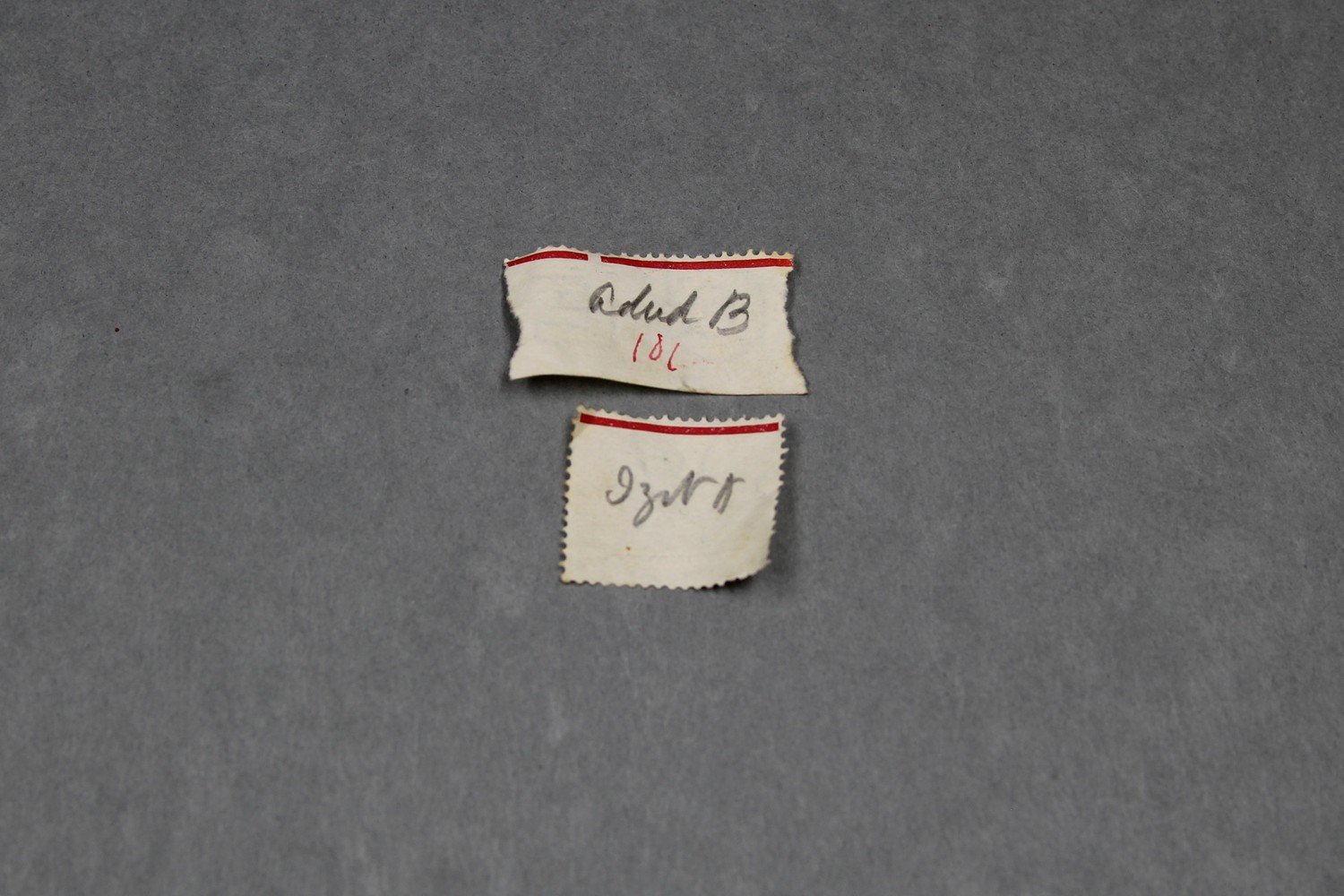 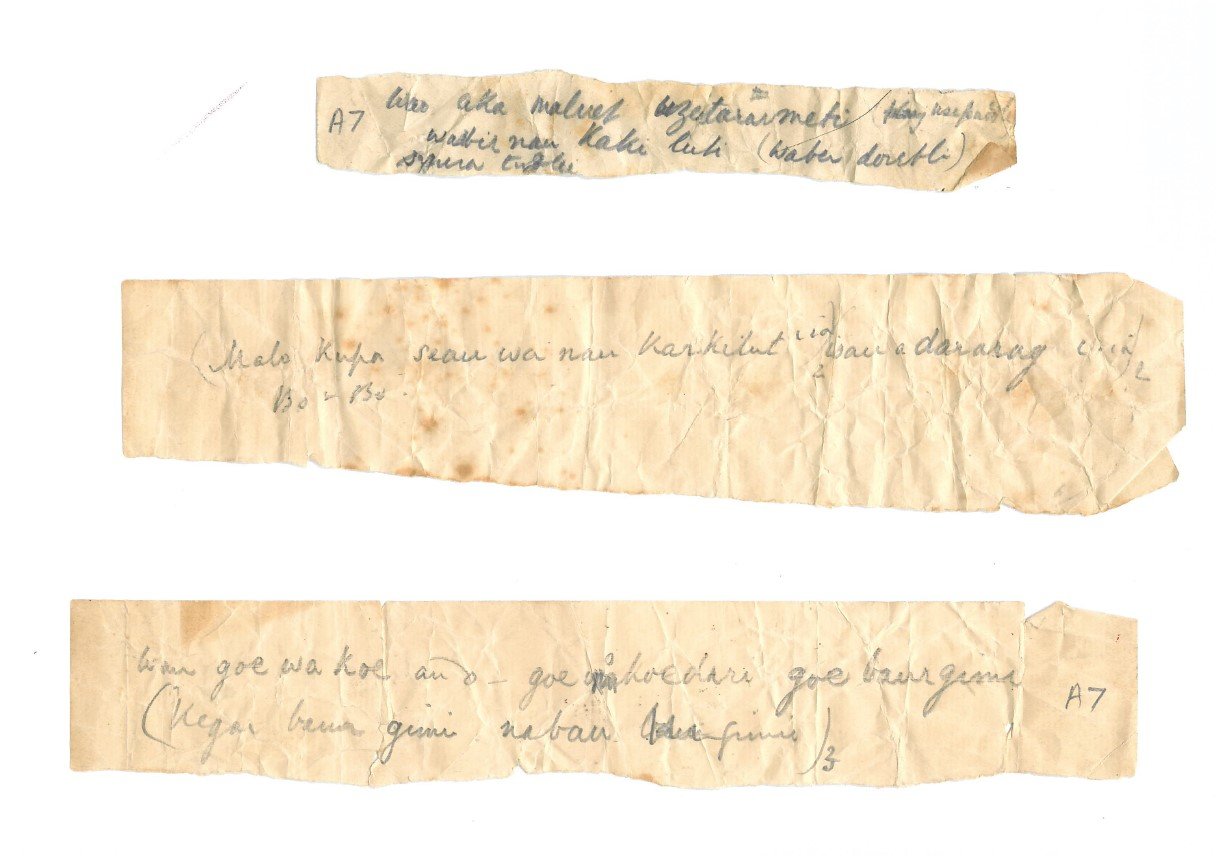   | Haddon, A.C. (ed.) 1907. Reports of the Cambridge Anthropological Expedition to Torres Strait: Volume III, The Languages of Torres Strait. Cambridge: Cambridge University Press. British Library shelfmark General Reference Collection YC.2011.b.631. | Haddon, A.C. (ed.) 1908. Reports of the Cambridge Anthropological Expedition to Torres Strait: Volume VI, Sociology, Magic and Religion of the Eastern Islanders. Cambridge: Cambridge University Press. British Library shelfmark General Reference Collection YC.2011.b.632. | Haddon, A.C. (ed.) 1912. Reports of the Cambridge Anthropological Expedition to Torres Strait: Volume IV, Arts and Crafts. Cambridge: Cambridge University Press. British Library shelfmark General Reference Collection YC.2011.b.634. | Wilkin, Anthony. 1898. Field Notebook [File 1027]. [manuscript] M2731-M2740: Torres Straits, 1888 - 1936, Cambridge University Library. See http://nla.gov.au/nla.obj-765702983 | ||||
| C80/1018 | Weii B | Ulai (singer, male) | Mer / Murray Island, Torres Strait Islands | 10 May 1898 – 24 August 1898 | This song is titled 'Adud leluti A' in Alice Moyle's 1985 audition sheets. Malu funeral song. This recording corresponds to Charles S. Myers' Malu Song II. Both Myers (1912) and Ray (1907) translate 'wei' as 'alas!' with Ray noting that this was an exclamation expressing sorrow. It is alternatively spelled 'weu'. Weii mentioned as part of Malu ceremonies (Myers & Haddon 1908:146). Inscription on cylinder insert notes: 'Ulai / Weii / B’. On reverse: ‘wau o weluba o lewerlewera / o mariba / tamera o gulaba tamera / o wei.’ One small slip of perforated paper: 'weii B'. Sung to Air II published in Myers & Haddon (1908:151). Words, notation and analysis published in Myers (1912: 244, 247-248, 266). Musical notation included in Anthony Wilkin's field notebook as 'Song K' (1898:250). Three records were available of Song II, two of which were sung by Ulai and Gasu (Myers 1912:239). C80/1014 is Gasu, C80/1021 is Myers' own voice. Therefore, this must be Ulai. | Poor quality recording with weak signal and surface noise. The recording date range assumes that Myers is indeed the recordist and corresponds to the dates of Myer's stay on Mer / Murray Island. Myers (1912:240): 'With one or two exceptions the words of the Malu songs clearly belong to the language of the eastern islands.' From Alice Moyle's 1985 audition sheets: 'Differs from the A5 rendering of Song II' [C80/1014]. | Meriam Mir | Field recordings | Myers, C. S. | 1'31" | 1898 Cambridge Anthropological Expedition to Torres Straits | Brown wax cylinder. No case. | Alfred Cort Haddon 1898 Expedition (Torres Strait and British New Guinea) Cylinder Collection | British Library |   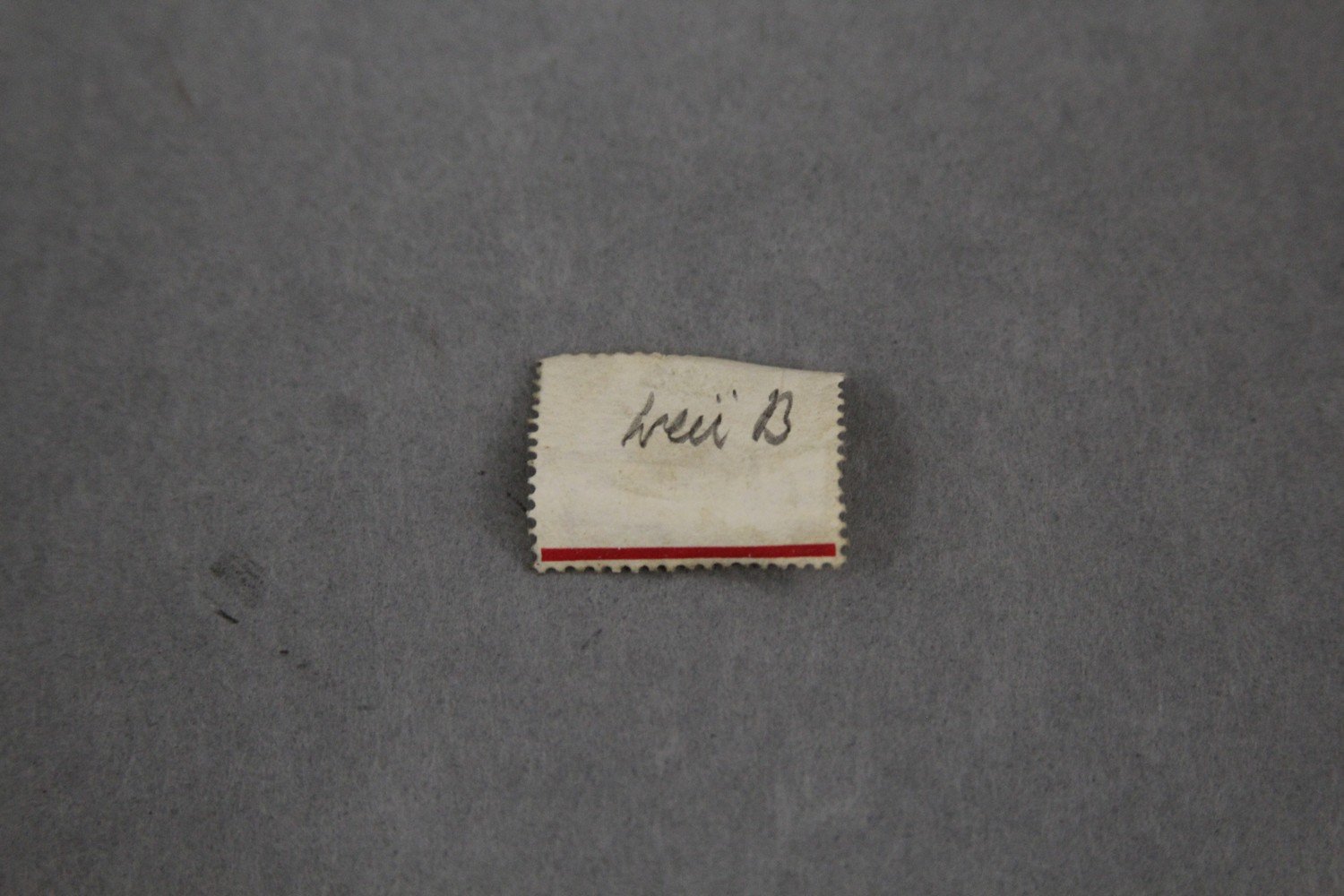 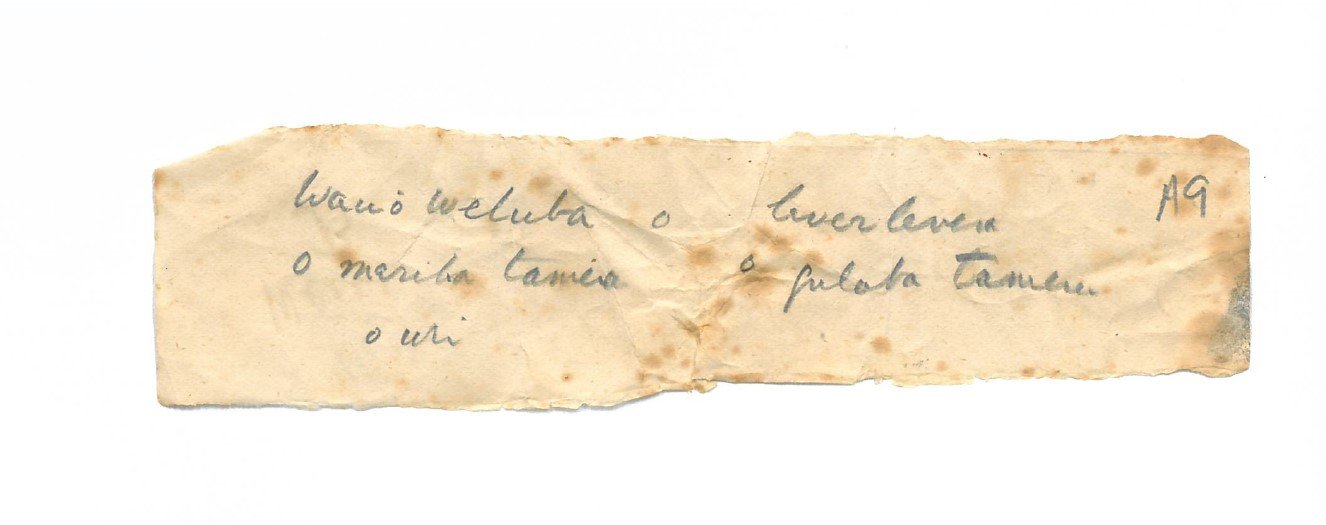   | Haddon, A.C. (ed.) 1907. Reports of the Cambridge Anthropological Expedition to Torres Strait: Volume III, The Languages of Torres Strait. Cambridge: Cambridge University Press. British Library shelfmark General Reference Collection YC.2011.b.631. | Haddon, A.C. (ed.) 1908. Reports of the Cambridge Anthropological Expedition to Torres Strait: Volume VI, Sociology, Magic and Religion of the Eastern Islanders. Cambridge: Cambridge University Press. British Library shelfmark General Reference Collection YC.2011.b.632. | Haddon, A.C. (ed.) 1912. Reports of the Cambridge Anthropological Expedition to Torres Strait: Volume IV, Arts and Crafts. Cambridge: Cambridge University Press. British Library shelfmark General Reference Collection YC.2011.b.634. | Wilkin, Anthony. 1898. Field Notebook [File 1027]. [manuscript] M2731-M2740: Torres Straits, 1888 - 1936, Cambridge University Library. See http://nla.gov.au/nla.obj-765702983 | Alice Moyle (AIAS, now AIATSIS) completed audition sheets for the Torres Strait cylinder collection in 1985. Copies of these are held at the British Library. | ||
| C80/1019 | Adud leluti | Ulai (singer, male); Gasu (singer, male) | Mer / Murray Island, Torres Strait Islands | 10 May 1898 – 24 August 1898 | This cylinder has been bandaged on one end. Transcription and translation on cylinder insert note: 'Adud leluti / A.' On reverse: 'Wau aka Maluet adud leluti / (yea) (indeed) (bad) (man) / Adud teregeti warbir nau / (bad) (teeth) (well) / kareki lut I a warbia / (haul [illeg]) / derebele segura atuglei / (dig) (song) (man stand round).' This recording corresponds to Charles S. Myers' Malu Song IV A. Adud leluti translates to 'bad man' (Haddon & Myers 1908:297). Ray translates adud as 'bad' or 'evil' (Ray 1907:132). Song IV A was performed during the exhibition of the sacred Malu-Bomai masks and also during the dance of the Beizam Boai after the initiation ceremonies.”(Myers 1912:243)."The fourth song was uttered in a very low voice, and was followed by yet more highly sacred words which were quickly whispered so that no one may hear them save those who had been initiated into the Malu mysteries" (Myers & Haddon 1908:150). Published and analysed in Myers (1912:249-251, 267). Words also published in Haddon & Myers (1908:297-299). Musical notation is also included in Anthony Wilkin's field notebook as Song H (1898:251). Three records were obtained, two sung by Ulai and Gasu (Myers 1912:239-240). | Reasonable quality recording but with some surface noise due to cracked and bandaged cylinder. The recording date range assumes that Myers is indeed the recordist and corresponds to the dates of Myer's stay on Mer / Murray Island. Myers (1912:240): 'With one or two exceptions the words of the Malu songs clearly belong to the language of the eastern islands.' From Alice Moyle's 1985 audition sheets: 'Poor quality at commencement. Gliding tones (i-ya:)…Ends "short high-pitched shouts" cf. A4 and A7' [C80/1013 and C80/1016] C80/1019 (better quality) and C80/1095 are duplicates. | Meriam Mir | Field recordings | Myers, C. S. | 1'48" | 1898 Cambridge Anthropological Expedition to Torres Straits | Brown wax cylinder. No case. | Alfred Cort Haddon 1898 Expedition (Torres Strait and British New Guinea) Cylinder Collection | British Library | 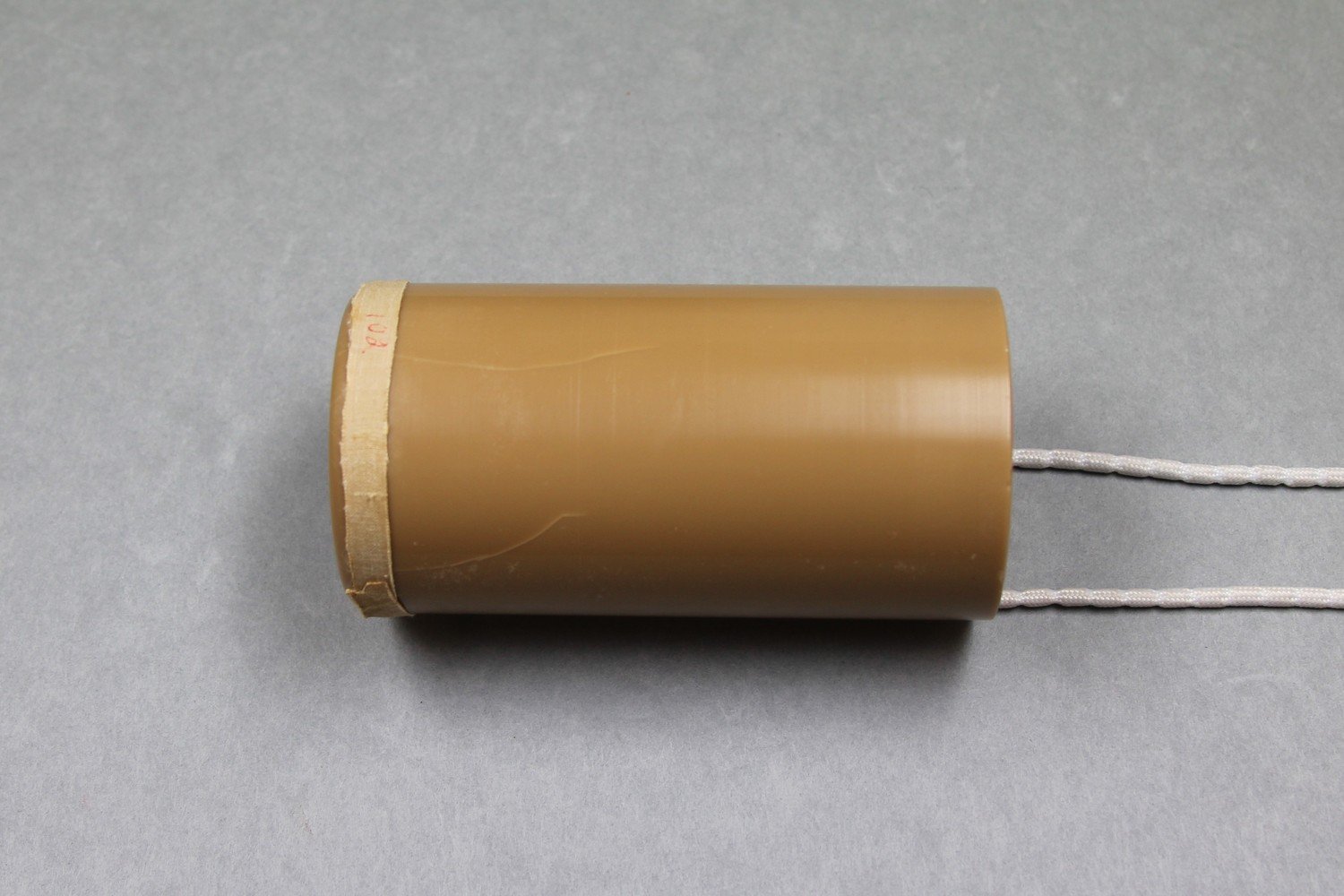 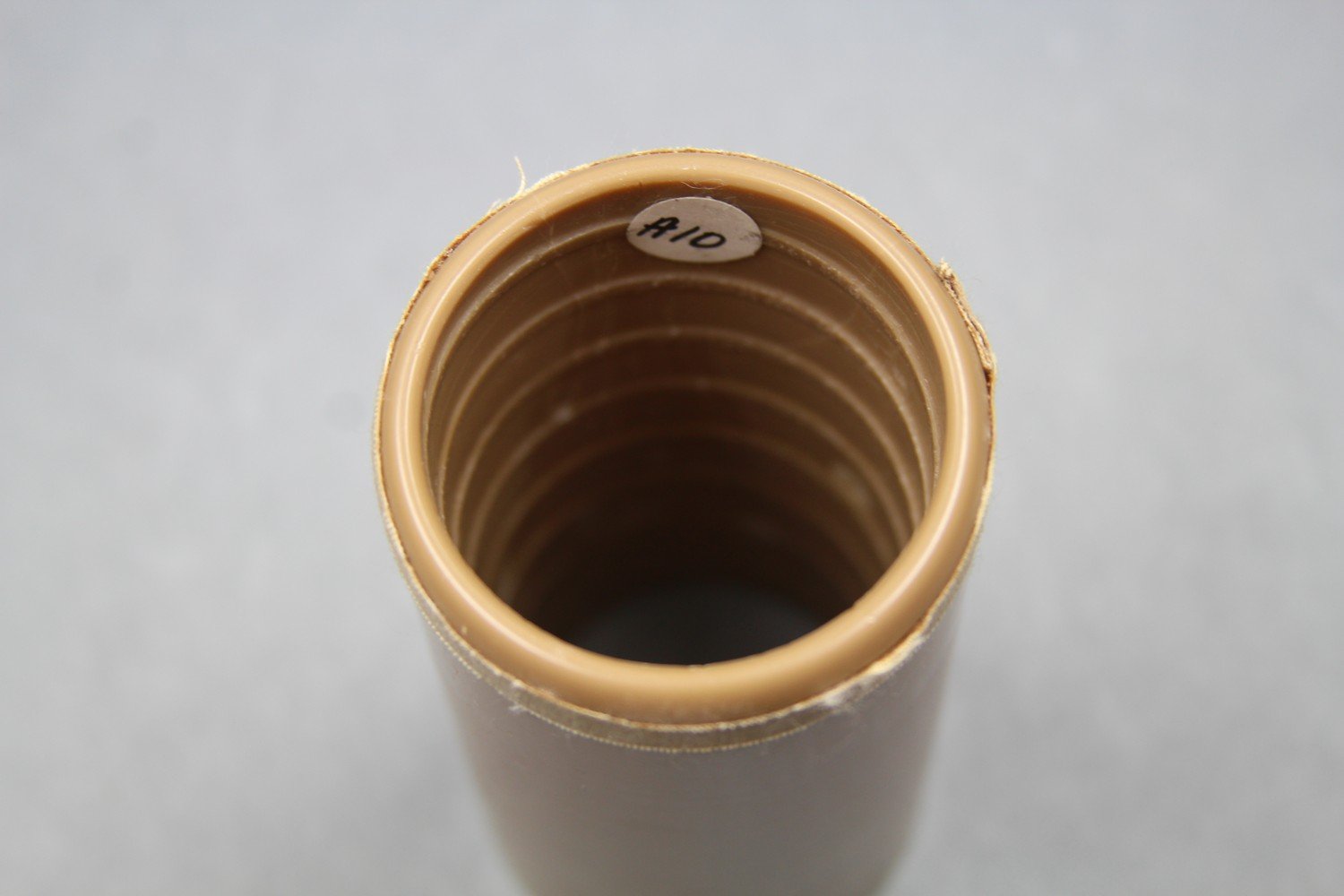     | Haddon, A.C. (ed.) 1907. Reports of the Cambridge Anthropological Expedition to Torres Strait: Volume III, The Languages of Torres Strait. Cambridge: Cambridge University Press. British Library shelfmark General Reference Collection YC.2011.b.631. | Haddon, A.C. (ed.) 1908. Reports of the Cambridge Anthropological Expedition to Torres Strait: Volume VI, Sociology, Magic and Religion of the Eastern Islanders. Cambridge: Cambridge University Press. British Library shelfmark General Reference Collection YC.2011.b.632. | Haddon, A.C. (ed.) 1912. Reports of the Cambridge Anthropological Expedition to Torres Strait: Volume IV, Arts and Crafts. Cambridge: Cambridge University Press. British Library shelfmark General Reference Collection YC.2011.b.634. | Wilkin, Anthony. 1898. Field Notebook [File 1027]. [manuscript] M2731-M2740: Torres Straits, 1888 - 1936, Cambridge University Library. See http://nla.gov.au/nla.obj-765702983 | Alice Moyle (AIAS, now AIATSIS) completed audition sheets for the Torres Strait cylinder collection in 1985. Copies of these are held at the British Library. | ||
| C80/1020 | Emarer A | Ulai (singer, male) | Mer / Murray Island, Torres Strait Islands | 10 May 1898 – 24 August 1898 | 1. Male vocal solo, accompanied by percussion. Inscription on cylinder insert note: 'Emarer / A'. One small slip of perforated paper: 'Emarer A 45' [number in red ink]. Malu funeral song. This recording corresponds to Charles S. Myers' Malu Song I. Published in Myers & Haddon (1908:150-151). Words, translation and analysis published in Myers (1912:244, 247, 266). Musical notation included in Anthony Wilkin's field notebook as Song G (1898:250). | Good quality recording. The recording date range assumes that Myers is indeed the recordist and corresponds to the dates of Myer's stay on Mer / Murray Island. Myers (1912:240): 'With one or two exceptions the words of the Malu songs clearly belong to the language of the eastern islands.' | Meriam Mir | Field recordings | Myers, C. S. | 1'41" | 1898 Cambridge Anthropological Expedition to Torres Straits | Brown wax cylinder. No case. | Alfred Cort Haddon 1898 Expedition (Torres Strait and British New Guinea) Cylinder Collection | British Library | 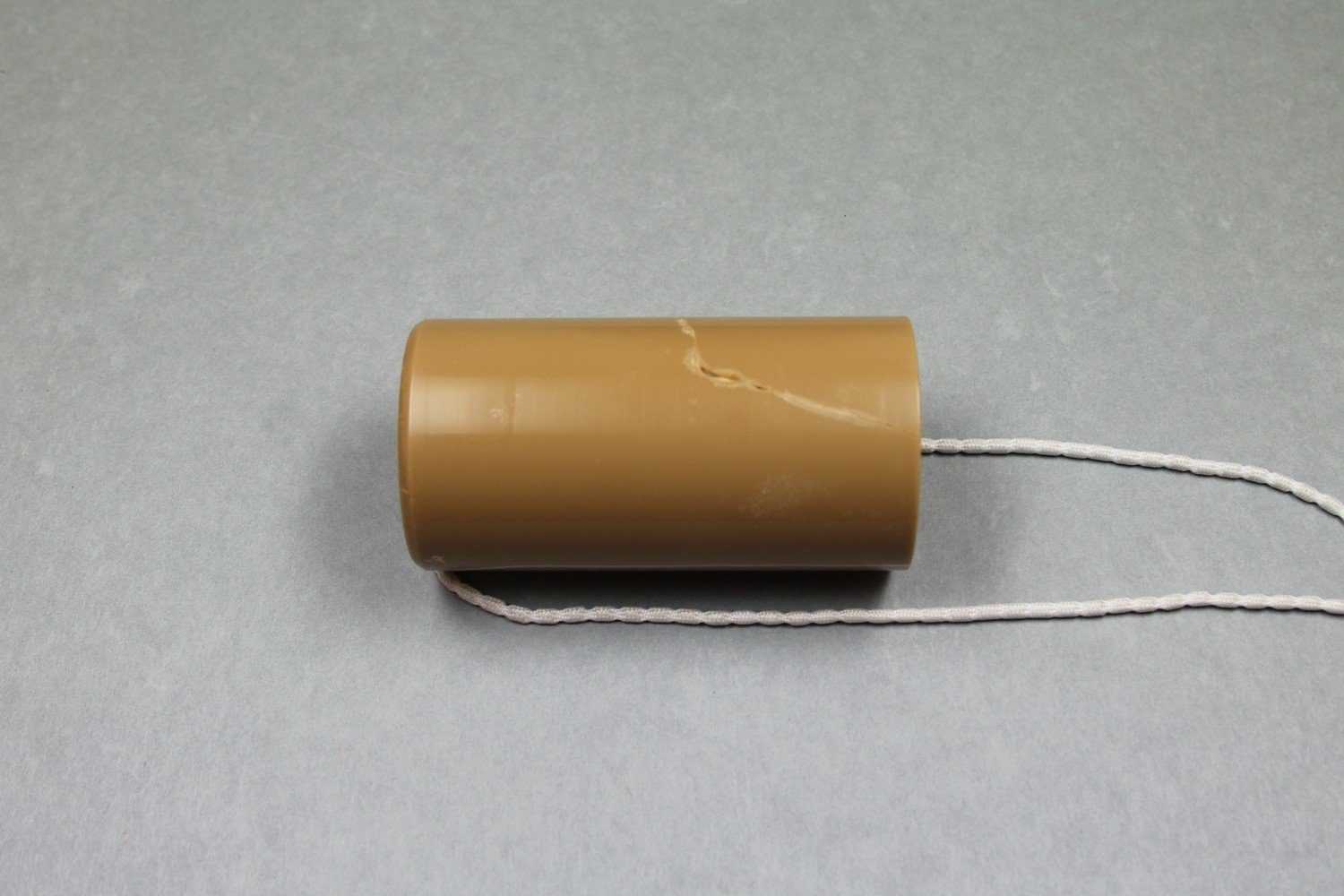  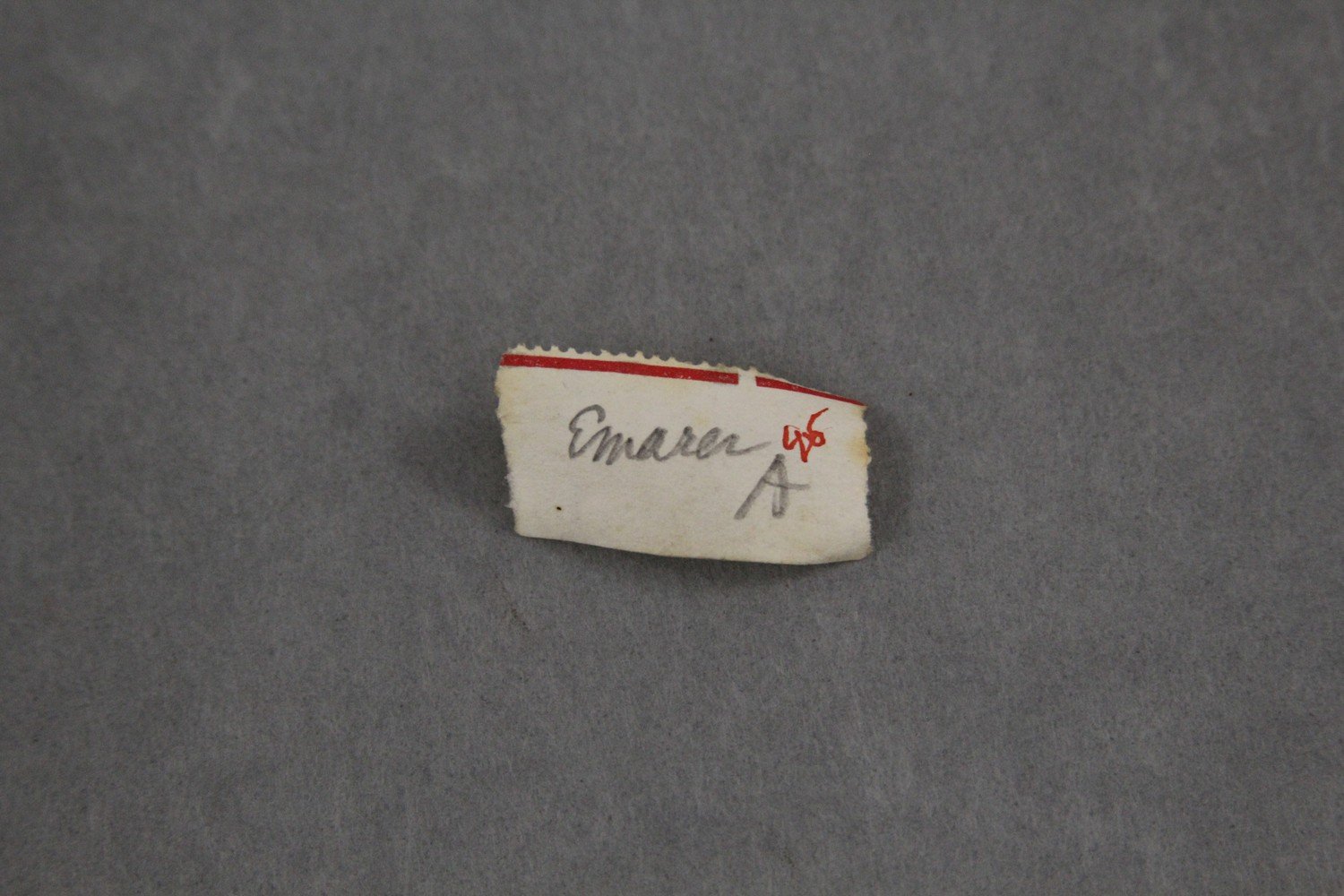    | Haddon, A.C. (ed.) 1908. Reports of the Cambridge Anthropological Expedition to Torres Strait: Volume VI, Sociology, Magic and Religion of the Eastern Islanders. Cambridge: Cambridge University Press. British Library shelfmark General Reference Collection YC.2011.b.632. | Haddon, A.C. (ed.) 1912. Reports of the Cambridge Anthropological Expedition to Torres Strait: Volume IV, Arts and Crafts. Cambridge: Cambridge University Press. British Library shelfmark General Reference Collection YC.2011.b.634. | Wilkin, Anthony. 1898. Field Notebook [File 1027]. [manuscript] M2731-M2740: Torres Straits, 1888 - 1936, Cambridge University Library. See http://nla.gov.au/nla.obj-765702983 | ||||
| C80/1021 | Weii A | Myers, C. S. (singer, male) | Mer / Murray Island, Torres Strait Islands | 10 May 1898 – 24 August 1898 | 1-2. Unaccompanied male (probably Myers himself) vocal solo. Inscription on cylinder insert notes: 'Weii / A'. One small slip of perforated paper: 'Weii A'. Malu funeral song. This recording corresponds to Charles S. Myers' Malu Song II. Both Myers (1912) and Ray (1907) translate 'wei' as 'alas!' with Ray noting that this was an exclamation expressing sorrow. It is alternatively spelled 'weu'. Weii mentioned as part of Malu ceremonies (Myers & Haddon 1908:146). Sung to Air II published in Myers & Haddon (1908:151). Words and analysis published in Myers (1912: 247-248, 266). Musical notation included in Anthony Wilkin's field notebook as 'Song K' (1898:250). Three records were available of Song II, two of which were sung by Ulai and Gasu (Myers 1912:239). C80/1018 is Ulai, C80/1014 is Gasu. | Reasonable quality recording. The recording date range assumes that Myers is indeed the recordist and corresponds to the dates of Myer's stay on Mer / Murray Island. Myers (1912:240): 'With one or two exceptions the words of the Malu songs clearly belong to the language of the eastern islands.' | Meriam Mir | Field recordings | Myers, C. S. | 1'37" | 1898 Cambridge Anthropological Expedition to Torres Straits | Brown wax cylinder. No case. | Alfred Cort Haddon 1898 Expedition (Torres Strait and British New Guinea) Cylinder Collection | British Library | 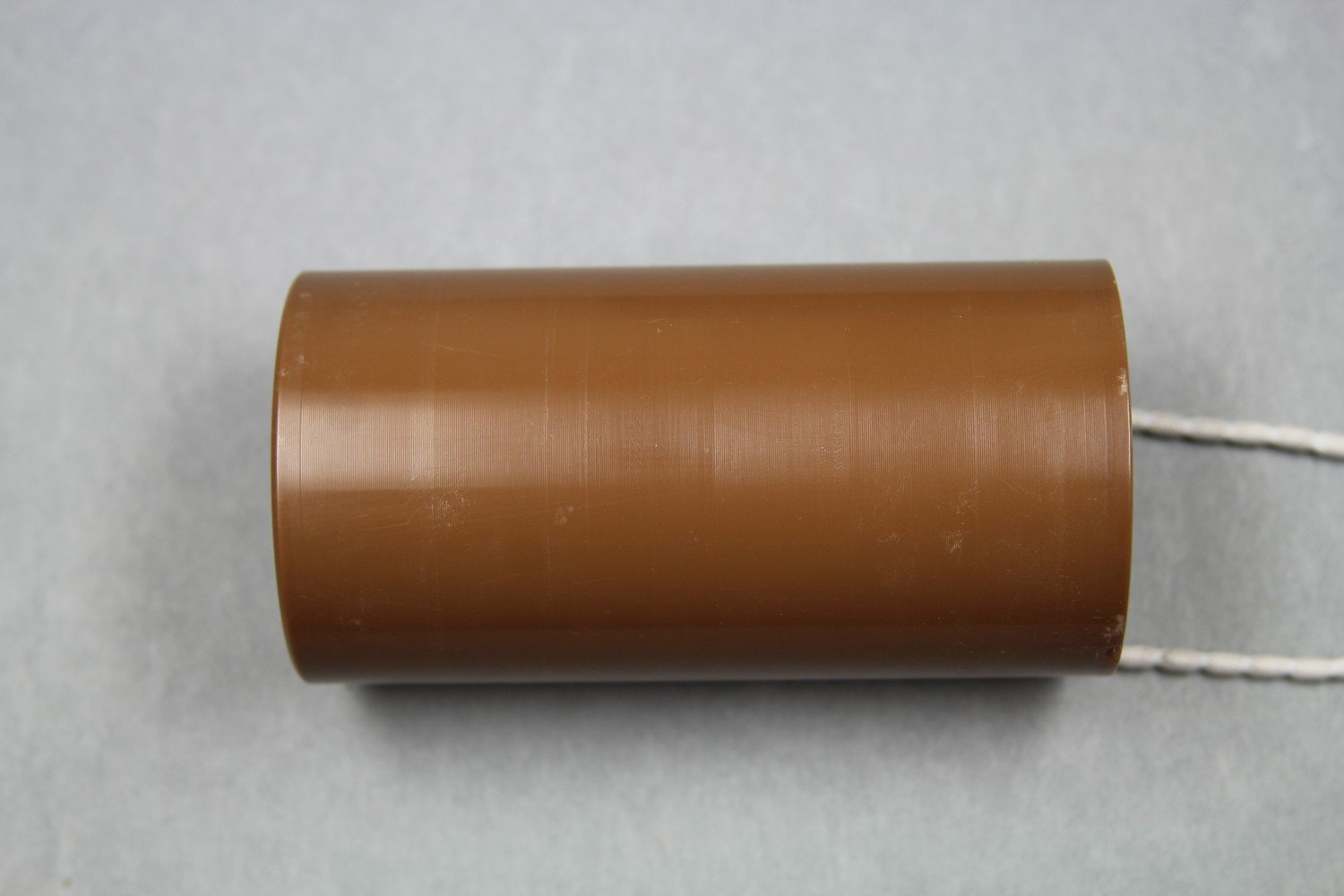  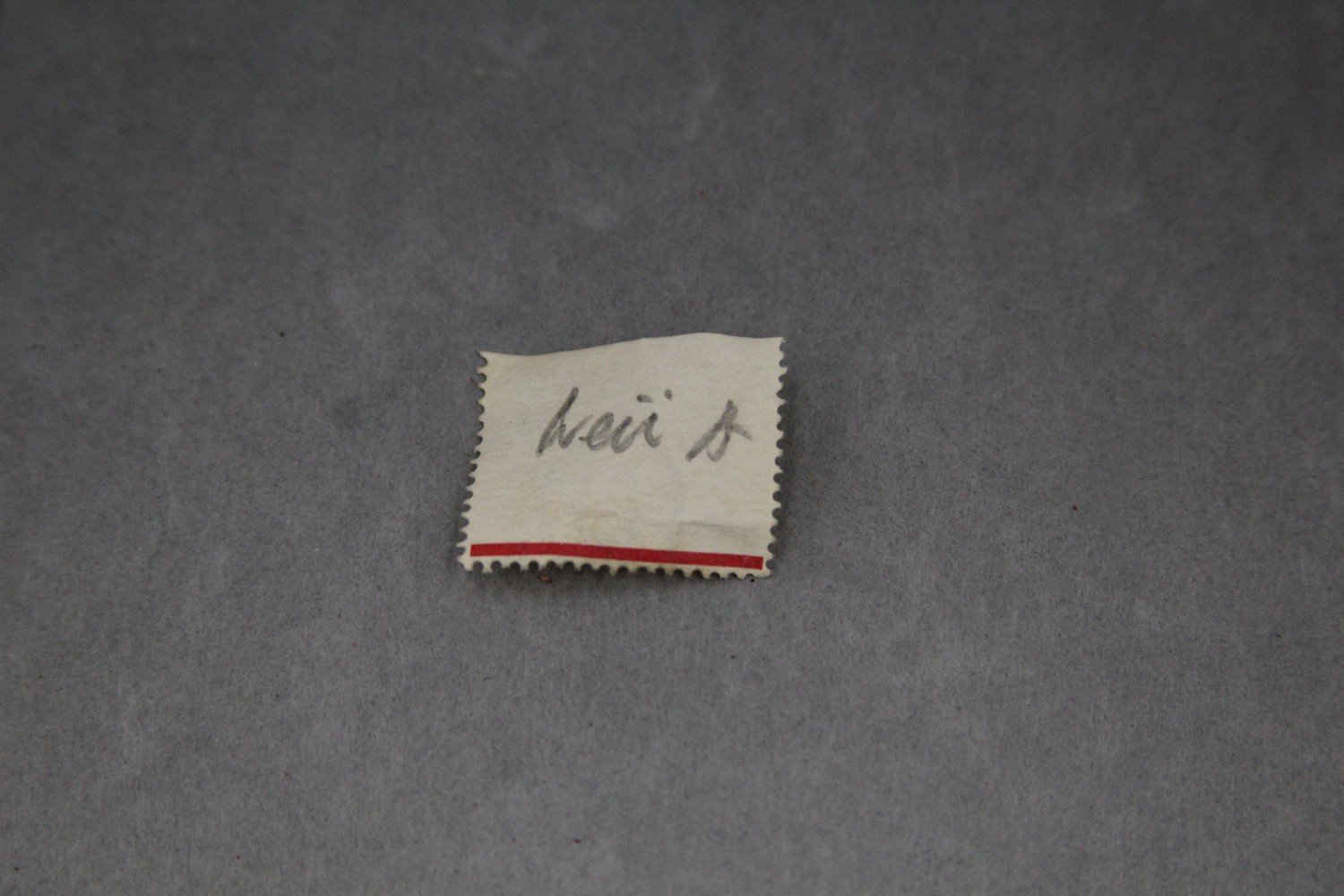 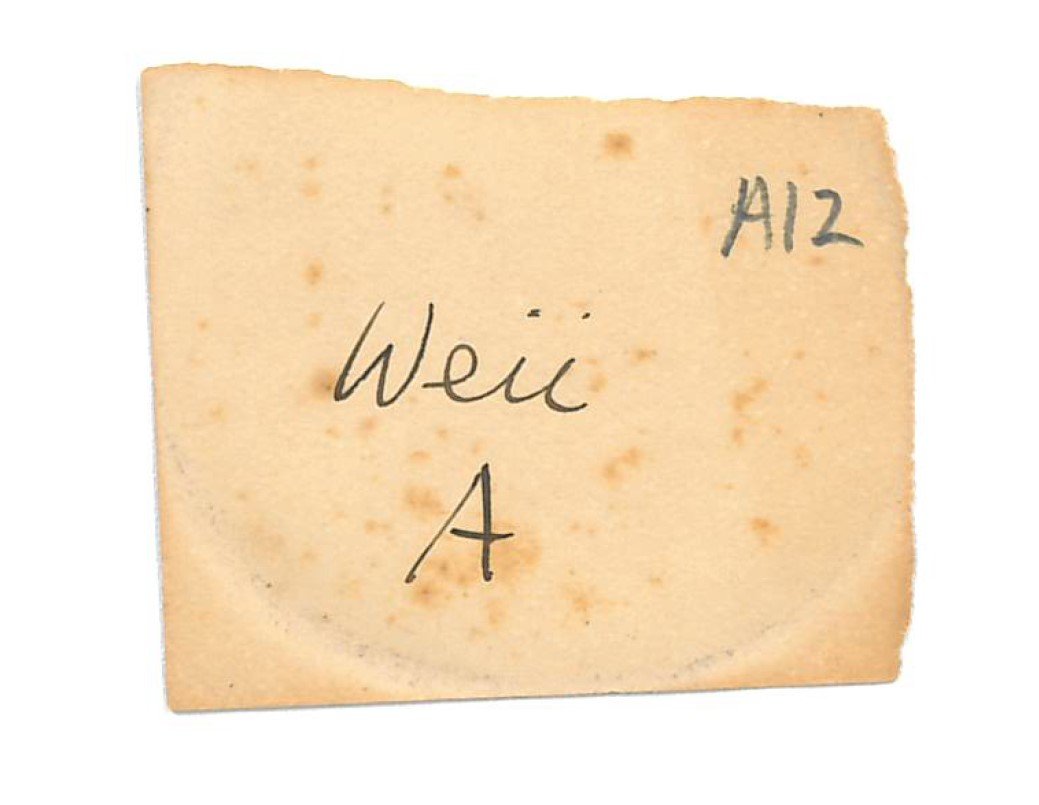   | Haddon, A.C. (ed.) 1907. Reports of the Cambridge Anthropological Expedition to Torres Strait: Volume III, The Languages of Torres Strait. Cambridge: Cambridge University Press. British Library shelfmark General Reference Collection YC.2011.b.631. | Haddon, A.C. (ed.) 1908. Reports of the Cambridge Anthropological Expedition to Torres Strait: Volume VI, Sociology, Magic and Religion of the Eastern Islanders. Cambridge: Cambridge University Press. British Library shelfmark General Reference Collection YC.2011.b.632. | Haddon, A.C. (ed.) 1912. Reports of the Cambridge Anthropological Expedition to Torres Strait: Volume IV, Arts and Crafts. Cambridge: Cambridge University Press. British Library shelfmark General Reference Collection YC.2011.b.634. | Wilkin, Anthony. 1898. Field Notebook [File 1027]. [manuscript] M2731-M2740: Torres Straits, 1888 - 1936, Cambridge University Library. See http://nla.gov.au/nla.obj-765702983 | |||
| C80/1047 | Push Canoe | Gasu (singer, male) | Mer / Murray Island, Torres Strait Islands | 10 May 1898 – 24 August 1898 | Male vocal solo. Inscription on insert notes (now no longer available): 'Song IVA: Malu. Gasu Malu / 'push canoe''. Inscription on side: ‘Gasu. Malu “Push canoe”. This recording corresponds to Charles S. Myers' Malu Song IV A. Adud leluti translates to 'bad man' (Haddon & Myers 1908:297). Ray translates adud as 'bad' or 'evil' (Ray 1907:132). Three records were obtained, two sung by Ulai and Gasu (Myers 1912:239-240). Song IV A was performed during the exhibition of the sacred Malu-Bomai masks and also during the dance of the Beizam Boai after the initiation ceremonies.” (Myers 1912:243). "The fourth song was uttered in a very low voice, and was followed by yet more highly sacred words which were quickly whispered so that no one may hear them save those who had been initiated into the Malu mysteries" (Myers & Haddon 1908:150). Published and analysed in Myers (1912:249-251, 267). Words also published in Haddon & Myers (1908:297-299). Musical notation is also included in Anthony Wilkin's field notebook as Song H (1898:251). | Reasonable quality recording. The recording date range assumes that Myers is indeed the recordist and corresponds to the dates of Myer's stay on Mer / Murray Island. In Alice Moyle's 1985 audition sheets, she linked this cylinder to other similar recordings: A4, A7, A10, C103, C104, C105, C105A. | Meriam Mir | Field recordings | Myers, C. S. | 1'54" | 1898 Cambridge Anthropological Expedition to Torres Straits | Brown wax cylinder. Cardboard cylinder case. Edisonia. | Alfred Cort Haddon 1898 Expedition (Torres Strait and British New Guinea) Cylinder Collection | British Library | 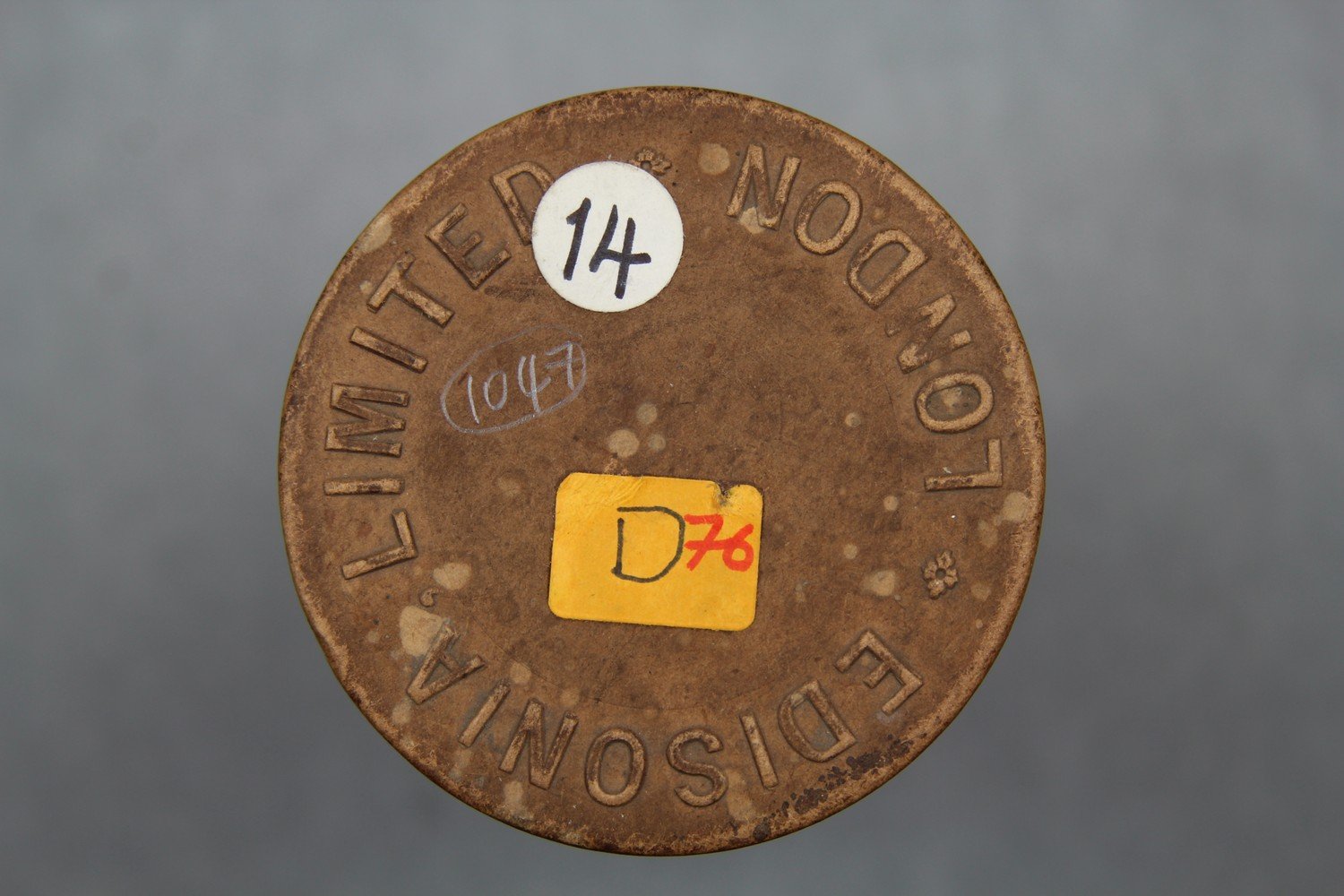 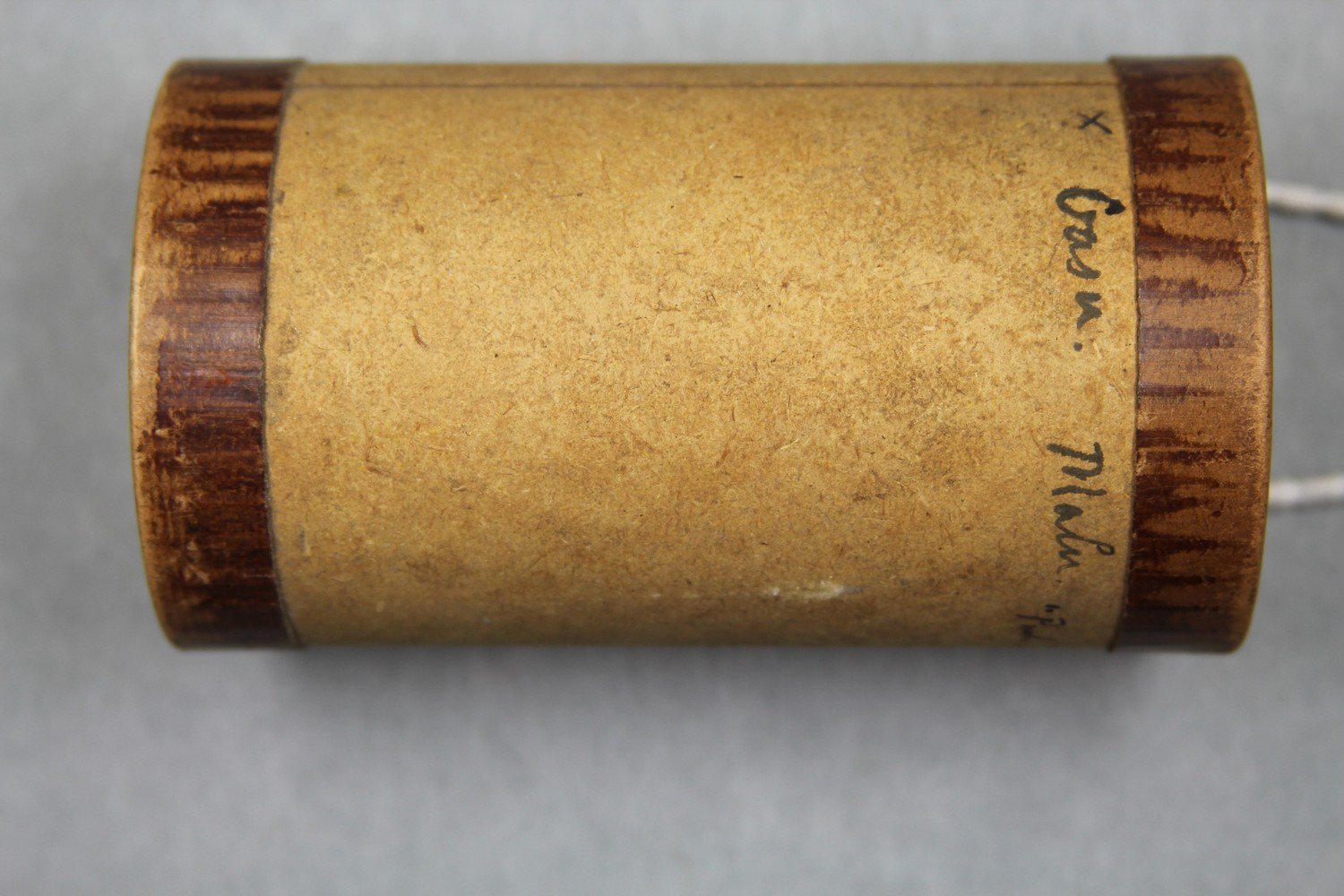     | Haddon, A.C. (ed.) 1907. Reports of the Cambridge Anthropological Expedition to Torres Strait: Volume III, The Languages of Torres Strait. Cambridge: Cambridge University Press. British Library shelfmark General Reference Collection YC.2011.b.631. | Haddon, A.C. (ed.) 1908. Reports of the Cambridge Anthropological Expedition to Torres Strait: Volume VI, Sociology, Magic and Religion of the Eastern Islanders. Cambridge: Cambridge University Press. British Library shelfmark General Reference Collection YC.2011.b.632. | Haddon, A.C. (ed.) 1912. Reports of the Cambridge Anthropological Expedition to Torres Strait: Volume IV, Arts and Crafts. Cambridge: Cambridge University Press. British Library shelfmark General Reference Collection YC.2011.b.634. | Wilkin, Anthony. 1898. Field Notebook [File 1027]. [manuscript] M2731-M2740: Torres Straits, 1888 - 1936, Cambridge University Library. See http://nla.gov.au/nla.obj-765702983 | Alice Moyle (AIAS, now AIATSIS) completed audition sheets for the Torres Strait cylinder collection in 1985. Copies of these are held at the British Library. | ||
| C80/1048 | Wei | Gasu (singer, male); Ulai (singer, male); Ari (singer, male, Mamoose of Mer / Murray Island) | Mer / Murray Island, Torres Strait Islands | 10 May 1898 – 24 August 1898 | Male vocal group. No further information available. Inscription on side: 'Malo “Wai”. Gasu. Ulai. Lin/Hin (?). Ari'. This is likely a Malu song based on its title. Both Myers (1912) and Ray (1907) translate 'wei' as 'alas!' with Ray noting that this was an exclamation expressing sorrow. Alternatively spelled weu. | Very poor quality due to broken cylinder. The recording date range assumes that Myers is indeed the recordist and corresponds to the dates of Myer's stay on Mer / Murray Island. Myers (1912:240): 'With one or two exceptions the words of the Malu songs clearly belong to the language of the eastern islands.' | Meriam Mir | Field recordings | Myers, C. S. | 1'10" | 1898 Cambridge Anthropological Expedition to Torres Straits | Brown wax cylinder. Cardboard cylinder case. | Alfred Cort Haddon 1898 Expedition (Torres Strait and British New Guinea) Cylinder Collection | British Library |  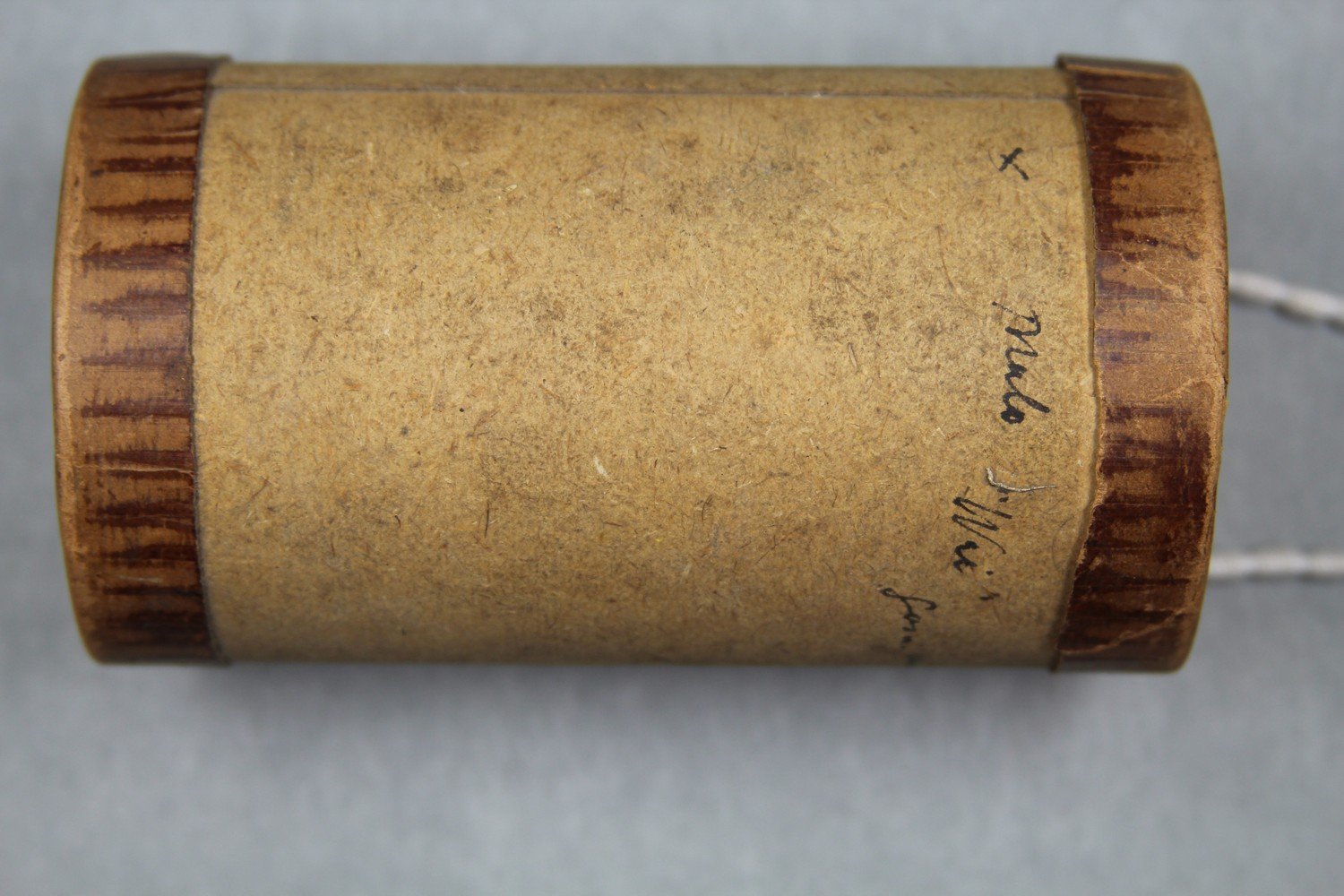 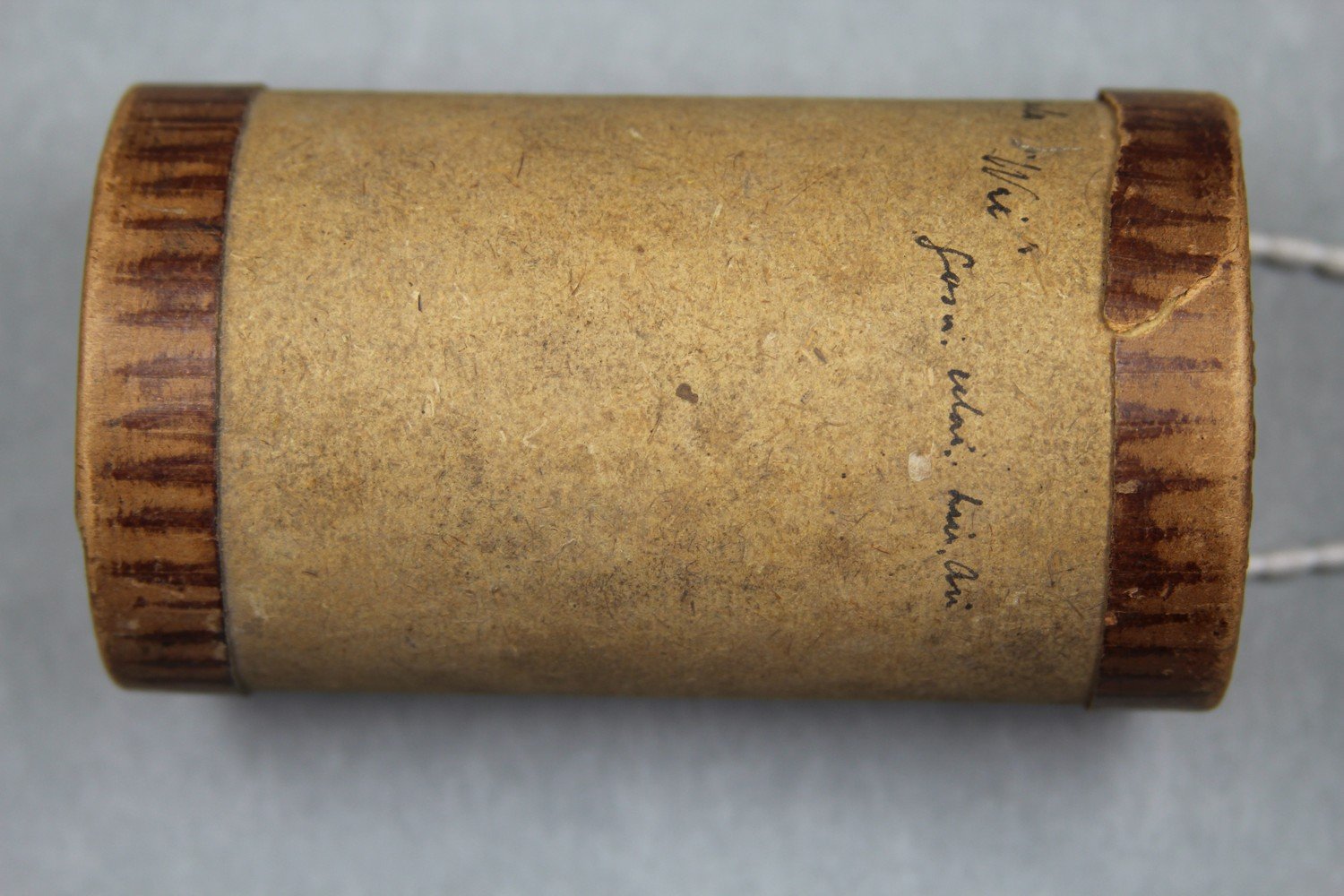    | Haddon, A.C. (ed.) 1907. Reports of the Cambridge Anthropological Expedition to Torres Strait: Volume III, The Languages of Torres Strait. Cambridge: Cambridge University Press. British Library shelfmark General Reference Collection YC.2011.b.631. | Haddon, A.C. (ed.) 1912. Reports of the Cambridge Anthropological Expedition to Torres Strait: Volume IV, Arts and Crafts. Cambridge: Cambridge University Press. British Library shelfmark General Reference Collection YC.2011.b.634. | |||||
| C80/1095 | Adud leluti A | Ulai (singer, male); Gasu (singer, male) | Mer / Murray Island, Torres Strait Islands | 10 May 1898 – 24 August 1898 | Transcription and translation on cylinder insert notes: 'Adud leluti A. On reverse: Wau aka Maluet adud leluti / (yea) (indeed) (malu) (bad) (man) / Adud teregeti Warbir naukarik / (bad) (teeth) (Warbir) (haul me out) / leluti Warbir derebele / (man) (dug out) / segura tuglei / (song) (stand round).' This recording corresponds to Charles S. Myers' Malu Song IV A. Adud leluti translates to 'bad man' (Haddon & Myers 1908:297). Ray translates adud as 'bad' or 'evil' (Ray 1907:132). Song IV A was performed during the exhibition of the sacred Malu-Bomai masks and also during the dance of the Beizam Boai after the initiation ceremonies.” (Myers 1912:243). "The fourth song was uttered in a very low voice, and was followed by yet more highly sacred words which were quickly whispered so that no one may hear them save those who had been initiated into the Malu mysteries" (Myers & Haddon 1908:150). Published and analysed in Myers (1912:249-251, 267). Words also published in Haddon & Myers (1908:297-299). Musical notation is also included in Anthony Wilkin's field notebook as Song H (1898:251). | Reasonable quality recording but with some surface noise due to cracked and bandaged cylinder. The recording date range assumes that Myers is indeed the recordist and corresponds to the dates of Myer's stay on Mer / Murray Island. C80/1019 (better quality) and C80/1095 are duplicates. From Alice Moyle's 1985 audition sheets: Noted as C103. Links to A4, A7 and A10. | Meriam Mir | Field recordings | Myers, C. S. | 1'47" | 1898 Cambridge Anthropological Expedition to Torres Straits | Brown wax cylinder. Cardboard cylinder case. EBE green label. | Alfred Cort Haddon 1898 Expedition (Torres Strait and British New Guinea) Cylinder Collection | British Library |   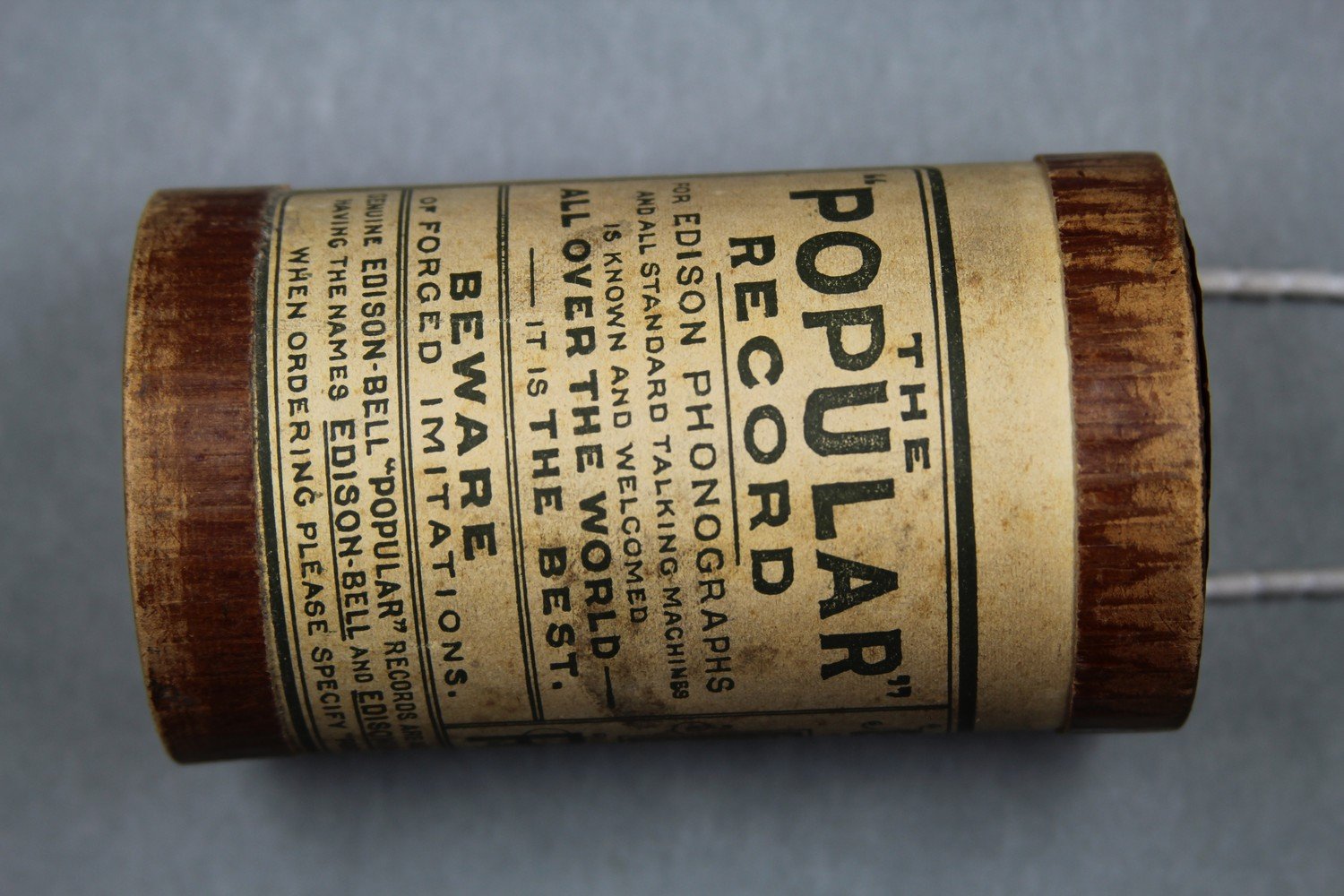 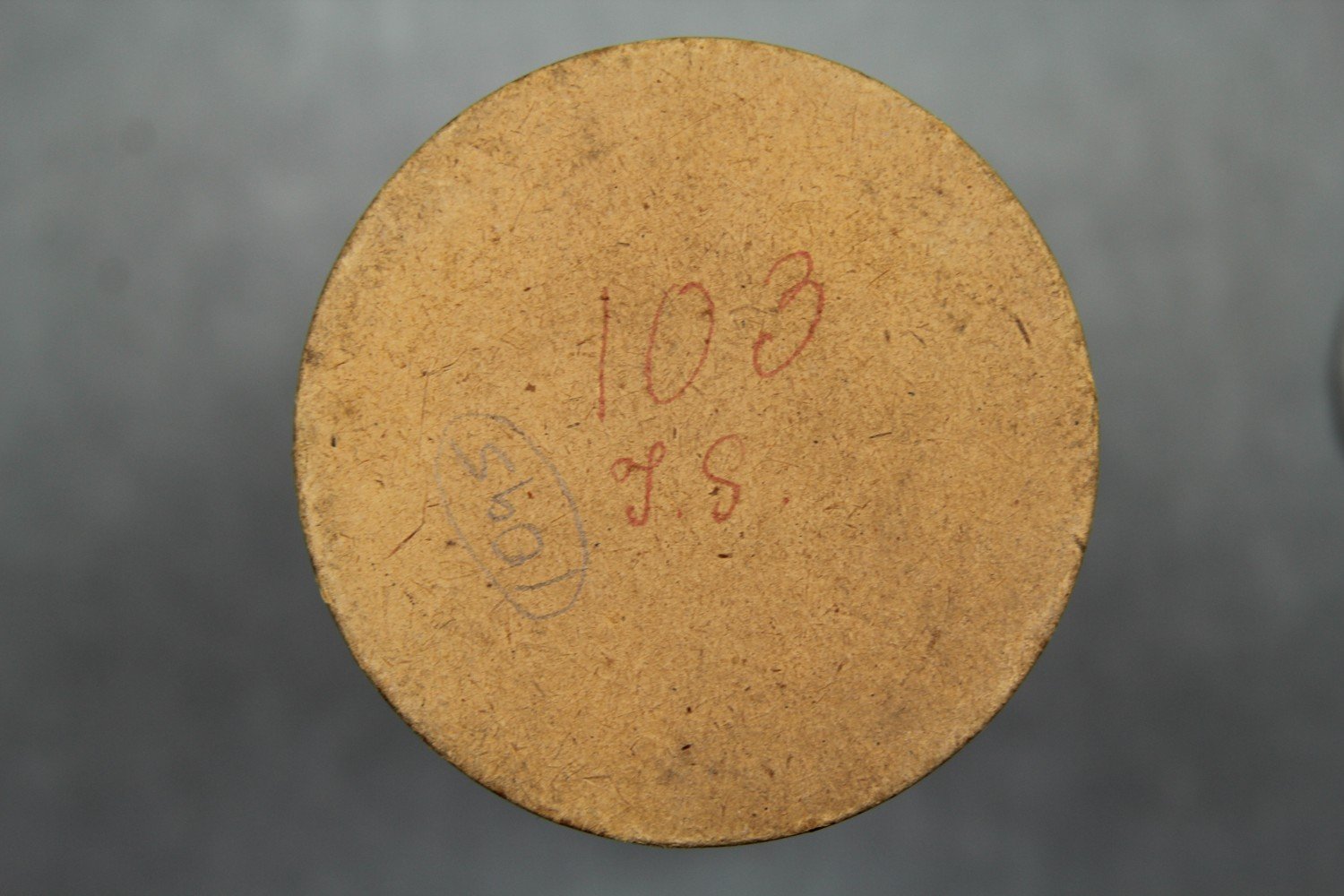   | Haddon, A.C. (ed.) 1907. Reports of the Cambridge Anthropological Expedition to Torres Strait: Volume III, The Languages of Torres Strait. Cambridge: Cambridge University Press. British Library shelfmark General Reference Collection YC.2011.b.631. | Haddon, A.C. (ed.) 1908. Reports of the Cambridge Anthropological Expedition to Torres Strait: Volume VI, Sociology, Magic and Religion of the Eastern Islanders. Cambridge: Cambridge University Press. British Library shelfmark General Reference Collection YC.2011.b.632. | Haddon, A.C. (ed.) 1912. Reports of the Cambridge Anthropological Expedition to Torres Strait: Volume IV, Arts and Crafts. Cambridge: Cambridge University Press. British Library shelfmark General Reference Collection YC.2011.b.634. | Wilkin, Anthony. 1898. Field Notebook [File 1027]. [manuscript] M2731-M2740: Torres Straits, 1888 - 1936, Cambridge University Library. See http://nla.gov.au/nla.obj-765702983 | Alice Moyle (AIAS, now AIATSIS) completed audition sheets for the Torres Strait cylinder collection in 1985. Copies of these are held at the British Library. | ||
| C80/1096 | Adud leluti | Myers, C. S. (singer, male) | Mer / Murray Island, Torres Strait Islands | 10 May 1898 – 24 August 1898 | Recording of Myers singing Adud leluti. Transcription on A7 cylinder insert notes: 1. 'same tune/time[?]. On reverse: 'wau aka Maluet uzer taurameti / Warbir naukarik leluti / Warbir dereble segura tuglei'. 2. Adud leluti / B / Ulai.' On reverse: '(Malo kupa seau wa nau karkilut)2 (wau a dararag [...])2 Bo: Bu:'. 3. 'Wau goe wa koe au o - goe okoedari goe baur gima (Kegar baua gimi nabau [...] gimi[?])3. This recording corresponds to Charles S. Myers' Malu Song IV A. Adud leluti translates to 'bad man' (Haddon & Myers 1908:297). Ray translates adud as 'bad' or 'evil' (Ray 1907:132). Song IV A was performed during the exhibition of the sacred Malu-Bomai masks and also during the dance of the Beizam Boai after the initiation ceremonies.” (Myers 1912:243). "The fourth song was uttered in a very low voice, and was followed by yet more highly sacred words which were quickly whispered so that no one may hear them save those who had been initiated into the Malu mysteries" (Myers & Haddon 1908:150). Published and analysed in Myers (1912:249-251, 267). Words also published in Haddon & Myers (1908:297-299). Musical notation is also included in Anthony Wilkin's field notebook as Song H (1898:251). | Reasonable quality but short recording. The recording date range assumes that Myers is indeed the recordist and corresponds to the dates of Myer's stay on Mer / Murray Island. | Meriam Mir | Field recordings | Myers, C. S. | 1'24" | 1898 Cambridge Anthropological Expedition to Torres Straits | Brown wax cylinder. Cardboard cylinder case. | Alfred Cort Haddon 1898 Expedition (Torres Strait and British New Guinea) Cylinder Collection | British Library | 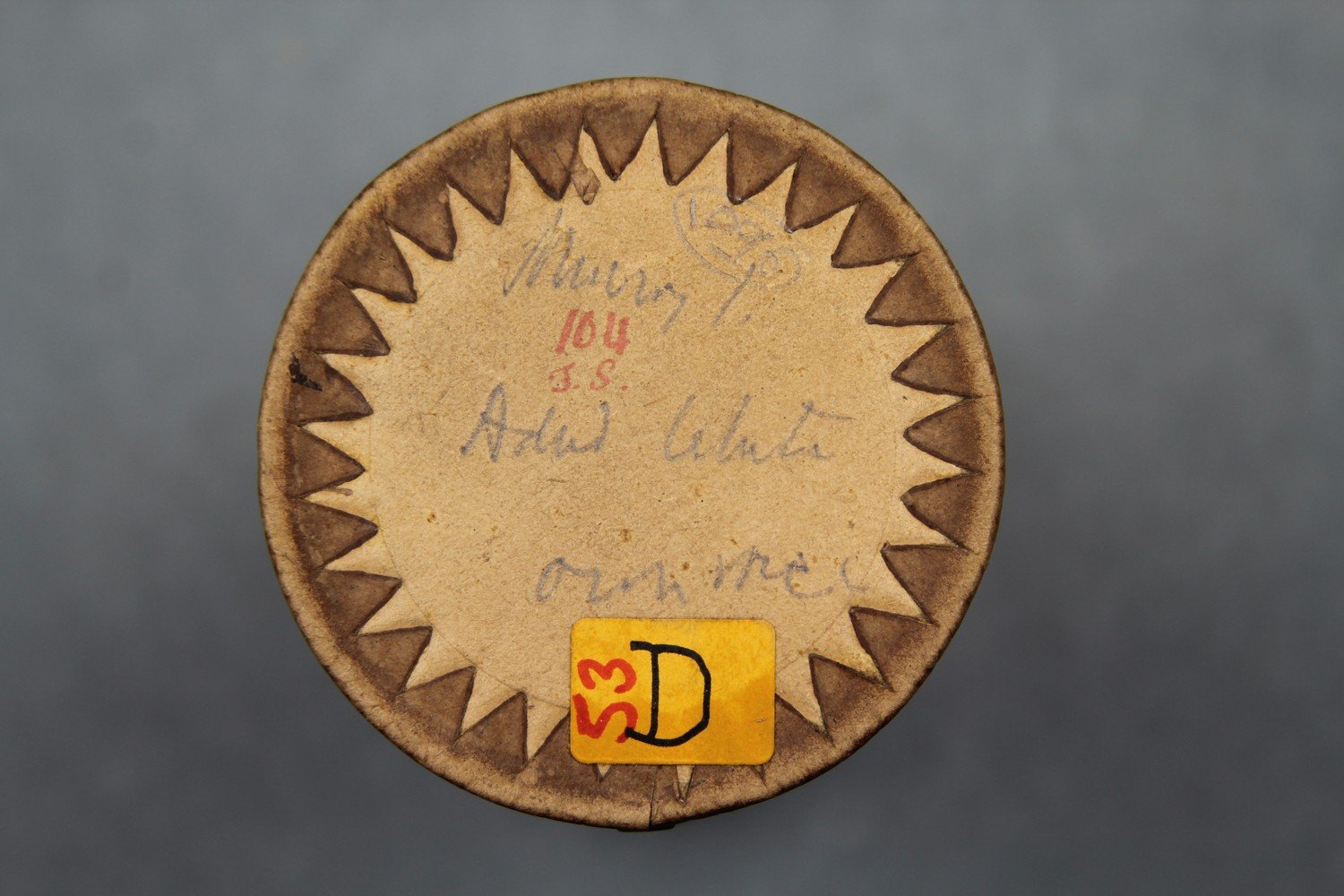      | Haddon, A.C. (ed.) 1907. Reports of the Cambridge Anthropological Expedition to Torres Strait: Volume III, The Languages of Torres Strait. Cambridge: Cambridge University Press. British Library shelfmark General Reference Collection YC.2011.b.631. | Haddon, A.C. (ed.) 1908. Reports of the Cambridge Anthropological Expedition to Torres Strait: Volume VI, Sociology, Magic and Religion of the Eastern Islanders. Cambridge: Cambridge University Press. British Library shelfmark General Reference Collection YC.2011.b.632. | Haddon, A.C. (ed.) 1912. Reports of the Cambridge Anthropological Expedition to Torres Strait: Volume IV, Arts and Crafts. Cambridge: Cambridge University Press. British Library shelfmark General Reference Collection YC.2011.b.634. | Wilkin, Anthony. 1898. Field Notebook [File 1027]. [manuscript] M2731-M2740: Torres Straits, 1888 - 1936, Cambridge University Library. See http://nla.gov.au/nla.obj-765702983 | |||
| C80/1097 | Adud leluti B | Ulai (singer, male) | Mer / Murray Island, Torres Strait Islands | 10 May 1898 – 24 August 1898 | Inscription on lid: ‘Adud B’. Transcription on A7 cylinder insert notes: 'Adud leluti / B Ulai / (Malu kupa isauado neukarik leluti a) / Bo: Bu: / Wau goi wakoi goi ko eidrariei goi / baugem / Kegar baugem e na baugem) / wau aka Maluet uzer taurameti / Warbir naukarik leluti / Warbir dereble segura tuglei / Izi K Adud B.' This recording corresponds to Charles S. Myers' Malu Song IV A. Adud leluti translates to 'bad man' (Haddon & Myers 1908:297). Ray translates adud as 'bad' or 'evil' (Ray 1907:132). Song IV A was performed during the exhibition of the sacred Malu-Bomai masks and also during the dance of the Beizam Boai after the initiation ceremonies.” (Myers 1912:243). "The fourth song was uttered in a very low voice, and was followed by yet more highly sacred words which were quickly whispered so that no one may hear them save those who had been initiated into the Malu mysteries" (Myers & Haddon 1908:150). Published and analysed in Myers (1912:249-251, 267). Words also published in Haddon & Myers (1908:297-299). Musical notation is also included in Anthony Wilkin's field notebook as Song H (1898:251). | The recording date range assumes that Myers is indeed the recordist and corresponds to the dates of Myer's stay on Mer / Murray Island. C80/1016 (better quality), C80/1097 and C80/1098 are duplicates. | Meriam Mir | Field recordings | Myers, C. S. | 2'14" | 1898 Cambridge Anthropological Expedition to Torres Straits | Brown wax cylinder. Cardboard cylinder case. EBE green label. | Alfred Cort Haddon 1898 Expedition (Torres Strait and British New Guinea) Cylinder Collection | British Library | 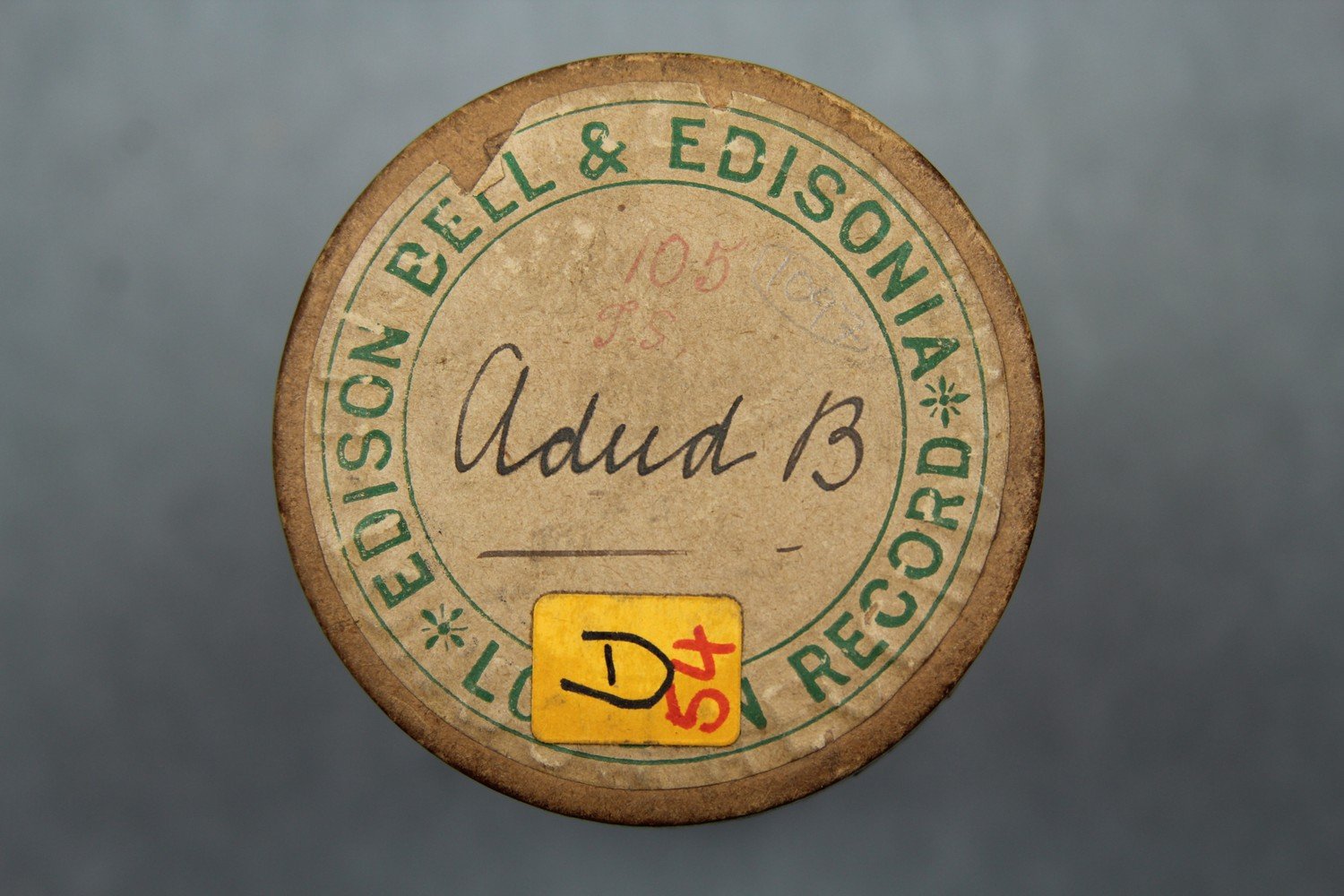 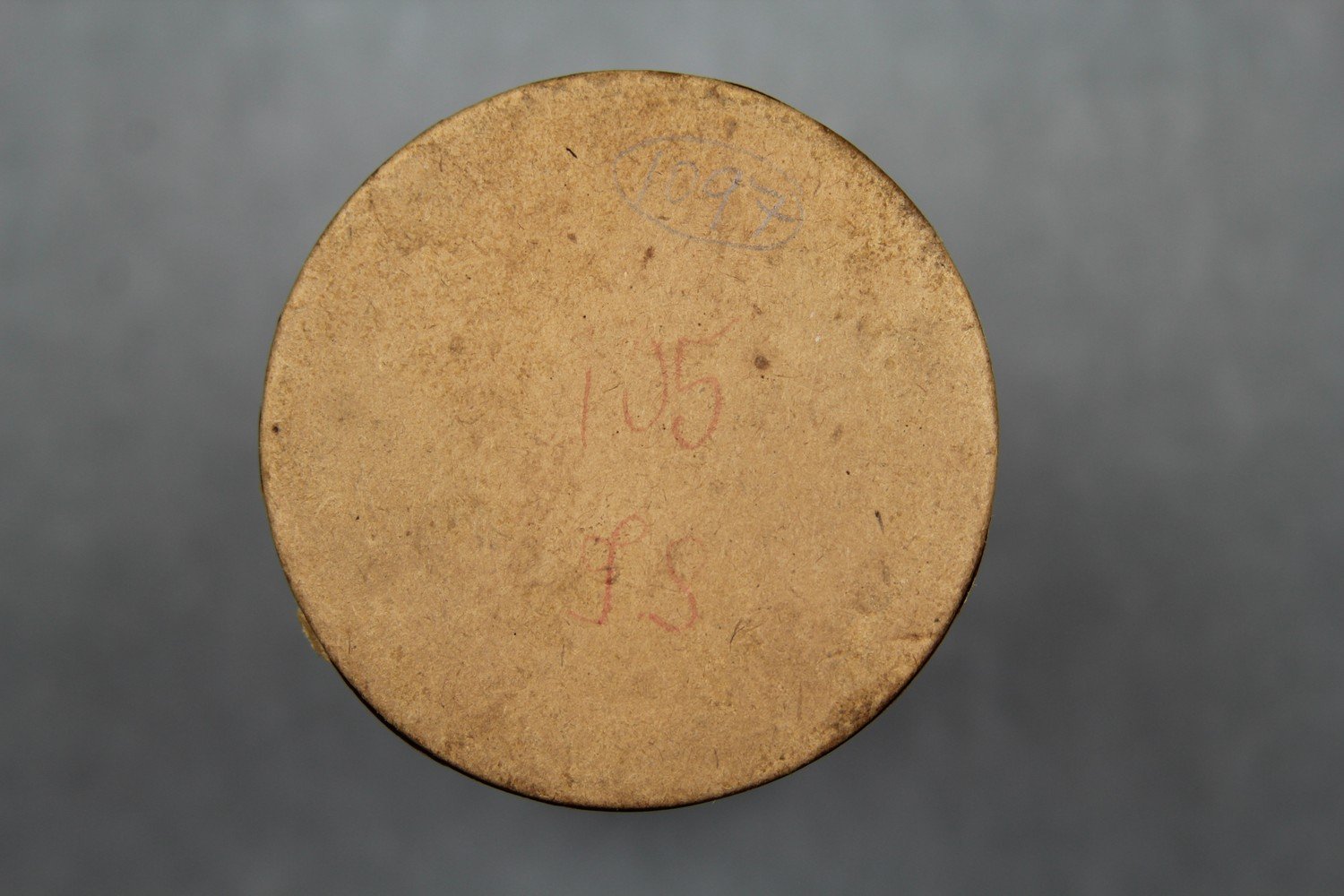     | Haddon, A.C. (ed.) 1907. Reports of the Cambridge Anthropological Expedition to Torres Strait: Volume III, The Languages of Torres Strait. Cambridge: Cambridge University Press. British Library shelfmark General Reference Collection YC.2011.b.631. | Haddon, A.C. (ed.) 1908. Reports of the Cambridge Anthropological Expedition to Torres Strait: Volume VI, Sociology, Magic and Religion of the Eastern Islanders. Cambridge: Cambridge University Press. British Library shelfmark General Reference Collection YC.2011.b.632. | Haddon, A.C. (ed.) 1912. Reports of the Cambridge Anthropological Expedition to Torres Strait: Volume IV, Arts and Crafts. Cambridge: Cambridge University Press. British Library shelfmark General Reference Collection YC.2011.b.634. | Wilkin, Anthony. 1898. Field Notebook [File 1027]. [manuscript] M2731-M2740: Torres Straits, 1888 - 1936, Cambridge University Library. See http://nla.gov.au/nla.obj-765702983 | |||
| C80/1098 | Adud leluti B | Ulai (singer, male) | Mer / Murray Island, Torres Strait Islands | 10 May 1898 – 24 August 1898 | Transcription on A7 cylinder insert notes: 'Adud leluti / B Ulai / (Malu kupa isauado neukarik leluti a) / Bo: Bu: / Wau goi wakoi goi ko eidrariei goi / baugem / Kegar baugem e na baugem) / wau aka Maluet uzer taurameti / Warbir naukarik leluti / Warbir dereble segura tuglei / Izi K Adud B.' This recording corresponds to Charles S. Myers' Malu Song IV A. Adud leluti translates to 'bad man' (Haddon & Myers 1908:297). Ray translates adud as 'bad' or 'evil' (Ray 1907:132). Song IV A was performed during the exhibition of the sacred Malu-Bomai masks and also during the dance of the Beizam Boai after the initiation ceremonies.” (Myers 1912:243). "The fourth song was uttered in a very low voice, and was followed by yet more highly sacred words which were quickly whispered so that no one may hear them save those who had been initiated into the Malu mysteries" (Myers & Haddon 1908:150). Published and analysed in Myers (1912:249-251, 267). Words also published in Haddon & Myers (1908:297-299). Musical notation is also included in Anthony Wilkin's field notebook as Song H (1898:251). | The recording date range assumes that Myers is indeed the recordist and corresponds to the dates of Myer's stay on Mer / Murray Island. C80/1016 (better quality), C80/1097 and C80/1098 are duplicate). | Meriam Mir | Field recordings | Myers, C. S. | 2'06" | 1898 Cambridge Anthropological Expedition to Torres Straits | Brown wax cylinder. Cardboard cylinder case. EBE green label. | Alfred Cort Haddon 1898 Expedition (Torres Strait and British New Guinea) Cylinder Collection | British Library | 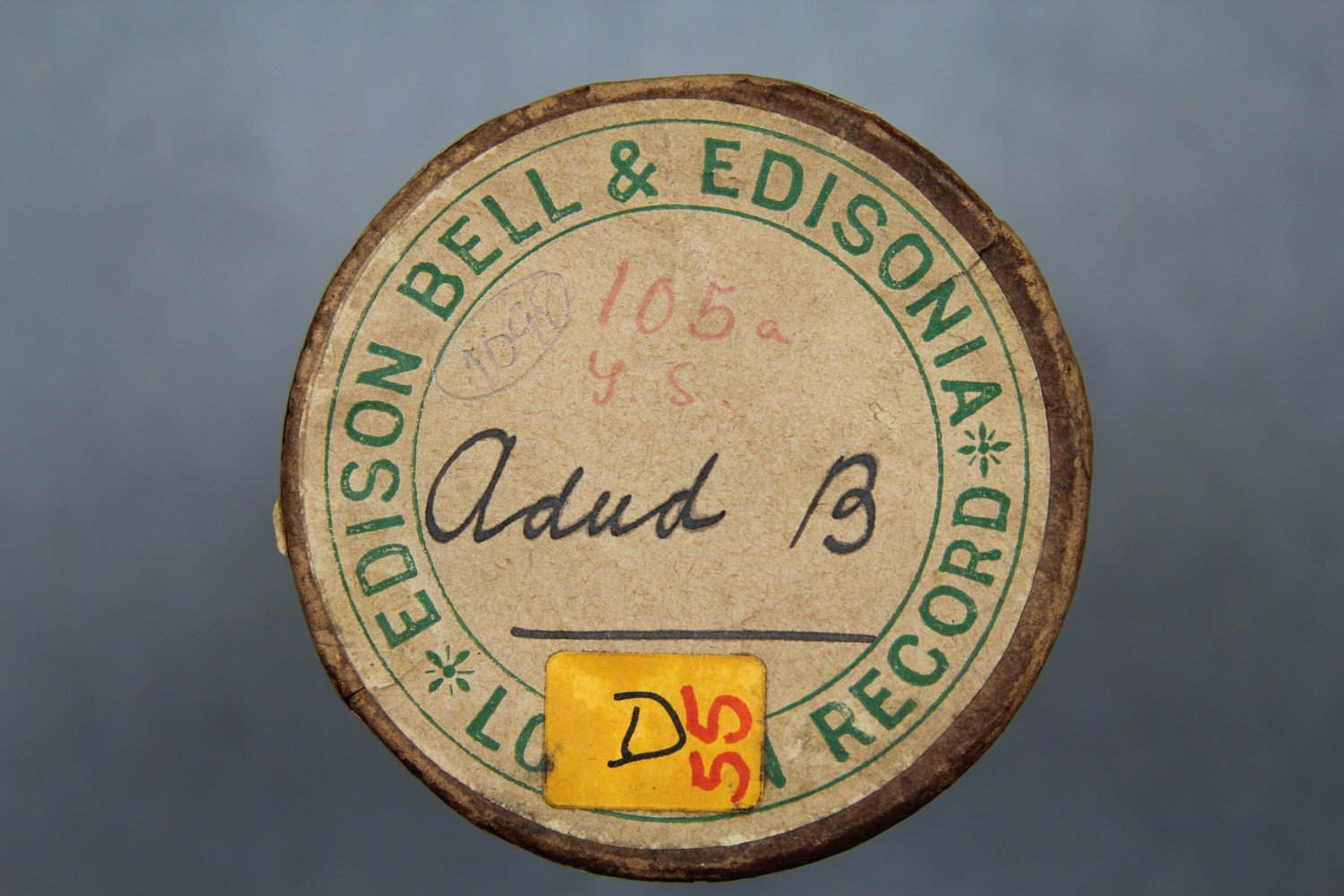      | Haddon, A.C. (ed.) 1907. Reports of the Cambridge Anthropological Expedition to Torres Strait: Volume III, The Languages of Torres Strait. Cambridge: Cambridge University Press. British Library shelfmark General Reference Collection YC.2011.b.631. | Haddon, A.C. (ed.) 1908. Reports of the Cambridge Anthropological Expedition to Torres Strait: Volume VI, Sociology, Magic and Religion of the Eastern Islanders. Cambridge: Cambridge University Press. British Library shelfmark General Reference Collection YC.2011.b.632. | Haddon, A.C. (ed.) 1912. Reports of the Cambridge Anthropological Expedition to Torres Strait: Volume IV, Arts and Crafts. Cambridge: Cambridge University Press. British Library shelfmark General Reference Collection YC.2011.b.634. | Wilkin, Anthony. 1898. Field Notebook [File 1027]. [manuscript] M2731-M2740: Torres Straits, 1888 - 1936, Cambridge University Library. See http://nla.gov.au/nla.obj-765702983 | |||
| C80/1099 | Izib A | Unidentified (singer, male) | Mer / Murray Island, Torres Strait Islands | 10 May 1898 – 24 August 1898 | Unaccompanied male vocal solo. Transcription on cylinder insert notes (now no longer available): 'Izib A.' This recording corresponds to Charles S. Myers' Malu Song III. In correspondence with Erich von Hornbostel, Myers describes Izib as a funeral song from Mer / Murray Island (Myers 1907). Izib was the creek at Kiam, Mer / Murray Island, from which Malu drank water (Haddon & Myers VI 1908:283, 299). Words and musical notation published in Myers & Haddon (1908:150-151). Further analysis and song text available in Myers (1912:249, 266-267). | Reasonable quality recording but with weak signal and surface noise. The recording date range assumes that Myers is indeed the recordist and corresponds to the dates of Myer's stay on Mer / Murray Island. C80/1099 is a duplicate of C80/1015, which is broken. | Meriam Mir | Field recordings | Myers, C. S. | 1'52" | 1898 Cambridge Anthropological Expedition to Torres Straits | Brown wax cylinder. Cardboard cylinder case. EBE green label. | Alfred Cort Haddon 1898 Expedition (Torres Strait and British New Guinea) Cylinder Collection | British Library | 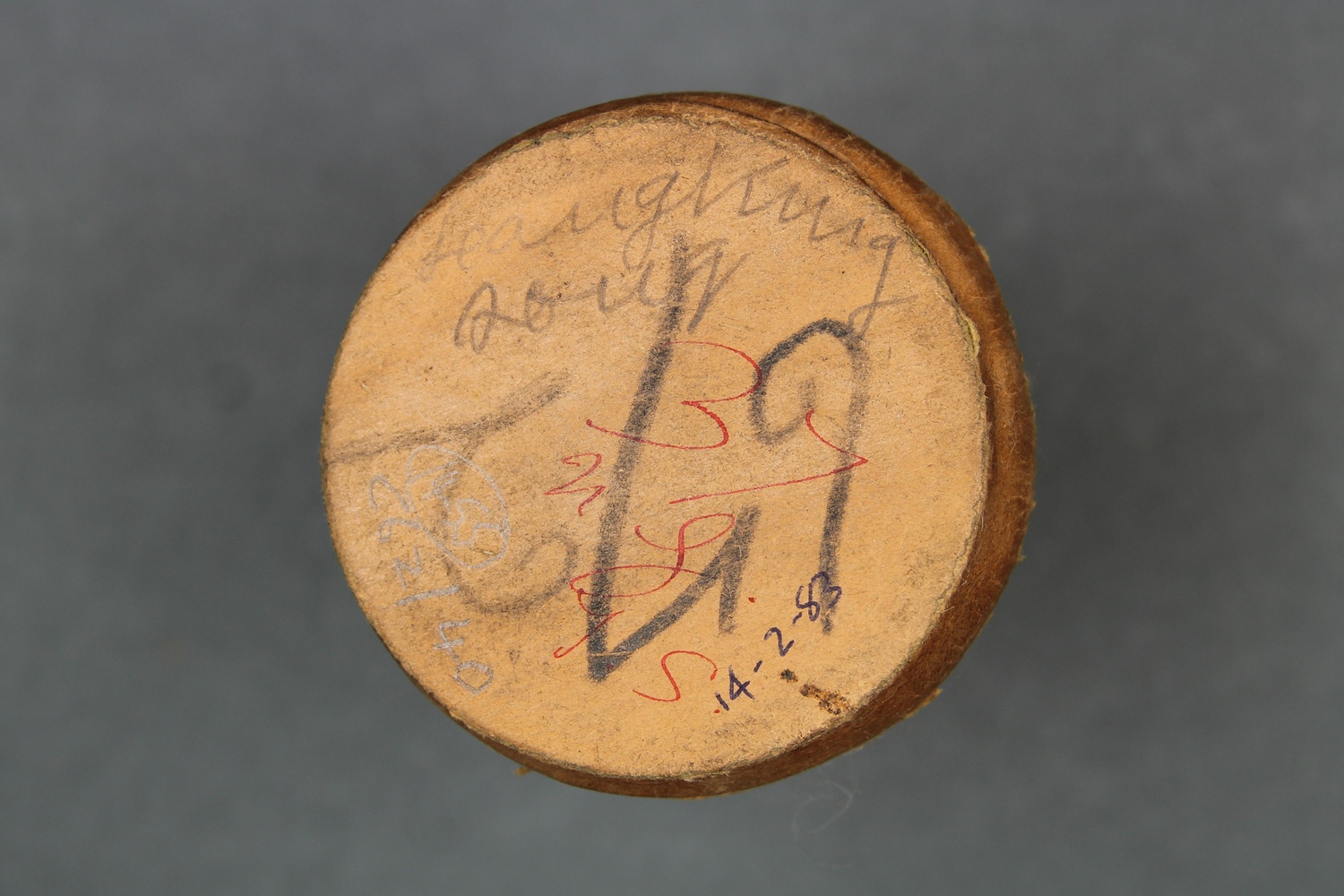      | Haddon, A.C. (ed.) 1907. Reports of the Cambridge Anthropological Expedition to Torres Strait: Volume III, The Languages of Torres Strait. Cambridge: Cambridge University Press. British Library shelfmark General Reference Collection YC.2011.b.631. | Haddon, A.C. (ed.) 1908. Reports of the Cambridge Anthropological Expedition to Torres Strait: Volume VI, Sociology, Magic and Religion of the Eastern Islanders. Cambridge: Cambridge University Press. British Library shelfmark General Reference Collection YC.2011.b.632. | Haddon, A.C. (ed.) 1912. Reports of the Cambridge Anthropological Expedition to Torres Strait: Volume IV, Arts and Crafts. Cambridge: Cambridge University Press. British Library shelfmark General Reference Collection YC.2011.b.634. | The 1907 letter from Myers to von Hornbostel is held by the Berliner Phonogramm-Archiv, Ethnologisches Museum, Staatliche Museen zu Berlin. | |||
| C80/1101 | Izib B | Ulai (singer, male); Wanu (singer, male) | Mer / Murray Island, Torres Strait Islands | 10 May 1898 – 24 August 1898 | Unaccompanied male vocal group. Inscription on A3 cylinder insert notes: 'Izib B / Ulai and Wanu.' This recording corresponds to Charles S. Myers' Malu Song III. In correspondence with Erich von Hornbostel, Myers describes Izib as a funeral song from Mer / Murray Island (Myers 1907). Izib was the creek at Kiam, Mer / Murray Island, from which Malu drank water (Haddon & Myers VI 1908:283, 299). Words and musical notation published in Myers & Haddon (1908:150-151). Further analysis and song text available in Myers (1912:249, 266-267). | Poor quality with very weak signal and surface noise. The recording date range assumes that Myers is indeed the recordist and corresponds to the dates of Myer's stay on Mer / Murray Island. C80/1012 (better quality) is the master, C80/1101 is a duplicate. | Meriam Mir | Field recordings | Myers, C. S. | 1'41" | 1898 Cambridge Anthropological Expedition to Torres Straits | Brown wax cylinder. Cardboard cylinder case. EBE green label. | Alfred Cort Haddon 1898 Expedition (Torres Strait and British New Guinea) Cylinder Collection | British Library | 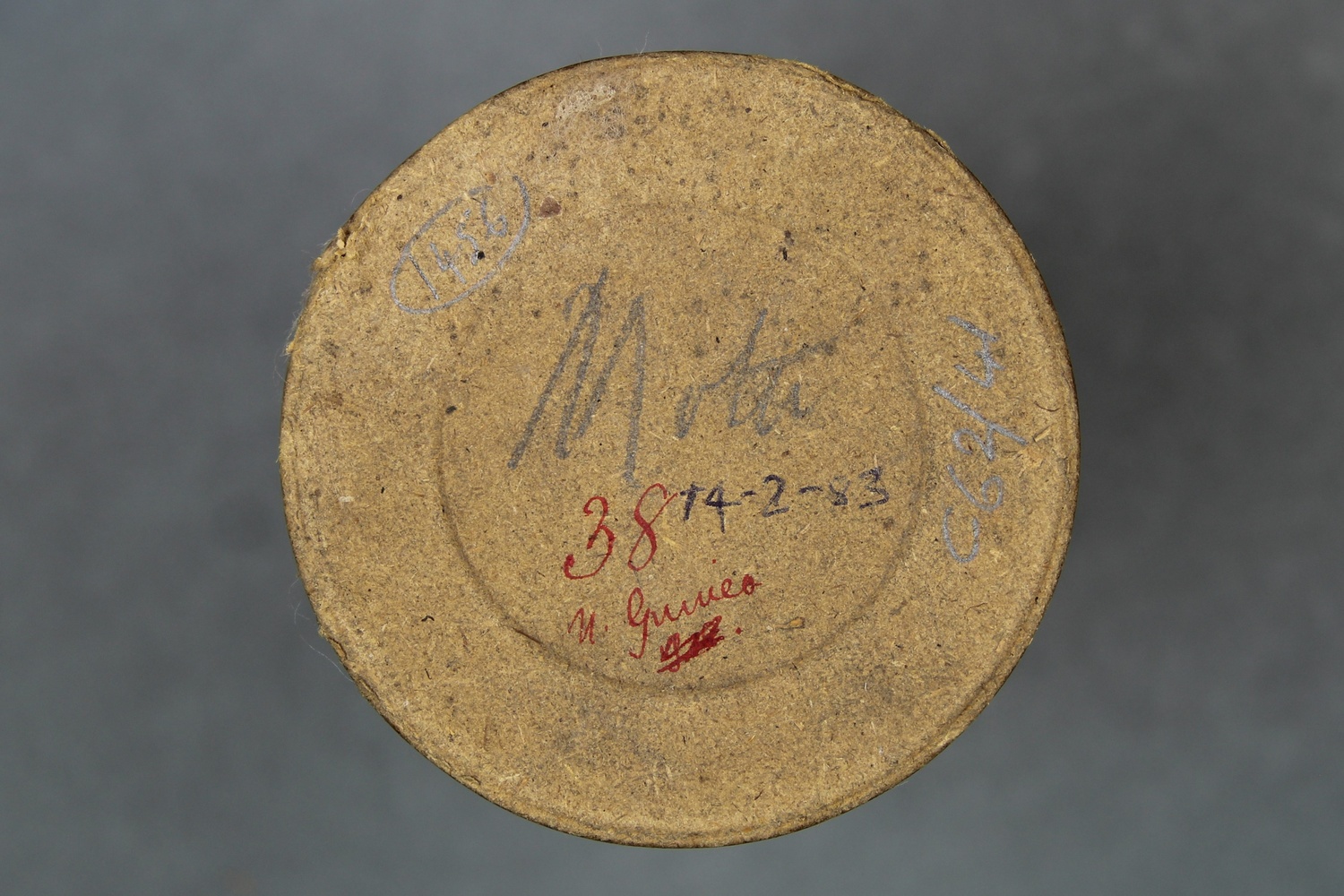 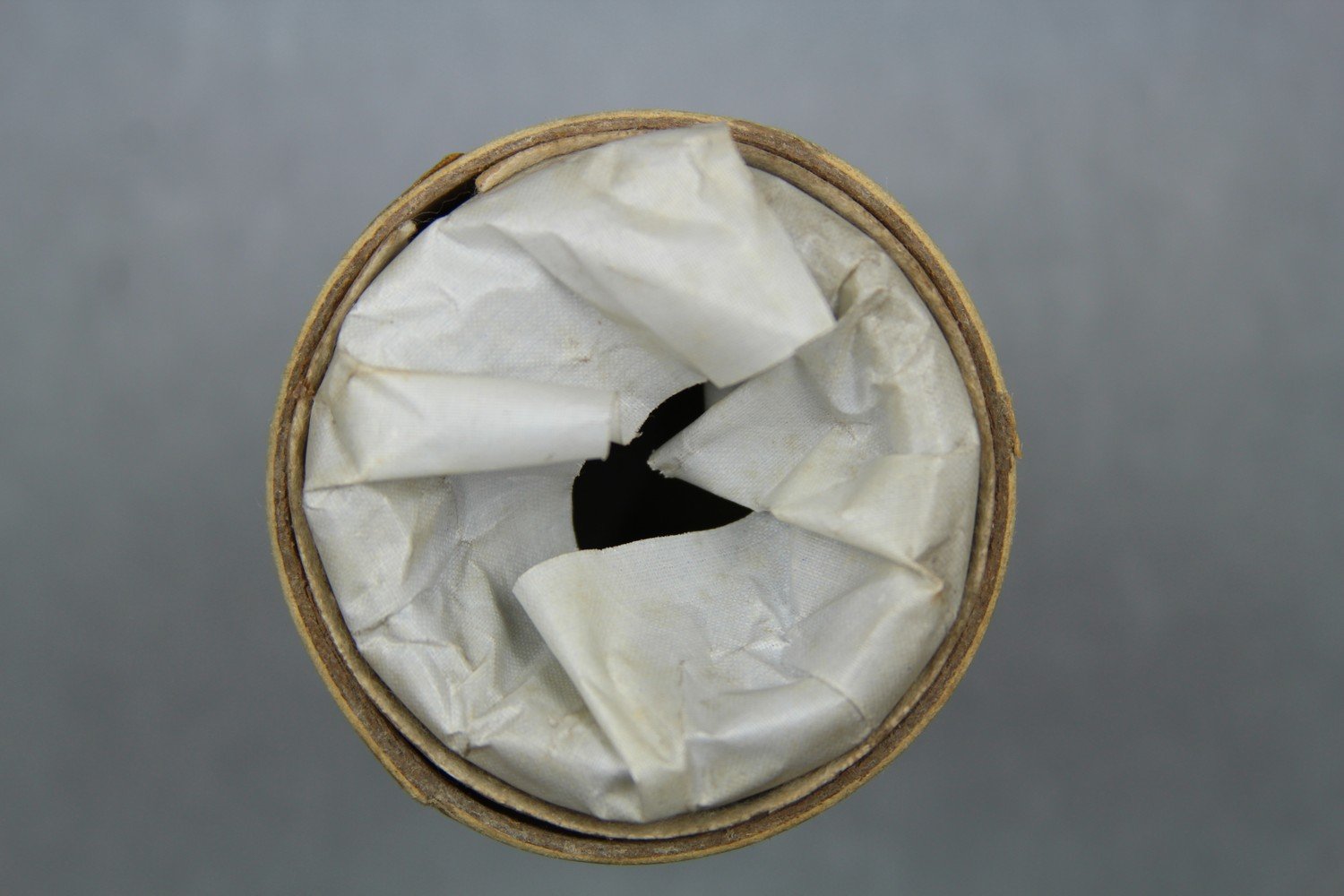     | Haddon, A.C. (ed.) 1907. Reports of the Cambridge Anthropological Expedition to Torres Strait: Volume III, The Languages of Torres Strait. Cambridge: Cambridge University Press. British Library shelfmark General Reference Collection YC.2011.b.631. | Haddon, A.C. (ed.) 1908. Reports of the Cambridge Anthropological Expedition to Torres Strait: Volume VI, Sociology, Magic and Religion of the Eastern Islanders. Cambridge: Cambridge University Press. British Library shelfmark General Reference Collection YC.2011.b.632. | Haddon, A.C. (ed.) 1912. Reports of the Cambridge Anthropological Expedition to Torres Strait: Volume IV, Arts and Crafts. Cambridge: Cambridge University Press. British Library shelfmark General Reference Collection YC.2011.b.634. | The 1907 letter from Myers to von Hornbostel is held by the Berliner Phonogramm-Archiv, Ethnologisches Museum, Staatliche Museen zu Berlin. | |||
| C80/1102 | Weii OV | Myers, C. S. (singer, male) | Mer / Murray Island, Torres Strait Islands | 10 May 1898 – 24 August 1898 | Male vocal solo (probably voice of C.S. Myers), accompanied by percussion. Inscription on insert notes (now no longer available): 'Weii OV [probably meaning Myers' own voice]'. This recording corresponds to Charles S. Myers' Malu Song II. Both Myers (1912) and Ray (1907) translate 'wei' as 'alas!' with Ray noting that this was an exclamation expressing sorrow. It is alternatively spelled 'weu'. Sung to Air II published in Myers & Haddon (1908:151). Words and analysis published in Myers (1912: 247-248, 266). Musical notation included in Anthony Wilkin's field notebook as 'Song K' (1898:250). | Good quality recording. The recording date range assumes that Myers is indeed the recordist and corresponds to the dates of Myer's stay on Mer / Murray Island. From Alice Moyle's 1985 audition sheets: '[cf. Myers: "Song II". A.M.] [Voice and drum very clear. A.M.]'. | Meriam Mir | Field recordings | Myers, C. S. | 1'31" | 1898 Cambridge Anthropological Expedition to Torres Straits | Brown wax cylinder. Cardboard cylinder case. | Alfred Cort Haddon 1898 Expedition (Torres Strait and British New Guinea) Cylinder Collection | British Library | 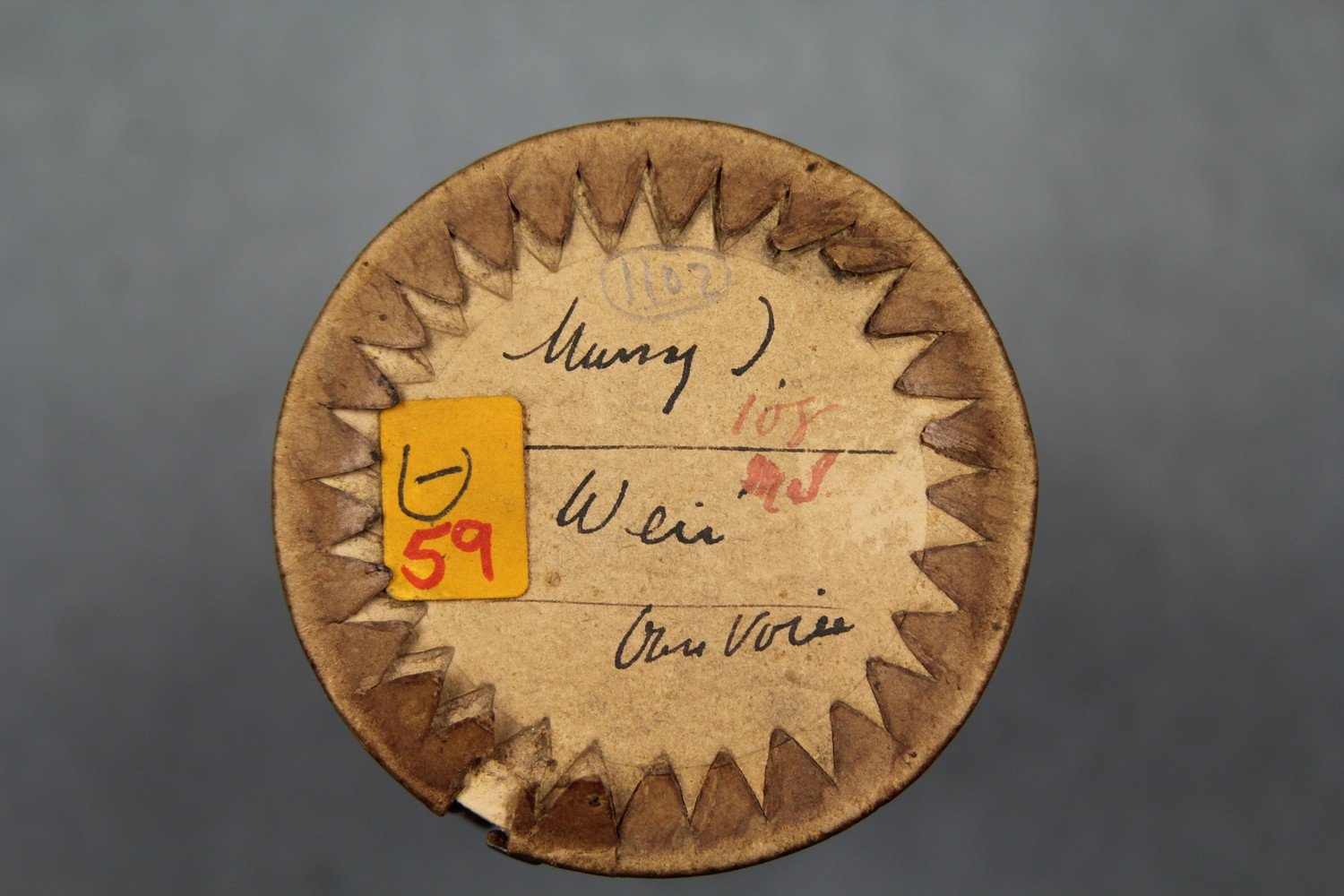 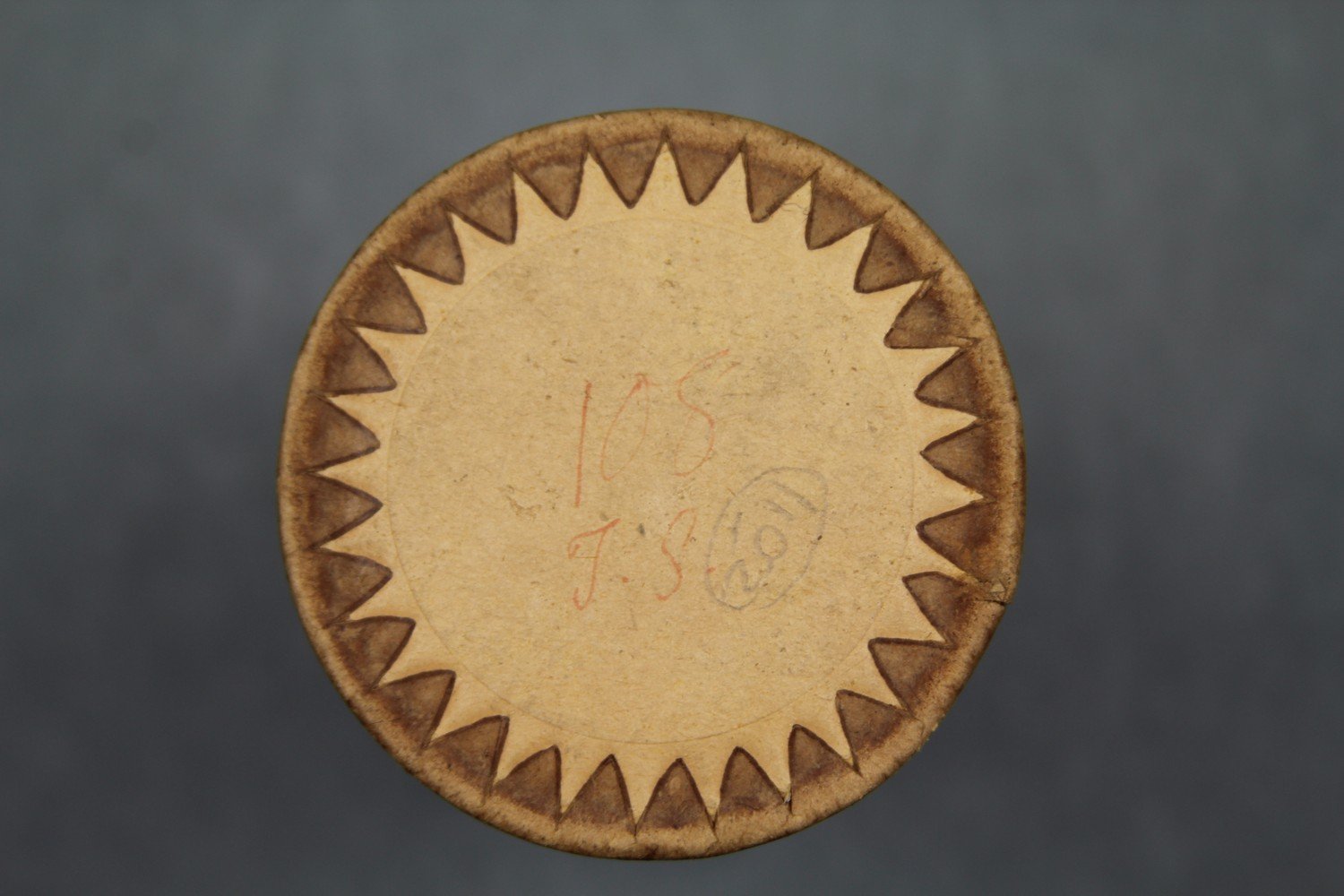     | Haddon, A.C. (ed.) 1907. Reports of the Cambridge Anthropological Expedition to Torres Strait: Volume III, The Languages of Torres Strait. Cambridge: Cambridge University Press. British Library shelfmark General Reference Collection YC.2011.b.631. | Haddon, A.C. (ed.) 1908. Reports of the Cambridge Anthropological Expedition to Torres Strait: Volume VI, Sociology, Magic and Religion of the Eastern Islanders. Cambridge: Cambridge University Press. British Library shelfmark General Reference Collection YC.2011.b.632. | Haddon, A.C. (ed.) 1912. Reports of the Cambridge Anthropological Expedition to Torres Strait: Volume IV, Arts and Crafts. Cambridge: Cambridge University Press. British Library shelfmark General Reference Collection YC.2011.b.634. | Wilkin, Anthony. 1898. Field Notebook [File 1027]. [manuscript] M2731-M2740: Torres Straits, 1888 - 1936, Cambridge University Library. See http://nla.gov.au/nla.obj-765702983 | Alice Moyle (AIAS, now AIATSIS) completed audition sheets for the Torres Strait cylinder collection in 1985. Copies of these are held at the British Library. | ||
| C80/1103 | Emarer | Myers, C. S. (singer, male) | Mer / Murray Island, Torres Strait Islands | 10 May 1898 – 24 August 1898 | Male vocal solo (probably voice of C.S. Myers), with percussion accompaniment. Inscription on insert notes (now no longer available): 'Murray I / Emarer / OV [own voice]'. This recording corresponds to Charles S. Myers' Malu Song I. Possibly a version of C80/1020. Published in Myers & Haddon (1908:150-151). Words, translation and analysis published in Myers (1912:244, 247, 266). Musical notation included in Anthony Wilkin's field notebook as Song G (1898:250). The word 'emare' means 'to sway' and is a Malu word (Ray 1907:140). | Reasonable quality recording. The recording date range assumes that Myers is indeed the recordist and corresponds to the dates of Myer's stay on Mer / Murray Island. From Alice Moyle's 1985 audition sheets: '[cf. Myers: "Song I". A.M.] [Voice and drum very clear. A.M.]'. | Meriam Mir | Field recordings | Myers, C. S. | 1'45" | 1898 Cambridge Anthropological Expedition to Torres Straits | Brown wax cylinder. Cardboard cylinder case. | Alfred Cort Haddon 1898 Expedition (Torres Strait and British New Guinea) Cylinder Collection | British Library | 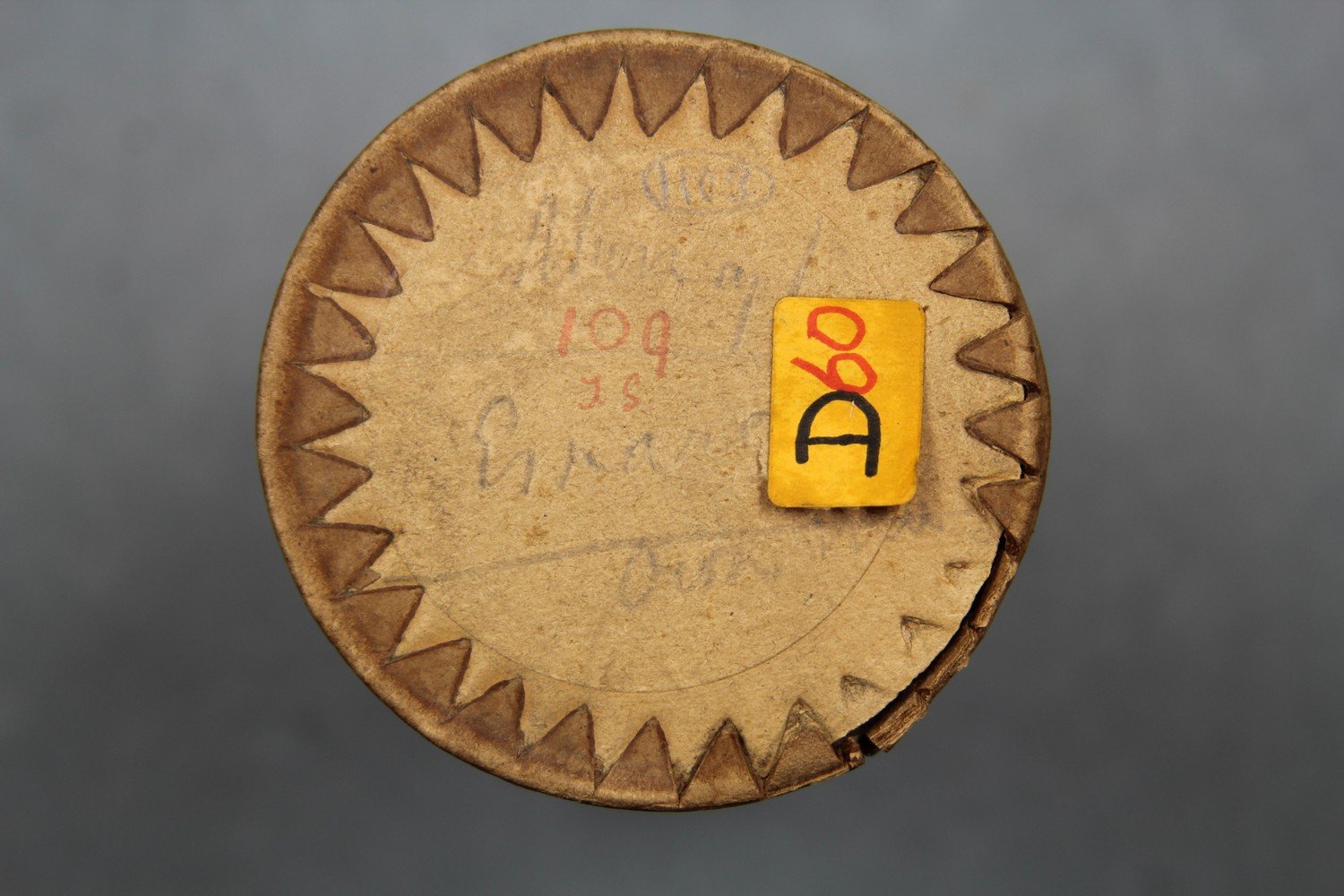      | Haddon, A.C. (ed.) 1907. Reports of the Cambridge Anthropological Expedition to Torres Strait: Volume III, The Languages of Torres Strait. Cambridge: Cambridge University Press. British Library shelfmark General Reference Collection YC.2011.b.631. | Haddon, A.C. (ed.) 1908. Reports of the Cambridge Anthropological Expedition to Torres Strait: Volume VI, Sociology, Magic and Religion of the Eastern Islanders. Cambridge: Cambridge University Press. British Library shelfmark General Reference Collection YC.2011.b.632. | Haddon, A.C. (ed.) 1912. Reports of the Cambridge Anthropological Expedition to Torres Strait: Volume IV, Arts and Crafts. Cambridge: Cambridge University Press. British Library shelfmark General Reference Collection YC.2011.b.634. | Wilkin, Anthony. 1898. Field Notebook [File 1027]. [manuscript] M2731-M2740: Torres Straits, 1888 - 1936, Cambridge University Library. See http://nla.gov.au/nla.obj-765702983 | Alice Moyle (AIAS, now AIATSIS) completed audition sheets for the Torres Strait cylinder collection in 1985. Copies of these are held at the British Library. | ||
| C80/1105 | Iriam | Myers, C. S. (singer, male) | Mer / Murray Island, Torres Strait Islands | 10 May 1898 – 24 August 1898 | Male vocal solo (probably the voice of C.S. Myers), unaccompanied. Inscription on insert notes (now no longer available): 'Song III: Malu / Iriam / own [probably meaning own voice]'. This recording corresponds to Charles S. Myers' Malu Song III. In correspondence with Erich von Hornbostel, Myers describes Izib as a funeral song from Mer / Murray Island (Myers 1907). Izib was the creek at Kiam, Mer / Murray Island, from which Malu drank water (Haddon & Myers VI 1908:283, 299). Words and musical notation published in Myers & Haddon (1908:150-151). Further analysis and song text available in Myers (1912:249, 266-267). Myers noted 'eiriam' as translating to 'ye two drink'. Alternatively, it could be 'Iruam', who made Warbir/Warber, a water-hole at Las, Mer / Murray Island (1912:267). | Reasonable quality recording. The recording date range assumes that Myers is indeed the recordist and corresponds to the dates of Myer's stay on Mer / Murray Island. Other recordings of this song include C80/1012 and C80/1015 (also duplicated in C80/1099). From Alice Moyle's 1985 audition sheets: '[cf. Myers: "Song III". A.M.]'. | Meriam Mir | Field recordings | Myers, C. S. | 1'04" | 1898 Cambridge Anthropological Expedition to Torres Straits | Brown wax cylinder. Cardboard cylinder case. | Alfred Cort Haddon 1898 Expedition (Torres Strait and British New Guinea) Cylinder Collection | British Library | 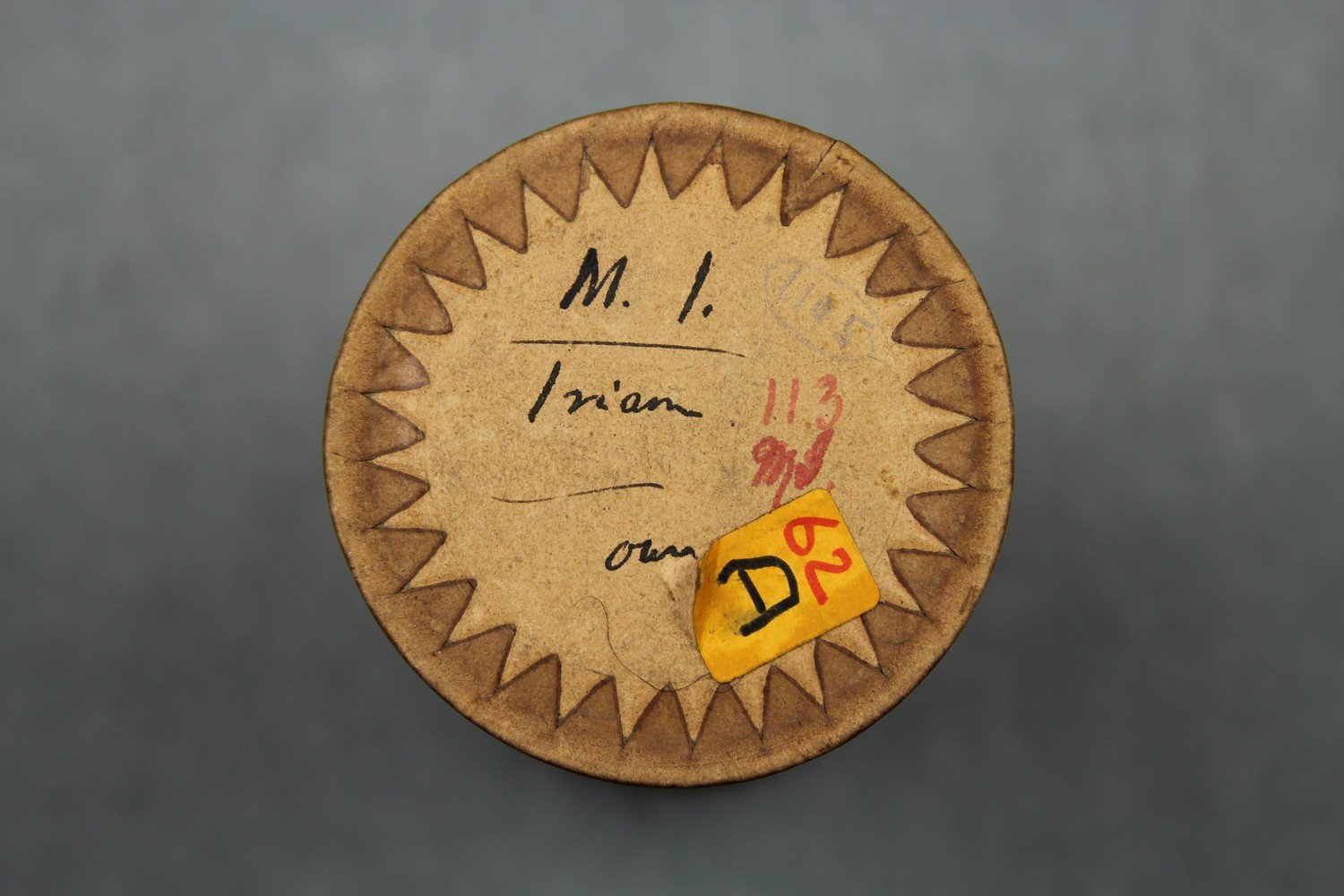      | Haddon, A.C. (ed.) 1907. Reports of the Cambridge Anthropological Expedition to Torres Strait: Volume III, The Languages of Torres Strait. Cambridge: Cambridge University Press. British Library shelfmark General Reference Collection YC.2011.b.631. | Haddon, A.C. (ed.) 1908. Reports of the Cambridge Anthropological Expedition to Torres Strait: Volume VI, Sociology, Magic and Religion of the Eastern Islanders. Cambridge: Cambridge University Press. British Library shelfmark General Reference Collection YC.2011.b.632. | Haddon, A.C. (ed.) 1912. Reports of the Cambridge Anthropological Expedition to Torres Strait: Volume IV, Arts and Crafts. Cambridge: Cambridge University Press. British Library shelfmark General Reference Collection YC.2011.b.634. | The 1907 letter from Myers to von Hornbostel is held by the Berliner Phonogramm-Archiv, Ethnologisches Museum, Staatliche Museen zu Berlin. | Alice Moyle (AIAS, now AIATSIS) completed audition sheets for the Torres Strait cylinder collection in 1985. Copies of these are held at the British Library. | ||
| C80/1015 | Izib A | Unidentified | Mer / Murray Island, Torres Strait Islands | 10 May 1898 – 24 August 1898 | Broken cylinder. This cylinder was broken by the time that Alice Moyle re-identified the Torres Strait cylinders in 1978. Inscription on cylinder insert note: Waw isib iriam isiba […] waw isibe […] / erdirker eguader. On reverse: Izib / A. / Ulai. This recording corresponds to Charles S. Myers' Malu Song III. It would have been recorded by Myers on Mer / Murray Island. In correspondence with Erich von Hornbostel, Myers describes Izib as a funeral song from Mer / Murray Island (Myers 1907). Izib was the creek at Kiam, Mer / Murray Island, from which Malu drank water (Haddon & Myers VI 1908:283, 299). C80/1099 is a duplicate of this cylinder. | The recording date range assumes that Myers is indeed the recordist and corresponds to the dates of Myer's stay on Mer / Murray Island. | Field recordings | Myers, C. S. | 1898 Cambridge Anthropological Expedition to Torres Straits | Brown wax cylinder. No case. | Alfred Cort Haddon 1898 Expedition (Torres Strait and British New Guinea) Cylinder Collection | British Library | 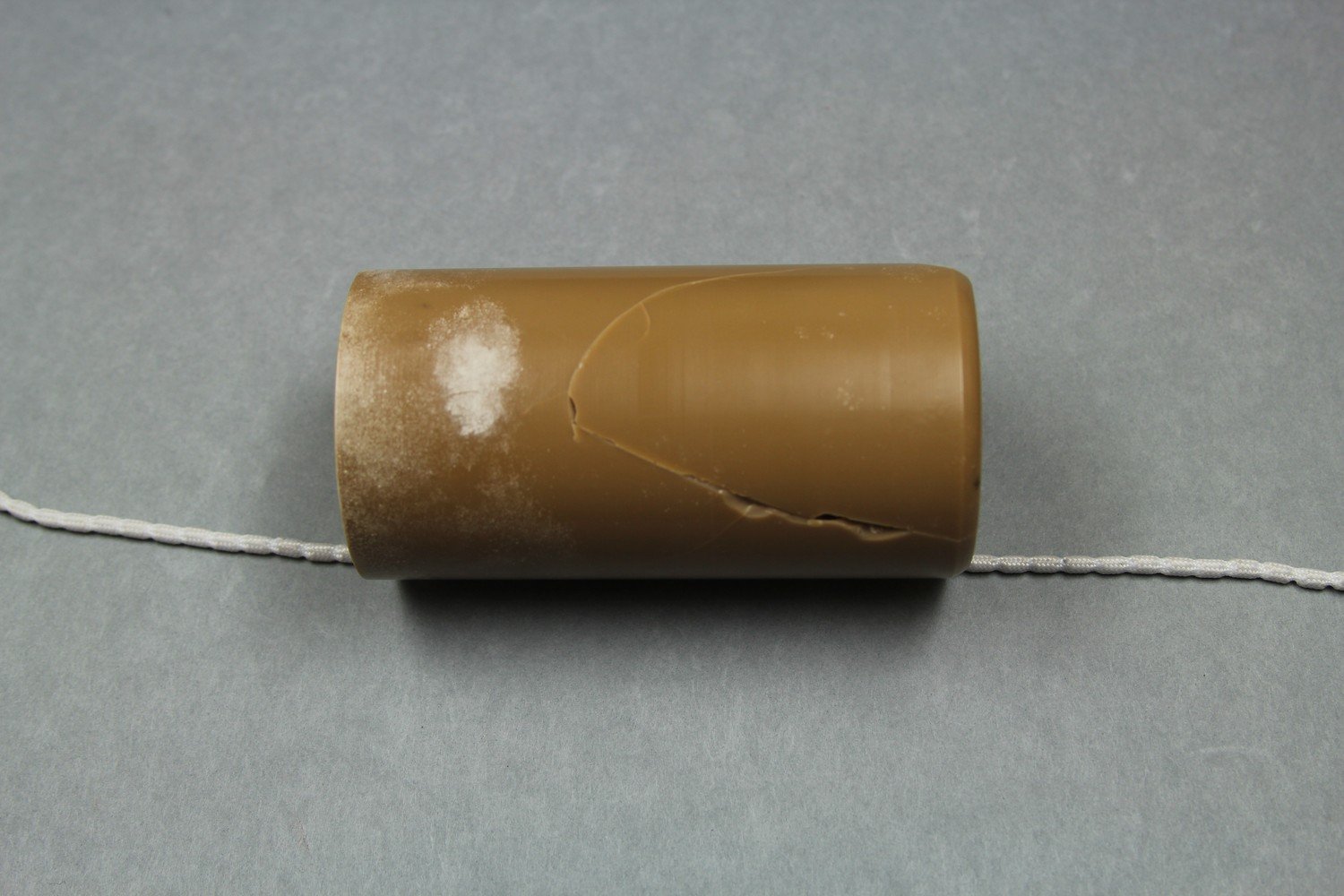 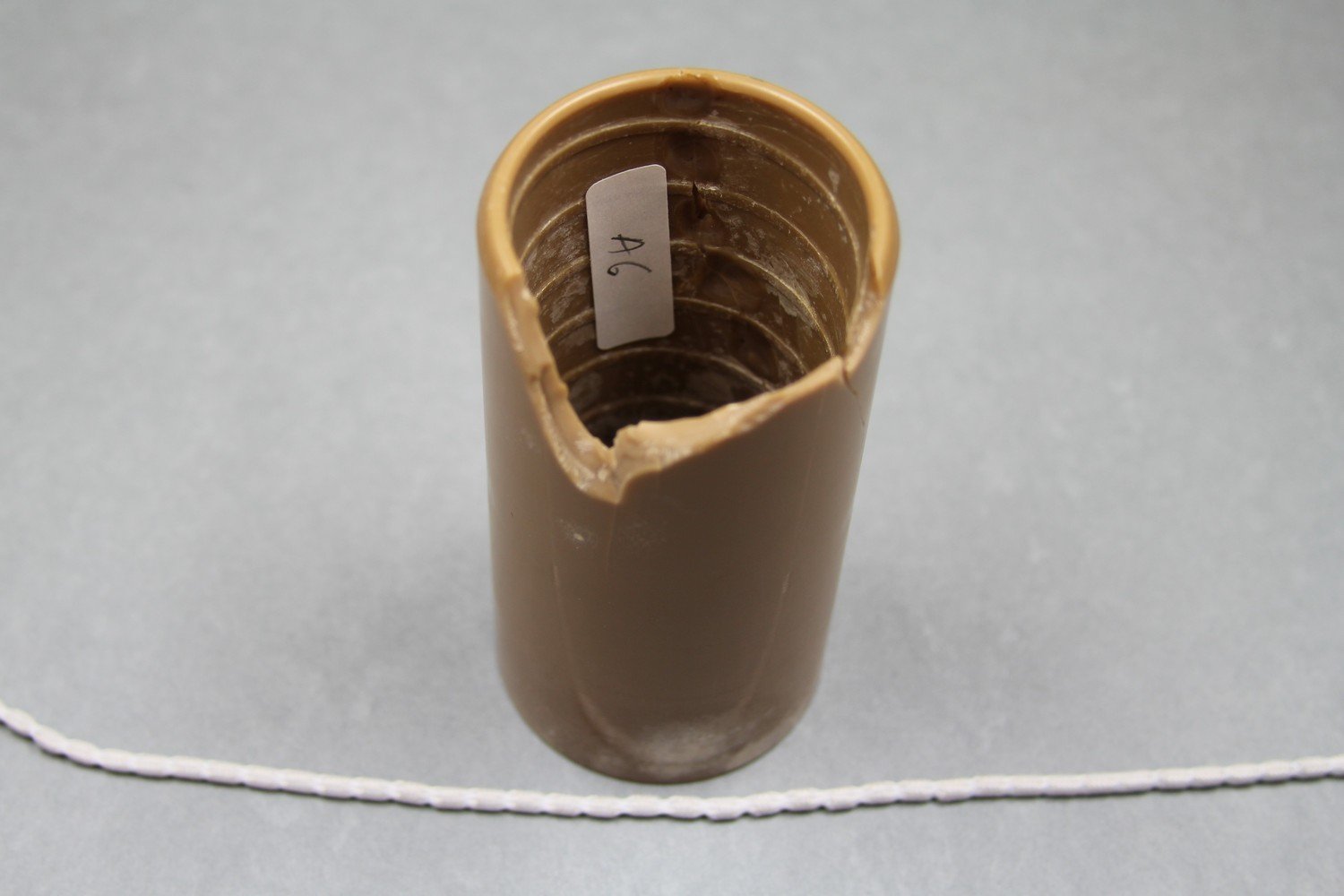 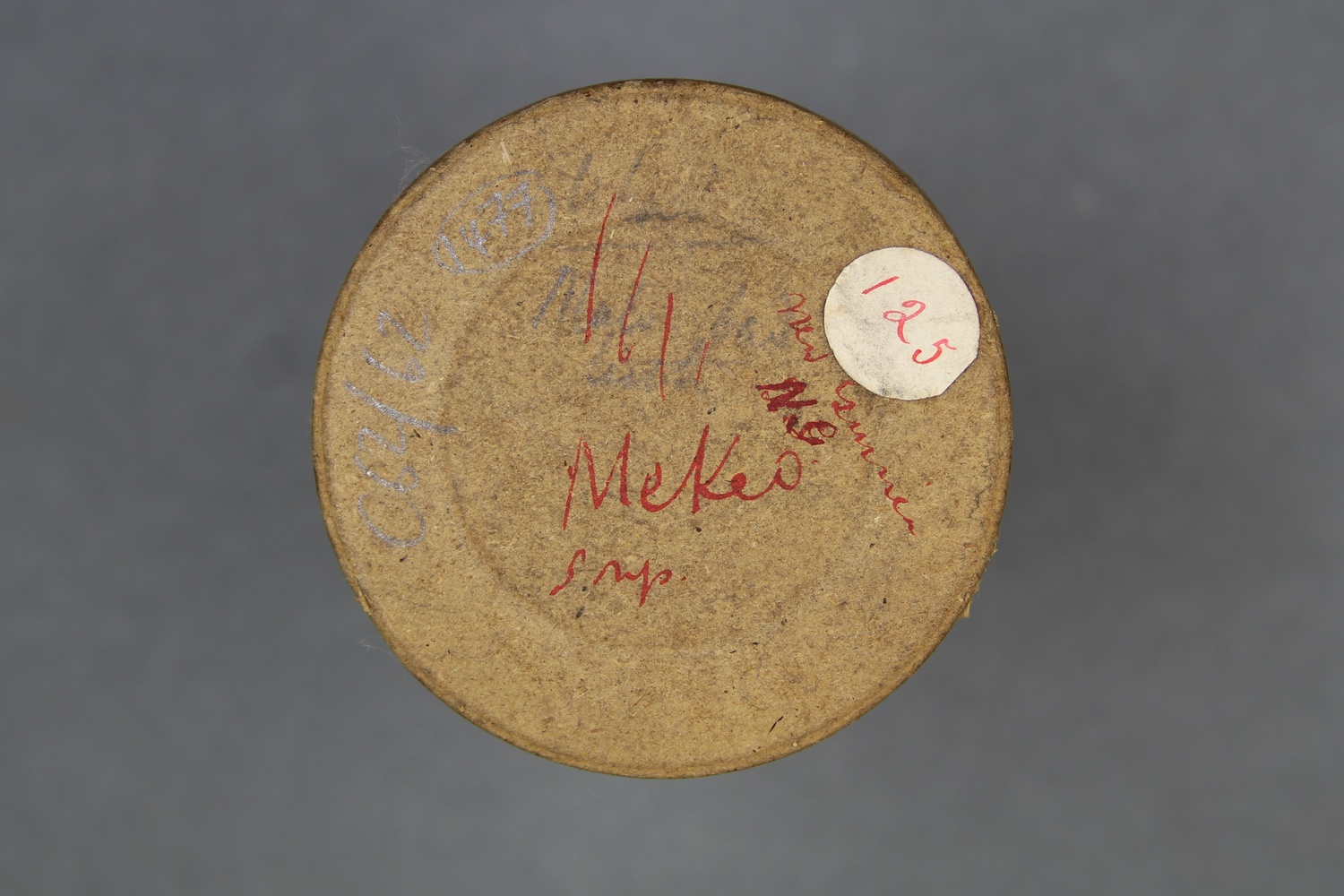    | |||||||||
| C80/1106 | [No title] | Ari (singer, male, Mamoose of Mer / Murray Island) | Mer / Murray Island, Torres Strait Islands | 10 May 1898 – 24 August 1898 | Broken cylinder - unable to be digitised. This cylinder probably corresponds to Charles S. Myers' Keber Song X. 'dimer' also mentioned for C80/1026 and C80/1032. Not included in Alice Moyle's 1985 audition sheet. It was probably broken before this time. | The recording date range assumes that Myers is indeed the recordist and corresponds to the dates of Myer's stay on Mer / Murray Island. | Field recordings | Myers, C. S. | 1898 Cambridge Anthropological Expedition to Torres Straits | Brown wax cylinder. Cardboard cylinder case. | Alfred Cort Haddon 1898 Expedition (Torres Strait and British New Guinea) Cylinder Collection | British Library | 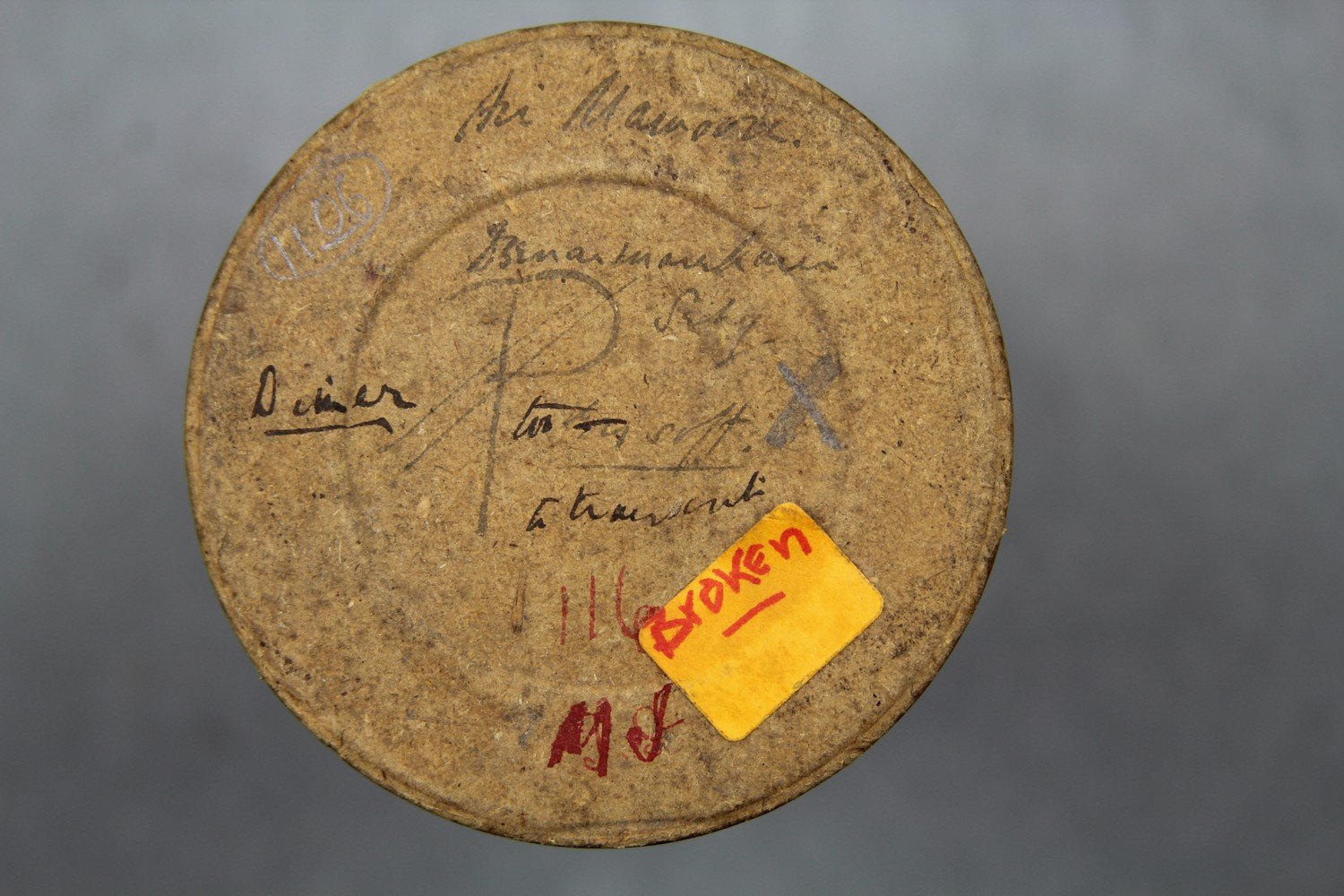 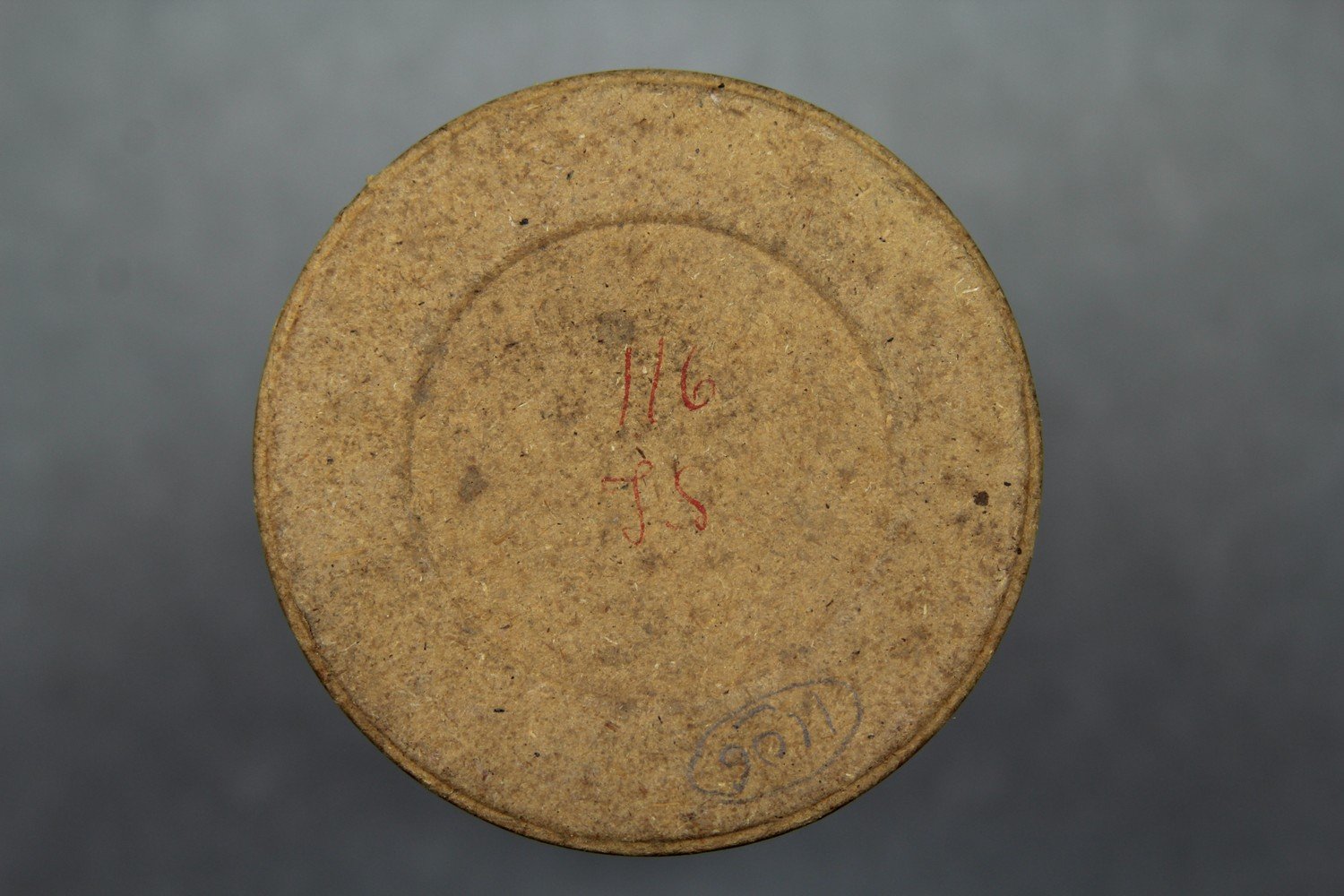     | |||||||||
| C80/1494 | [No title] | Ulai (singer, male) | Mer / Murray Island, Torres Strait Islands | 10 May 1898 – 24 August 1898 | Broken cylinder - unable to be digitised. | The recording date range assumes that Myers is indeed the recordist and corresponds to the dates of Myer's stay on Mer / Murray Island. | Field recordings | Myers, C. S. | 1898 Cambridge Anthropological Expedition to Torres Straits | Brown wax cylinder | Alfred Cort Haddon 1898 Expedition (Torres Strait and British New Guinea) Cylinder Collection | British Library | 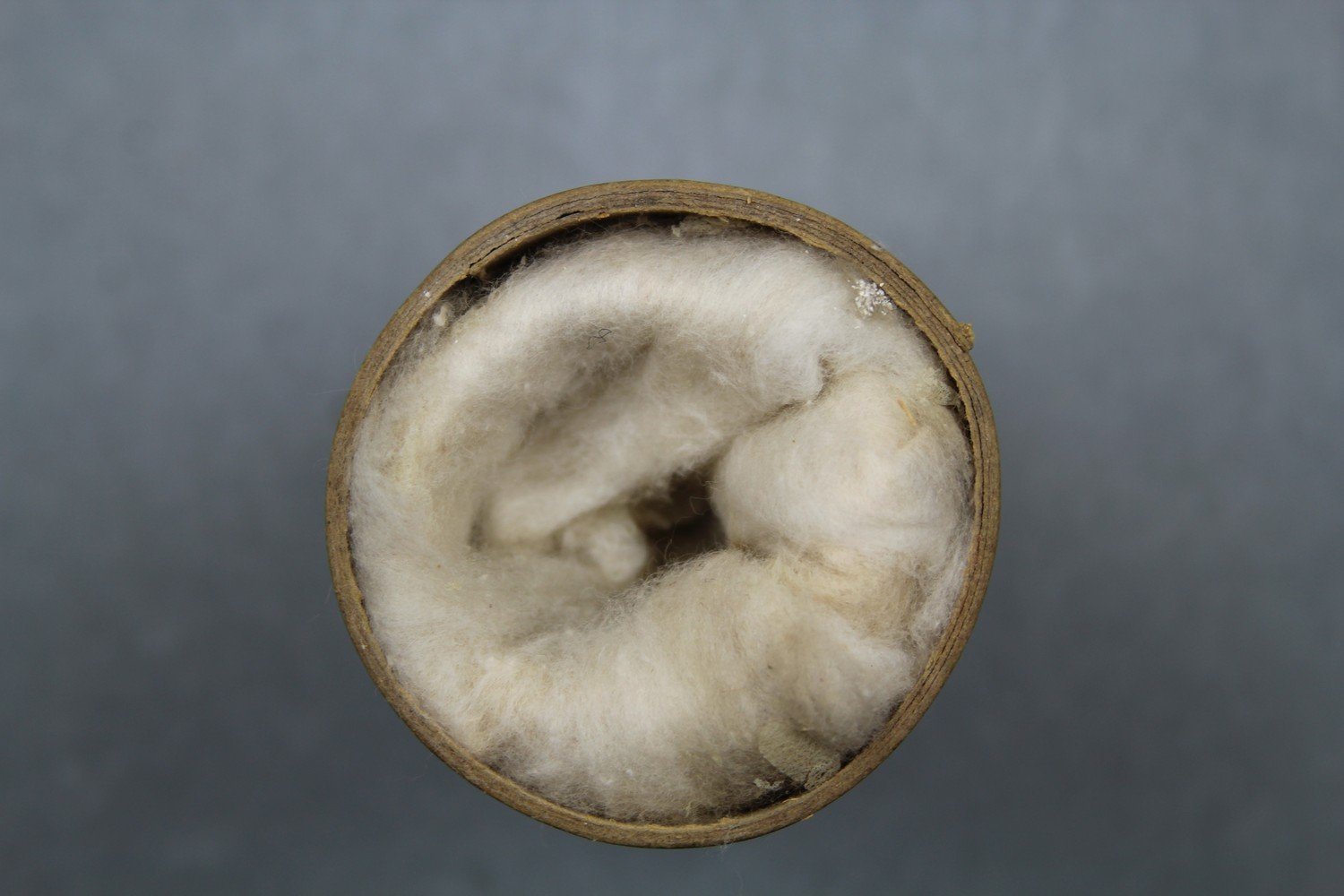 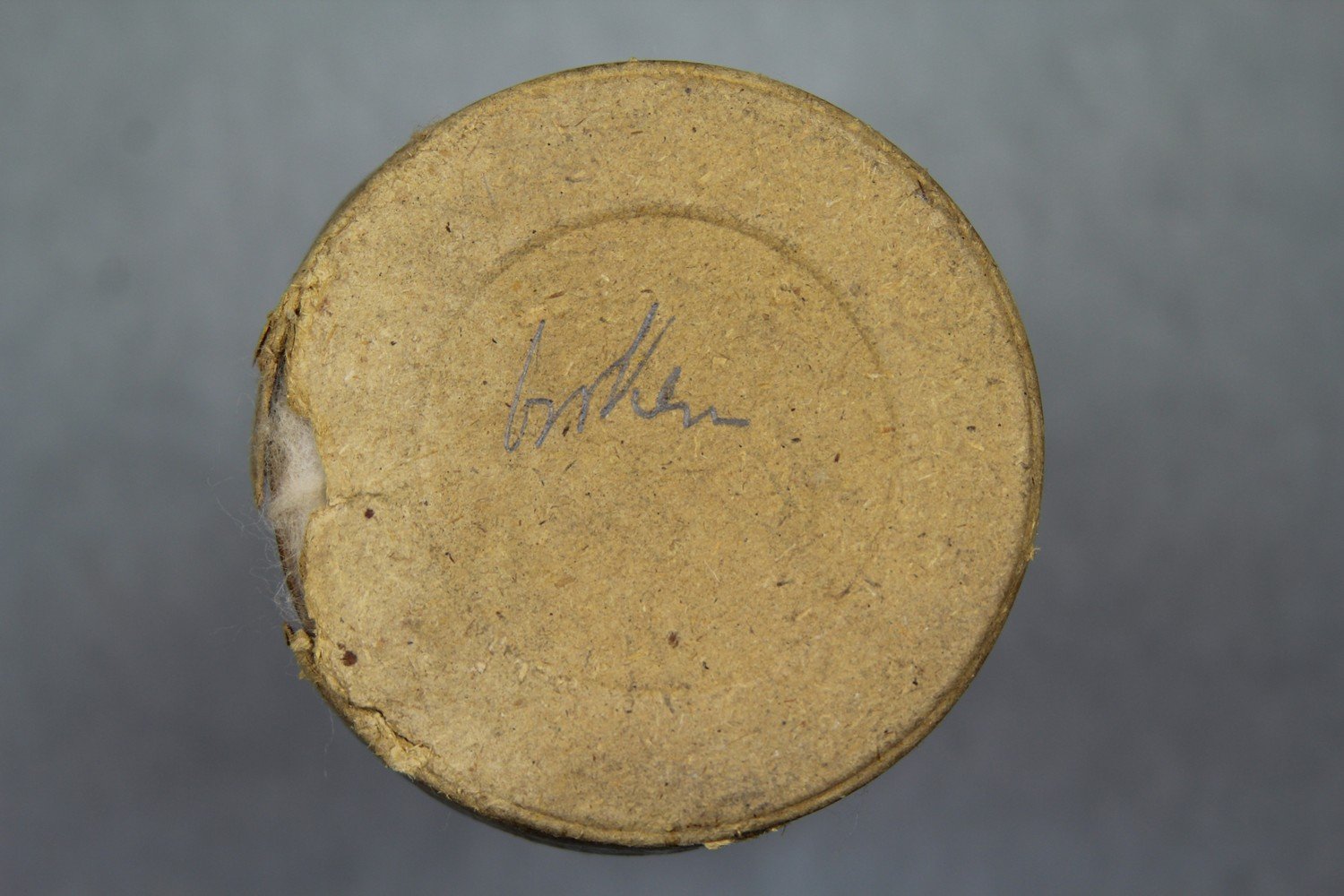     |
Notations and the words for many of the keber songs are given in Myers & Haddon (1908:152-153) and Myers (1912:268).
In the current cylinder metadata, songs V – XI, a variant of XIII and XIII A are identified. The recording for song XII is either yet to be identified or missing from the collection.
Keber songs are associated with the Waiet cult and were “performed during periods of mourning” (Lawrence 2004) and as part of “funeral preparations” (Philp 1999:69). Ray translated keber as “a death dance” (1907:147, 165). The Waiet cult – centred on the islands of Waier and Dauar – was “concerned with fertility, eroticism and death” and was introduced from “Papua via Mabuiag” (Lawrence 2004:49).
The keber ceremonies were more recent than the Malu-Bomai ceremonies and were not considered as sacred as either the Malu-Bomai or Waiet ceremonies (Myers & Haddon 1908:128).
Song V is included on cylinders C80/1024 and C80/1029.
Songs VI (C80/1031), VII (C80/1011), X (C80/1106, broken) and XI (C80/1026) were connected with the zera markai.4Also referred to as zeramarkai or zera merkai (Haddon 1935:119; Philp 1999) The zera markai keber originated on Dauar / Dowar Island but was subsequently only practised in Sebeg and Er on Mer when a person had died. The participants represent ghosts (Myers & Haddon 1908:129). Alternatively, Haddon writes that the zeramerkai was “always performed at the death of a Komet or Meurem person” (Haddon 1935:119 in Philp 1999:69). Jack Bruce5Jack S. Bruce was the only European resident on Mer / Murray Island and was the island’s schoolmaster and magistrate. He was the main local consultant to Haddon (Kuklick 1998:162). Bruce was appointed in 1885 but was “more or less Protector of the island’s population from 1892-1923” (Beckett 1987:187, Philp 1999:59). sent Haddon a zera markai wed or song, which Haddon identified as the same song as Myers’ song XI (Haddon 1912:286). Myers was unable to obtain words for Song VI (1912:240). Song XI was noted as belonging to the people of Sebeg (Myers & Haddon (1908:150).
The inscription on cylinder C80/1038 indicates that the recording – performed by Wanu – is related to the zera markai of Sebeg. However, Myers wrote that Wanu performed songs VIII and IX, which are instead connected to the meket siriam (1908:240). The recording could possibly be a version of songs VI, VII, X or XI.
Songs VIII (C80/1025) and IX (C80/1022) were connected to the meket siriam cult, whose initiation ceremonies were only held at Sebeg and Areb (Rivers 1908:175).6Further information on the meket siriam can be found in Haddon (1908:273-274). Meket siriam was a “small zogo, like Malu” that boys were initiated into. Women, girls and younger boys were not allowed to be present. Siriam or ziriam may refer to the ‘name of turtle zogo; au nei [generic or broader name] for a number of ceremonies held in various places, and probably connected with mourning’ (Ray 1907:160). Meket siriam belonged to Ulag, Las, Areb, Eger, Er and Werbadu on the east of Mer and to Sebeg on the west side (Haddon 1908:273). Myers was unable to obtain the words for these songs (1912:240).
Haddon noted that the meket siriam was not a keber and had nothing to do with death. However, the Tur siriam keberwas the funeral ceremony of the meket siriam le; this could be the content of cylinder C80/1025. The Tur siriam keber belonged to the people of Samsep and was performed at Tur or Areb, usually “about a fortnight” after death (Myers & Haddon 1908:129, 142). Babelu performed the Tur siriam keber, as witnessed by Myers on 24 May 1898 (Myers & Haddon 1908:133).
Song XI (cylinder C80/1026, titled Dimer) belonged to the people of Sebeg whereas Song XII was connected to the people of Areb. Women and children were able to listen to these songs (Myers & Haddon 1908:150). Ray stated that ‘dim(i)ri’ or ‘dimrida’ meant ‘to tie together, fasten together, sew’ (1907:139).
Song XIII is an older song of Dauar (Myers 1912:240). A variant of this song is found on cylinder C80/1017.
Song XIII A is a song performed at the funeral of a nogle or ‘one of the people’ and was introduced from Tudu Island / Warrior Islet (Myers 1912:240). However, it was also performed as a babanet, or prelude to a dance (Myers 1912:239, 240).
The keber of the zera markai were witnessed by Myers on 24 May 1898 during celebrations for Queen Victoria’s birthday. Participants included Poii (as pager) and Sambo, Dela, Gabi, Boa, Gadodo and Kaiga, (impersonating the zera markai) (Myers 1898:52; Myers & Haddon 1908:133).
These songs (apart from song XI) are sung in the “western language” although Mer singers had altered the words over time (Myers 1912:240). Haddon wrote that the “Western words…are almost meaningless to the Miriam, they pay no attention to them, but the tunes are important” (1935:344).
Funeral ceremonies are further discussed in Myers & Haddon (1908:126-144).


| British Library shelfmark | Recording title | Performer name | Recording location | Recording date | Content description | Performer description | Recording notes | Languages | Genre | Recordist | Recording length | Recording trip | Description of cylinder | Collection title | Cylinder location | Images of cylinder containers / documentation | Related print publication: | Related print publication: | Related print publication: | Related print publication: | Related print publication: | Related print publication: |
|---|---|---|---|---|---|---|---|---|---|---|---|---|---|---|---|---|---|---|---|---|---|---|
| C80/1011 | Ulai Dzenarmarkai | Ulai (singer, male) | Mer / Murray Island, Torres Strait Islands | 10 May 1898 – 24 August 1898 | Unaccompanied male vocal solo. This cylinder has been bandaged at both ends. This recording corresponds to Charles S. Myers' Keber Song VII. The zera merkai [or markai] is a Keber ceremony (Ray 1907). The zera markai keber originated on Dauar / Dowar Island but was subsequently only practised in Sebeg and Er on Mer / Murray Island when a person had died. The participants represent ghosts (Myers & Haddon 1908:129). Alternatively, Haddon wrote that the zeramerkai was ‘always performed at the death of a Komet or Meurem person’ (Haddon 1935:119). Inscription on cylinder insert notes: 'Ulai: Dzenarmarkai. / VII zera markai / wau kubi uti sa'. On reverse: '[…] of dzenar (?Dziri[…] / ((kubi utisa)2 baiba ita)2 / were were tepe were waru gadga / were sidar gadga were tepe were / baua gadgar were'. Two small slips of perforated paper also found in cylinder: 'IX' and 'VII'. The cylinder insert notes suggests this recording is VII. Keber song VII was published in Myers & Haddon (1908:152) and discussed in Myers (1912:245, 268). Analysis of Song VII in Myers (1912: 252). | Reasonable quality recording but with some repeating grooves due to cracked and bandaged cylinder. The recording date range assumes that Myers is indeed the recordist and corresponds to the dates of Myer's stay on Mer / Murray Island. Myers (1912:240): 'the keber songs which, with the exception of Song XI, are invariably in the western language.' | Kala Lagaw Ya | Field recordings | Myers, C. S. | 2'07" | 1898 Cambridge Anthropological Expedition to Torres Straits | Brown wax cylinder. No case. | Alfred Cort Haddon 1898 Expedition (Torres Strait and British New Guinea) Cylinder Collection | British Library | 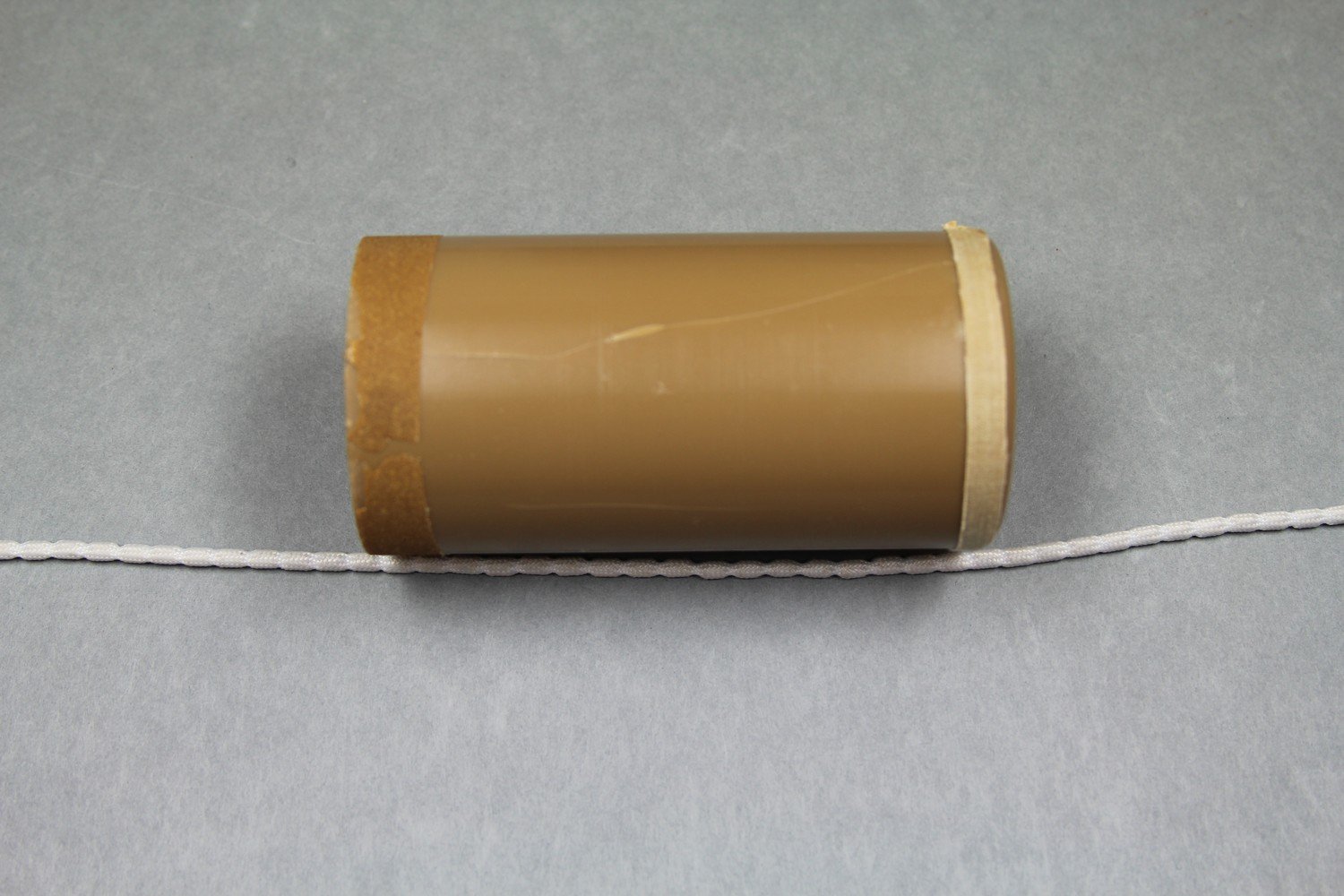 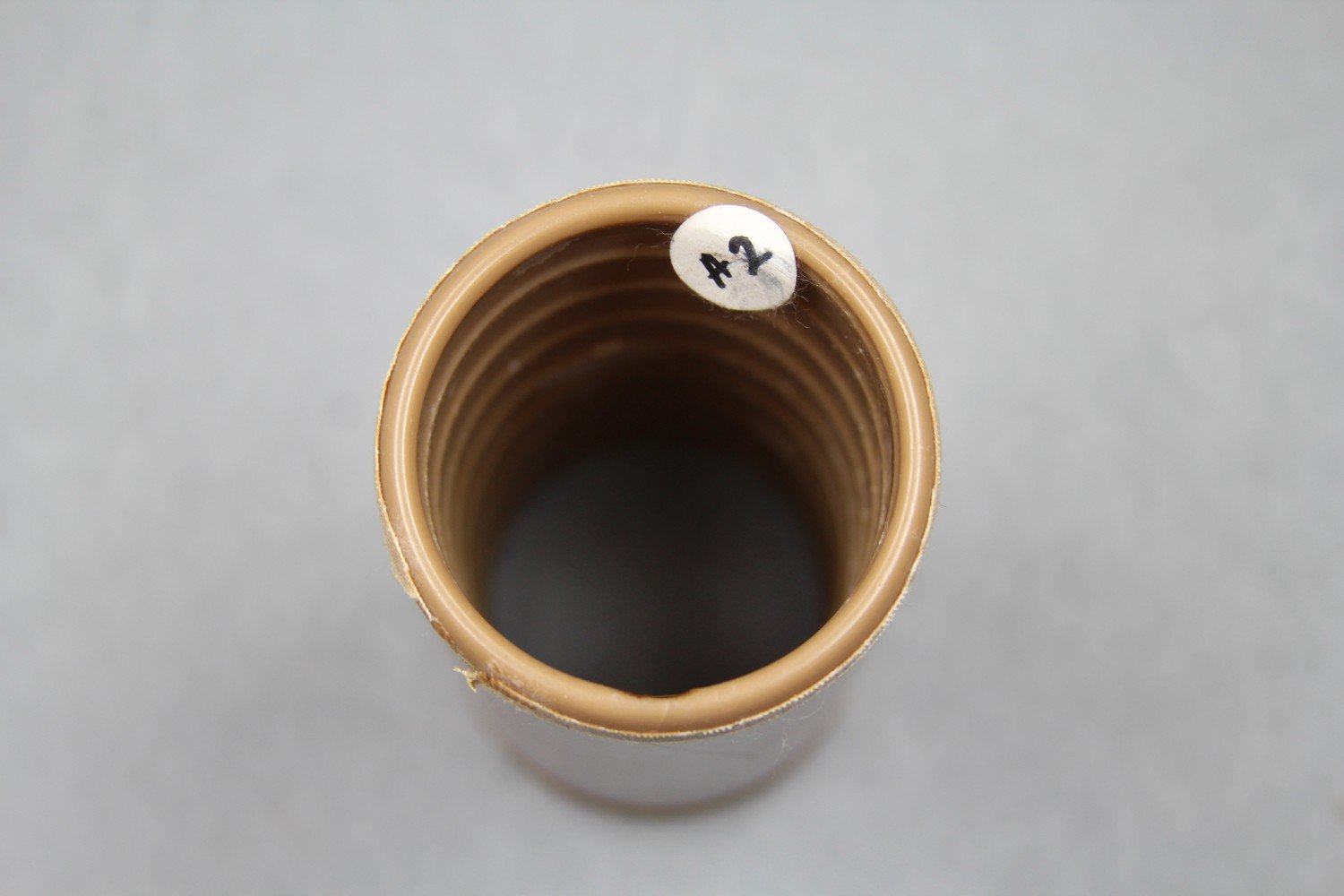 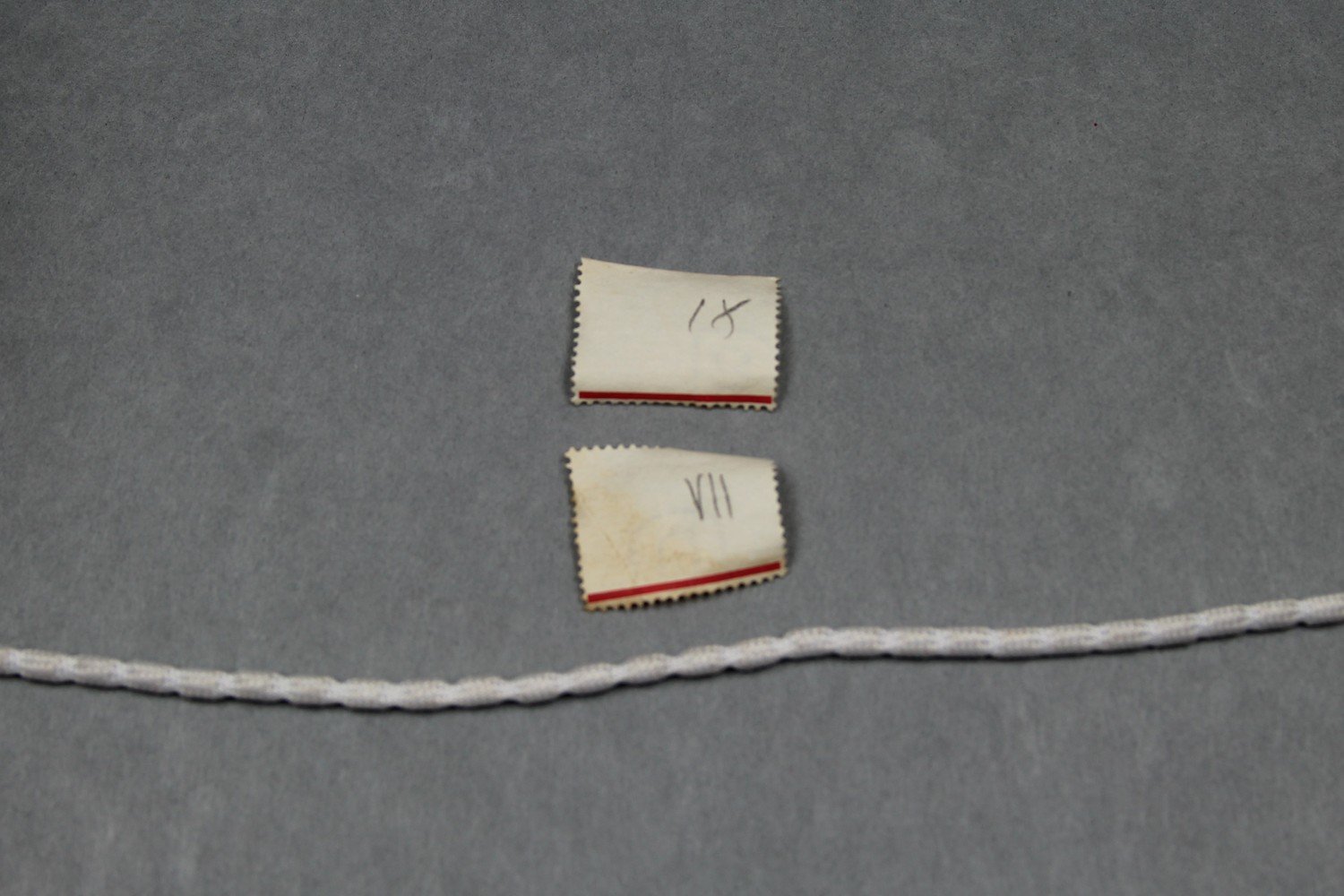 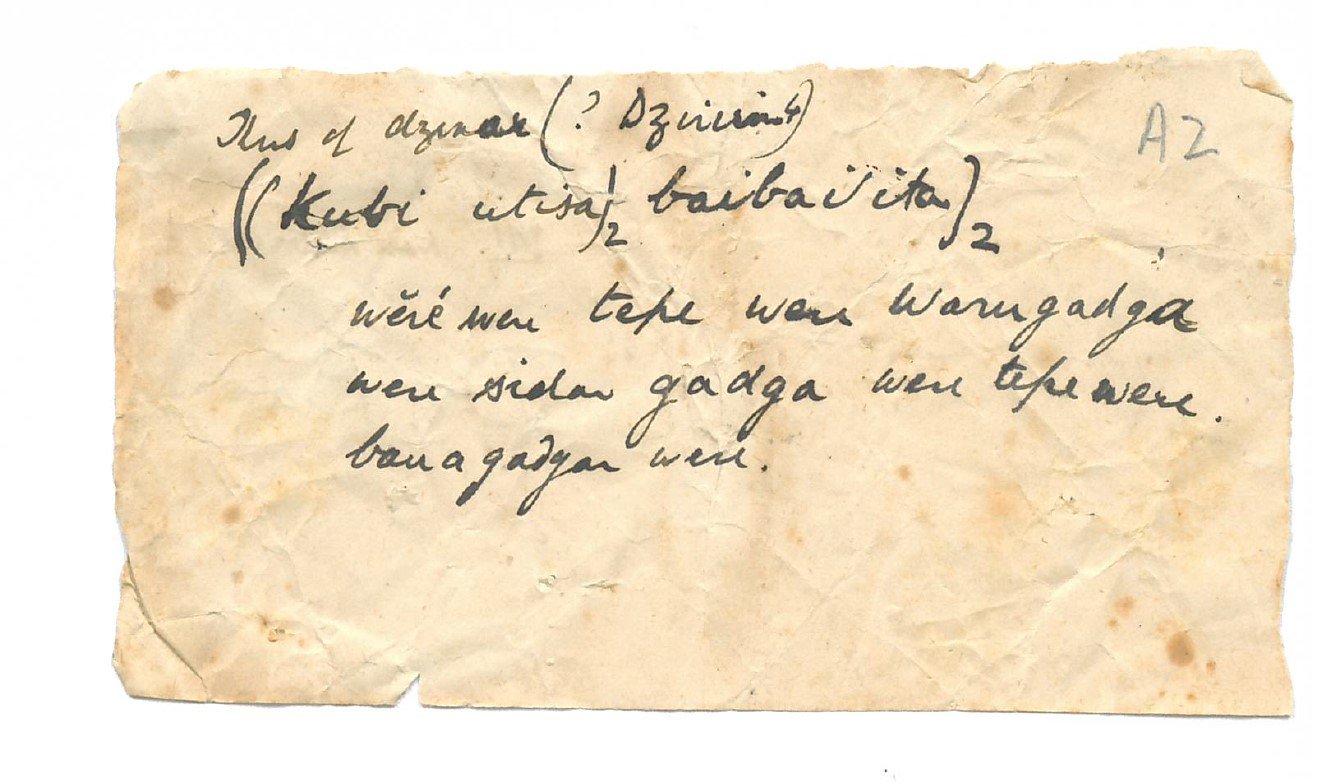   | Haddon, A.C. (ed.) 1907. Reports of the Cambridge Anthropological Expedition to Torres Strait: Volume III, The Languages of Torres Strait. Cambridge: Cambridge University Press. British Library shelfmark General Reference Collection YC.2011.b.631. | Haddon, A.C. (ed.) 1908. Reports of the Cambridge Anthropological Expedition to Torres Strait: Volume VI, Sociology, Magic and Religion of the Eastern Islanders. Cambridge: Cambridge University Press. British Library shelfmark General Reference Collection YC.2011.b.632. | Haddon, A.C. (ed.) 1912. Reports of the Cambridge Anthropological Expedition to Torres Strait: Volume IV, Arts and Crafts. Cambridge: Cambridge University Press. British Library shelfmark General Reference Collection YC.2011.b.634. | Haddon, A.C. (ed.) 1935. Reports of the Cambridge Anthropological Expedition to Torres Strait: Volume I, General Ethnography. Cambridge: Cambridge University Press. British Library shelfmark General Reference Collection YC.2011.b.630. | |||
| C80/1017 | Billy Gasu | Gasu (singer, male) ? | Mer / Murray Island, Torres Strait Islands | 10 May 1898 – 24 August 1898 | Male vocal solo. Inscription on cardboard insert note: 'Billy Gasu / Old Dauar sitting song / v. good / pua pua Er'. One small slip of perforated paper: 'pua pua 96' [number in red ink]. This recording corresponds to Charles S. Myers' Keber song XIII (variant). Song XIII ‘is an old song from the island of Dauar, sung by Gasu’ (Myers 1912:240). Words, translation, notation and analysis published by Myers (1912:246, 253, 268). Gasu and Billy Gasu are two different people; Billy Gasu was originally from Dauar / Dowar Island and not Mer / Murray Island (Haddon 1908:209). | Reasonable quality recording but with noisy surface due to mould on cylinder. The recording date range assumes that Myers is indeed the recordist and corresponds to the dates of Myer's stay on Mer / Murray Island. Myers (1912:240): 'the keber songs which, with the exception of Song XI, are invariably in the western language.' Billy Gasu was on Mer / Murray Island at the time of the Cambridge Expedition (Rivers 1901:9). | Kala Lagaw Ya | Field recordings | Myers, C. S. | 2'06" | 1898 Cambridge Anthropological Expedition to Torres Straits | Brown wax cylinder. No case. | Alfred Cort Haddon 1898 Expedition (Torres Strait and British New Guinea) Cylinder Collection | British Library | 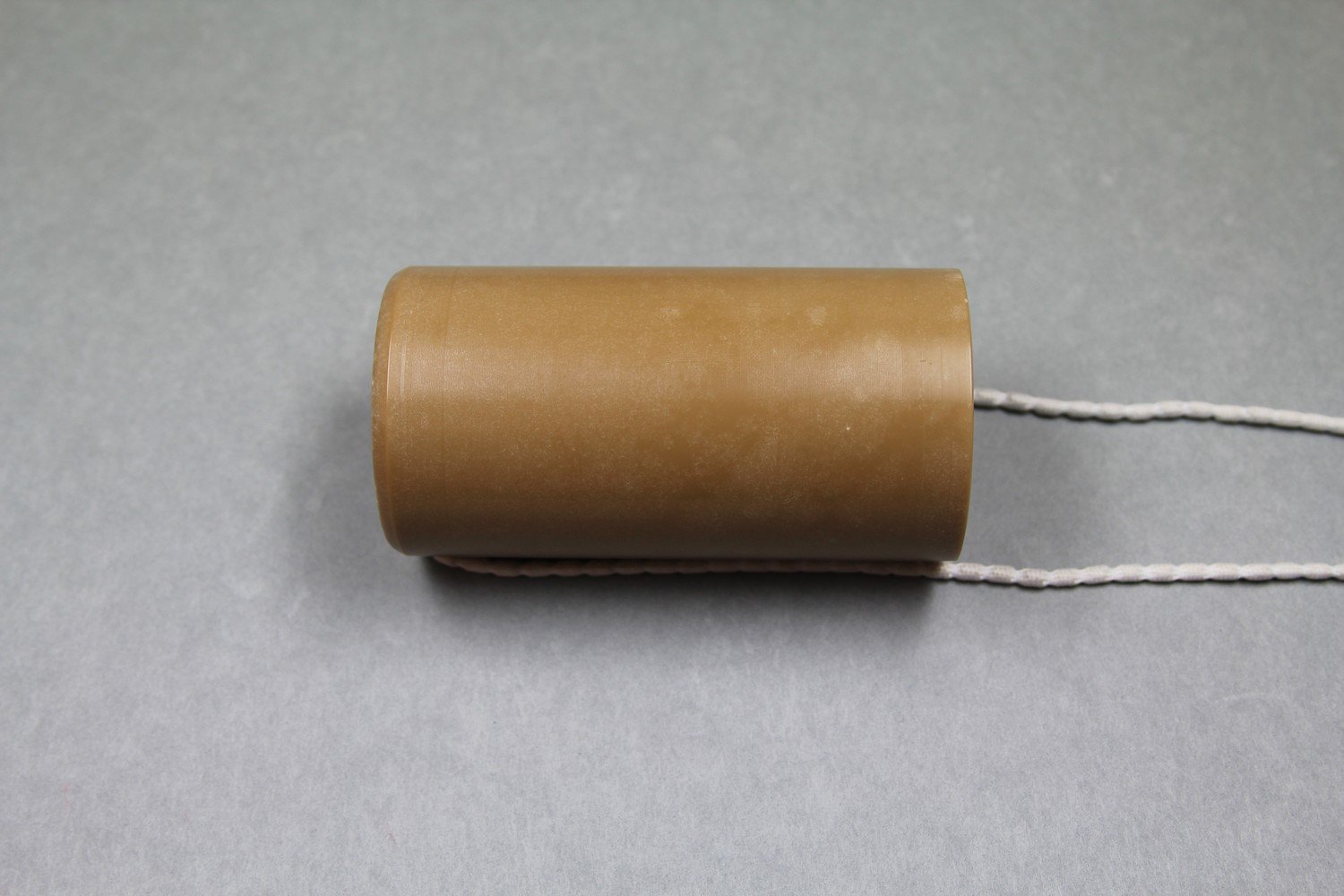 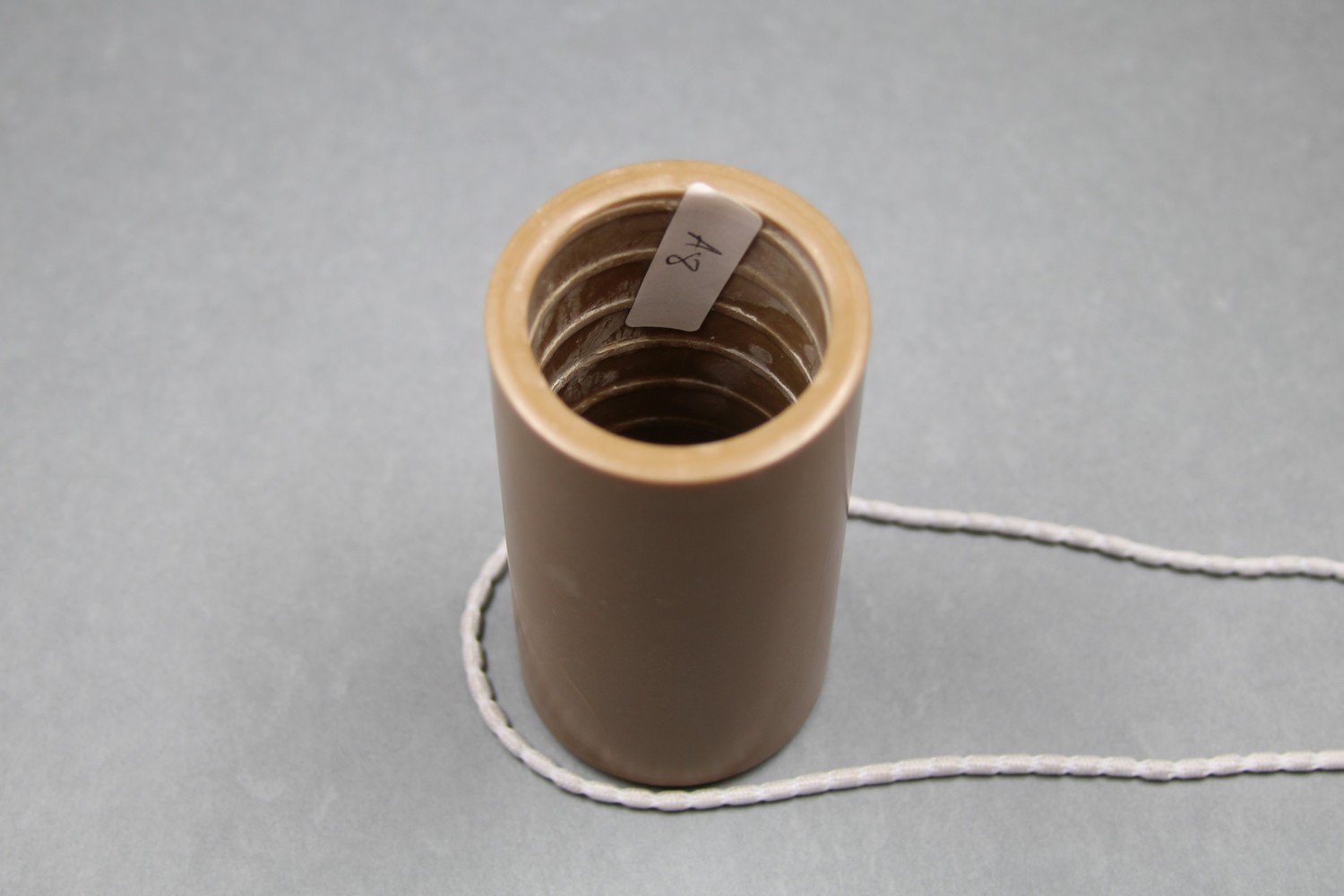 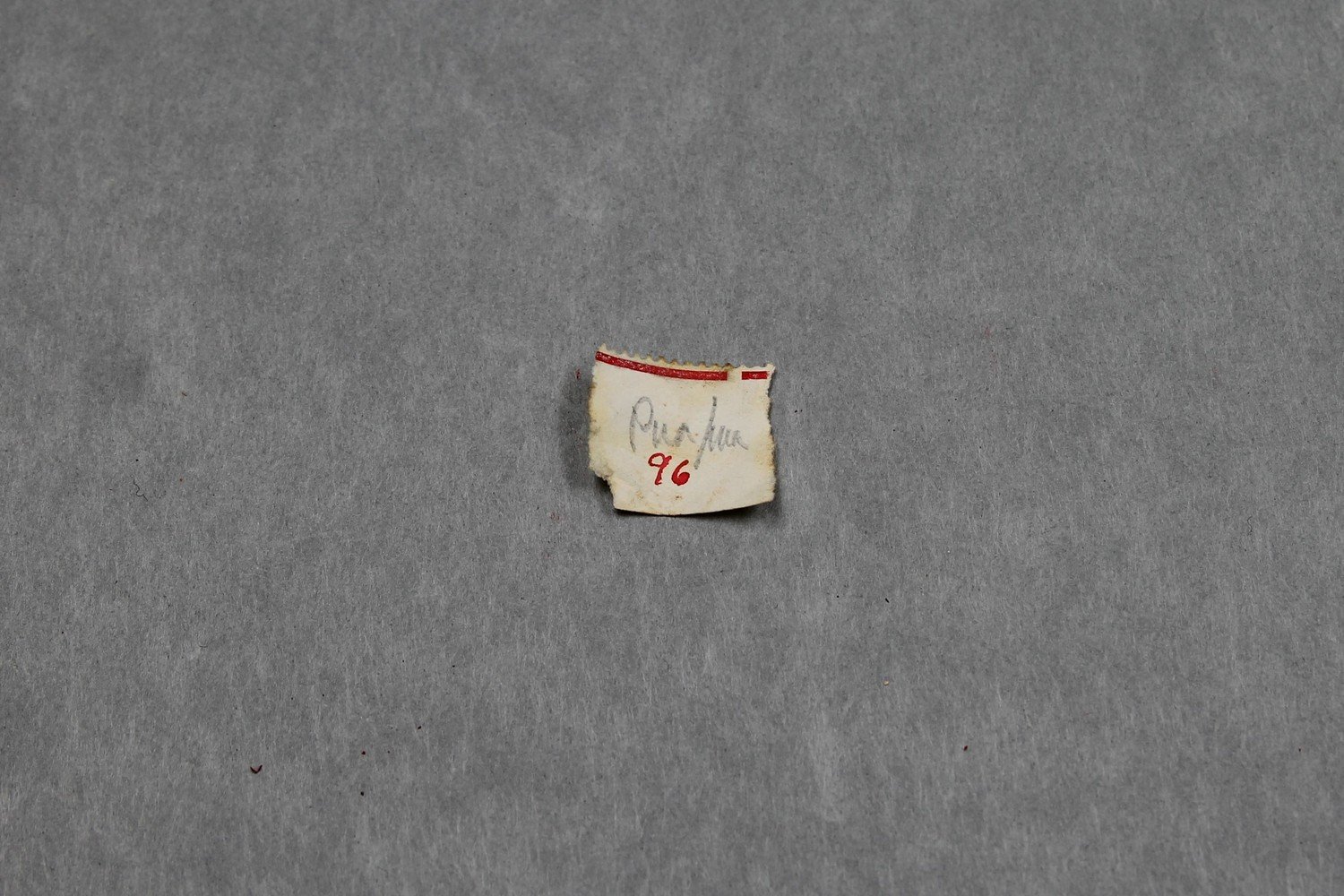 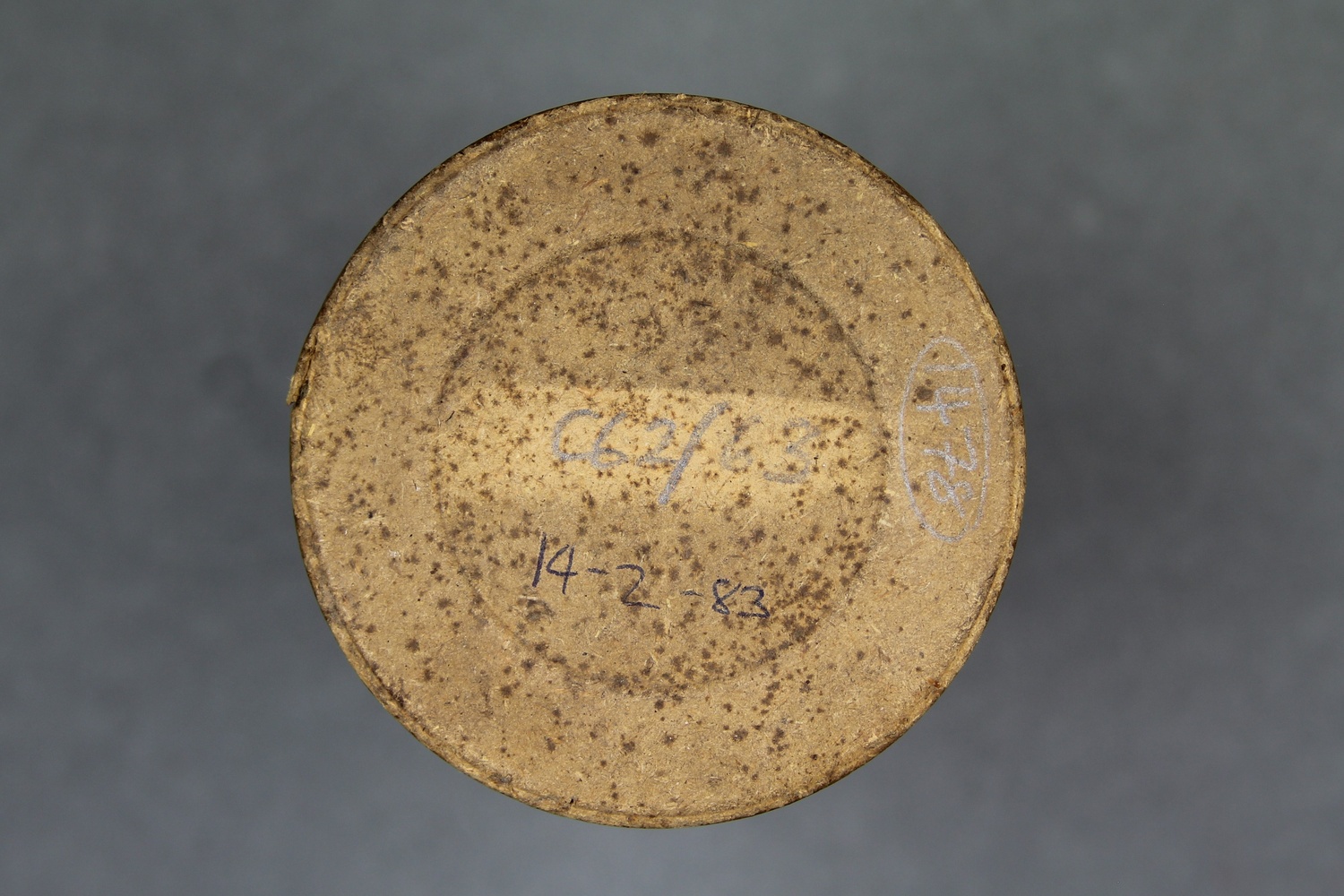   | Haddon, A.C. (ed.) 1912. Reports of the Cambridge Anthropological Expedition to Torres Strait: Volume IV, Arts and Crafts. Cambridge: Cambridge University Press. British Library shelfmark General Reference Collection YC.2011.b.634. | ||||||
| C80/1022 | Meket Siriam | Wanu (singer, male) | Mer / Murray Island, Torres Strait Islands | 10 May 1898 – 24 August 1898 | 1-2. Unaccompanied male vocal solo. Inscription on insert notes: 'meketsiriam. / Uanu / (?confusion with Ca / Dz Da / IX'. This recording corresponds to Charles S. Myers' Keber Song IX. Myers was unable to obtain the words for this song (1912:240). The Meket Siriam [or Ziriam] was an initiation ceremony and “a small zogo like Malu” (Ray 1907:152). 'siriam' or 'ziriam' may refer to the ‘name of turtle zogo; au nei [generic or broader name] for a number of ceremonies held in various places, and probably connected with mourning’ (Ray 1907:160). Musical notation and analysis in Myers (1912:245, 252). Mentioned in Myers & Haddon (1908:150, 152). | Reasonable quality recording but with surface noise - stylus lifted and redropped between tracks. The recording date range assumes that Myers is indeed the recordist and corresponds to the dates of Myer's stay on Mer / Murray Island. Myers (1912:240): 'the keber songs which, with the exception of Song XI, are invariably in the western language.' | Kala Lagaw Ya | Field recordings | Myers, C. S. | 1'51" | 1898 Cambridge Anthropological Expedition to Torres Straits | Brown wax cylinder. No case. | Alfred Cort Haddon 1898 Expedition (Torres Strait and British New Guinea) Cylinder Collection | British Library | 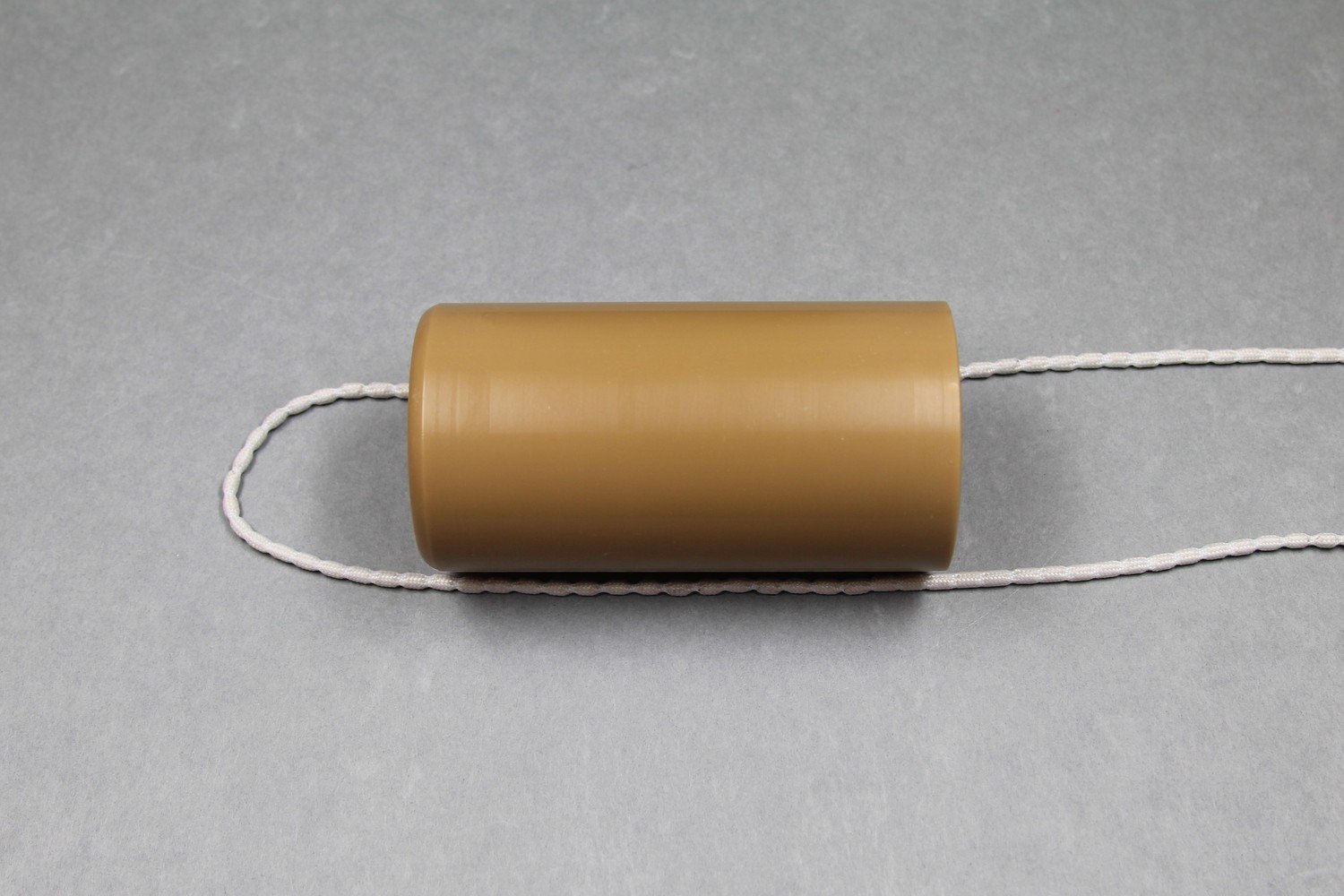  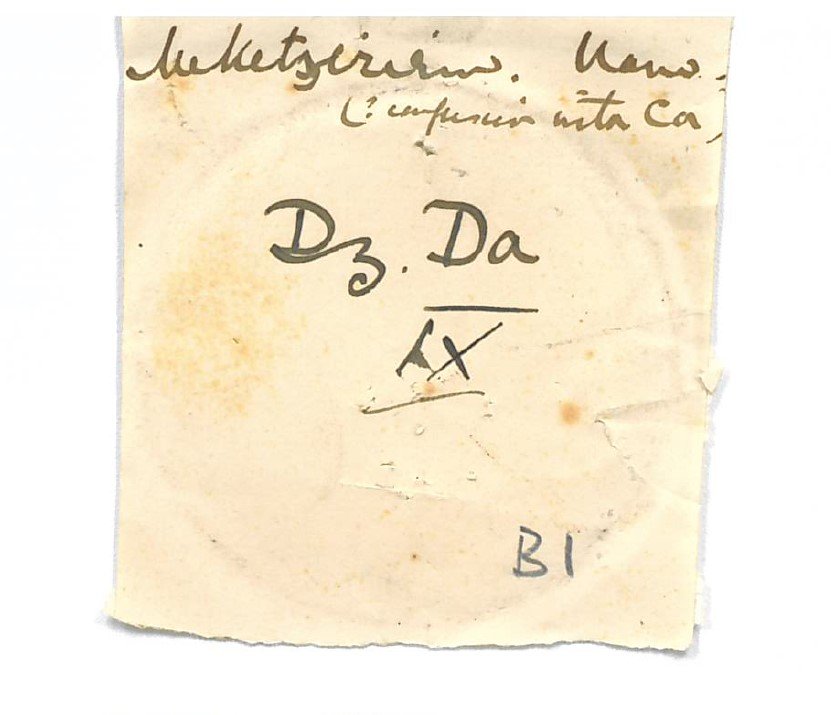    | Haddon, A.C. (ed.) 1907. Reports of the Cambridge Anthropological Expedition to Torres Strait: Volume III, The Languages of Torres Strait. Cambridge: Cambridge University Press. British Library shelfmark General Reference Collection YC.2011.b.631. | Haddon, A.C. (ed.) 1908. Reports of the Cambridge Anthropological Expedition to Torres Strait: Volume VI, Sociology, Magic and Religion of the Eastern Islanders. Cambridge: Cambridge University Press. British Library shelfmark General Reference Collection YC.2011.b.632. | Haddon, A.C. (ed.) 1912. Reports of the Cambridge Anthropological Expedition to Torres Strait: Volume IV, Arts and Crafts. Cambridge: Cambridge University Press. British Library shelfmark General Reference Collection YC.2011.b.634. | ||||
| C80/1023 | Secular Song | Ulai (singer, male) ?; Matud / Matuot (composer) | Mer / Murray Island, Torres Strait Islands | 10 May 1898 – 24 August 1898 | 1. Unaccompanied male vocal solo. Inscription on insert notes: 'XV / Mauot’s / kolap nabulva / song'. On reverse: ‘Boa – Introd. Recog at Yam / Kolap song by Matuot’. One small slip of perforated paper: 'V 82' [number in red ink]. Likely displaced from C80/1024. Kolap = ‘the seed or bean of sirip…; a stone teetotum or top’ (Ray 1907:149). ‘Recog at Yam’ suggests this recording may have been played elsewhere. This recording corresponds to Charles S. Myers' Secular Song XV. Song XV was 'given' to Myers as composed by Murray Islander Matud, then deceased. Later information showed that the song had been introduced by Matud from Erub / Darnley Island; Matud first sang this song at a Miriam marriage feast. In turn, it had been previously brought to Erub / Darnley Island from Masig / Yorke Island (Myers 1912:241). Kolap spinning had "recently been the fashionable excuse for an island gathering" (Myers 1898:87). Myers (1898:68): Men "will arrange themselves in a ring, + will squat there for hours on the sand, spinning their tops on plates" and may "sing some old song in the course of the spin". Analysis, words and translation in Myers (1912:254, 268). The kolap songs were recorded by Myers on Mer / Murray Island (Ray 1907:50; Haddon 1912:285-286). | Reasonable quality recording but with weak signal and surface noise. The recording date range assumes that Myers is indeed the recordist and corresponds to the dates of Myer's stay on Mer / Murray Island. This song is in the ‘Western language’ i.e. Kala Lagaw Ya (Haddon 1912:288). From Alice Moyle's 1985 audition sheets: [cf. Myers "Secular Song IV" A.M.]'. Moyle interpreted the insert note as mentioning 'ulai'. However, the singer is not clear. | Kala Lagaw Ya | Field recordings | Myers, C. S. | 1'48" | 1898 Cambridge Anthropological Expedition to Torres Straits | Brown wax cylinder. No case. | Alfred Cort Haddon 1898 Expedition (Torres Strait and British New Guinea) Cylinder Collection | British Library | 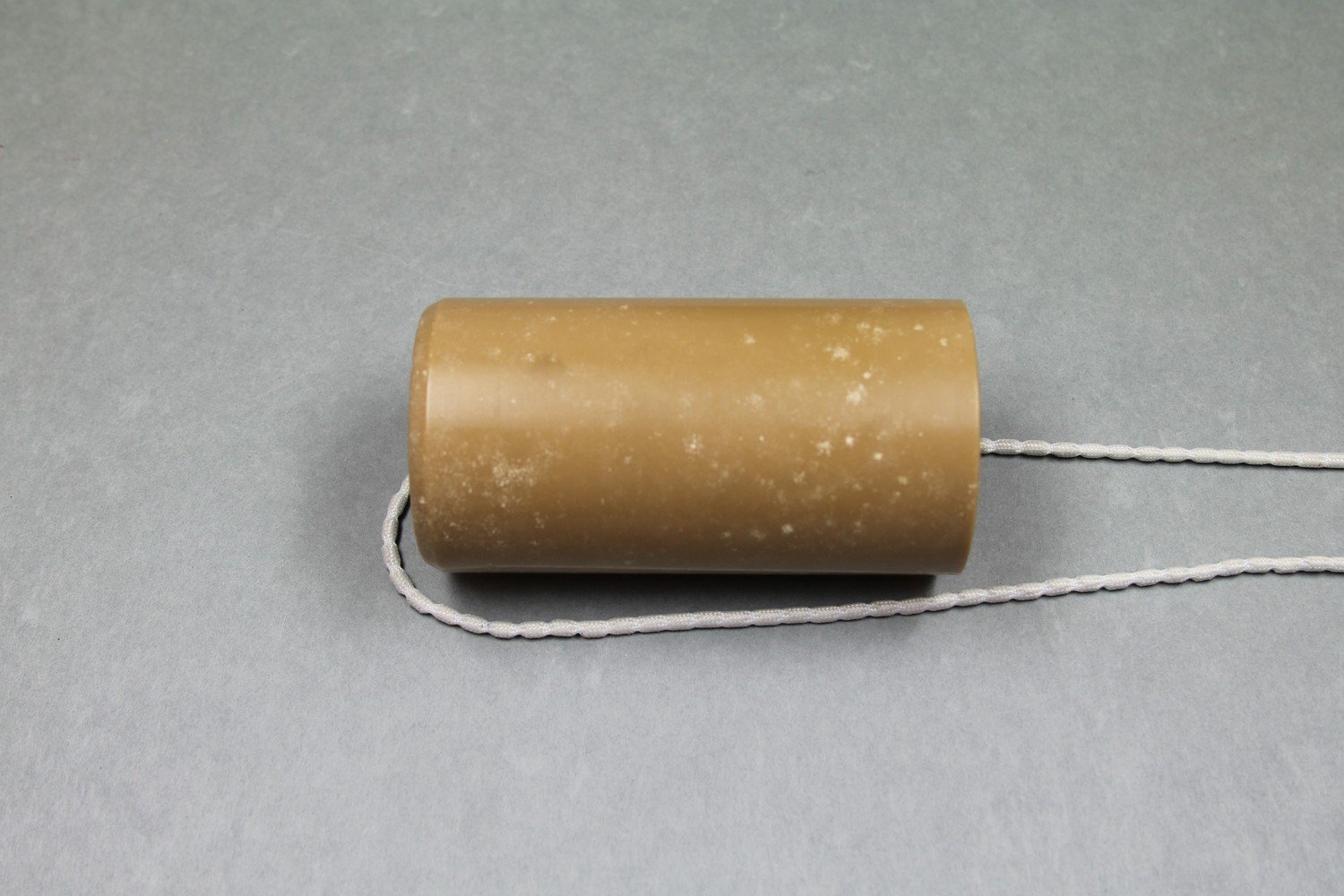 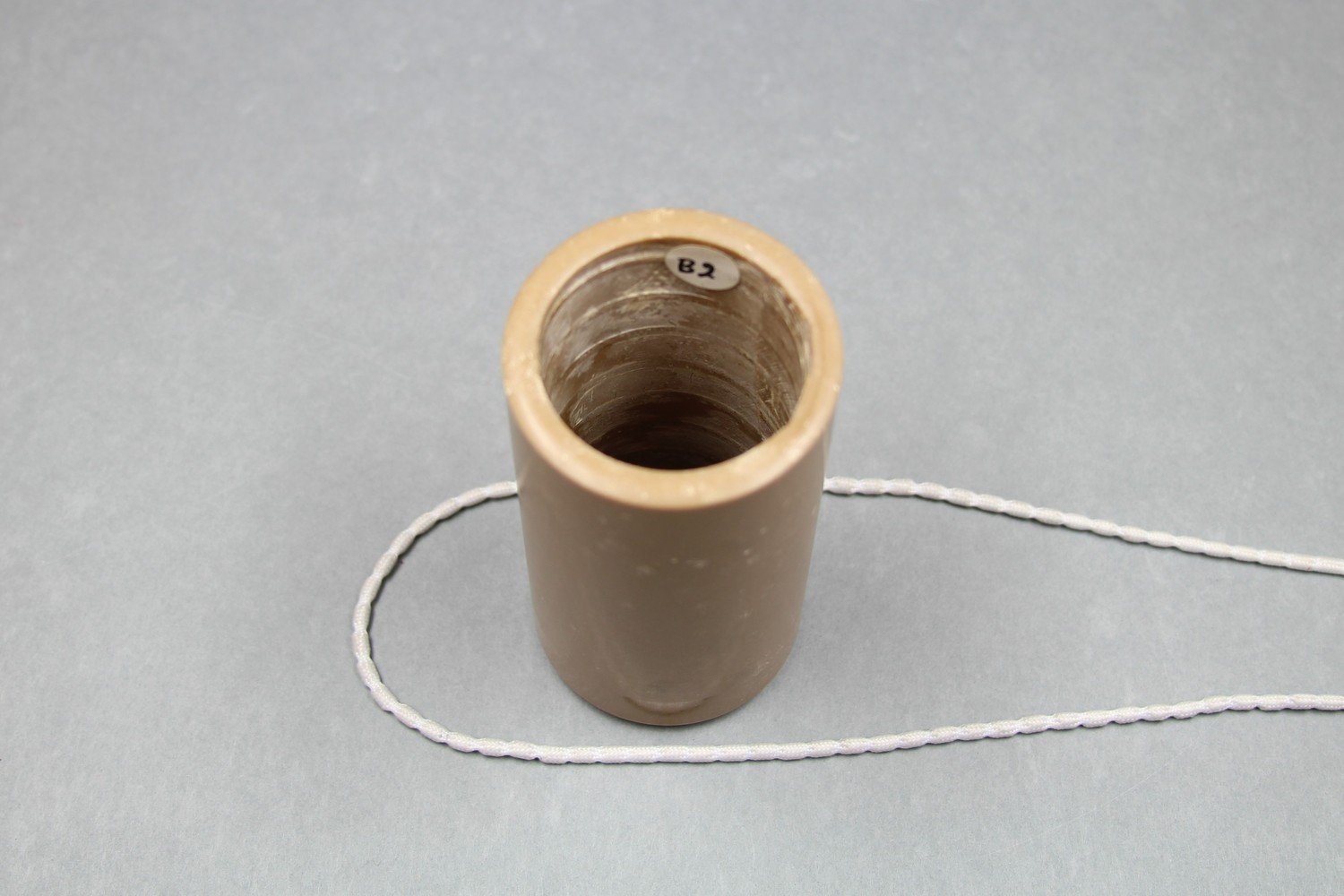 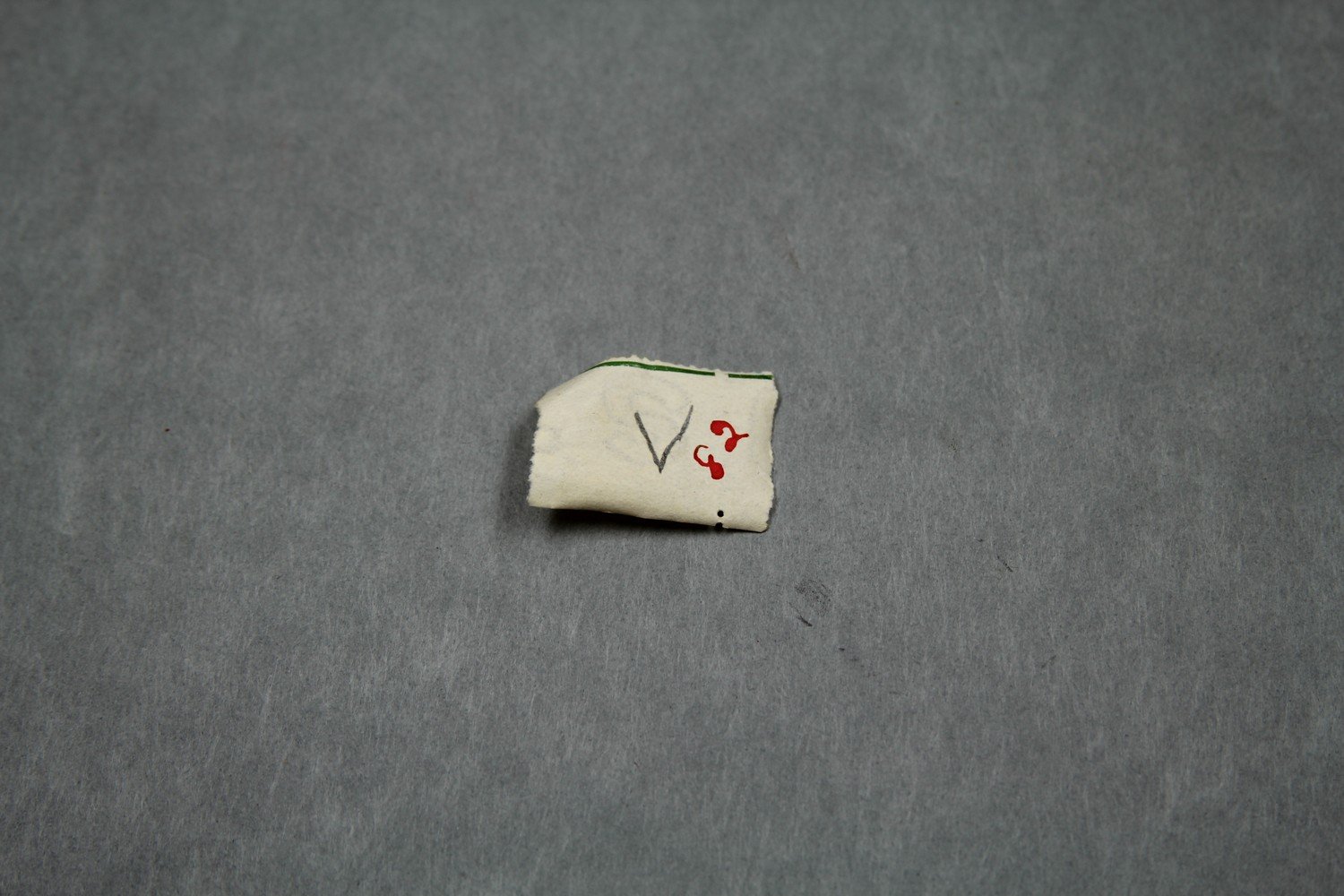 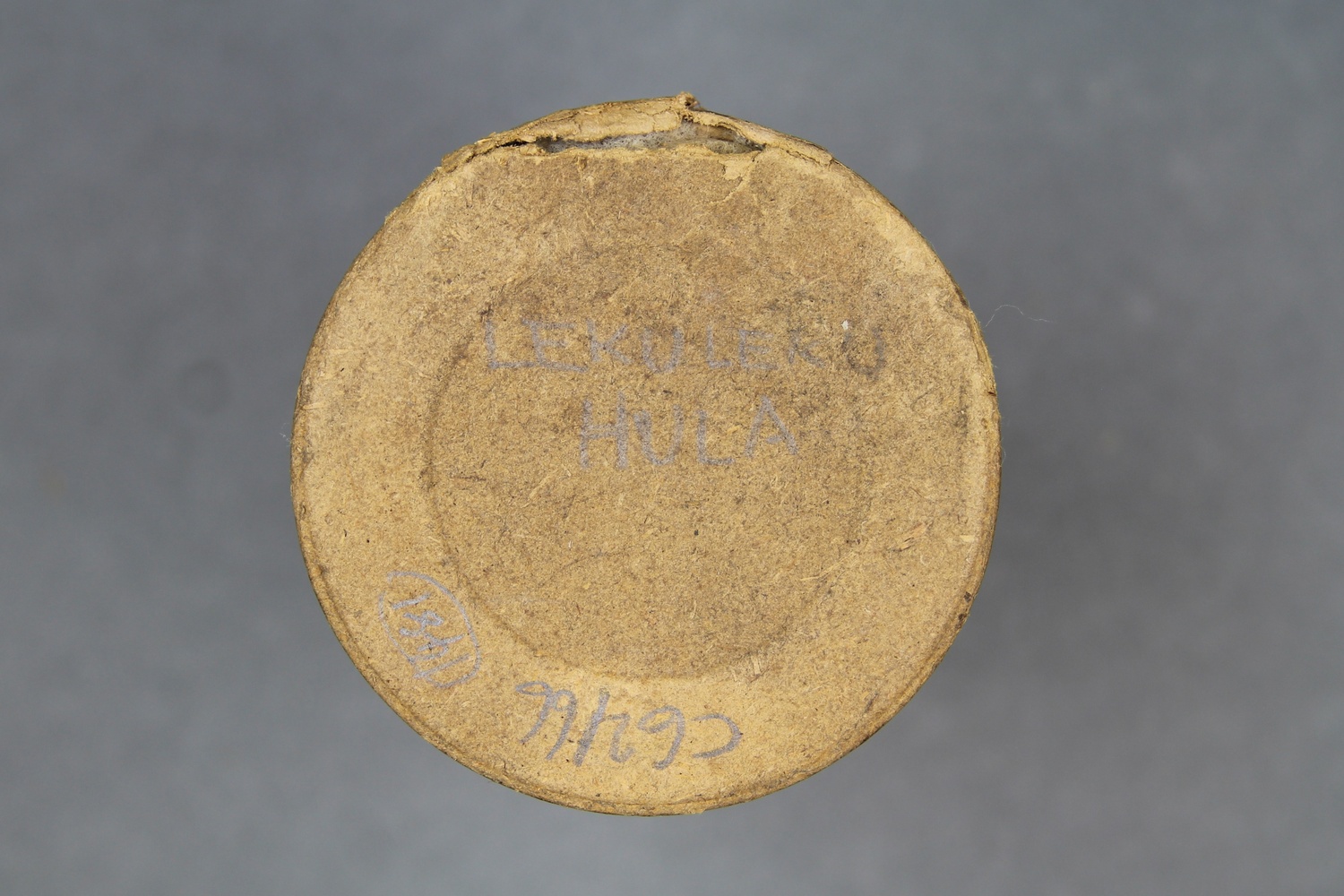   | Haddon, A.C. (ed.) 1907. Reports of the Cambridge Anthropological Expedition to Torres Strait: Volume III, The Languages of Torres Strait. Cambridge: Cambridge University Press. British Library shelfmark General Reference Collection YC.2011.b.631. | Haddon, A.C. (ed.) 1912. Reports of the Cambridge Anthropological Expedition to Torres Strait: Volume IV, Arts and Crafts. Cambridge: Cambridge University Press. British Library shelfmark General Reference Collection YC.2011.b.634. | Myers, C. S. 1898-1899. Journal on Torres Straits anthropological expedition. [manuscript] Haddon Papers. ADD 8073. Cambridge: Cambridge University Library. | Alice Moyle (AIAS, now AIATSIS) completed audition sheets for the Torres Strait cylinder collection in 1985. Copies of these are held at the British Library. | |||
| C80/1024 | Keber death song | Ulai (singer, male) | Mer / Murray Island, Torres Strait Islands | 10 May 1898 – 24 August 1898 | 1-2. Unaccompanied male vocal solo. Inscription on insert notes: 'Ulai. Keber death song / Keb Aa / V / uwa kodiata lagata[?]'. One small slip of perforated paper: 'XV 83' [number in red ink]. Likely displaced from C80/1023. This recording corresponds to Charles S. Myers' Keber Song V. Published with amended lyrics in Myers & Haddon (1908: 152). Words, translation and analysis published in Myers (1912:251, 268). | Reasonable quality recording but with surface noise - stylus lifted and redropped between tracks. The recording date range assumes that Myers is indeed the recordist and corresponds to the dates of Myer's stay on Mer / Murray Island. Myers (1912:240): 'the keber songs which, with the exception of Song XI, are invariably in the western language.' | Kala Lagaw Ya | Field recordings | Myers, C. S. | 1'24" | 1898 Cambridge Anthropological Expedition to Torres Straits | Brown wax cylinder. No case. | Alfred Cort Haddon 1898 Expedition (Torres Strait and British New Guinea) Cylinder Collection | British Library | 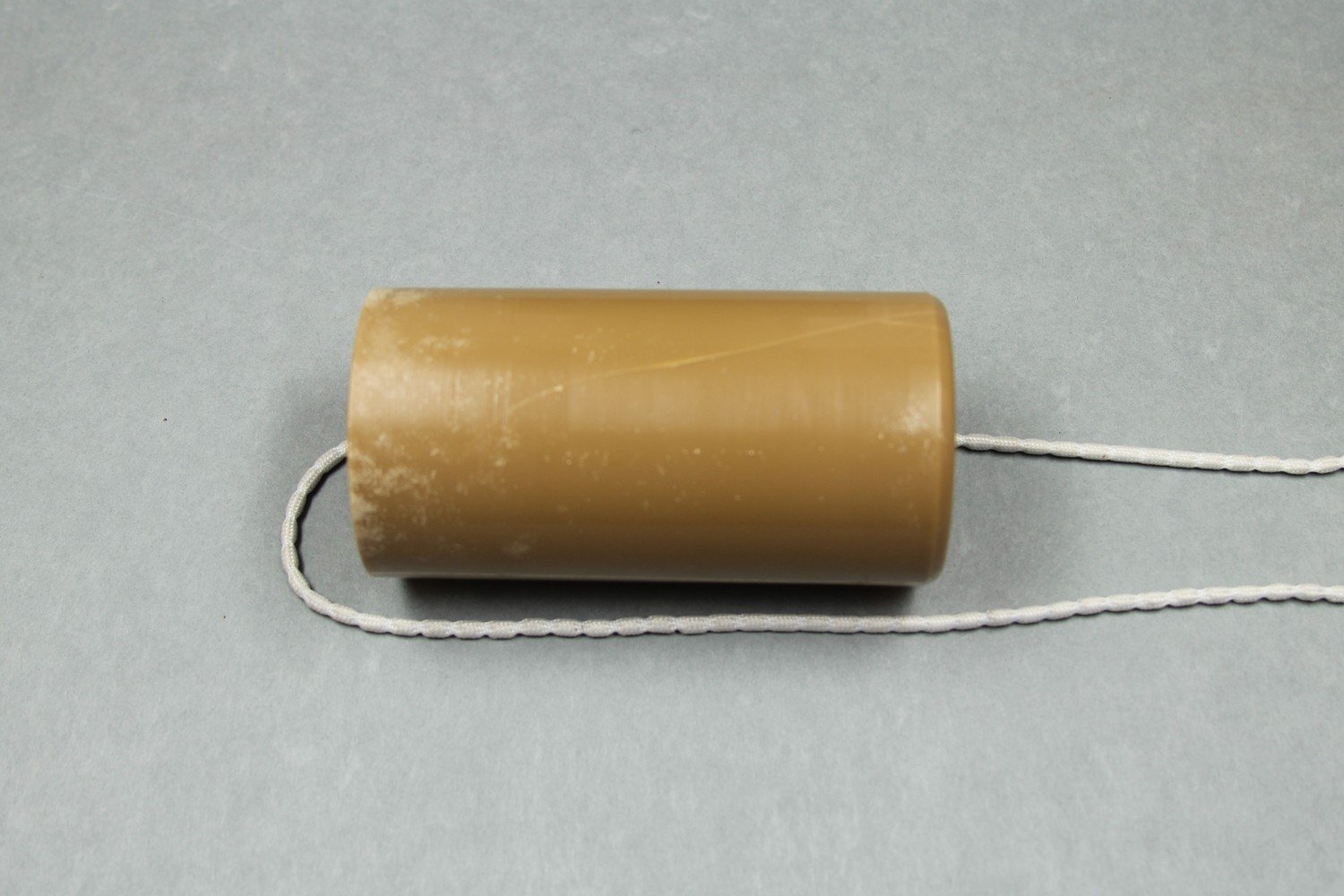 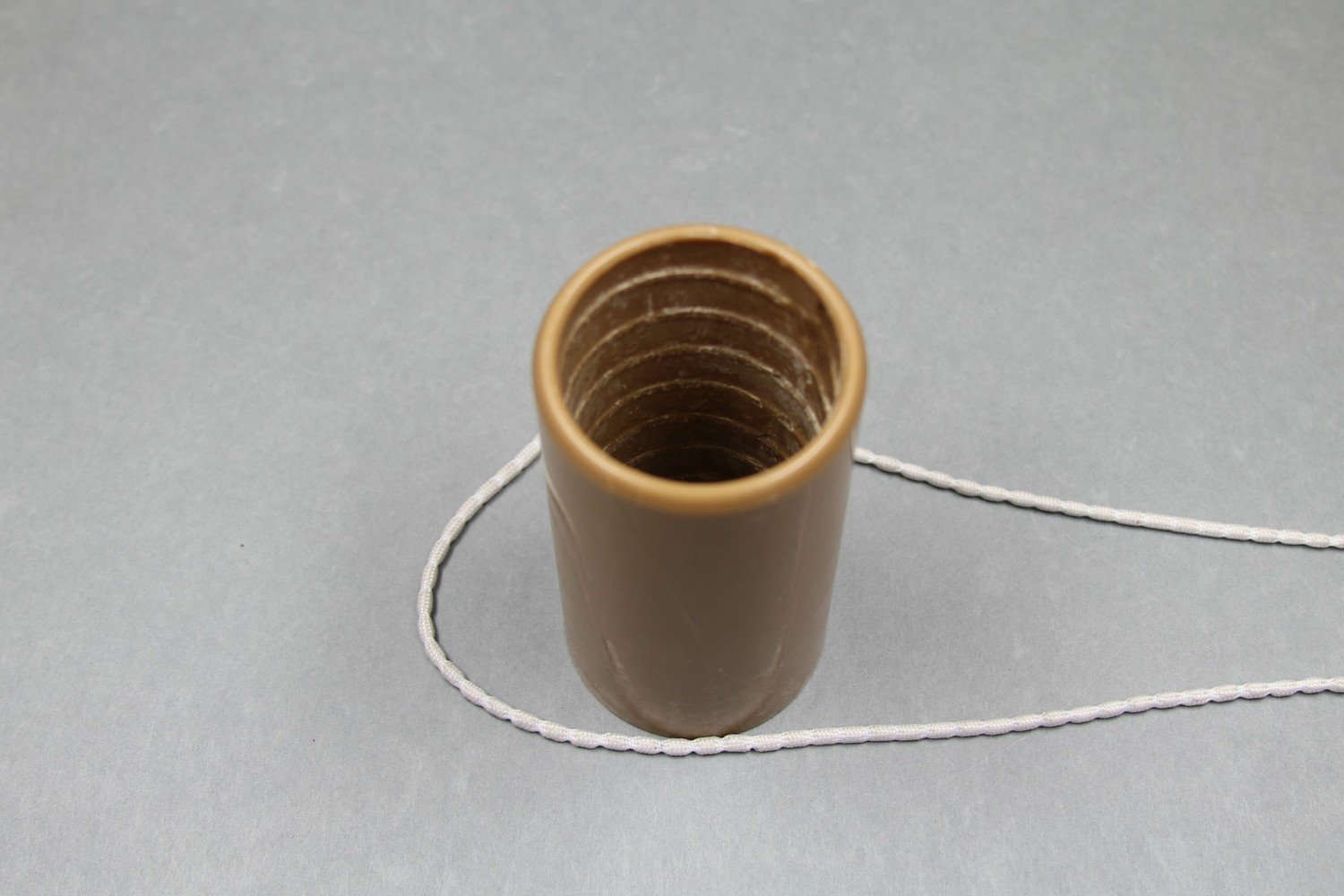 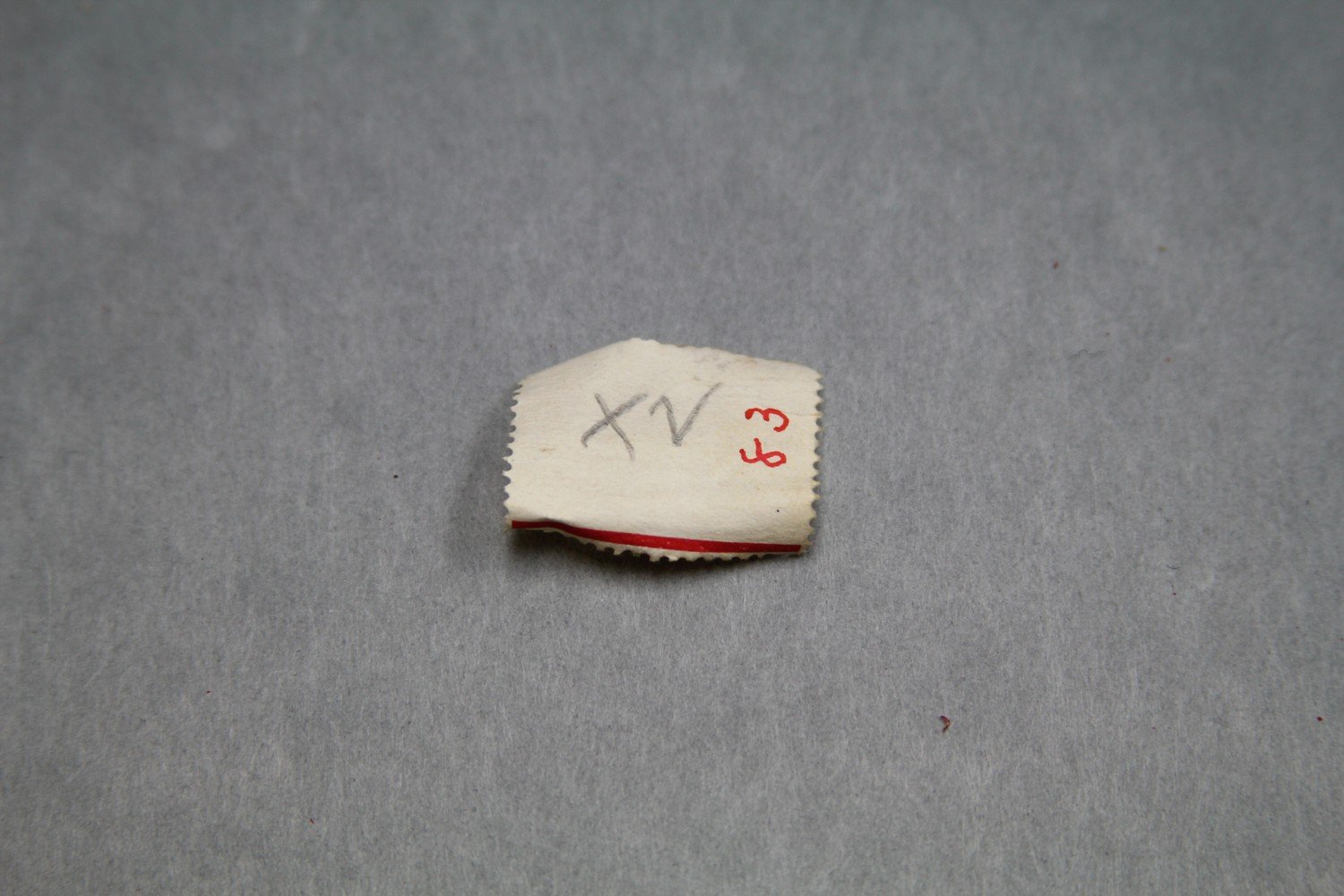 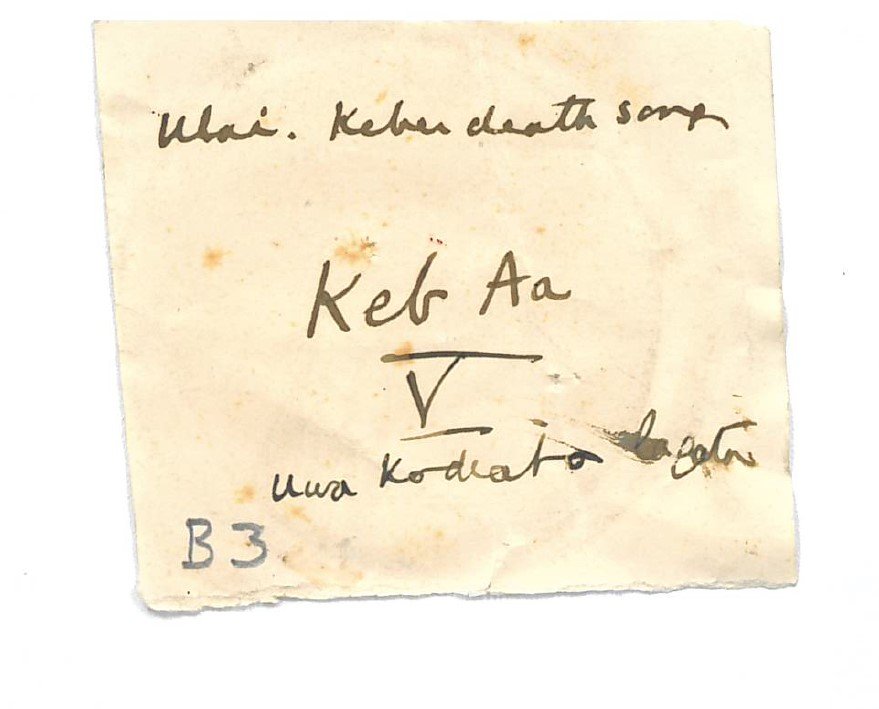   | Haddon, A.C. (ed.) 1908. Reports of the Cambridge Anthropological Expedition to Torres Strait: Volume VI, Sociology, Magic and Religion of the Eastern Islanders. Cambridge: Cambridge University Press. British Library shelfmark General Reference Collection YC.2011.b.632. | Haddon, A.C. (ed.) 1912. Reports of the Cambridge Anthropological Expedition to Torres Strait: Volume IV, Arts and Crafts. Cambridge: Cambridge University Press. British Library shelfmark General Reference Collection YC.2011.b.634. | |||||
| C80/1025 | Meket siriam | Wanu (singer, male) | Mer / Murray Island, Torres Strait Islands | 10 May 1898 – 24 August 1898 | 1. Unaccompanied male vocal solo. Inscription on insert note: 'Wanu / meket - siriam / Dz Ca / VIII - / meluba Dudiei'. This recording corresponds to Charles S. Myers' Keber Song VIII. Myers was unable to obtain the words for this song (1912:240). The Meket Siriam [or Ziriam] was an initiation ceremony and “a small zogo like Malu” (Ray 1907:152). 'siriam' or 'ziriam' may refer to the ‘name of turtle zogo; au nei [generic or broader name] for a number of ceremonies held in various places, and probably connected with mourning’ (Ray 1907:160). Musical notation and analysis in Myers (1912: 252, 268). Published in Myers & Haddon (1908:150, 152). Sung by Wanu (Myers 1912:240) | Reasonable quality recording but with surface noise. The recording date range assumes that Myers is indeed the recordist and corresponds to the dates of Myer's stay on Mer / Murray Island. Myers (1912:240): 'the keber songs which, with the exception of Song XI, are invariably in the western language.' | Kala Lagaw Ya | Field recordings | Myers, C. S. | 1'50" | 1898 Cambridge Anthropological Expedition to Torres Straits | Brown wax cylinder. No case. | Alfred Cort Haddon 1898 Expedition (Torres Strait and British New Guinea) Cylinder Collection | British Library | 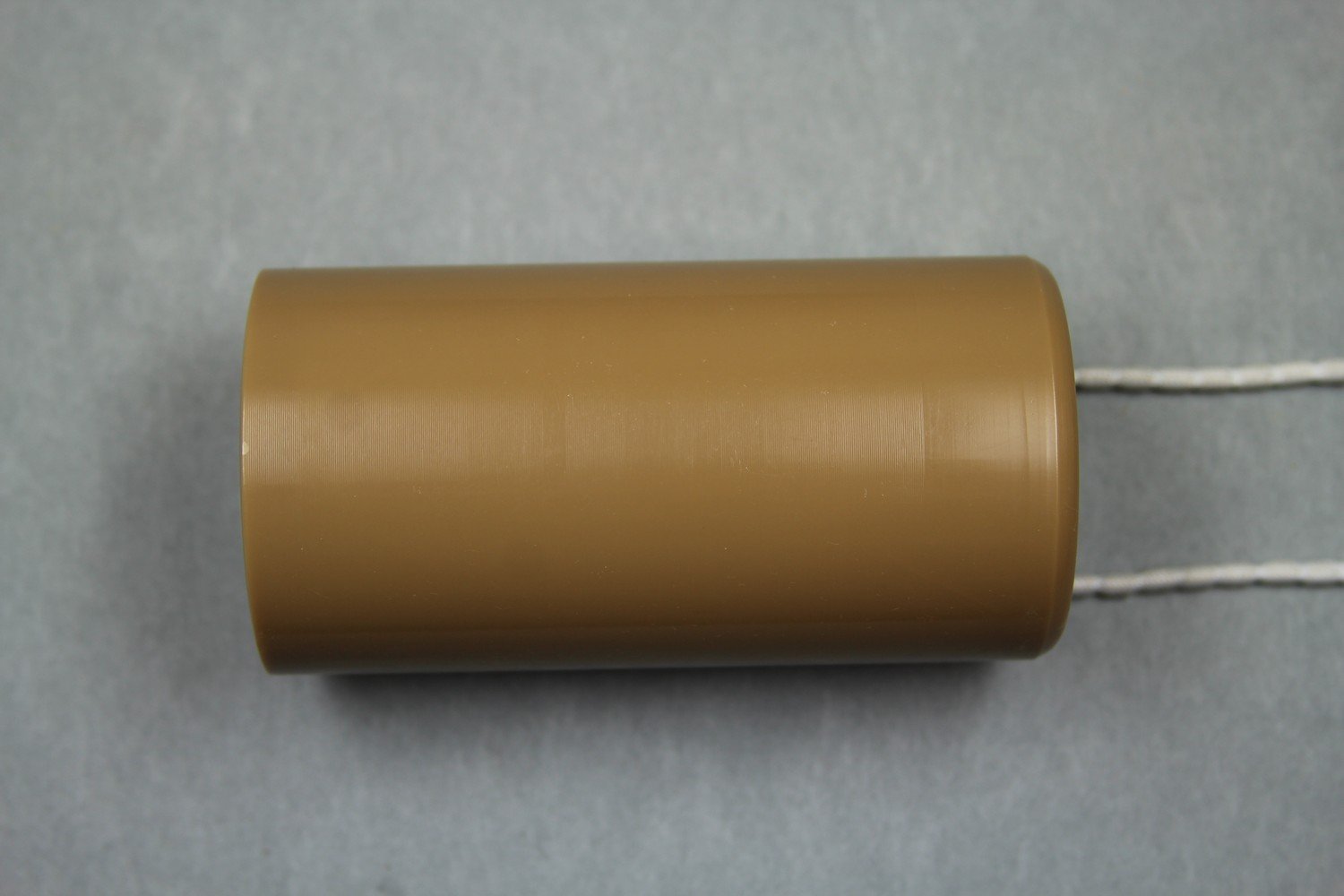 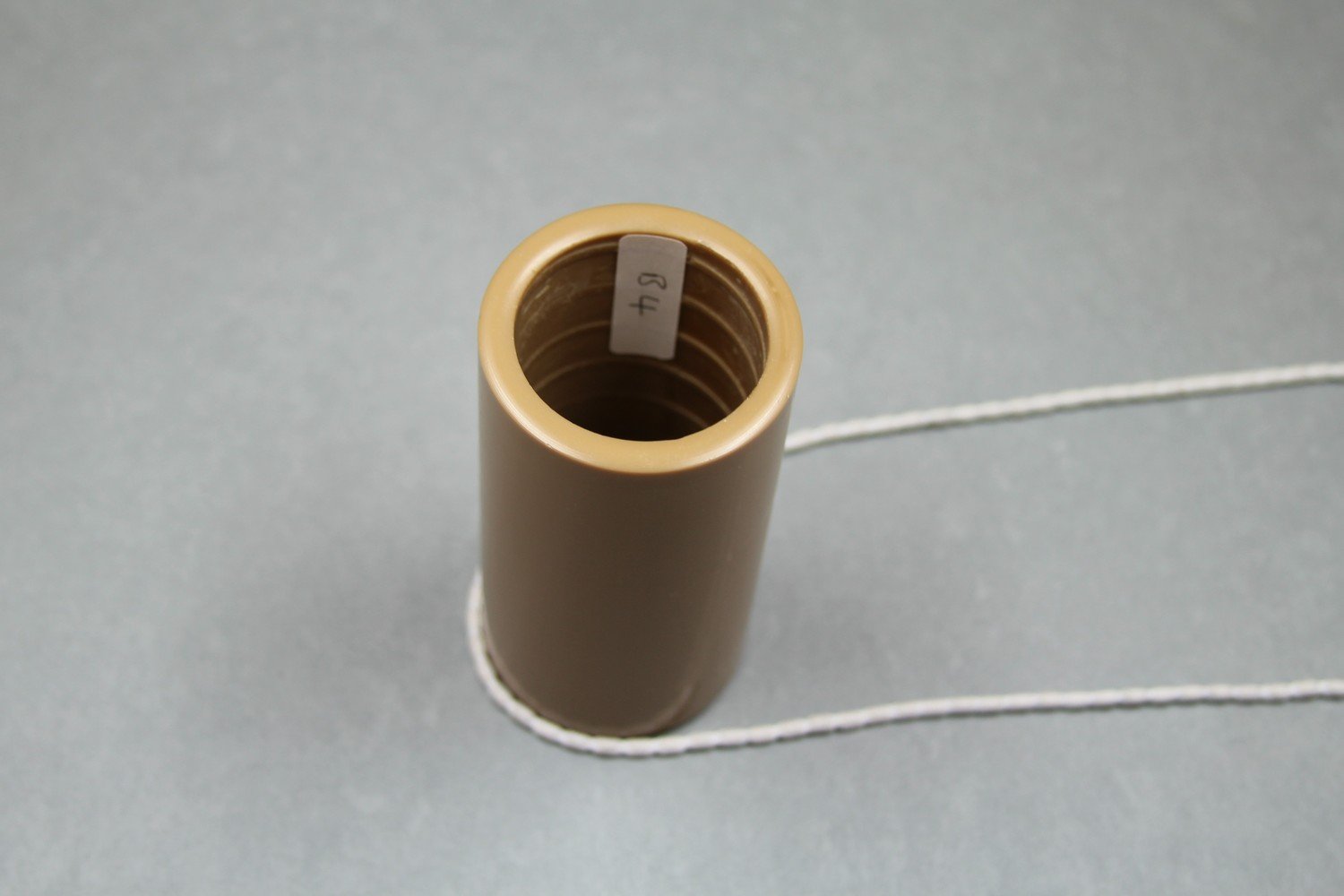 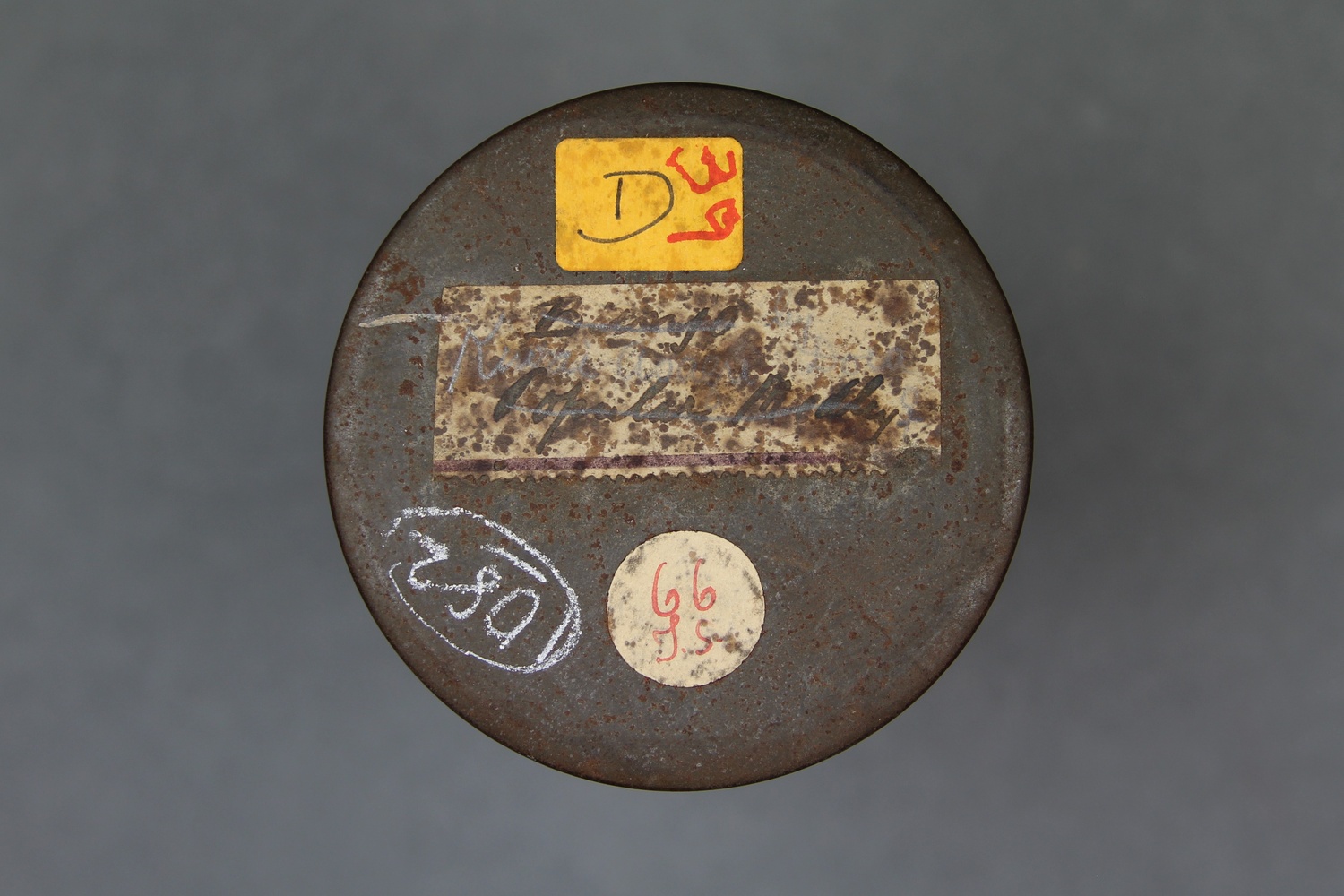    | Haddon, A.C. (ed.) 1907. Reports of the Cambridge Anthropological Expedition to Torres Strait: Volume III, The Languages of Torres Strait. Cambridge: Cambridge University Press. British Library shelfmark General Reference Collection YC.2011.b.631. | Haddon, A.C. (ed.) 1908. Reports of the Cambridge Anthropological Expedition to Torres Strait: Volume VI, Sociology, Magic and Religion of the Eastern Islanders. Cambridge: Cambridge University Press. British Library shelfmark General Reference Collection YC.2011.b.632. | Haddon, A.C. (ed.) 1912. Reports of the Cambridge Anthropological Expedition to Torres Strait: Volume IV, Arts and Crafts. Cambridge: Cambridge University Press. British Library shelfmark General Reference Collection YC.2011.b.634. | ||||
| C80/1026 | Dimer | Joe Brown (singer, male); Ulai (singer, male) | Mer / Murray Island, Torres Strait Islands | 10 May 1898 – 24 August 1898 | 1. Unaccompanied male vocal solo. Funeral song. Inscription on insert notes: 'Dimer / Dz Ga’ and ‘Joe Brown + Ulai / Dimer'. One small slip of perforated paper: 'Dimer 84' [number in red ink]. This recording corresponds to Charles S. Myers' Keber Song XI. Song XI belonged to the people of Sebeg (Myers & Haddon (1908:150). This recording was previously described as Song IX in SAMI but as Song XI by Moyle (1985). According to the insert notes, this recording is performed by Joe Brown and Ulai. Myers specifically stated that Song IX was Wanu (1912:240). Ray stated that 'dim(i)ri' or 'dimrida' meant 'to tie together, fasten together, sew' (1907:139). Myers witnessed Joe Brown and Ulai performing on 24 May 1898: they "sit with the dari on their heads, sit vis à vis in the middle of a ring of drummers and singers. Their legs are crossed with feet against the opposite thighs. Ulai and Joe sing at the top of their voices a tune brought from Tud (Warrior I.) about the wind (guba, Tud word)" (Myers 1898:56). It is not clear which exact song was performed. Musical notation, translation and analysis in Myers (1912:245, 252-253, 268). Mentioned in Myers & Haddon (1908:150, 153). | Good quality recording. The recording date range assumes that Myers is indeed the recordist and corresponds to the dates of Myer's stay on Mer / Murray Island. Myers (1912:240): 'the keber songs which, with the exception of Song XI, are invariably in the western language.' In the same volume, Haddon suggested that "the words are really in the Western language though some may have subsequently become modified so as to approach in sound to Meriam words" (1912:286). | Meriam Mir | Field recordings | Myers, C. S. | 2'07" | 1898 Cambridge Anthropological Expedition to Torres Straits | Brown wax cylinder. No case. | Alfred Cort Haddon 1898 Expedition (Torres Strait and British New Guinea) Cylinder Collection | British Library | 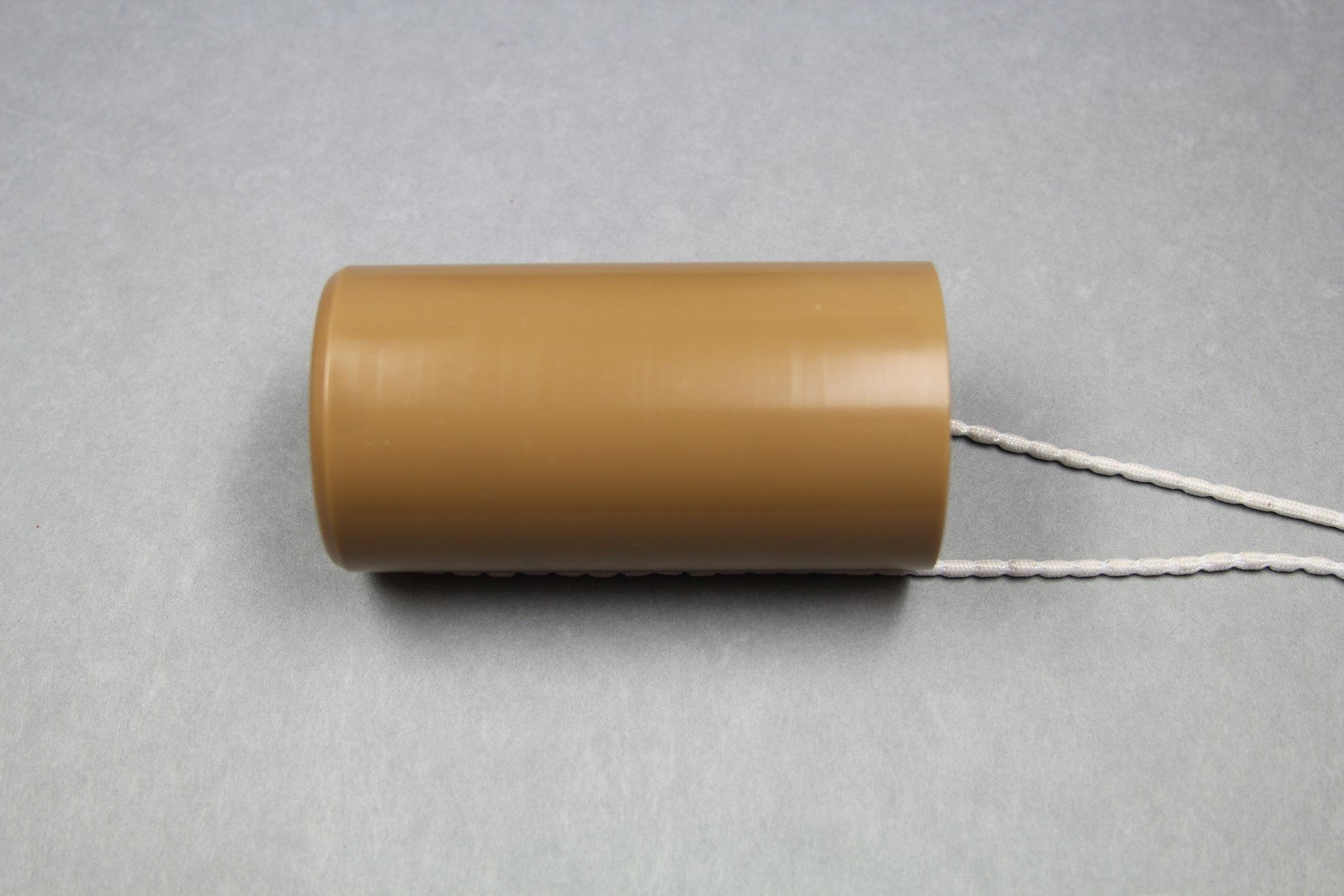 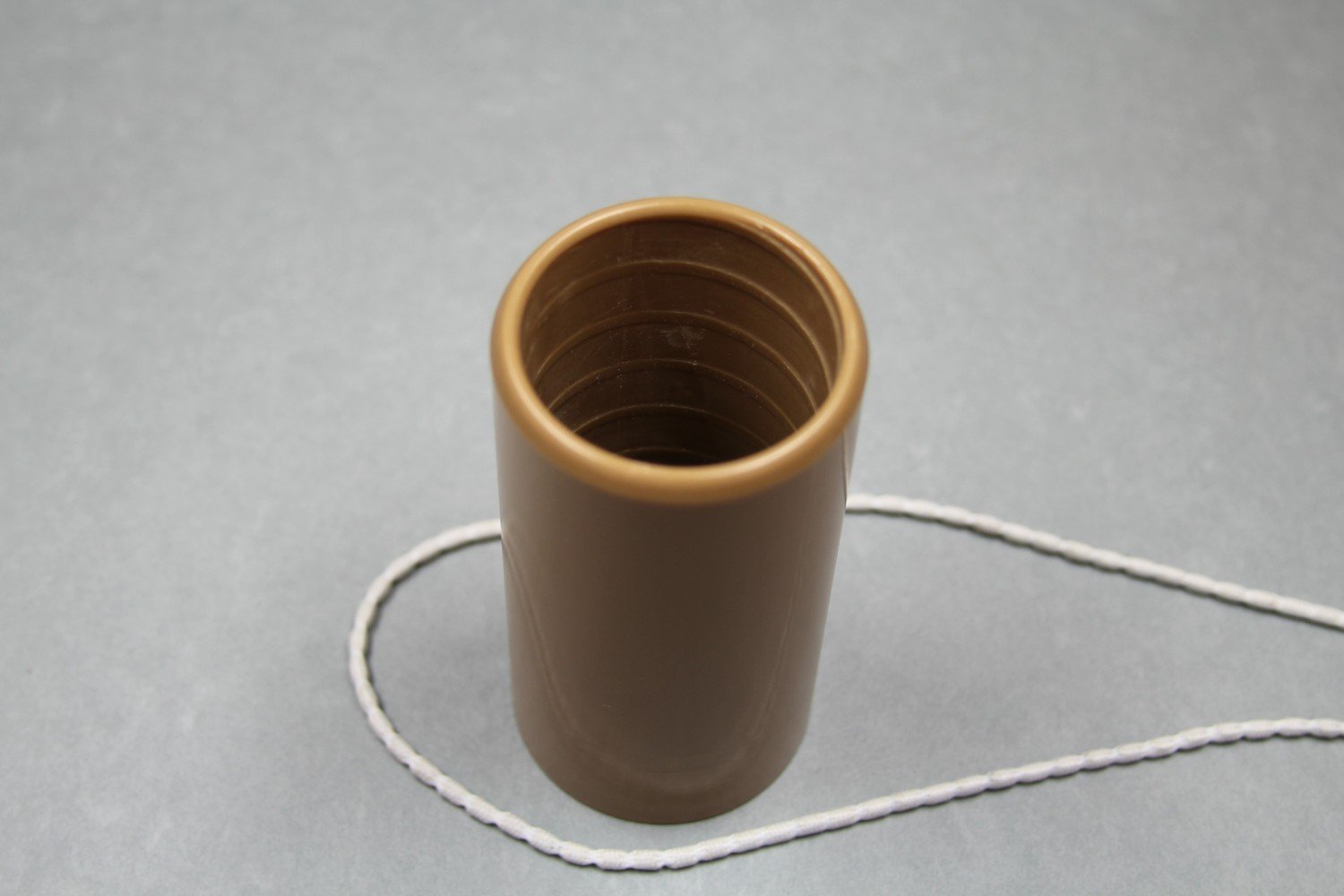 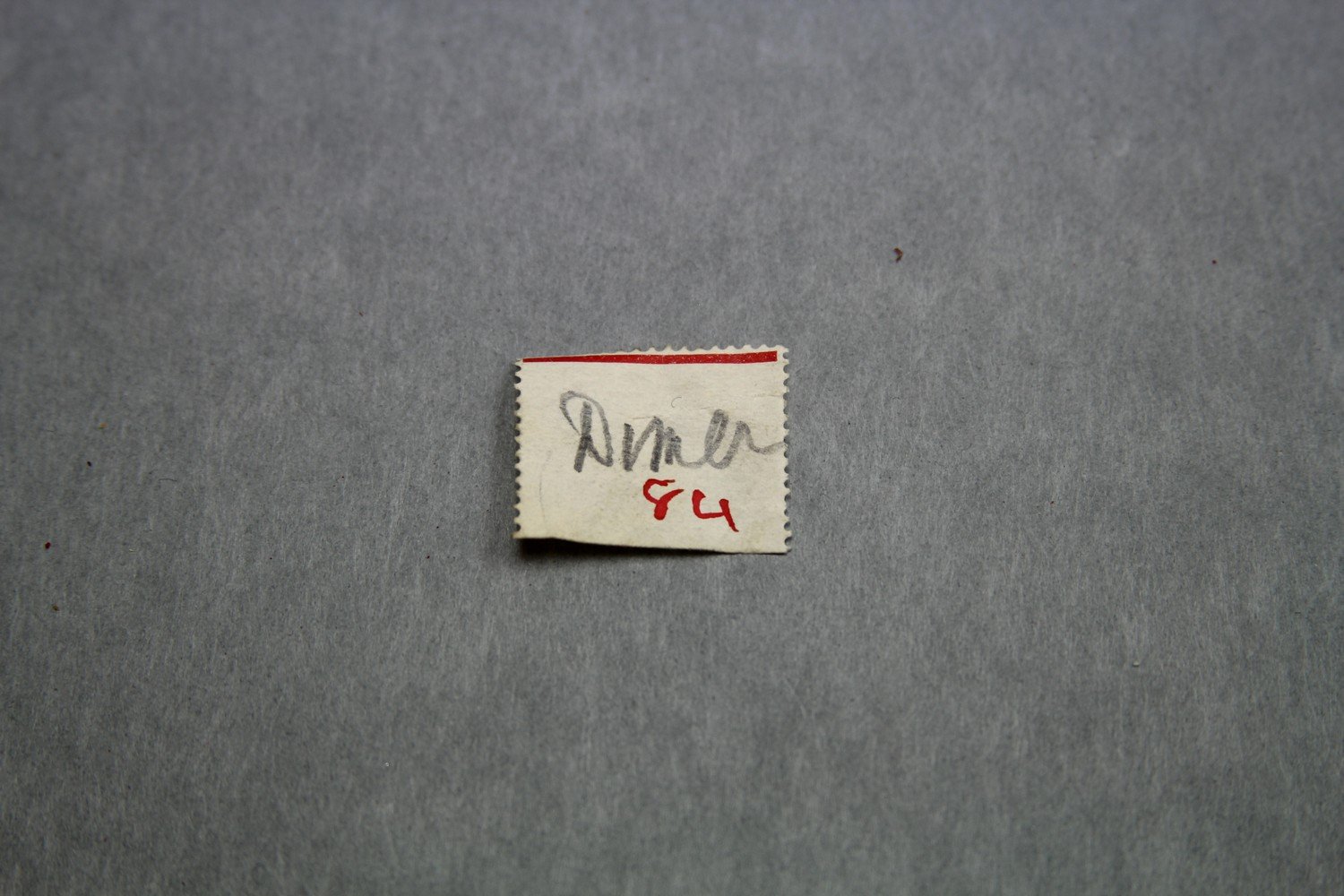 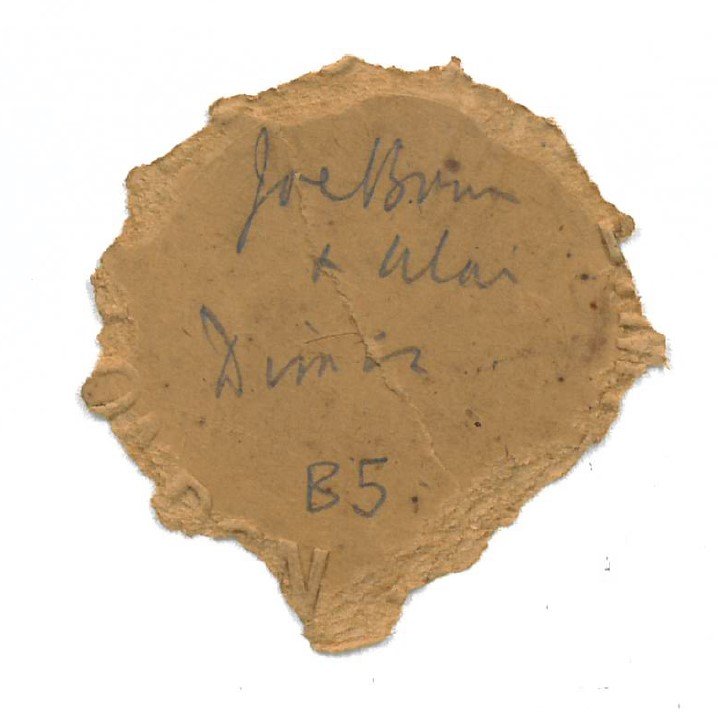   | Haddon, A.C. (ed.) 1907. Reports of the Cambridge Anthropological Expedition to Torres Strait: Volume III, The Languages of Torres Strait. Cambridge: Cambridge University Press. British Library shelfmark General Reference Collection YC.2011.b.631. | Haddon, A.C. (ed.) 1908. Reports of the Cambridge Anthropological Expedition to Torres Strait: Volume VI, Sociology, Magic and Religion of the Eastern Islanders. Cambridge: Cambridge University Press. British Library shelfmark General Reference Collection YC.2011.b.632. | Haddon, A.C. (ed.) 1912. Reports of the Cambridge Anthropological Expedition to Torres Strait: Volume IV, Arts and Crafts. Cambridge: Cambridge University Press. British Library shelfmark General Reference Collection YC.2011.b.634. | Myers, C. S. 1898-1899. Journal on Torres Straits anthropological expedition. [manuscript] Haddon Papers. ADD 8073. Cambridge: Cambridge University Library. | |||
| C80/1029 | Male vocal solo | Ari (singer, male, Mamoose of Mer / Murray Island) | Mer / Murray Island, Torres Strait Islands | 10 May 1898 – 24 August 1898 | Unaccompanied male vocal solo. Inscription on insert notes: ‘Dz Fa’ and ‘Dzenamarkai / [illeg] V / Mamoose’. Small slip of perforated paper: ‘Dz FA’ This recording corresponds to Charles S. Myers' Keber Song V. Published with amended lyrics in Myers & Haddon (1908: 152). Words, translation and analysis published in Myers (1912:251, 268). | Reasonable quality recording but with weak signal and surface noise. The recording date range assumes that Myers is indeed the recordist and corresponds to the dates of Myer's stay on Mer / Murray Island. | Kala Lagaw Ya | Field recordings | Myers, C. S. | 2'03" | 1898 Cambridge Anthropological Expedition to Torres Straits | Brown wax cylinder. No case. | Alfred Cort Haddon 1898 Expedition (Torres Strait and British New Guinea) Cylinder Collection | British Library | 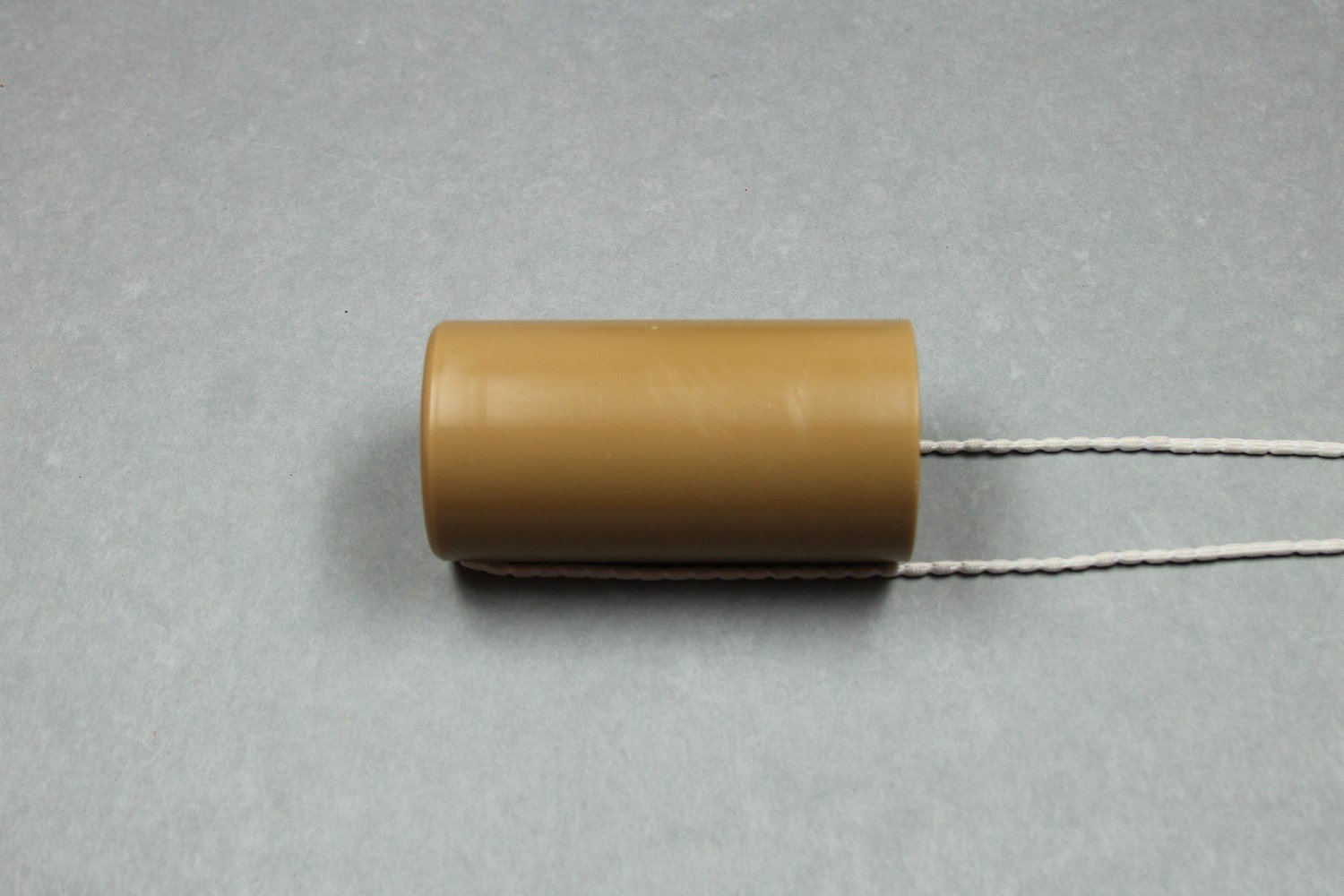 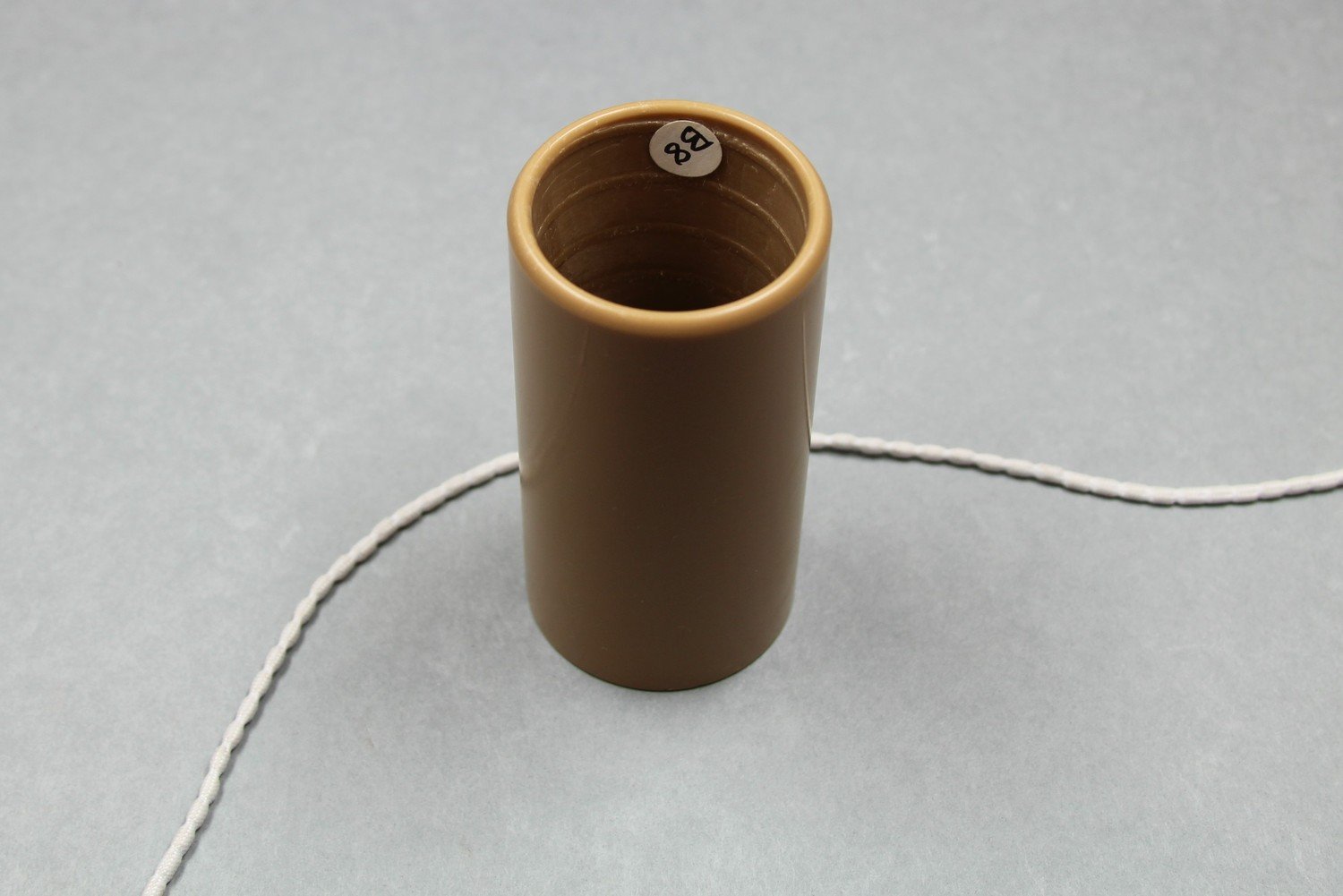 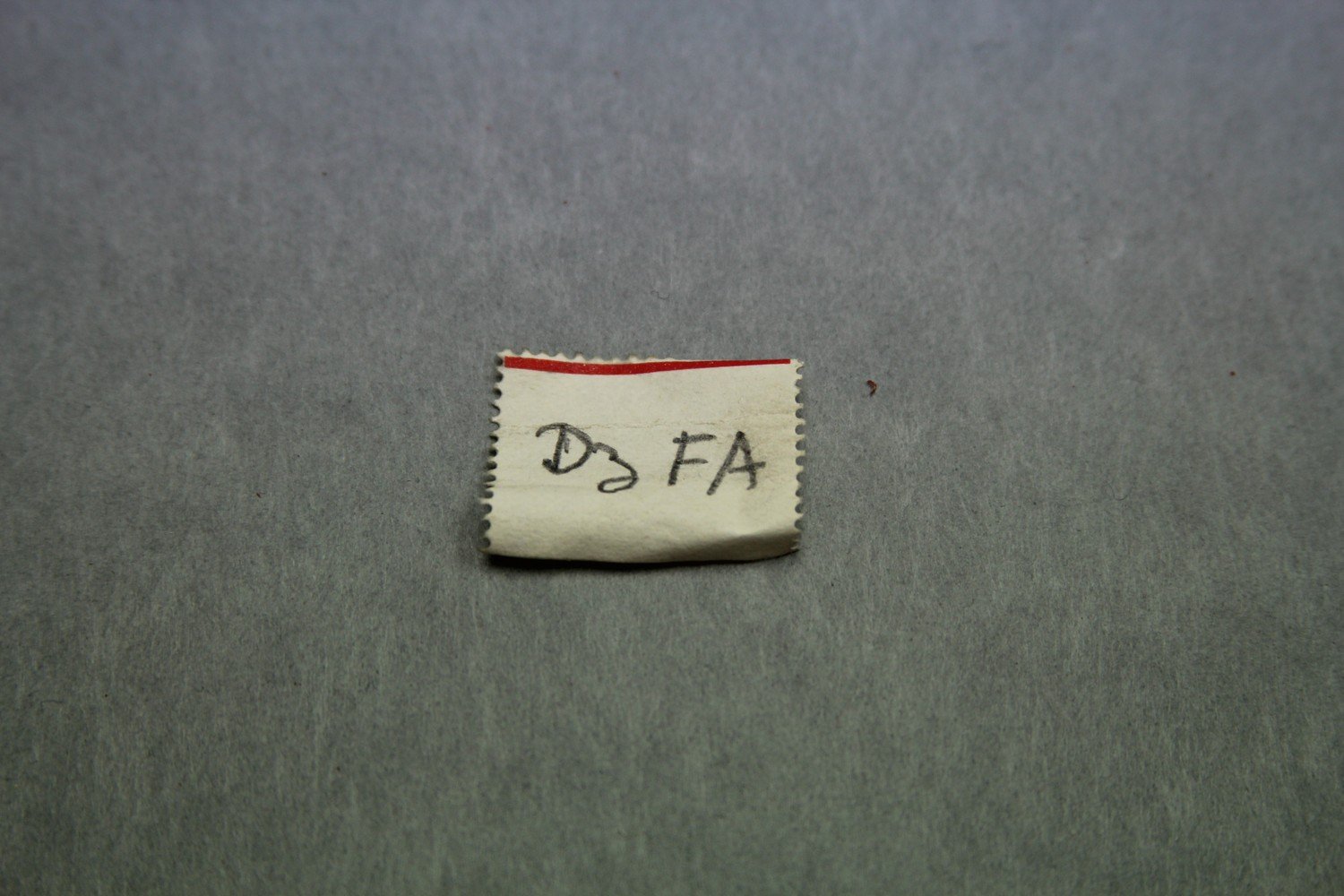 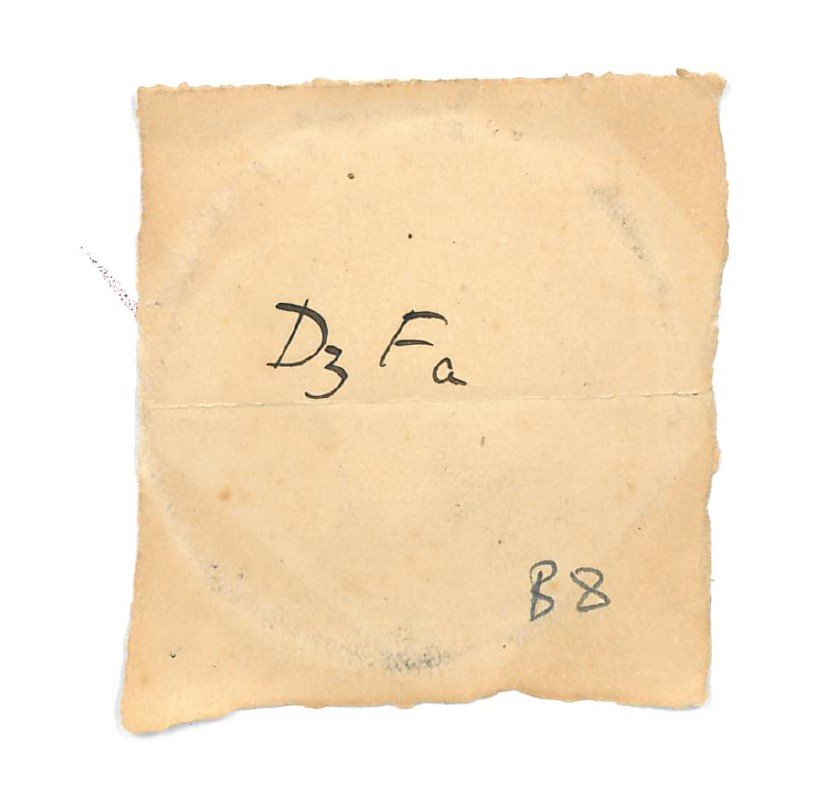   | Haddon, A.C. (ed.) 1908. Reports of the Cambridge Anthropological Expedition to Torres Strait: Volume VI, Sociology, Magic and Religion of the Eastern Islanders. Cambridge: Cambridge University Press. British Library shelfmark General Reference Collection YC.2011.b.632. | Haddon, A.C. (ed.) 1912. Reports of the Cambridge Anthropological Expedition to Torres Strait: Volume IV, Arts and Crafts. Cambridge: Cambridge University Press. British Library shelfmark General Reference Collection YC.2011.b.634. | |||||
| C80/1031 | Keber Song | Joe Brown (singer, male); Ulai (singer, male) | Mer / Murray Island, Torres Strait Islands | 10 May 1898 – 24 August 1898 | 1-2. Male vocal solo. Inscription on insert notes: 'Song Dz Aa / Dz Aa / Joe Brown / Ulai / [illeg] of Dzenamarkai'. One small slip of perforated paper: 'Dz AA 87' [number in red ink]. This recording corresponds to Charles S. Myers' Keber: Song VI. Myers was unable to obtain words (1912:240). Myers witnessed Joe Brown and Ulai performing on 24 May 1898: they "sit with the dari on their heads, sit vis à vis in the middle of a ring of drummers and singers. Their legs are crossed with feet against the opposite thighs. Ulai and Joe sing at the top of their voices a tune brought from Tud (Warrior I.) about the wind (guba, Tud word)" (Myers 1898:56). It is not clear which exact song was performed. Published in Myers & Haddon (1908:150, 152). Analysis of Song VI in Myers (1912:251-252). | Reasonable quality recording. The recording date range assumes that Myers is indeed the recordist and corresponds to the dates of Myer's stay on Mer / Murray Island. | Kala Lagaw Ya | Field recordings | Myers, C. S. | 2'13" | 1898 Cambridge Anthropological Expedition to Torres Straits | Brown wax cylinder. No case. | Alfred Cort Haddon 1898 Expedition (Torres Strait and British New Guinea) Cylinder Collection | British Library | 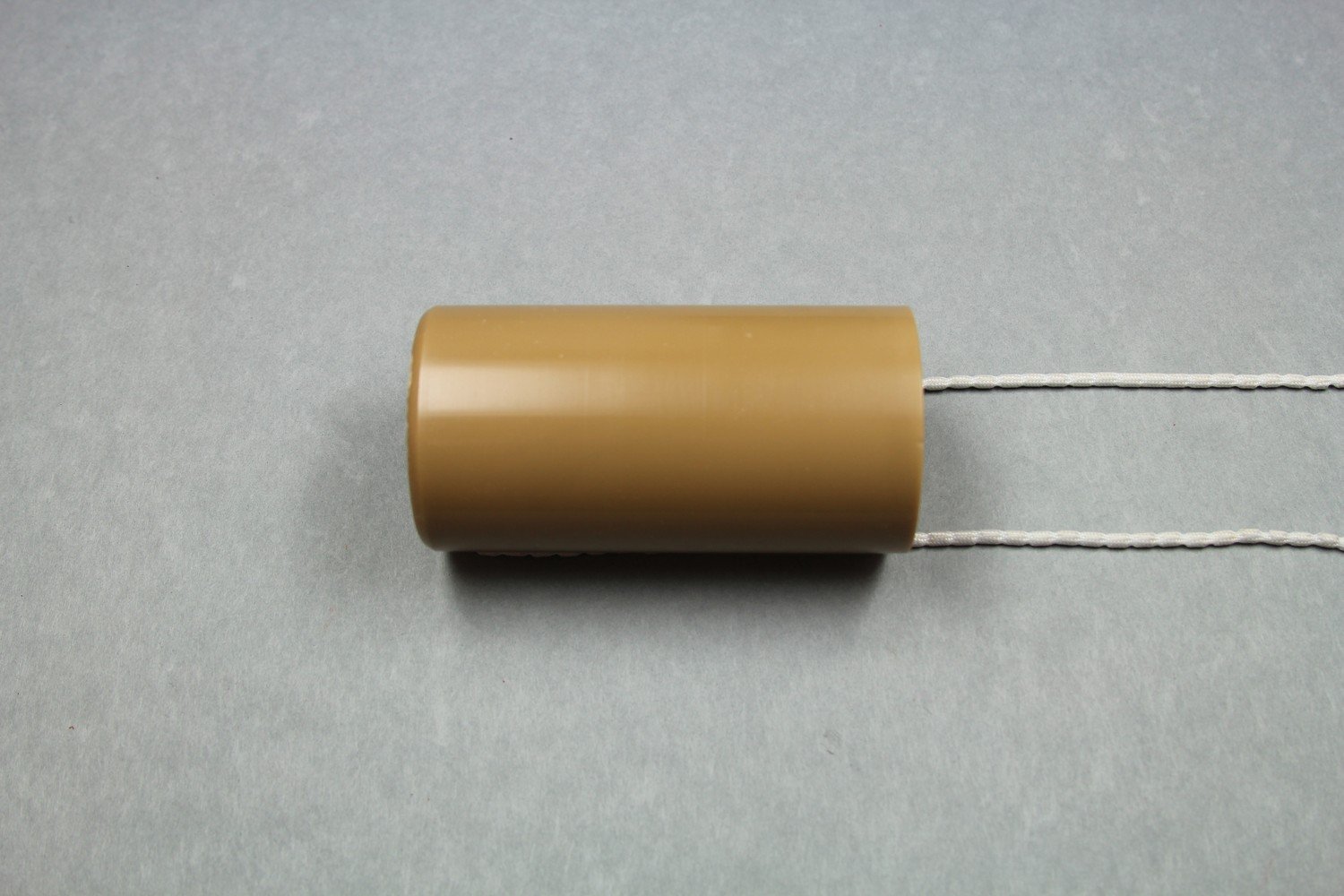 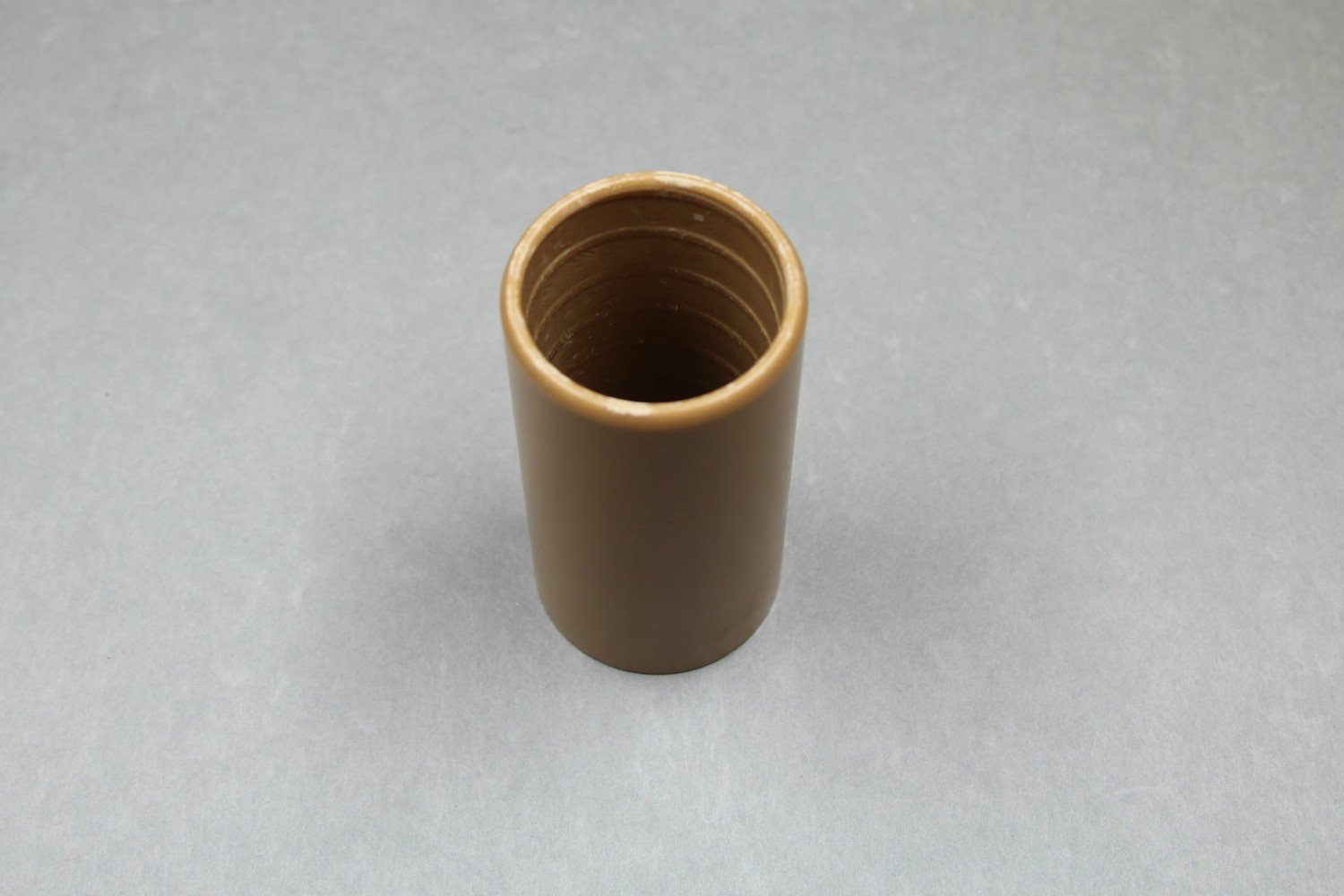 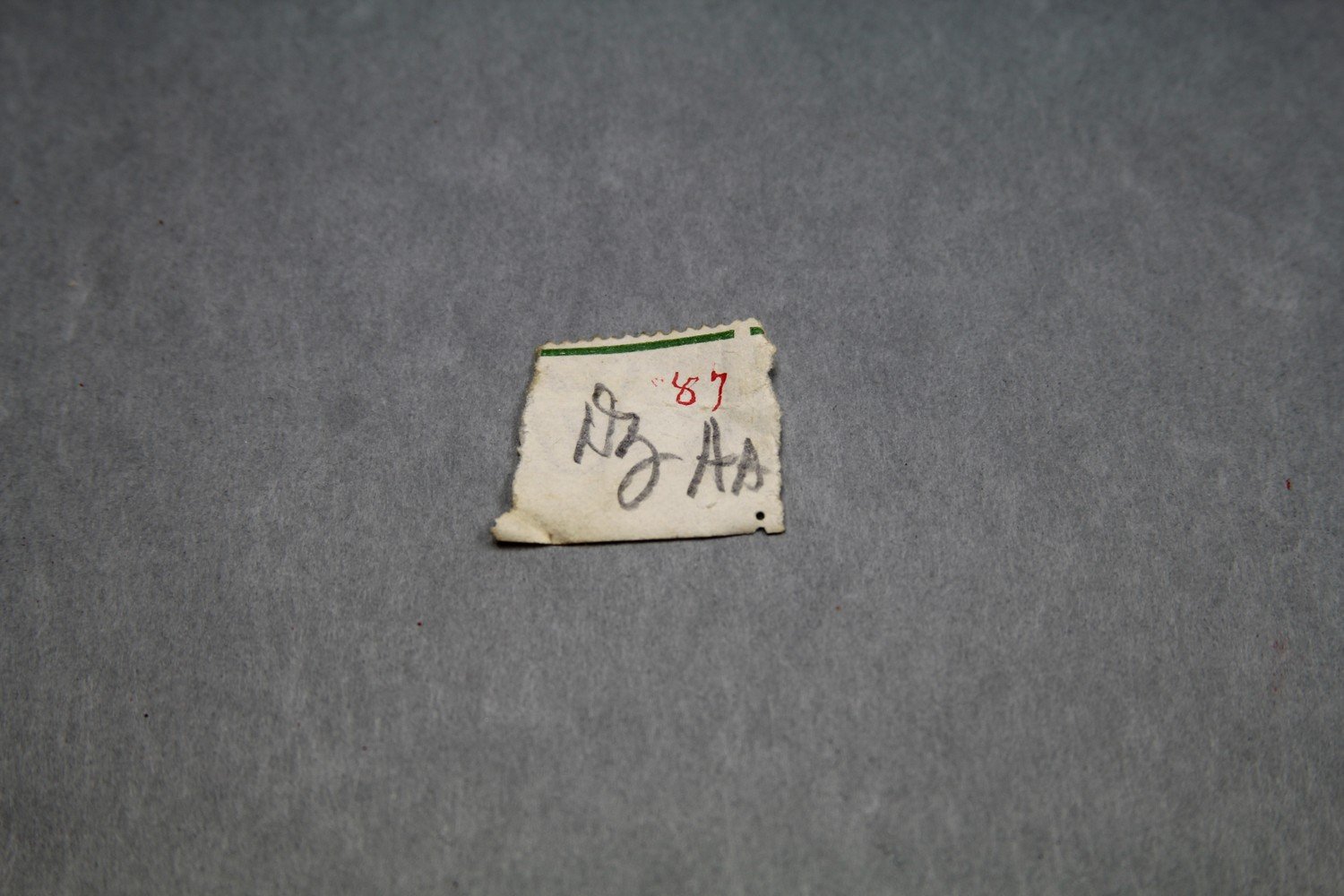 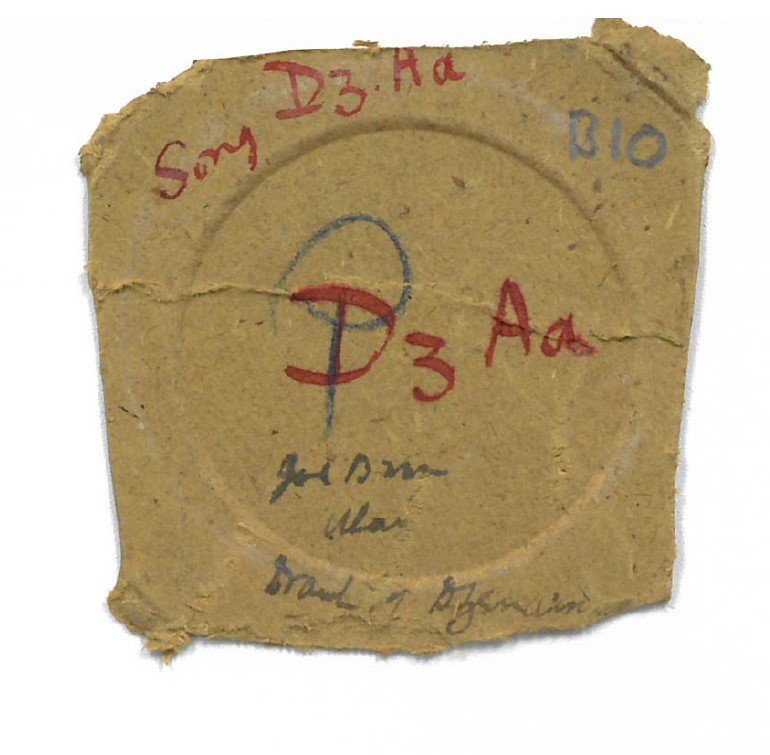   | Haddon, A.C. (ed.) 1908. Reports of the Cambridge Anthropological Expedition to Torres Strait: Volume VI, Sociology, Magic and Religion of the Eastern Islanders. Cambridge: Cambridge University Press. British Library shelfmark General Reference Collection YC.2011.b.632. | Haddon, A.C. (ed.) 1912. Reports of the Cambridge Anthropological Expedition to Torres Strait: Volume IV, Arts and Crafts. Cambridge: Cambridge University Press. British Library shelfmark General Reference Collection YC.2011.b.634. | Myers, C. S. 1898-1899. Journal on Torres Straits anthropological expedition. [manuscript] Haddon Papers. ADD 8073. Cambridge: Cambridge University Library. | ||||
| C80/1038 | [Song by Uano] | John 'Jack' Bruce (singer, male); Wanu (singer, male) | Mer / Murray Island, Torres Strait Islands | 10 May 1898 – 24 August 1898 | 1-2. Unaccompanied male vocal solo. Inscription on base: ‘Not transcribable. A. Bruce. Self. Uano alone singing song...[indecipherable]…Zeramarkai of Sebeg.' The reference to 'Zeramarkai of Sebeg' suggests this is a keber song. The zera merkai [or markai] is a keber ceremony (Ray 1907). The zera markai keber originated on Dauar / Dowar Island but was subsequently only practised in Sebeg and Er on Mer / Murray Island when a person had died. The participants represent ghosts (Myers & Haddon 1908:129). Alternatively, Haddon wrote that the zeramerkai was ‘always performed at the death of a Komet or Meurem person’ (Haddon 1935:119). Myers wrote that Wanu performed the keber songs VIII and IX (1912:240). However, those songs were connected to the meket siriam, whereas this recording is connected to the zera markai. This recording could therefore possibly be a version of the keber songs VI, VII, X or XI (as labelled by Myers). | The inscription 'Bruce' may refer to John 'Jack' S. Bruce, the only European resident on Mer / Murray Island and was the island’s schoolmaster and magistrate. He was also the main local consultant to Haddon (Kuklick 1998:162). Bruce was appointed in 1885 but was “more or less Protector of the island’s population from 1892-1923” (Beckett 1987:187, Philp 1999:59). Haddon writes about Bruce in the first volume of the Cambridge Reports (1935:100-101). | Poor quality recording with surface noise due to cracked and bandaged cylinder. The recording date range assumes that Myers is indeed the recordist and corresponds to the dates of Myer's stay on Mer / Murray Island. | Field recordings | Myers, C. S. | 1'26" | 1898 Cambridge Anthropological Expedition to Torres Straits | Brown wax cylinder. Cardboard cylinder case. | Alfred Cort Haddon 1898 Expedition (Torres Strait and British New Guinea) Cylinder Collection | British Library | 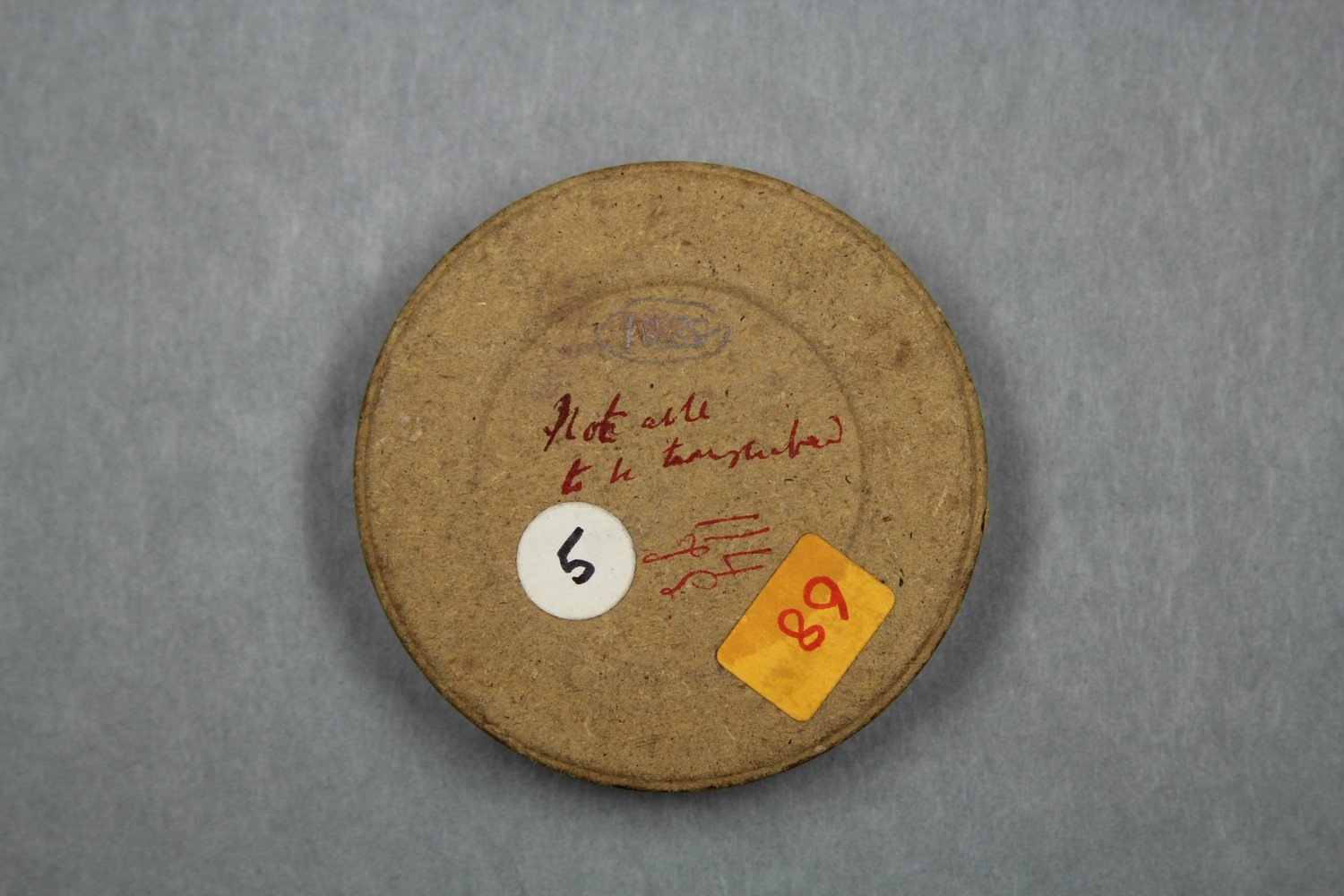 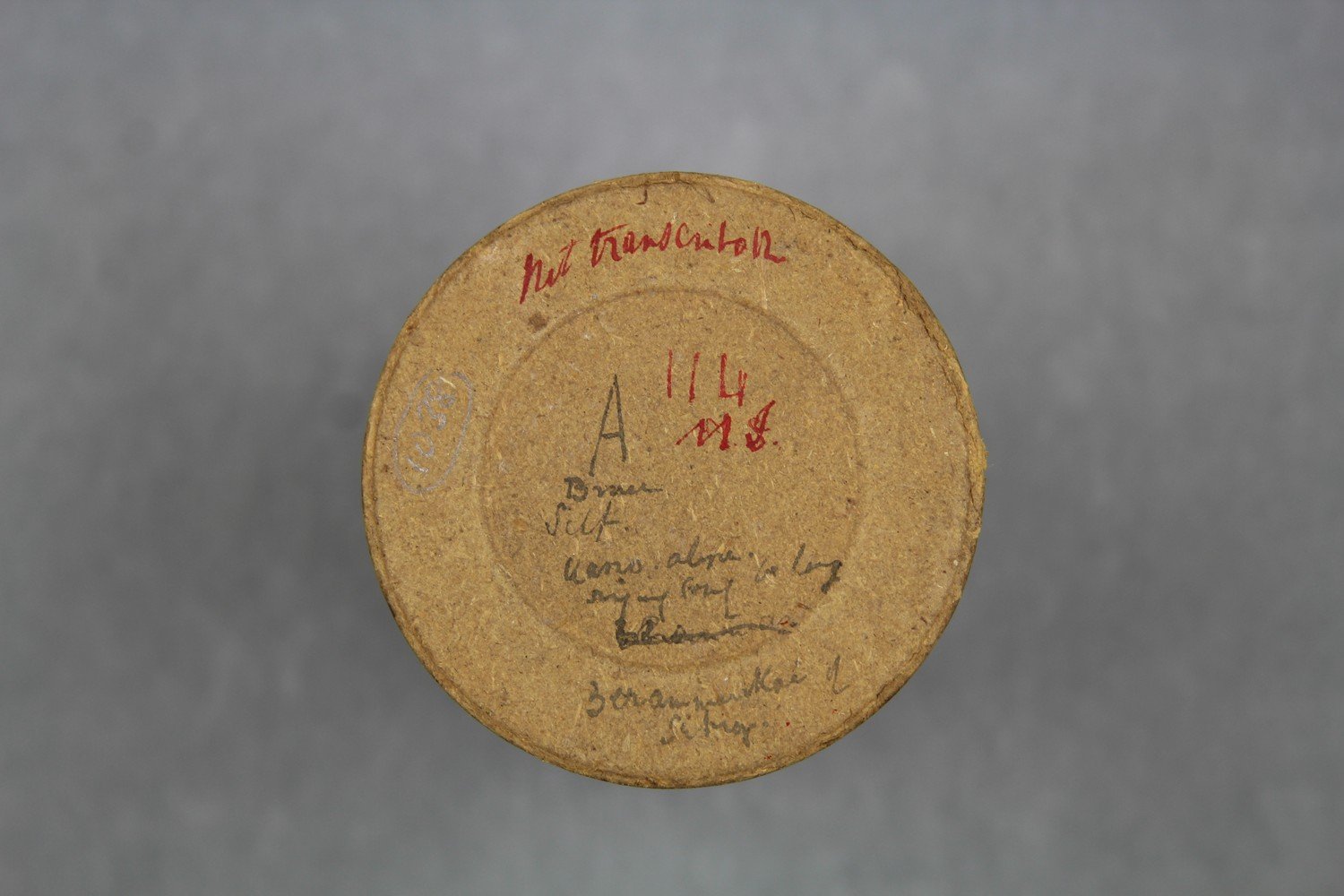     | Beckett, Jeremy. 1987. Torres Strait Islanders: Custom and colonialism. Cambridge: Cambridge University Press. British Library shelfmark General Reference Collection YC.1988.a.5739 | Haddon, A.C. (ed.) 1907. Reports of the Cambridge Anthropological Expedition to Torres Strait: Volume III, The Languages of Torres Strait. Cambridge: Cambridge University Press. British Library shelfmark General Reference Collection YC.2011.b.631. | Haddon, A.C. (ed.) 1912. Reports of the Cambridge Anthropological Expedition to Torres Strait: Volume IV, Arts and Crafts. Cambridge: Cambridge University Press. British Library shelfmark General Reference Collection YC.2011.b.634. | Haddon, A.C. (ed.) 1935. Reports of the Cambridge Anthropological Expedition to Torres Strait: Volume I, General Ethnography. Cambridge: Cambridge University Press. British Library shelfmark General Reference Collection YC.2011.b.630. | Kuklick, Henrika. 1998. “Fieldworkers and physiologists.” In: Herle, A & Rouse, S (eds.) Cambridge and the Torres Strait: Centenary Essays on the 1898 Anthropological Expedition. pp. 158–180. British Library shelfmark General Reference Collection YC.1998.b.5990. | Philp, Jude. 1999. “Everything as it used to be:” Re-creating Torres Strait Islander History in 1898. The Cambridge Journal of Anthropology, Vol. 21, No. 1, pp. 58–78. | |
| C80/1106 | [No title] | Ari (singer, male, Mamoose of Mer / Murray Island) | Mer / Murray Island, Torres Strait Islands | 10 May 1898 – 24 August 1898 | Broken cylinder - unable to be digitised. This cylinder probably corresponds to Charles S. Myers' Keber Song X. 'dimer' also mentioned for C80/1026 and C80/1032. Not included in Alice Moyle's 1985 audition sheet. It was probably broken before this time. | The recording date range assumes that Myers is indeed the recordist and corresponds to the dates of Myer's stay on Mer / Murray Island. | Field recordings | Myers, C. S. | 1898 Cambridge Anthropological Expedition to Torres Straits | Brown wax cylinder. Cardboard cylinder case. | Alfred Cort Haddon 1898 Expedition (Torres Strait and British New Guinea) Cylinder Collection | British Library |       |
All of the Mer secular songs described and analysed by Myers have been identified in the cylinder collection. Notations and words for the songs can be found in Myers (1912:246-247, 268).
Myers suggested that Mer “borrowed” the secular songs, especially as they again use the “western language”, but have adapted the style of the songs (1912:266). He also notes that “traces of European influence may be suspected in one or two of the secular songs, but the evidence is not strongly in favour of this view” (1912:239).
Songs XIV (C80/1032) and XV (C80/1023), as well as C80/1107, are kolap wed or “spinning top songs”. The top could be made from a Queensland bean and in Meriam Mir, kolap can refer to both the bean or the spinning top (Haddon 1912:314). Top spinning was also known as kolap omen (Haddon 1912:315). Kolap spinning had “recently been the fashionable excuse for an island gathering” and the songs were sung while people sat in a circle and span the tops (Myers 1898:87; 1912:240).
The kolap wed were sung in Meriam Mir but “appear to have been originally in the Western language, and since corrupted” (Ray 1907:50). Ray noted in his journal that he witnessed kolap spinning on 23 and 27 July and 27 August (1898:80-81, 85). However, the kolap songs were recorded by Myers (Ray 1907:50; Haddon 1912:285-286). Translations for these are then provided. Further research will determine whether these translations correspond to the recordings on the cylinders.
The remaining secular songs are XVI (C80/1030), XVII (C80/1033) and XVIII (C80/1027).
| British Library shelfmark | Recording title | Performer name | Recording location | Recording date | Content description | Performer description | Recording notes | Languages | Genre | Recordist | Recording length | Recording trip | Description of cylinder | Collection title | Cylinder location | Images of cylinder containers / documentation | Related print publication: | Related print publication: | Related print publication: | Related print publication: | Related print publication: | Related print publication: |
|---|---|---|---|---|---|---|---|---|---|---|---|---|---|---|---|---|---|---|---|---|---|---|
| C80/1023 | Secular Song | Ulai (singer, male) ?; Matud / Matuot (composer) | Mer / Murray Island, Torres Strait Islands | 10 May 1898 – 24 August 1898 | 1. Unaccompanied male vocal solo. Inscription on insert notes: 'XV / Mauot’s / kolap nabulva / song'. On reverse: ‘Boa – Introd. Recog at Yam / Kolap song by Matuot’. One small slip of perforated paper: 'V 82' [number in red ink]. Likely displaced from C80/1024. Kolap = ‘the seed or bean of sirip…; a stone teetotum or top’ (Ray 1907:149). ‘Recog at Yam’ suggests this recording may have been played elsewhere. This recording corresponds to Charles S. Myers' Secular Song XV. Song XV was 'given' to Myers as composed by Murray Islander Matud, then deceased. Later information showed that the song had been introduced by Matud from Erub / Darnley Island; Matud first sang this song at a Miriam marriage feast. In turn, it had been previously brought to Erub / Darnley Island from Masig / Yorke Island (Myers 1912:241). Kolap spinning had "recently been the fashionable excuse for an island gathering" (Myers 1898:87). Myers (1898:68): Men "will arrange themselves in a ring, + will squat there for hours on the sand, spinning their tops on plates" and may "sing some old song in the course of the spin". Analysis, words and translation in Myers (1912:254, 268). The kolap songs were recorded by Myers on Mer / Murray Island (Ray 1907:50; Haddon 1912:285-286). | Reasonable quality recording but with weak signal and surface noise. The recording date range assumes that Myers is indeed the recordist and corresponds to the dates of Myer's stay on Mer / Murray Island. This song is in the ‘Western language’ i.e. Kala Lagaw Ya (Haddon 1912:288). From Alice Moyle's 1985 audition sheets: [cf. Myers "Secular Song IV" A.M.]'. Moyle interpreted the insert note as mentioning 'ulai'. However, the singer is not clear. | Kala Lagaw Ya | Field recordings | Myers, C. S. | 1'48" | 1898 Cambridge Anthropological Expedition to Torres Straits | Brown wax cylinder. No case. | Alfred Cort Haddon 1898 Expedition (Torres Strait and British New Guinea) Cylinder Collection | British Library |       | Haddon, A.C. (ed.) 1907. Reports of the Cambridge Anthropological Expedition to Torres Strait: Volume III, The Languages of Torres Strait. Cambridge: Cambridge University Press. British Library shelfmark General Reference Collection YC.2011.b.631. | Haddon, A.C. (ed.) 1912. Reports of the Cambridge Anthropological Expedition to Torres Strait: Volume IV, Arts and Crafts. Cambridge: Cambridge University Press. British Library shelfmark General Reference Collection YC.2011.b.634. | Myers, C. S. 1898-1899. Journal on Torres Straits anthropological expedition. [manuscript] Haddon Papers. ADD 8073. Cambridge: Cambridge University Library. | Alice Moyle (AIAS, now AIATSIS) completed audition sheets for the Torres Strait cylinder collection in 1985. Copies of these are held at the British Library. | |||
| C80/1027 | Boi-Grass song | Boa (composer) | Mer / Murray Island, Torres Strait Islands | 10 May 1898 – 24 August 1898 | 1-2. Unaccompanied male vocal solo. This cylinder has been bandaged on one end. Inscription on insert notes: 'Boi-Grass Song / known at Tud / XVIII / Iribo - New Song / Murray Is.' One small slip of perforated paper: 'XVIII'. This recording corresponds to Charles S. Myers' Secular Song XVIII. He noted that the song appeared to have been introduced by Boa and was known at Tutu [Tudu Island / Warrior Islet] (Myers 1912:240). "boi" may refer to the leaves of a coconut palm; a basket made of the coconut palm leaf, or the inner thatch of roof and walls (Ray 1907:92; 1912). This is in the Mabuiag language. Translation and analysis by Myers (1912: 254-255, 268). | Reasonable quality recording but with surface noise due to cracked cylinder and mould patches. The recording date range assumes that Myers is indeed the recordist and corresponds to the dates of Myer's stay on Mer / Murray Island. | Kala Lagaw Ya (The words are 'clearly of the western language' i.e. Kalaw Lagaw Ya. (Myers 1912:241). Myers also noted that the song was introduced from Muralug, and so the dialect could be Kawalgaw Ya [AUSTLANG code Y5].) | Field recordings | Myers, C. S. | 2'08" | 1898 Cambridge Anthropological Expedition to Torres Straits | Brown wax cylinder. No case. | Alfred Cort Haddon 1898 Expedition (Torres Strait and British New Guinea) Cylinder Collection | British Library | 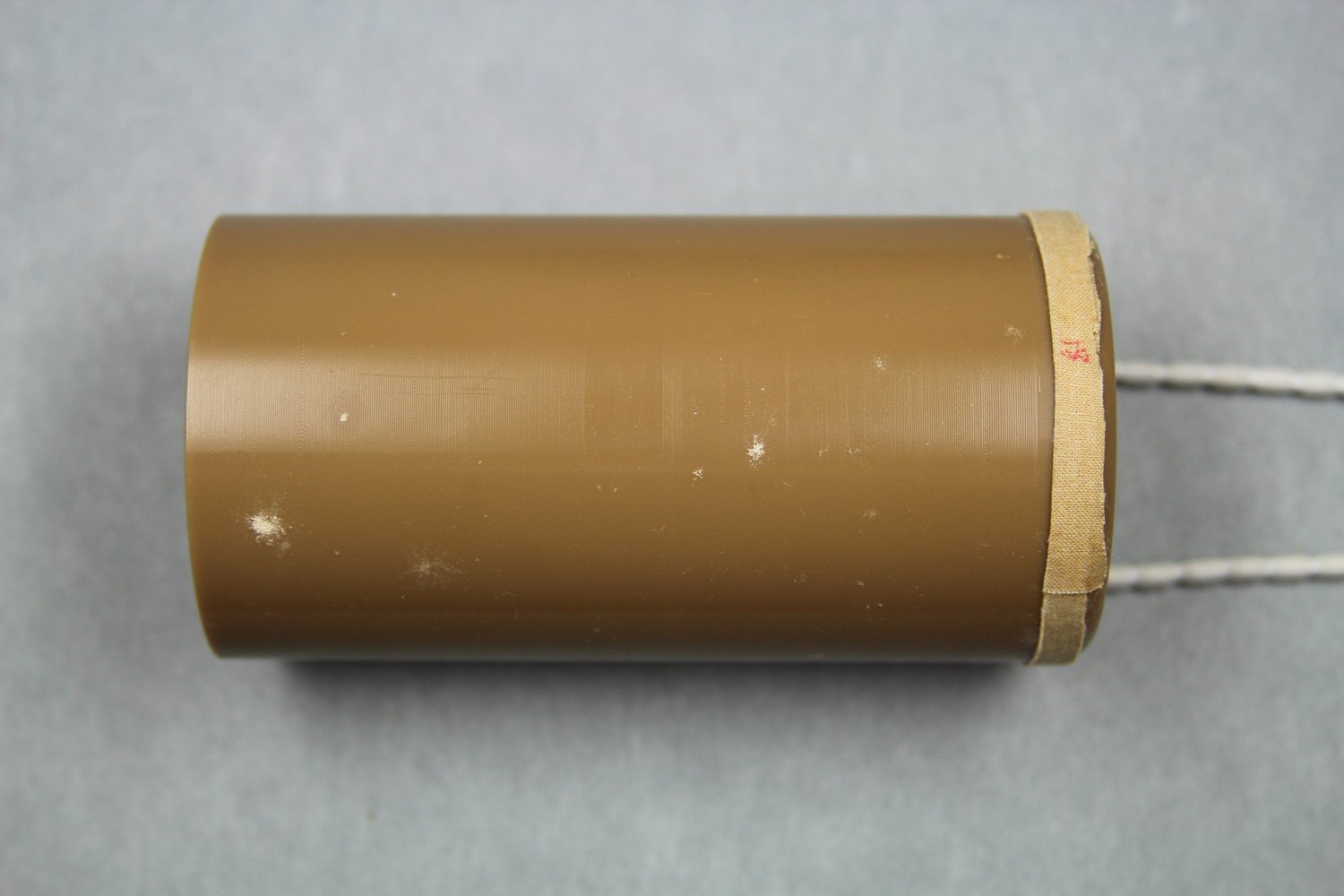 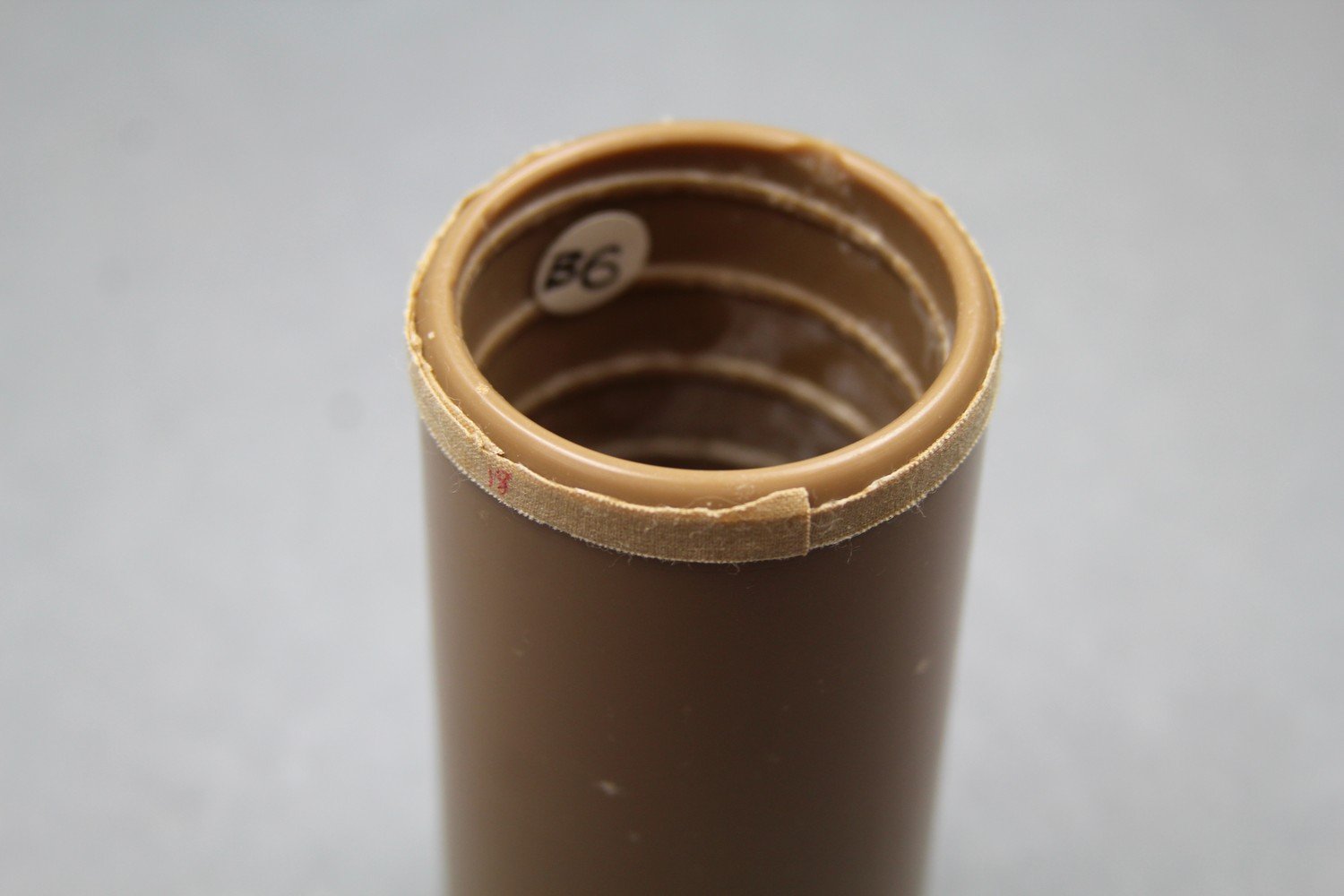 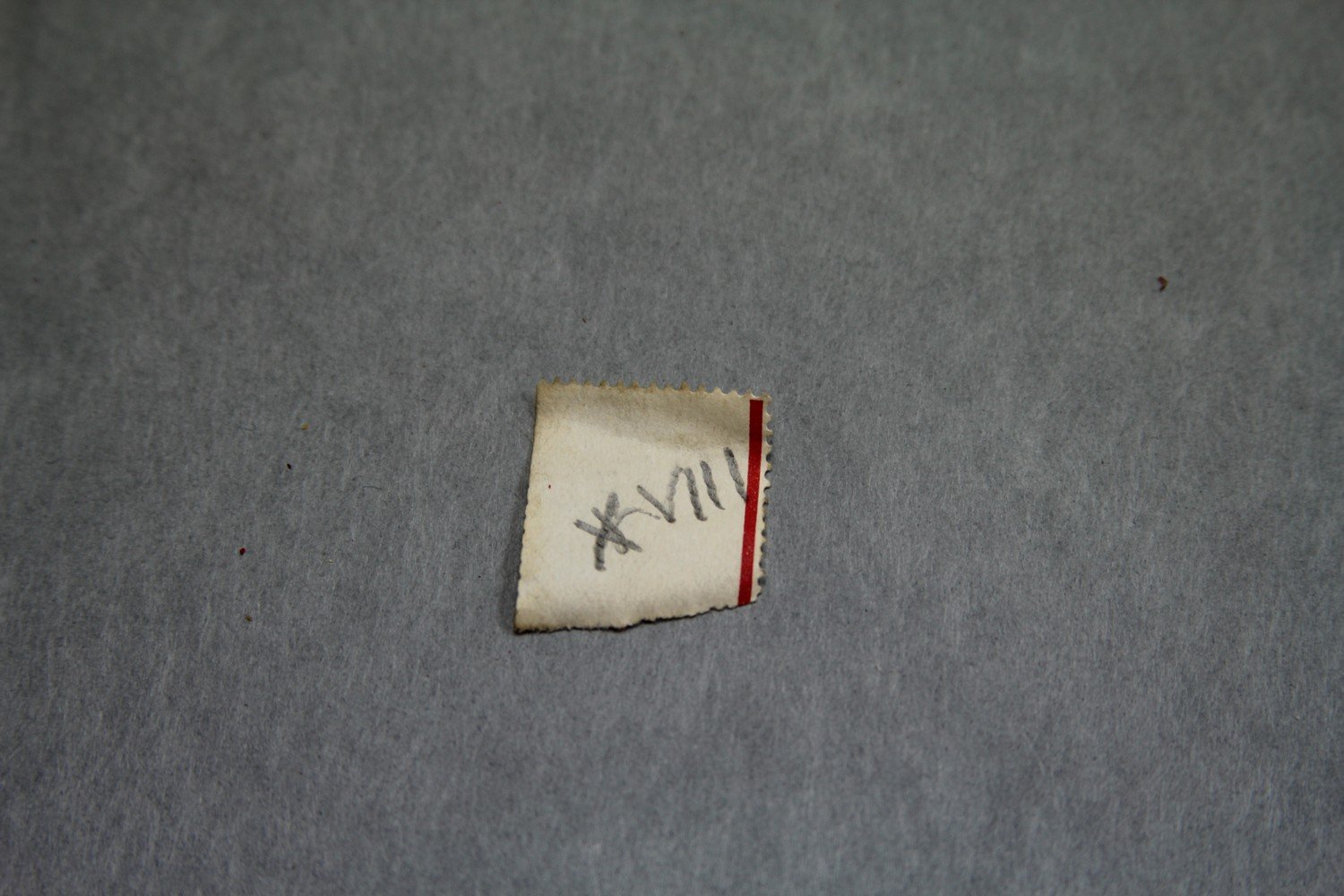    | Haddon, A.C. (ed.) 1907. Reports of the Cambridge Anthropological Expedition to Torres Strait: Volume III, The Languages of Torres Strait. Cambridge: Cambridge University Press. British Library shelfmark General Reference Collection YC.2011.b.631. | Haddon, A.C. (ed.) 1912. Reports of the Cambridge Anthropological Expedition to Torres Strait: Volume IV, Arts and Crafts. Cambridge: Cambridge University Press. British Library shelfmark General Reference Collection YC.2011.b.634. | |||||
| C80/1030 | Secular Song | Akoko (composer) | Mer / Murray Island, Torres Strait Islands | 10 May 1898 – 24 August 1898 | This cylinder has been bandaged on one end. Inscription on insert note: 'Song XVI / Aqoko of Las / Batem[?] daiseda.' On reverse: (Babem mena daiseda) 2 é á wa / new song: made Akoko / of Las'. This recording corresponds to Charles S. Myers' Secular Song XVI. This song was composed by Akoko and was a ‘new song from Las’ (Myers 1912:240). Akoko was noted as able to dream new songs and was recognised by the Islanders as a composer (1912:241). Published and analysed by Myers (1912:246, 254, 268). | Reasonable quality recording but with surface noise. The recording date range assumes that Myers is indeed the recordist and corresponds to the dates of Myer's stay on Mer / Murray Island. The words of the song are in Meriam Mìr (Myers 1912:241). | Meriam Mir | Field recordings | Myers, C. S. | 1'47" | 1898 Cambridge Anthropological Expedition to Torres Straits | Brown wax cylinder. No case. | Alfred Cort Haddon 1898 Expedition (Torres Strait and British New Guinea) Cylinder Collection | British Library | 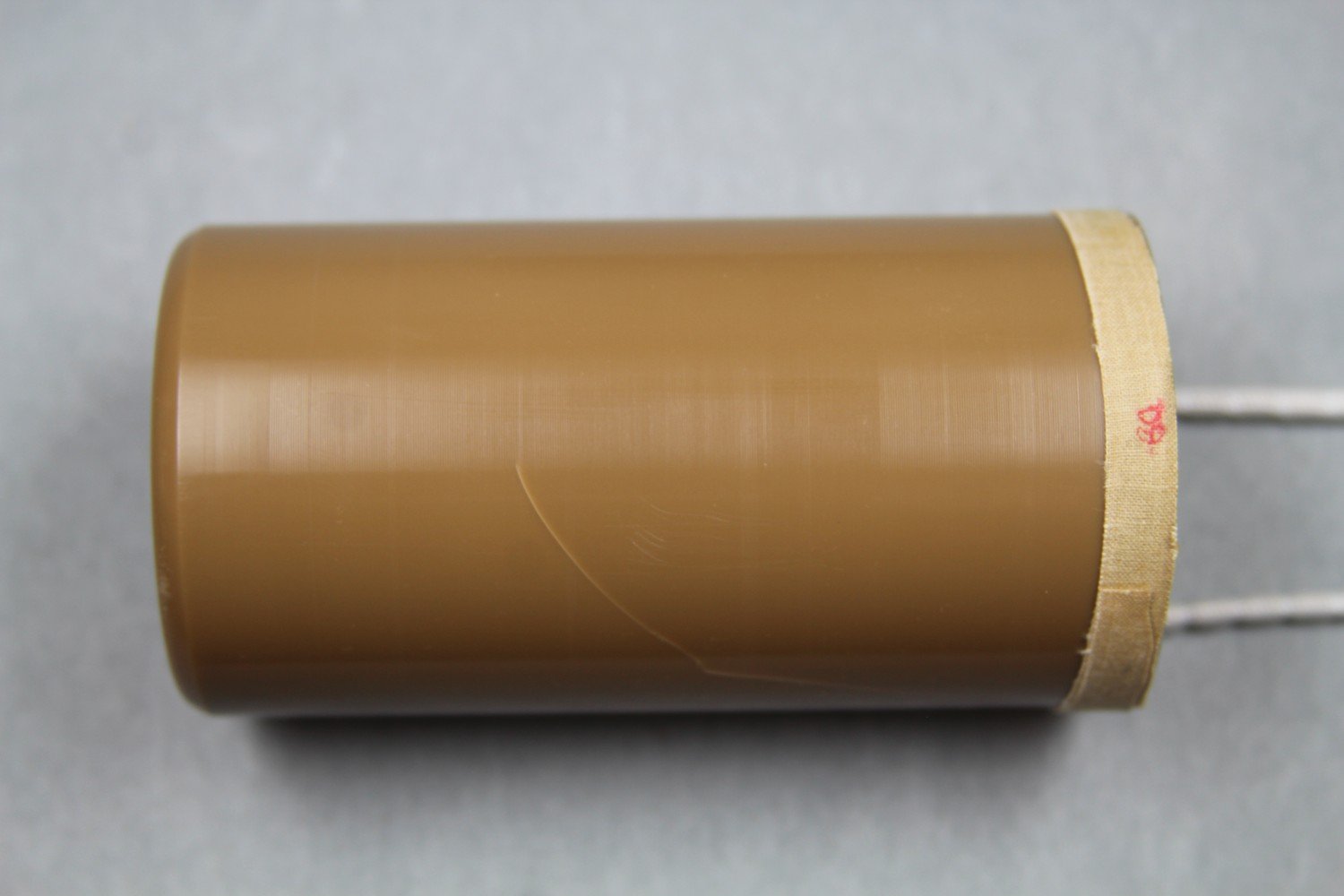  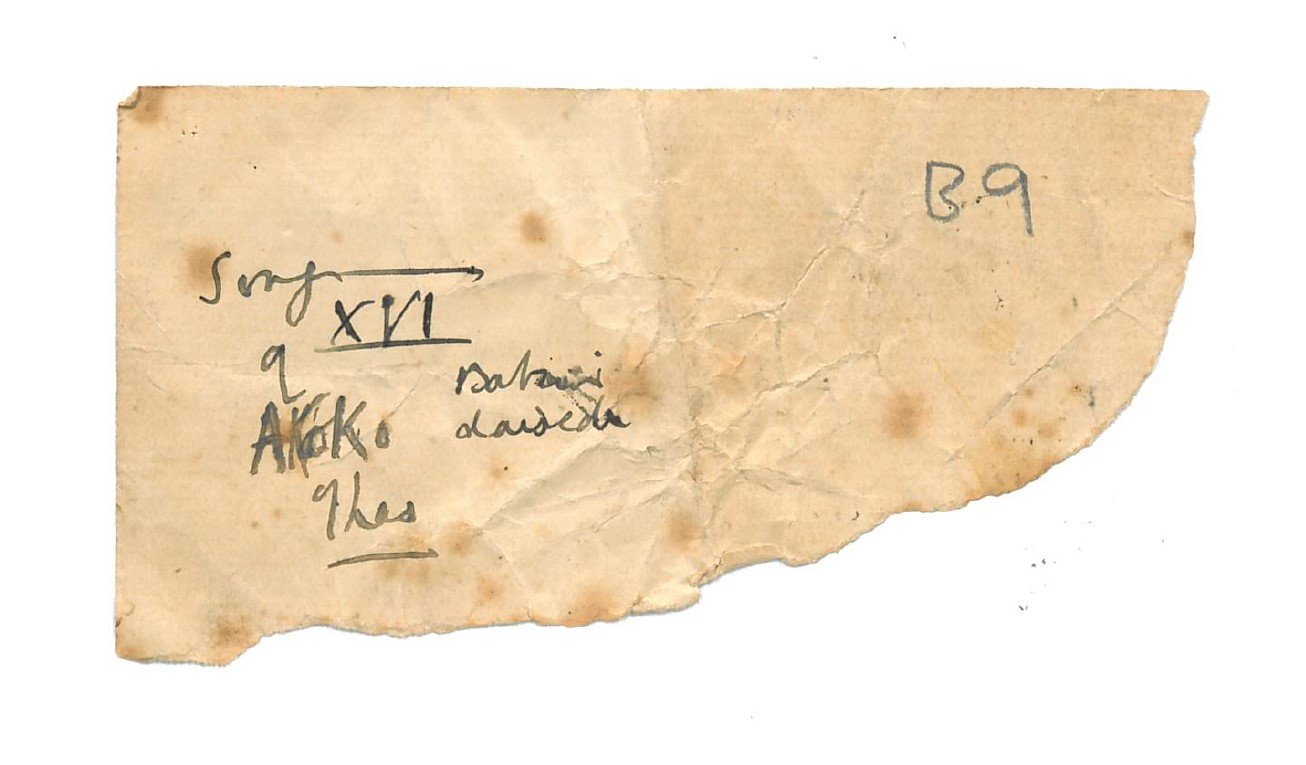    | Haddon, A.C. (ed.) 1912. Reports of the Cambridge Anthropological Expedition to Torres Strait: Volume IV, Arts and Crafts. Cambridge: Cambridge University Press. British Library shelfmark General Reference Collection YC.2011.b.634. | ||||||
| C80/1032 | Song by Joe Brown | Ulai (singer, male); Joe Brown (composer) | Mer / Murray Island, Torres Strait Islands | 10 May 1898 – 24 August 1898 | 1-3. Unaccompanied male vocal solo. Inscription on insert notes (almost illegible): 1. 'Dz Ea / ? Dzin[illeg] Ulai / ? Kolap'. 2.'Joe Brown / Ulai / 3[?] [illeg]'. 3. 'Ulai / song by Joe Brown / [illeg] / old kolap [illeg] song'. 4. 'Drawl. fruit [?]. Dimer [illeg]. / [illeg] / Dzenamarkai / [illeg] / Th[illeg] malásĭka fĕrásika ūmuru / keweia ba isiaba bauwálsika / naigaia / (umura kiwua naigaia) 2 / u.k.n.u.k. / i.m.i.t.i.m.i.t.u.k.n.'. This recording corresponds to Charles S. Myers' Secular Song XIV, which is a kolap song (Myers 1912:240). Kolap spinning had "recently been the fashionable excuse for an island gathering" (Myers 1898:87). Myers (1898:68): Men "will arrange themselves in a ring, + will squat there for hours on the sand, spinning their tops on plates" and may "sing some old song in the course of the spin". This song was sung while people sat in a circle and span kolap or tops (Myers 1912:240). Top spinning also known as kolap omen (Haddon 1912:315). Kolap spinning had "recently been the fashionable excuse for an island gathering" (Myers 1898:87). Words on inserts seem to correspond to Song XIV published by Myers (1912:253, 268). The kolap songs were recorded by Myers on Mer / Murray Island (Ray 1907:50; Haddon 1912:285-286). | Reasonable quality recording. The recording date range assumes that Myers is indeed the recordist and corresponds to the dates of Myer's stay on Mer / Murray Island. | Meriam Mir | Field recordings | Myers, C. S. | 2'17" | 1898 Cambridge Anthropological Expedition to Torres Straits | Brown wax cylinder. No case. | Alfred Cort Haddon 1898 Expedition (Torres Strait and British New Guinea) Cylinder Collection | British Library | 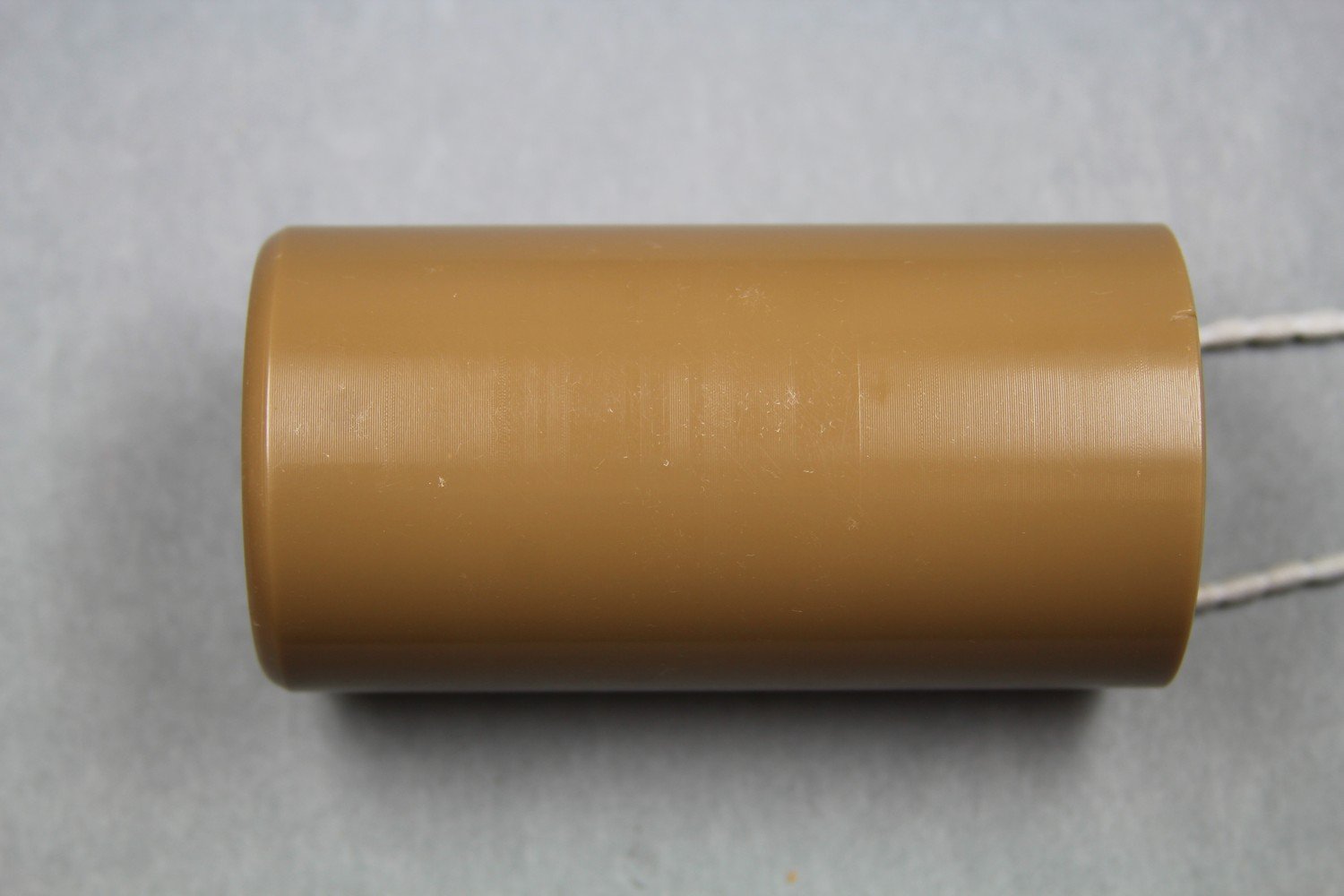 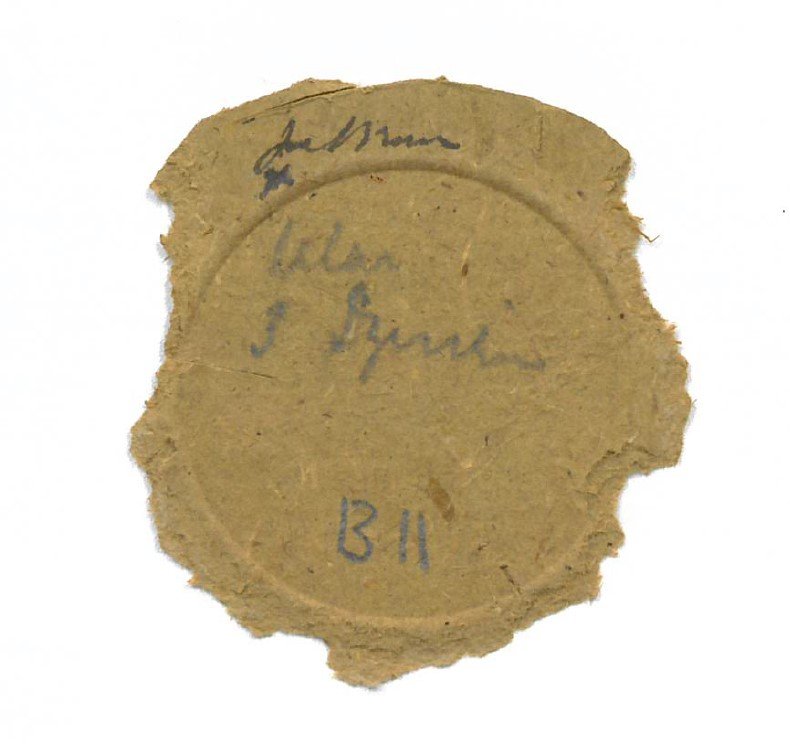     | Haddon, A.C. (ed.) 1912. Reports of the Cambridge Anthropological Expedition to Torres Strait: Volume IV, Arts and Crafts. Cambridge: Cambridge University Press. British Library shelfmark General Reference Collection YC.2011.b.634. | Myers, C. S. 1898-1899. Journal on Torres Straits anthropological expedition. [manuscript] Haddon Papers. ADD 8073. Cambridge: Cambridge University Library. | |||||
| C80/1033 | Joe Brown's Song | Joe Brown (singer, male); Joe Brown (composer) | Mer / Murray Island, Torres Strait Islands | 10 May 1898 – 24 August 1898 | Unaccompanied male vocal solo. Inscription on insert notes: 'XVII / Joe Brown's song.' One small slip of perforated paper: 'XVII 79' [number in red ink]. This recording corresponds to Charles S. Myers' Secular Song XVII. Joe Brown both sang and claimed to have composed the song (Myers 1912:240). This recording was previously described as as song XVI on SAMI. However, XVII is noted on the paper cylinder insert and also noted by Moyle (1985). Analysis and translation published by Myers (1912:254, 268). | Reasonable quality recording. The recording date range assumes that Myers is indeed the recordist and corresponds to the dates of Myer's stay on Mer / Murray Island. One of the words of this song is in Meriam Mìr (Myers 1912:241). | Meriam Mir | Field recordings | Myers, C. S. | 2'02" | 1898 Cambridge Anthropological Expedition to Torres Straits | Brown wax cylinder. No case. | Alfred Cort Haddon 1898 Expedition (Torres Strait and British New Guinea) Cylinder Collection | British Library | 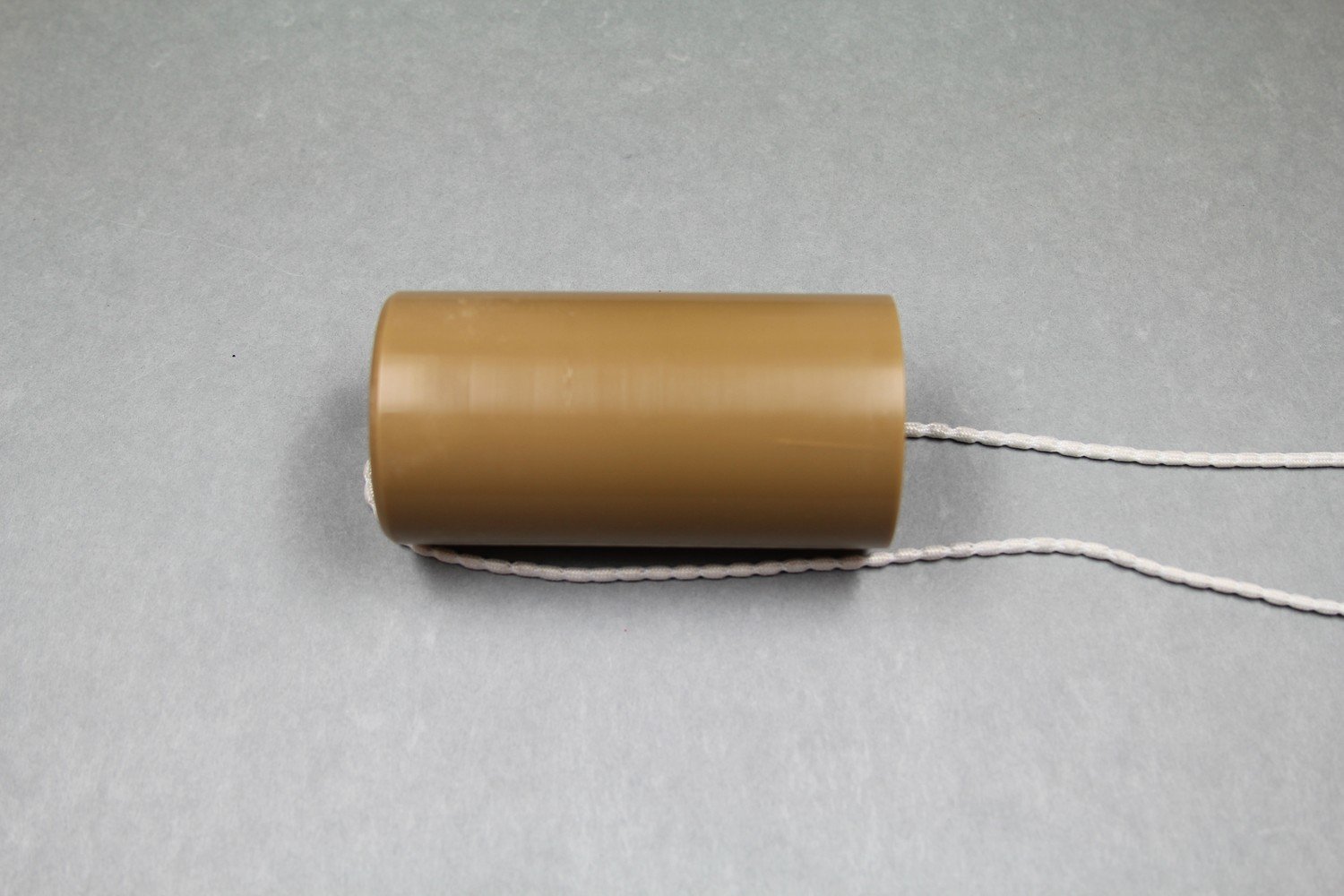 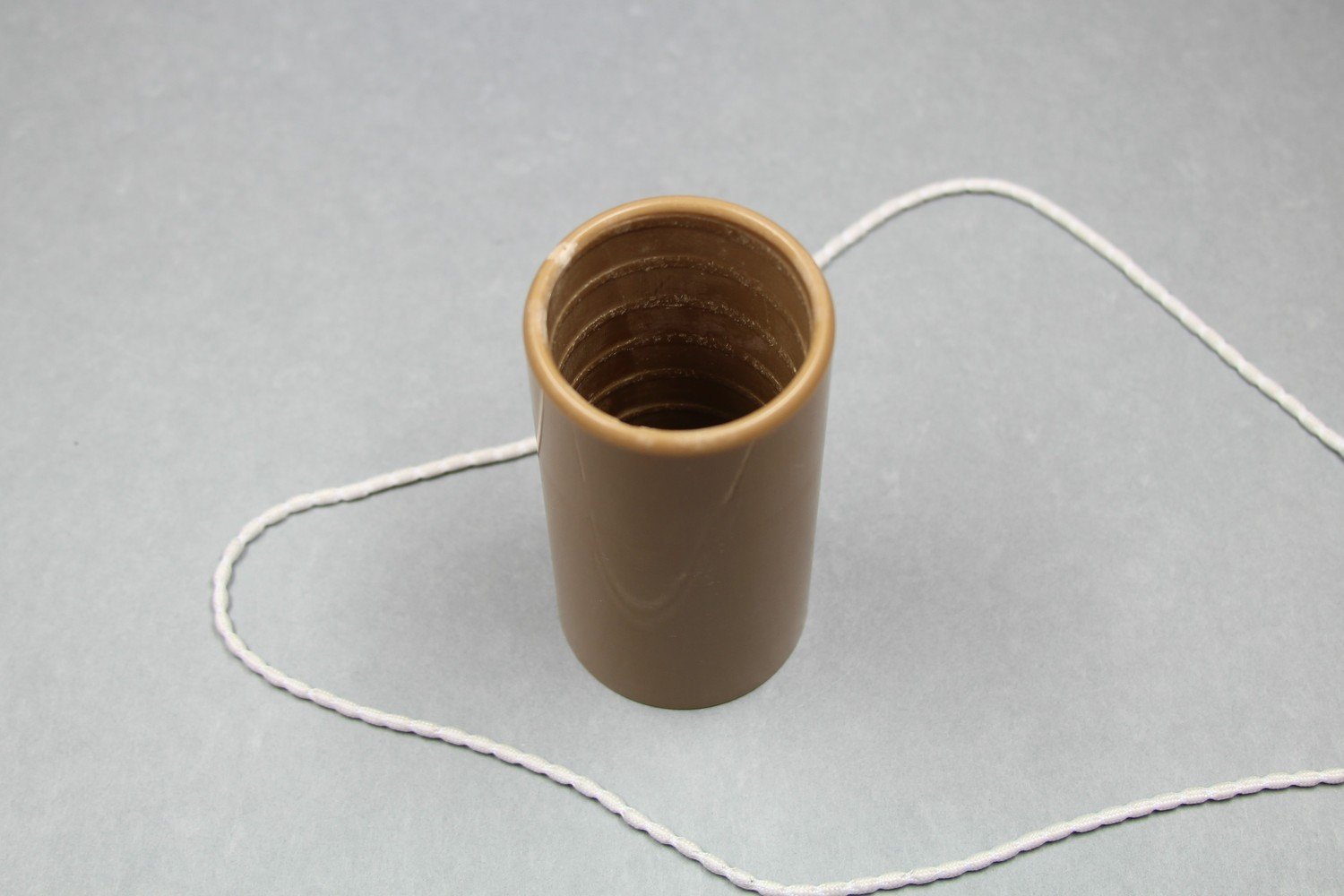 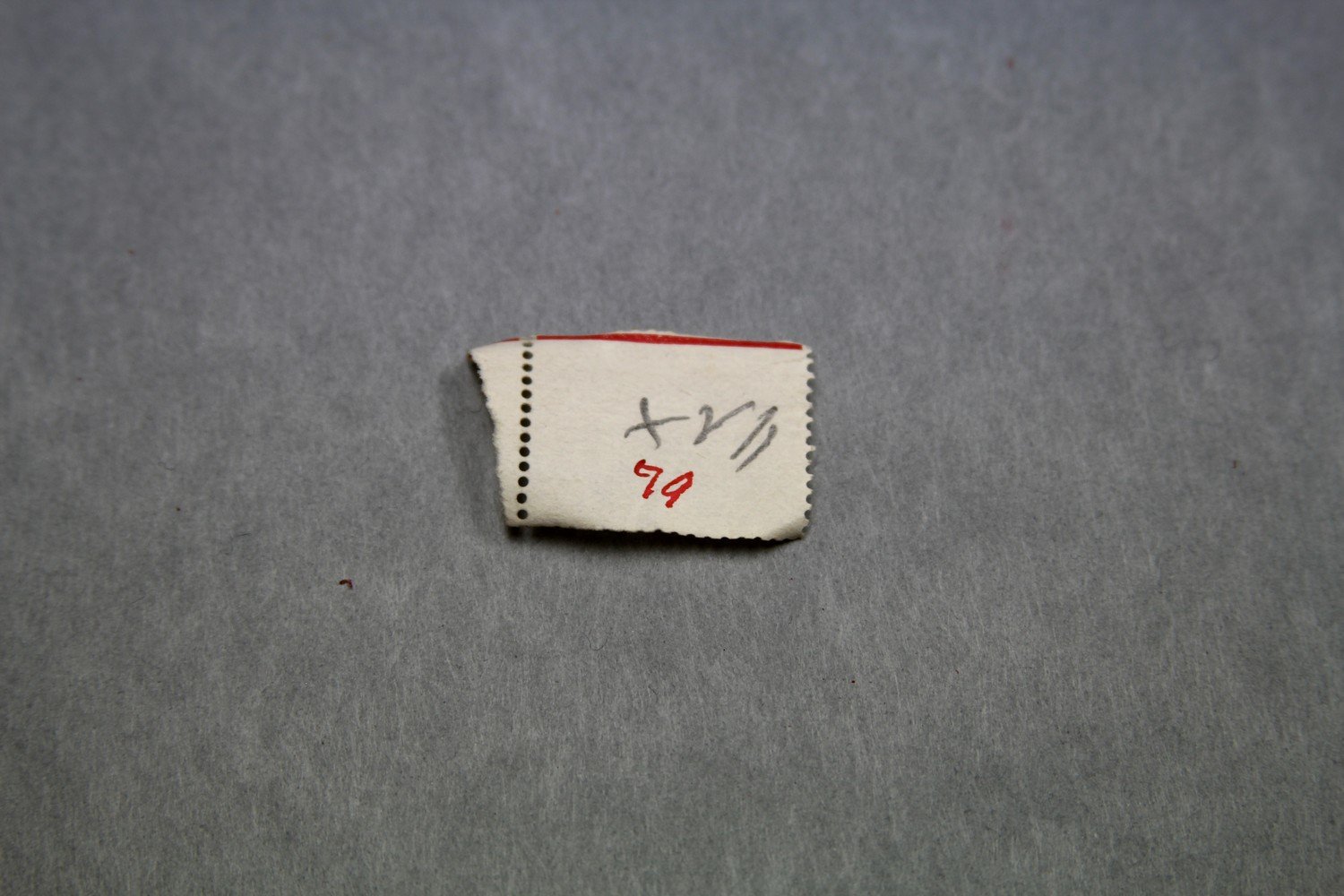 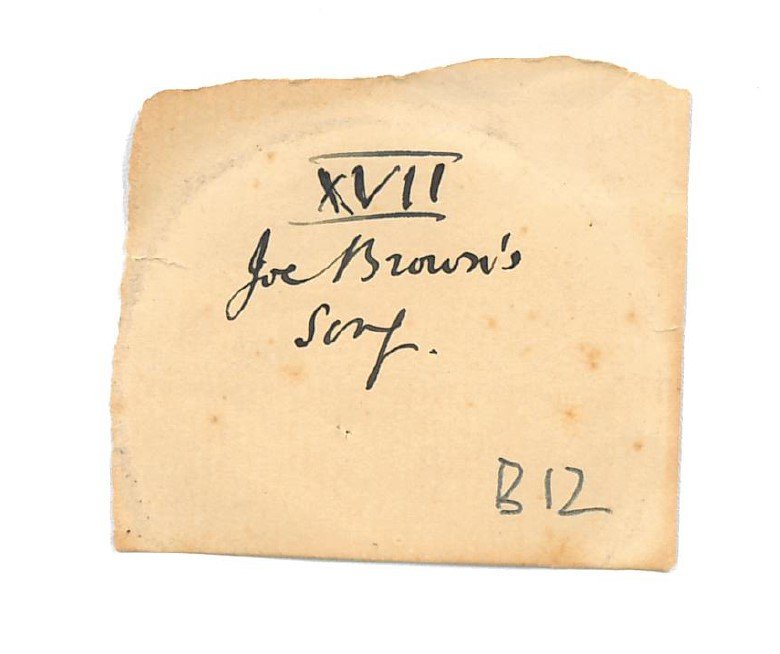   | Haddon, A.C. (ed.) 1912. Reports of the Cambridge Anthropological Expedition to Torres Strait: Volume IV, Arts and Crafts. Cambridge: Cambridge University Press. British Library shelfmark General Reference Collection YC.2011.b.634. | Moyle, A. 1985. The Torres Strait phonograph recordings: a preliminary listing of contents. Australian Aboriginal Studies 2, pp. 53-57. | |||||
| C80/1107 | Kolap Matubia Song | Matu (singer, male); Joe Brown (singer, male); unidentified (singer, male) | Mer / Murray Island, Torres Strait Islands | 10 May 1898 – 24 August 1898 | Male vocal solo. Inscription on lid: ‘A badly sung Kolap matubia / not worth using [illeg] / Kolap song old by Matu / [illeg]’. Kolap spinning had "recently been the fashionable excuse for an island gathering" (Myers 1898:87). Myers (1898:68): Men "will arrange themselves in a ring, + will squat there for hours on the sand, spinning their tops on plates" and may "sing some old song in the course of the spin". The kolap songs were recorded by Myers on Mer / Murray Island (Ray 1907:50; Haddon 1912:285-286). | Reasonable quality recording with repeating grooves at approximately 1.35 and occasional low audibility. The recording date range assumes that Myers is indeed the recordist and corresponds to the dates of Myer's stay on Mer / Murray Island. | Kala Lagaw Ya (Ray noted that the kolap songs ‘appear[ed] to have been originally in the Western language, and since corrupted’ (1907:50). All of the recorded kolap songs contained Western words. It is not clear whether they are also sung in Meriam Mir.) | Field recordings | Myers, C. S. | 2'26" | 1898 Cambridge Anthropological Expedition to Torres Straits | Brown wax cylinder. Cardboard cylinder case. | Alfred Cort Haddon 1898 Expedition (Torres Strait and British New Guinea) Cylinder Collection | British Library |  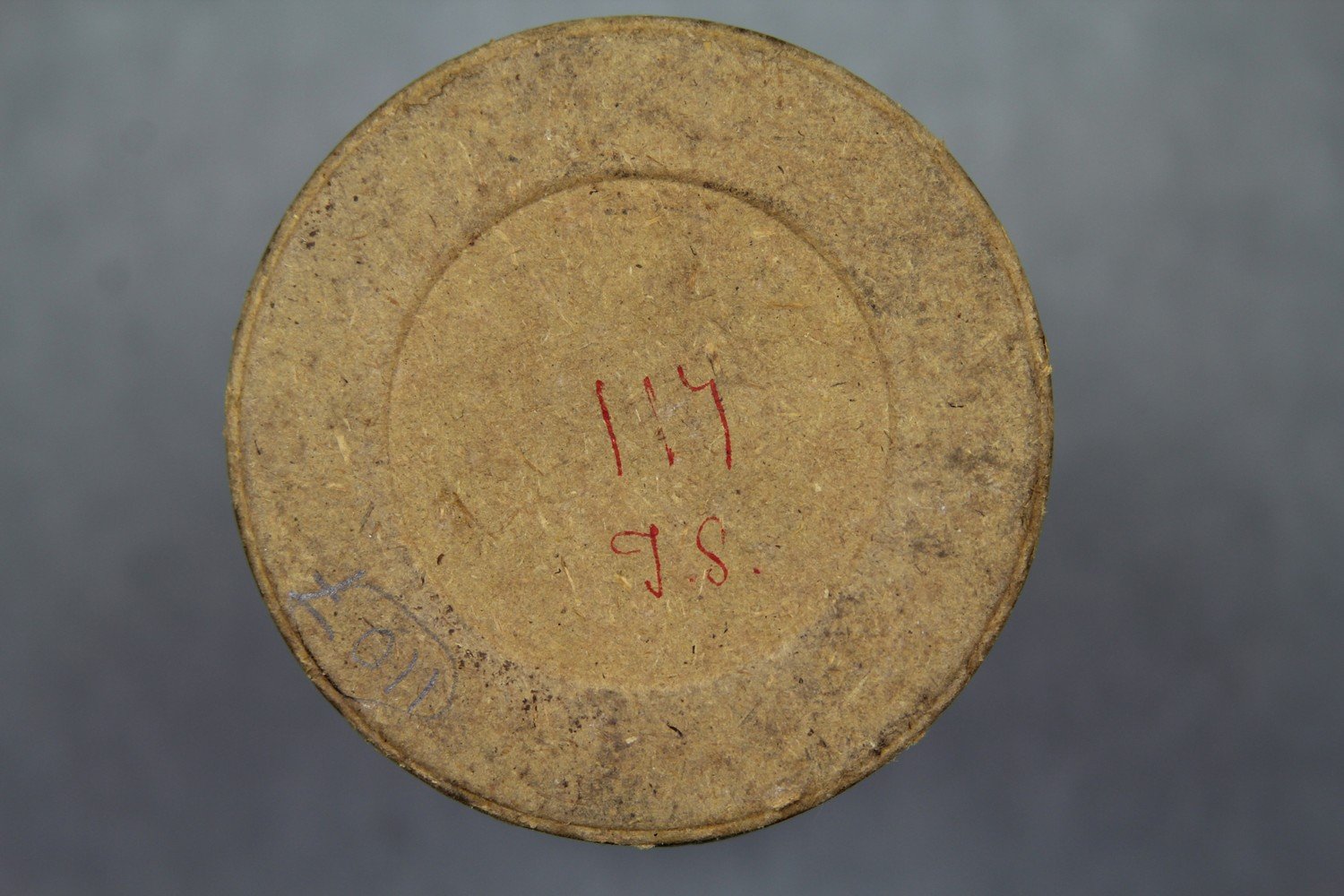 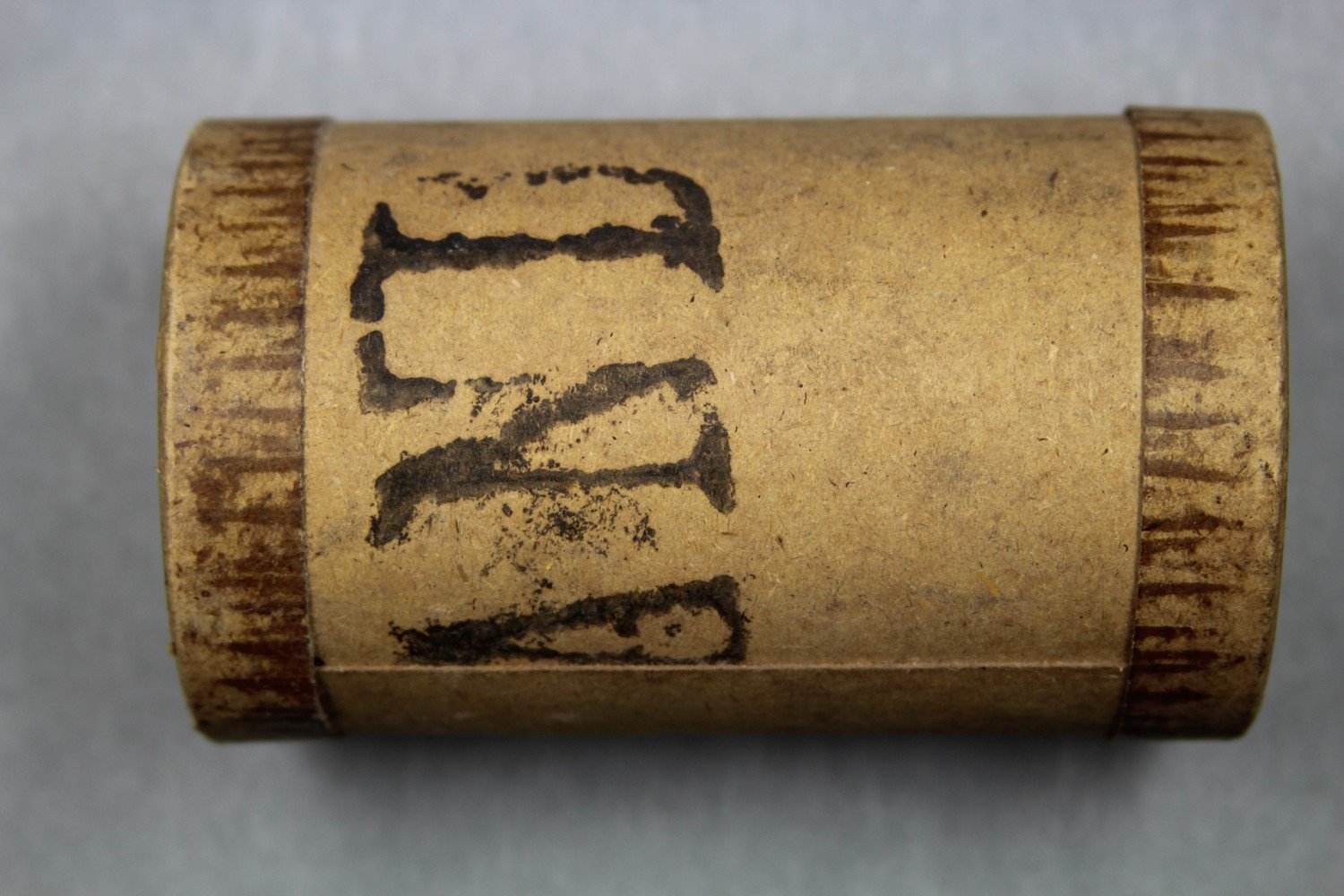    | Myers, C. S. 1898-1899. Journal on Torres Straits anthropological expedition. [manuscript] Haddon Papers. ADD 8073. Cambridge: Cambridge University Library. | Haddon, A.C. (ed.) 1907. Reports of the Cambridge Anthropological Expedition to Torres Strait: Volume III, The Languages of Torres Strait. Cambridge: Cambridge University Press. British Library shelfmark General Reference Collection YC.2011.b.631. | Haddon, A.C. (ed.) 1912. Reports of the Cambridge Anthropological Expedition to Torres Strait: Volume IV, Arts and Crafts. Cambridge: Cambridge University Press. British Library shelfmark General Reference Collection YC.2011.b.634. | ||||
| C80/1106 | [No title] | Ari (singer, male, Mamoose of Mer / Murray Island) | Mer / Murray Island, Torres Strait Islands | 10 May 1898 – 24 August 1898 | Broken cylinder - unable to be digitised. This cylinder probably corresponds to Charles S. Myers' Keber Song X. 'dimer' also mentioned for C80/1026 and C80/1032. Not included in Alice Moyle's 1985 audition sheet. It was probably broken before this time. | The recording date range assumes that Myers is indeed the recordist and corresponds to the dates of Myer's stay on Mer / Murray Island. | Field recordings | Myers, C. S. | 1898 Cambridge Anthropological Expedition to Torres Straits | Brown wax cylinder. Cardboard cylinder case. | Alfred Cort Haddon 1898 Expedition (Torres Strait and British New Guinea) Cylinder Collection | British Library |       |
There is a sub-set of recordings that feature crying and grieving (C80/1068, 1073 and 1075 from Mabuiag, C80/1104 from Mer). Moyle (1985:57) also included cylinder C57A, a duplicate of possibly C80/1073 [C57] that has not yet been identified within C80.
On Mer, Myers described the death of Morris, son of Billy, in June 1898 and of George Rotuma’s baby on the night of 14 August 1898 (Myers 1898:67-68, 112). Myers’ noted the crying and “wailing” that followed the news of the deaths. Haddon wrote of the death of Waria’s infant son on Mabuiag on 31 September (1898:231). He also described attending a funeral of a woman on Mer (1901:93-94).
| British Library shelfmark | Recording title | Performer name | Recording location | Recording date | Content description | Performer description | Recording notes | Languages | Genre | Recordist | Recording length | Recording trip | Description of cylinder | Collection title | Cylinder location | Images of cylinder containers / documentation | Related print publication: | Related print publication: | Related print publication: | Related print publication: | Related print publication: | Related print publication: |
|---|---|---|---|---|---|---|---|---|---|---|---|---|---|---|---|---|---|---|---|---|---|---|
| C80/1104 | Death Wail | Unidentified (chorus) | Mer / Murray Island, Torres Strait Islands | 6 May 1898 – 8 September 1898 | 1. Unaccompanied vocal group. Myers described the death of Morris, son of Billy, on Mer / Murray Island in June 1898 and the death of George Rotuma’s baby on the night of 14 August 1898 (Myers 1898:67-68, 112). Myers’ described the crying and ‘wailing’ that followed the news of the deaths. Haddon also described attending a funeral of a woman on Mer (1901:93-94). | Good quality recording. As the recordist has not been identified, the recording date range corresponds to when any of the Expedition members were on Mer / Murray Island. | Meriam Mir | Field recordings | 2'23" | 1898 Cambridge Anthropological Expedition to Torres Straits | Brown wax cylinder. Cardboard cylinder case. Edisonia. | Alfred Cort Haddon 1898 Expedition (Torres Strait and British New Guinea) Cylinder Collection | British Library | 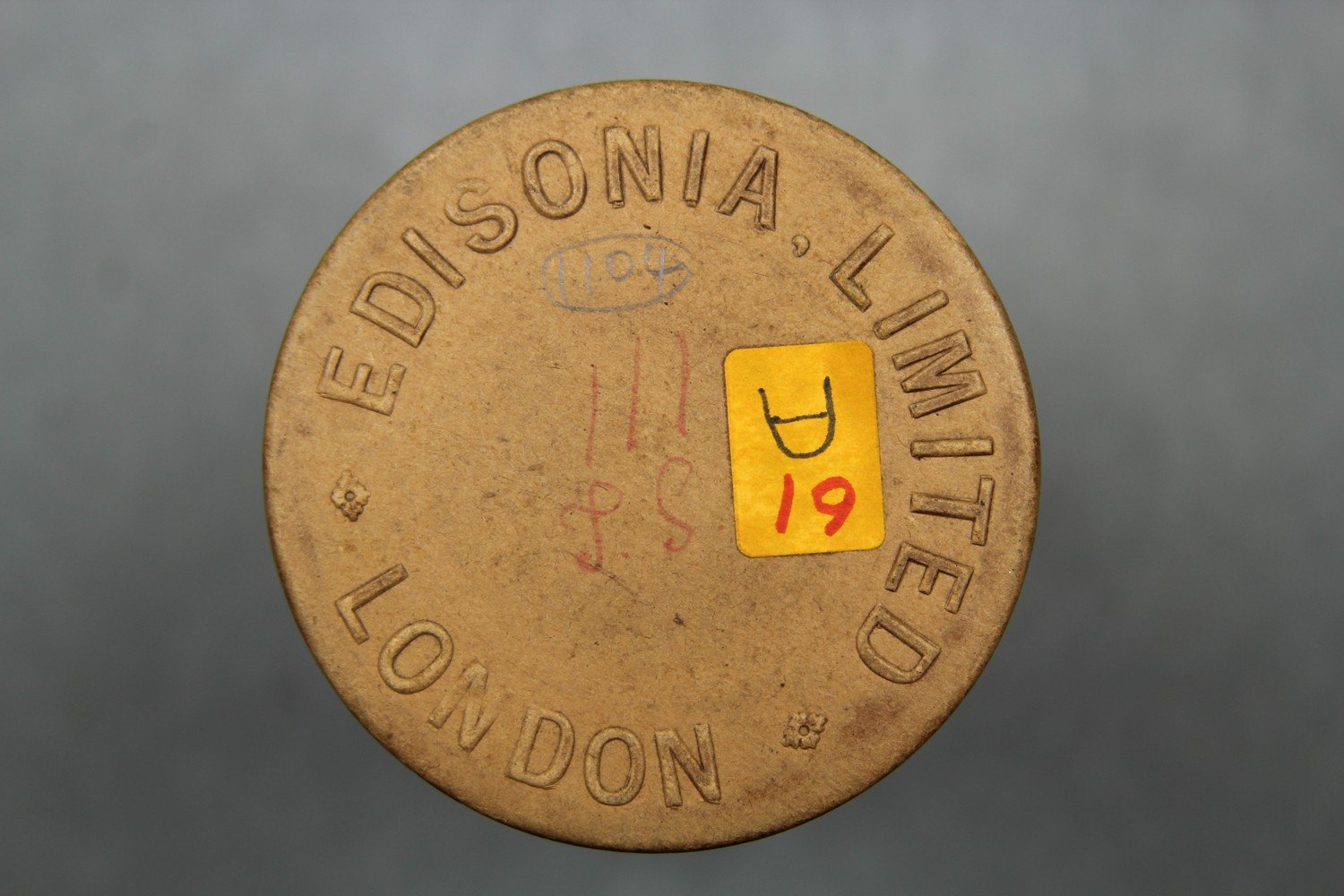 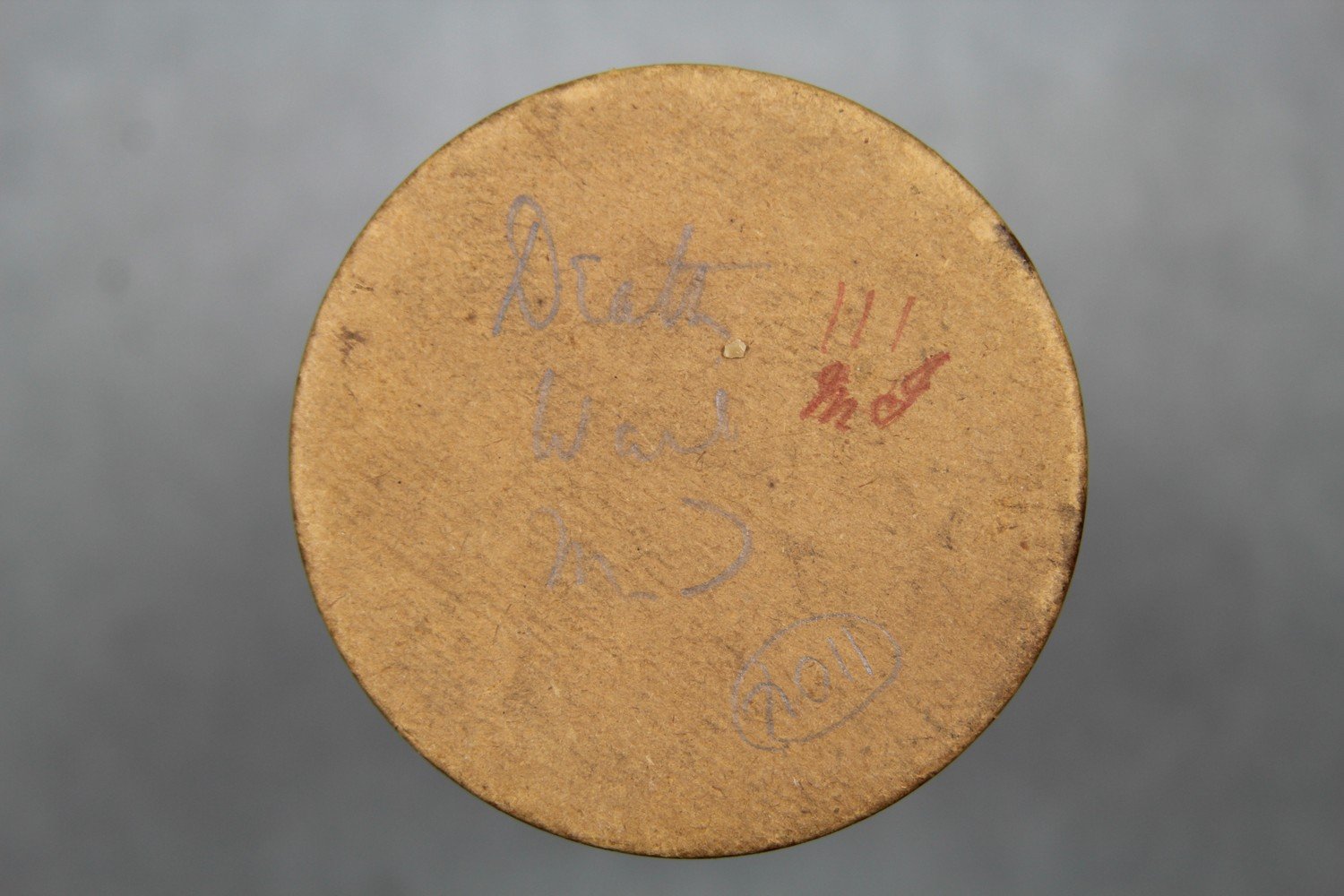     | Myers, C. S. 1898-1899. Journal on Torres Straits anthropological expedition. [manuscript] Haddon Papers. ADD 8073. Cambridge: Cambridge University Library. | Haddon, A.C. 1901. Head-Hunters. Black, White and Brown. London: Metheun & Co. General Reference Collection 010055.e.28. |
| British Library shelfmark | Recording title | Performer name | Recording location | Recording date | Content description | Performer description | Recording notes | Languages | Genre | Recordist | Recording length | Recording trip | Description of cylinder | Collection title | Cylinder location | Images of cylinder containers / documentation | Related print publication: | Related print publication: | Related print publication: | Related print publication: | Related print publication: | Related print publication: |
|---|---|---|---|---|---|---|---|---|---|---|---|---|---|---|---|---|---|---|---|---|---|---|
| C80/1028 | Male vocal solo | Unidentified (singer, male); unidentified (percussion) | Mer / Murray Island, Torres Strait Islands | 6 May 1898 – 8 September 1898 | Male vocal solo, with percussion accompaniment. No further information available. | Poor quality recording with heavy surface noise due to mould on cylinder. As the recordist has not been identified, the recording date range corresponds to when any of the Expedition members were on Mer / Murray Island. From Alice Moyle's 1985 audition sheets: '[Drum clearly audible.] No documentation.' Moyle identified this cylinder as a Mer / Murray Island cylinder. | Field recordings | 2'08" | 1898 Cambridge Anthropological Expedition to Torres Straits | Brown wax cylinder. No case. | Alfred Cort Haddon 1898 Expedition (Torres Strait and British New Guinea) Cylinder Collection | British Library | 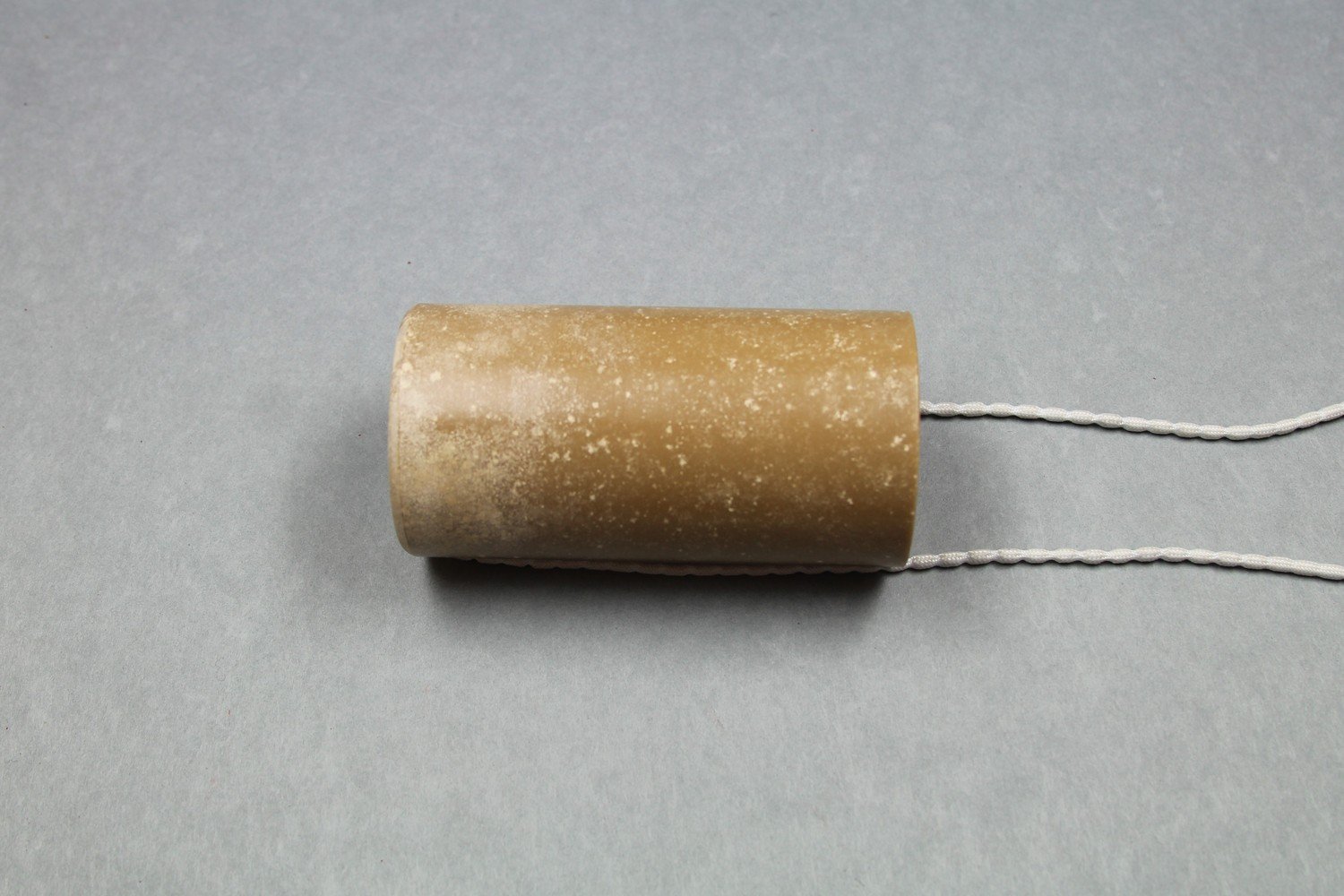 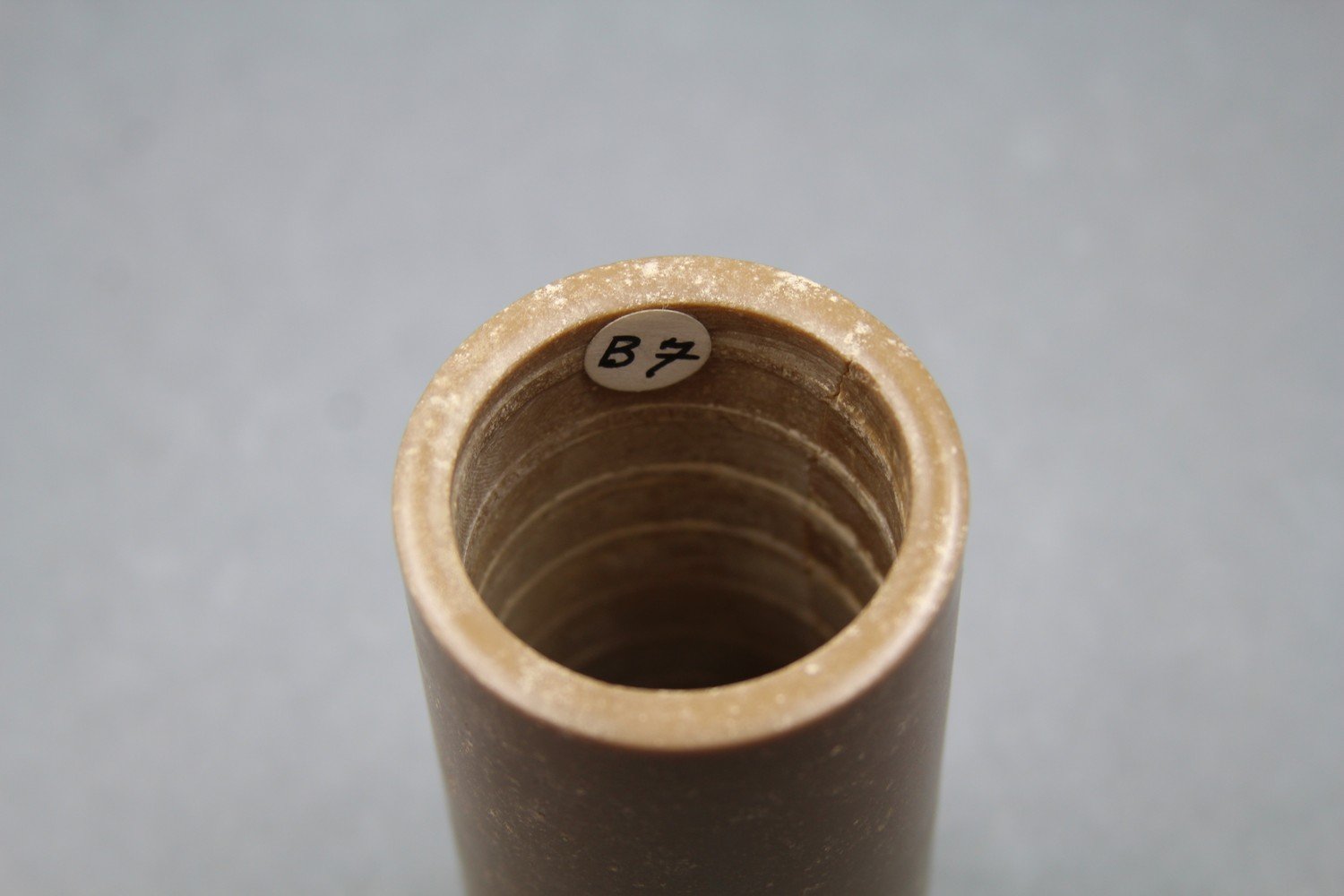     | Alice Moyle (AIAS, now AIATSIS) completed audition sheets for the Torres Strait cylinder collection in 1985. Copies of these are held at the British Library. | ||||||||
| C80/1037 | Jimmy Rice's song | Jimmy Rice (singer, male) | Mer / Murray Island, Torres Strait Islands | 10 May 1898 – 24 August 1898 | 1. Unaccompanied male vocal solo. Inscription on lid: ‘not transcribable'. Inscription on side: ‘Jimmy Rice’s Song ?original’. Ray notes that Jimmy Rice was present during the evening of 28 July 1898 where Ulai and others sang into Myer's phonograph (1898:81). However, there is no evidence linking this recording to that exact date. Ray notes that Jimmy Rice was present during the evening of 28 July 1898 where Ulai and others sang into Myer's phonograph (1898:81). However, there is no evidence linking this recording to that exact date. | Poor quality recording with weak signal and short duration. The recording date range assumes that Myers is indeed the recordist and corresponds to the dates of Myer's stay on Mer / Murray Island. | Meriam Mir | Field recordings | Myers, C. S. | 0'41" | 1898 Cambridge Anthropological Expedition to Torres Straits | Brown wax cylinder. Cardboard cylinder case. Edisonia. | Alfred Cort Haddon 1898 Expedition (Torres Strait and British New Guinea) Cylinder Collection | British Library | 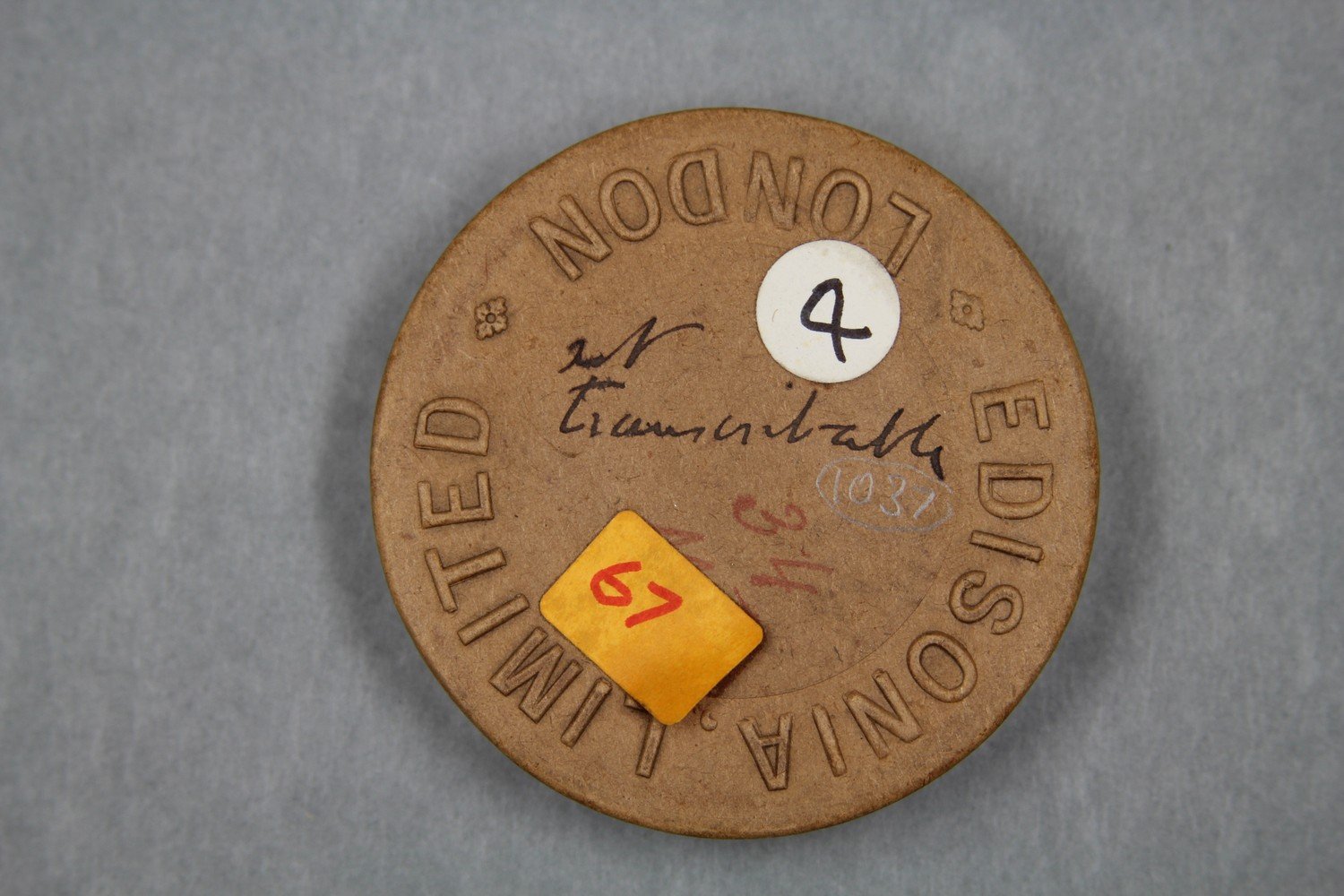 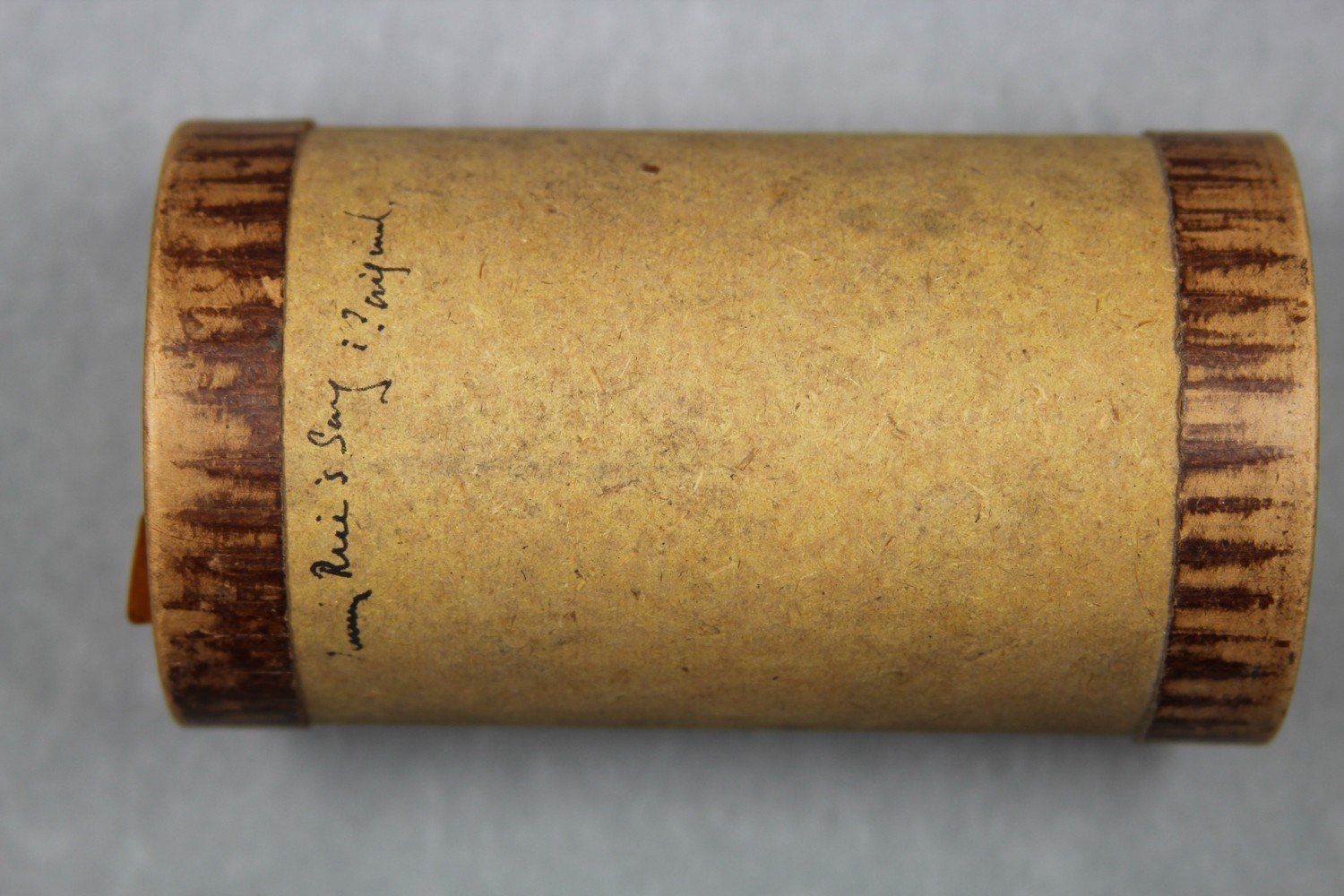     | Myers, C. S. 1898-1899. Journal on Torres Straits anthropological expedition. [manuscript] Haddon Papers. ADD 8073. Cambridge: Cambridge University Library. | ||||||
| C80/1054 | Brass Babelu | Babelu (performer, male) | Mer / Murray Island, Torres Strait Islands | 10 May 1898 – 24 August 1898 | 1. Male vocal solo, possibly with percussion accompaniment. Inscription on insert note: 'C21 / Brass / Babelu'. Sticker: ‘A__on Eoot(?) / Brass Babelu’. | Babelu performed the Tur siriam keber, as witnessed by Myers at the dance festival on 24 May 1898 (1908:133). Babelu also known as Mamuru (Rivers 1908:78). | Poor quality recording with weak signal and surface noise. The recording date range assumes that Myers is indeed the recordist and corresponds to the dates of Myer's stay on Mer / Murray Island. | Meriam Mir | Field recordings | Myers, C. S. | 1'38" | 1898 Cambridge Anthropological Expedition to Torres Straits | Brown wax cylinder. Metal cylinder case. | Alfred Cort Haddon 1898 Expedition (Torres Strait and British New Guinea) Cylinder Collection | British Library | 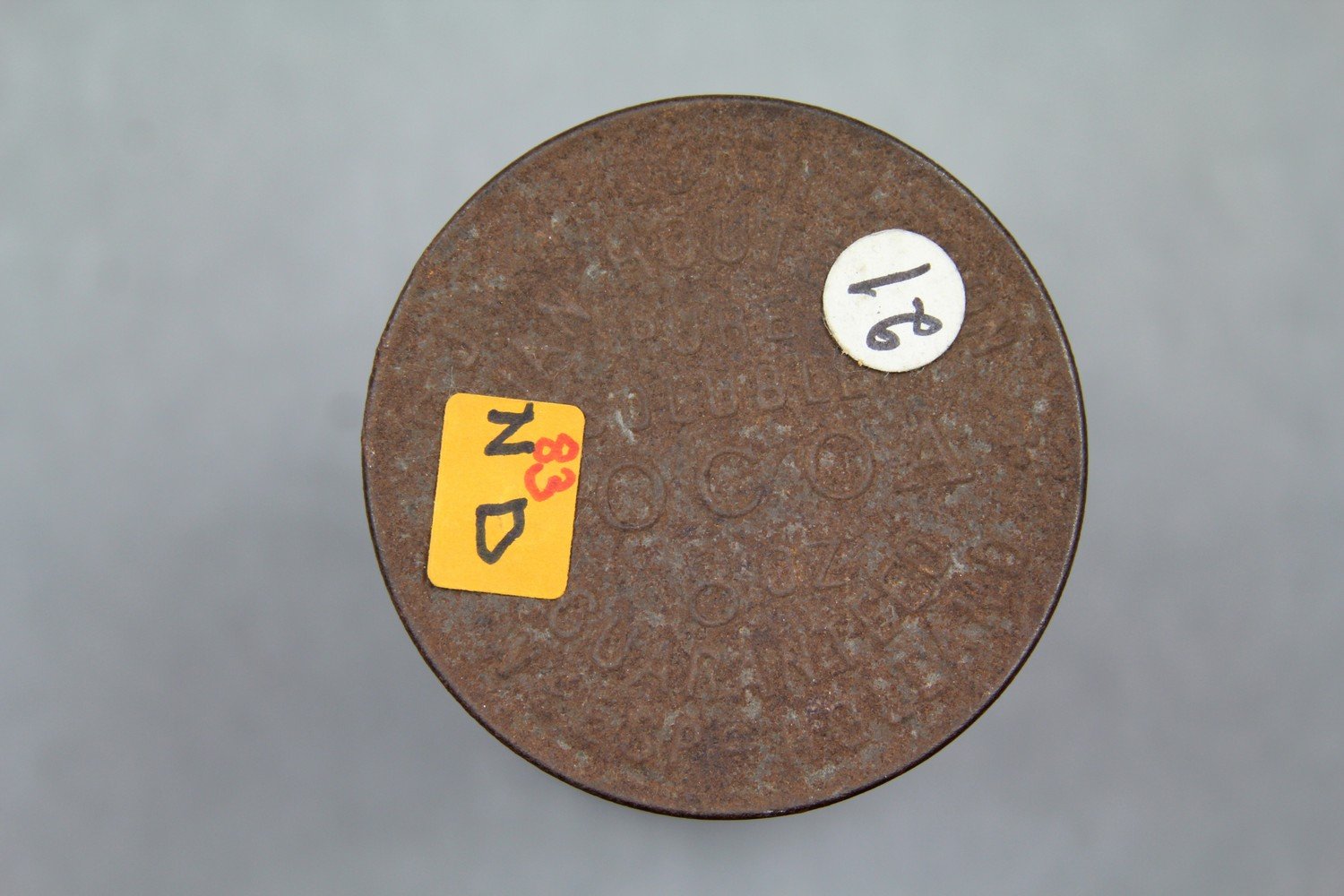  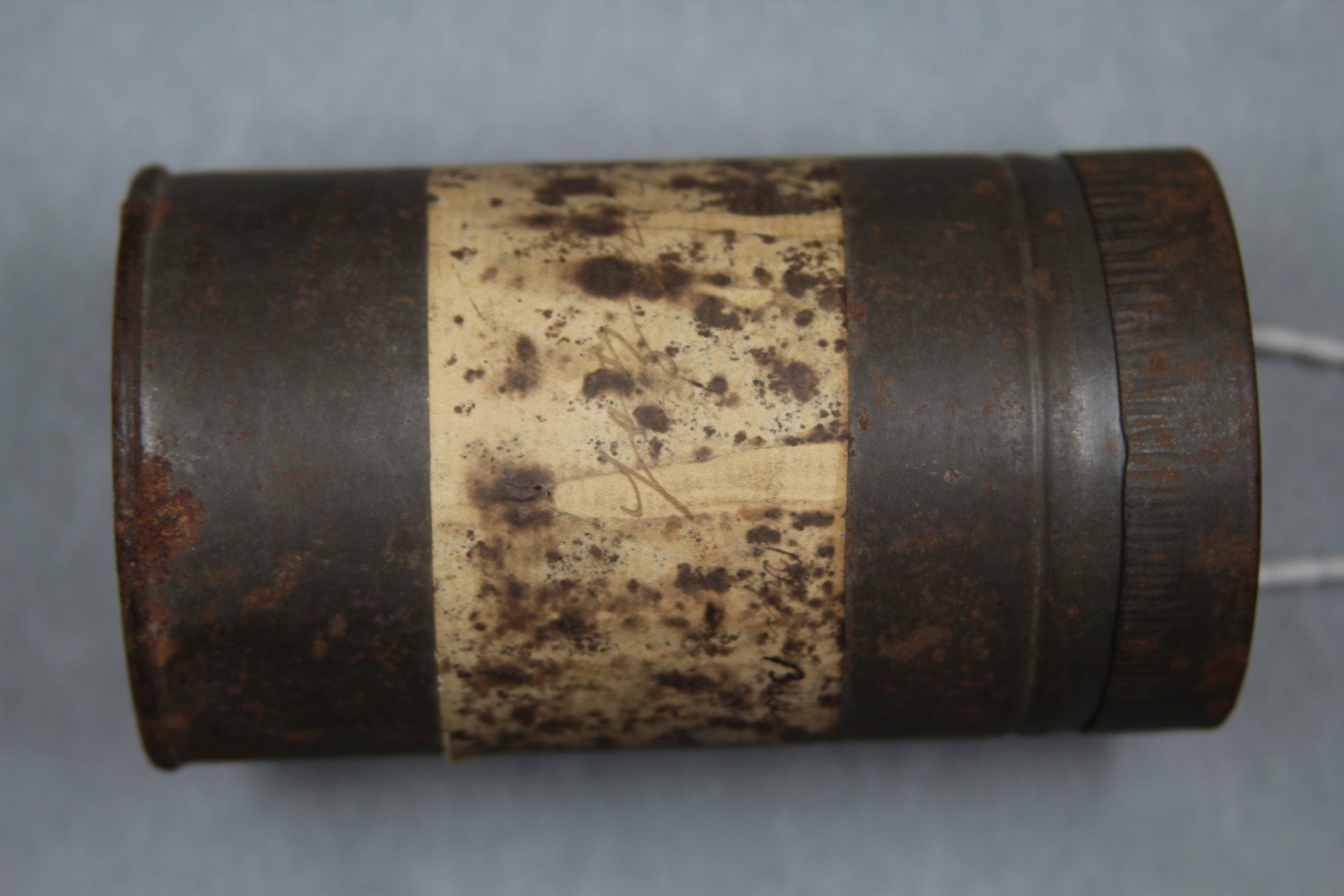 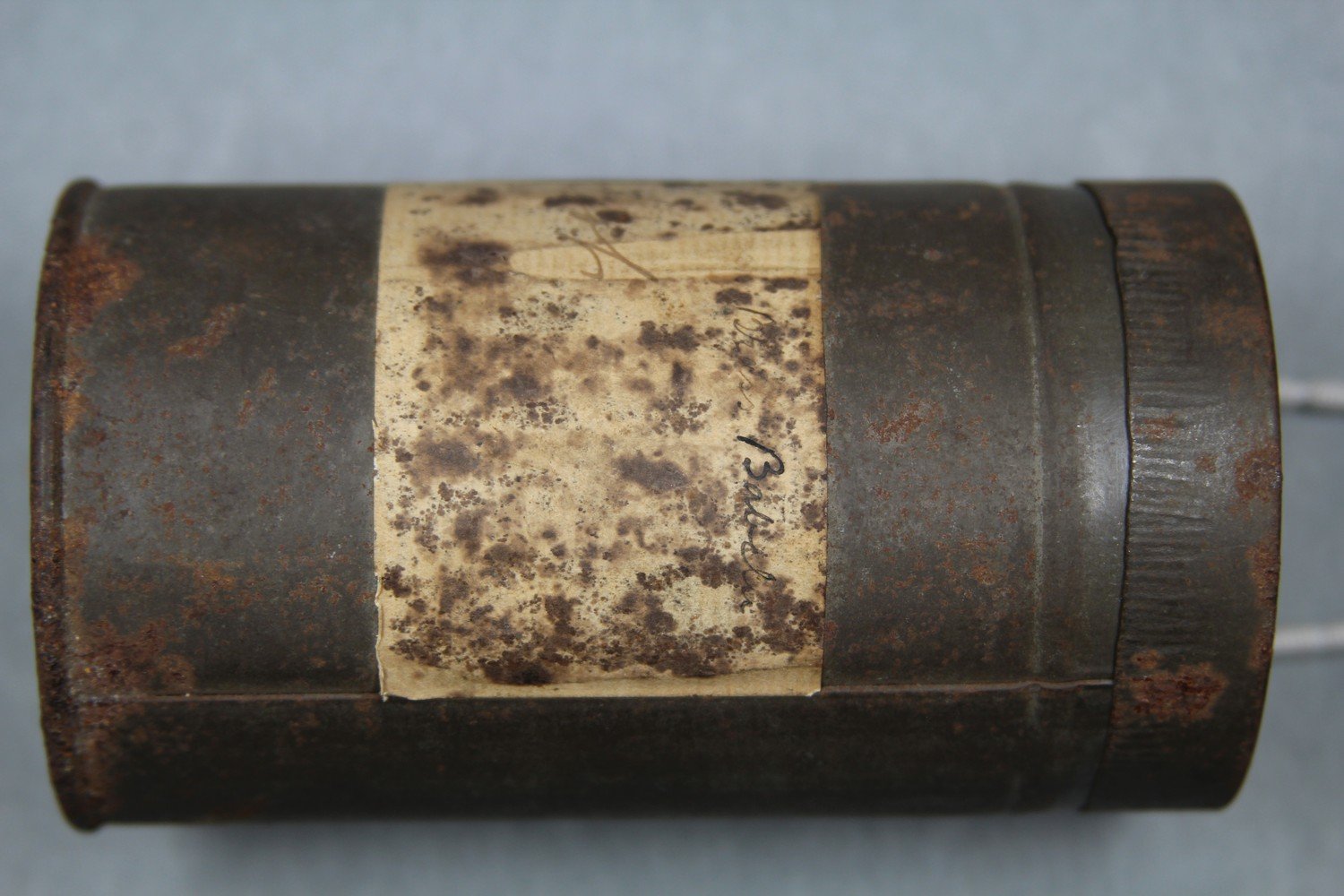 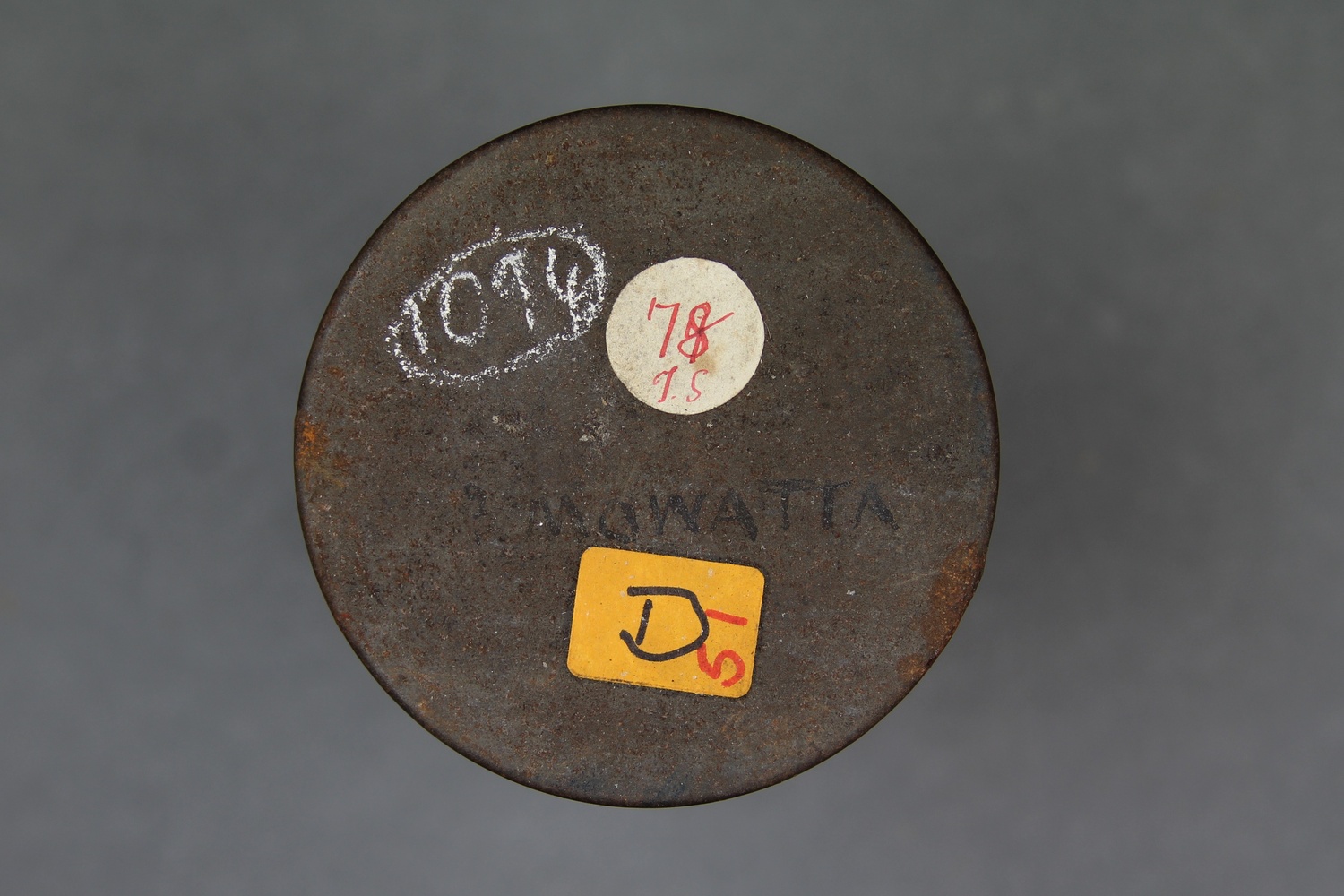  | Haddon, A.C. (ed.) 1908. Reports of the Cambridge Anthropological Expedition to Torres Strait: Volume VI, Sociology, Magic and Religion of the Eastern Islanders. Cambridge: Cambridge University Press. British Library shelfmark General Reference Collection YC.2011.b.632. | |||||
| C80/1060 | Story of Shark | Jimmy Dei (speaker, male, police sergeant) | Mer / Murray Island, Torres Strait Islands | 6 May 1898 – 8 September 1898 | 1. Announcement: "Story about a shark… [indecipherable]. Sergeant Day, Murray Island". 2. Story about a shark. The term 'neur wer' refers to a constellation of two stars "which makes big wind and rain" (Ray 1907:155, Haddon 1935:132-133). | Poor quality recording with weak signal and surface noise. As the recordist has not been identified, the recording date range corresponds to when any of the Expedition members were on Mer / Murray Island. | Meriam Mir | Field recordings | 2'17" | 1898 Cambridge Anthropological Expedition to Torres Straits | Brown wax cylinder. Cardboard cylinder case. | Alfred Cort Haddon 1898 Expedition (Torres Strait and British New Guinea) Cylinder Collection | British Library | 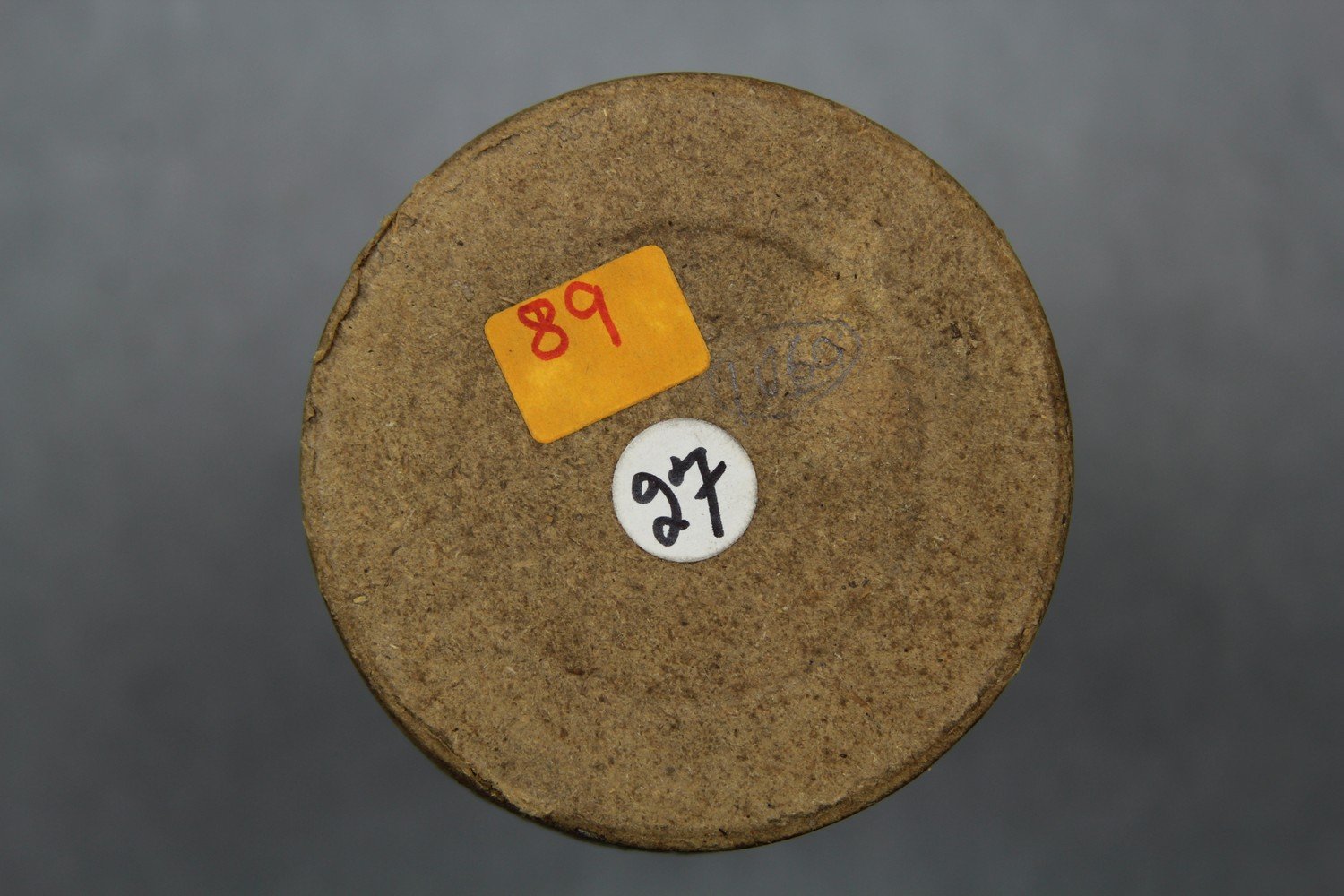 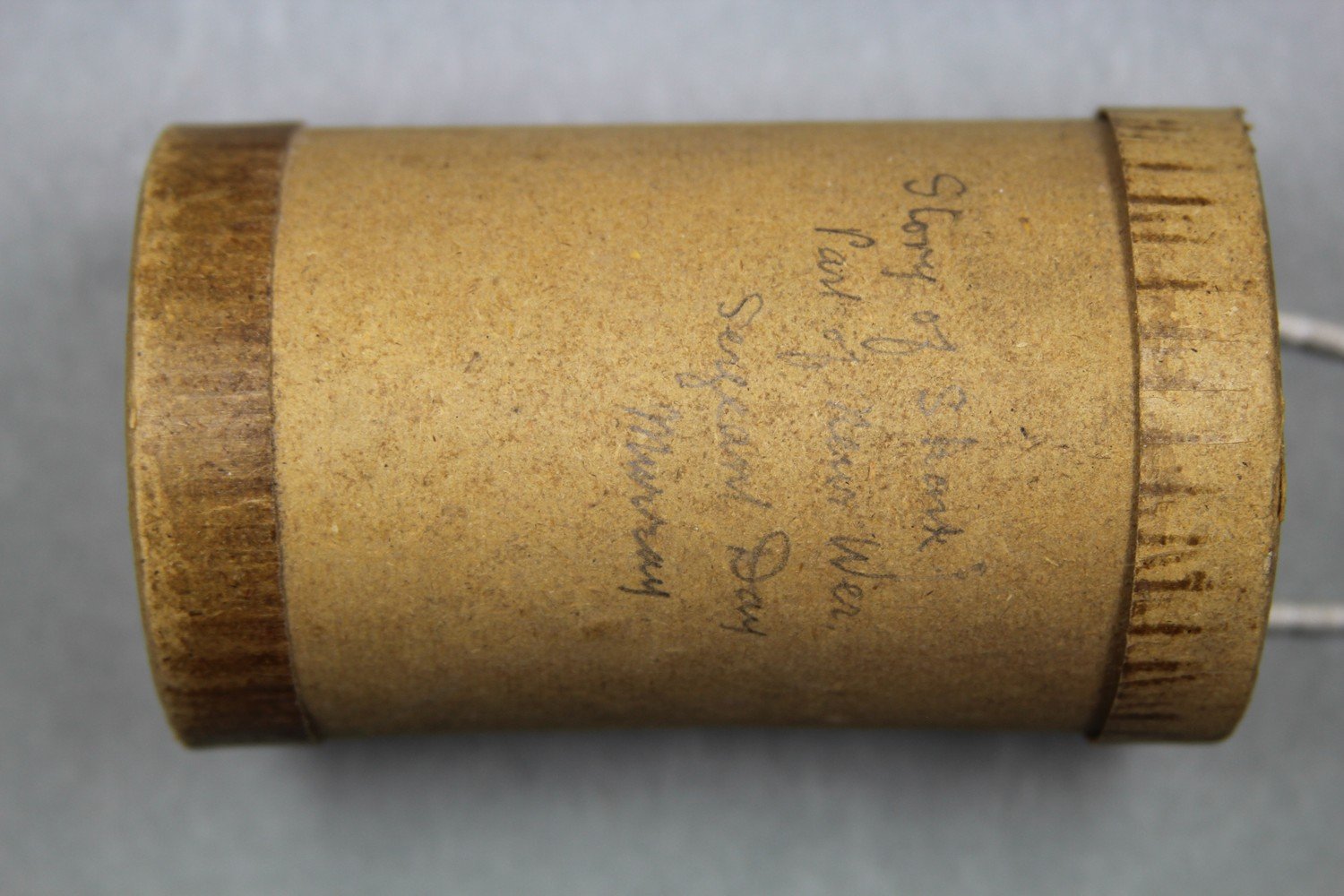     | ||||||||
| C80/1091 | Funeral Song | Unidentified (singer, male) | Mer / Murray Island, Torres Strait Islands | 10 May 1898 – 24 August 1898 | 1-2. Unaccompanied male vocal solo. Inscription on insert notes: 1) Nogle / Funeral song / Tud’; 2) A death song from Tud: Sung in Mer as secular / song on death of a nogle [illeg] / “one of the people”. / Sung also as babanet (prelude before dance)'; 3) (O d…[?] mauatosikata[?] back pudemawa waia) 2 / (tanaba waliguba gol[…?]) mina / [illeg] mask / Song long ago introduced from Tud’ (v. off[?])’. This recording corresponds to Charles S. Myers' Keber Song XIII A. Notation and analysis of Song XIII A in Myers (1912:246, 253). This song was introduced from Tutu [Tudu Island / Warrior Islet] (Myers 1912:240). Sung at the funeral of a nogle, ‘one of the people’ who was not zogo le or tami le [assistants to the zogo le]. The zogo le were entitled to wear the Malo-Bomai masks, persons with sacred or divine power; person with power to discern the movement of cosmic energy' [https://www.mabonativetitle.com/info/meriamWords.htm]. Also used as a babanet, or prelude to a dance (Myers 1912:239, 240, 268). | Reasonable quality recording The recording date range assumes that Myers is indeed the recordist and corresponds to the dates of Myer's stay on Mer / Murray Island. | Meriam Mir | Field recordings | Myers, C. S. | 2'15" | 1898 Cambridge Anthropological Expedition to Torres Straits | Brown wax cylinder. Metal cylinder case. | Alfred Cort Haddon 1898 Expedition (Torres Strait and British New Guinea) Cylinder Collection | British Library | 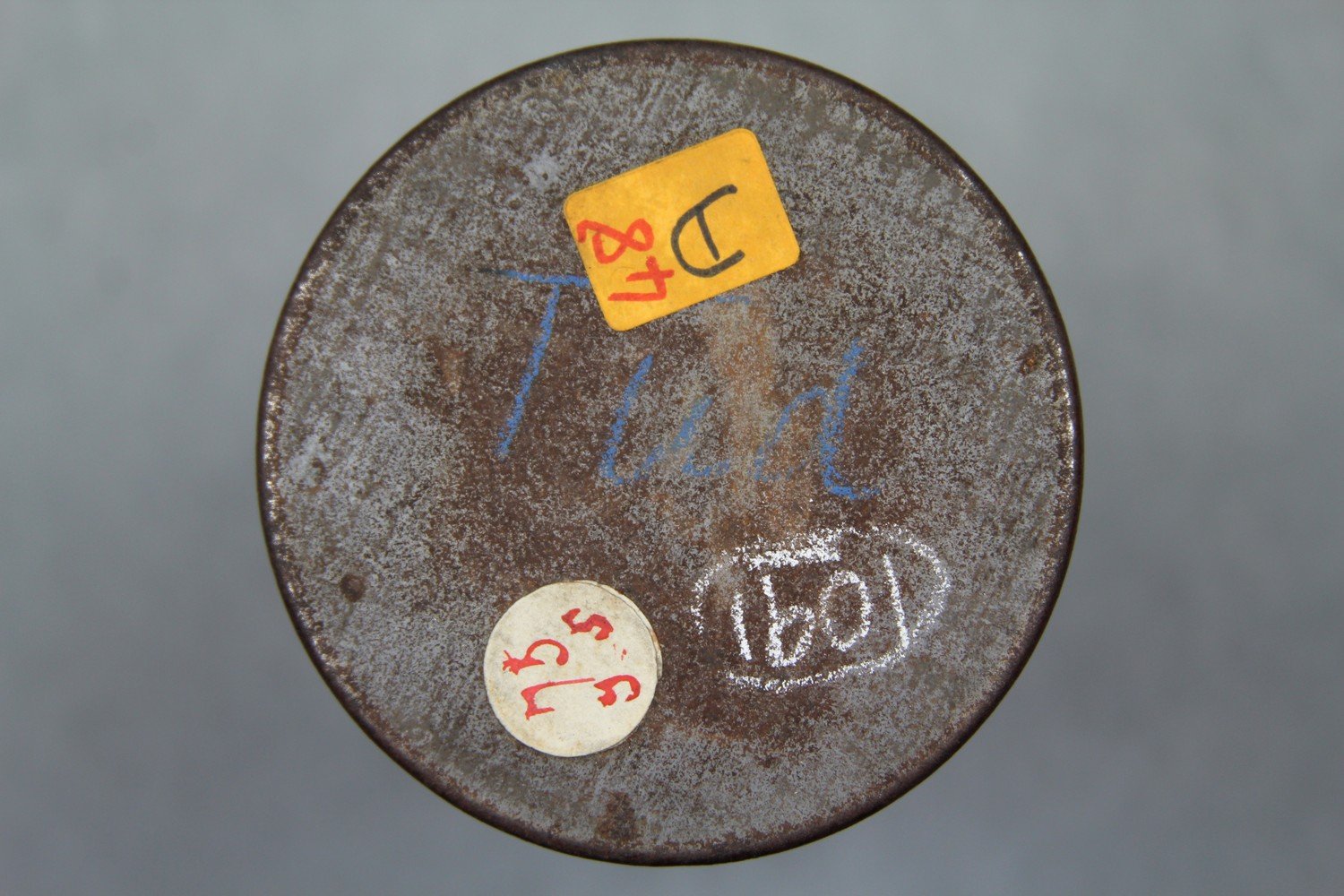 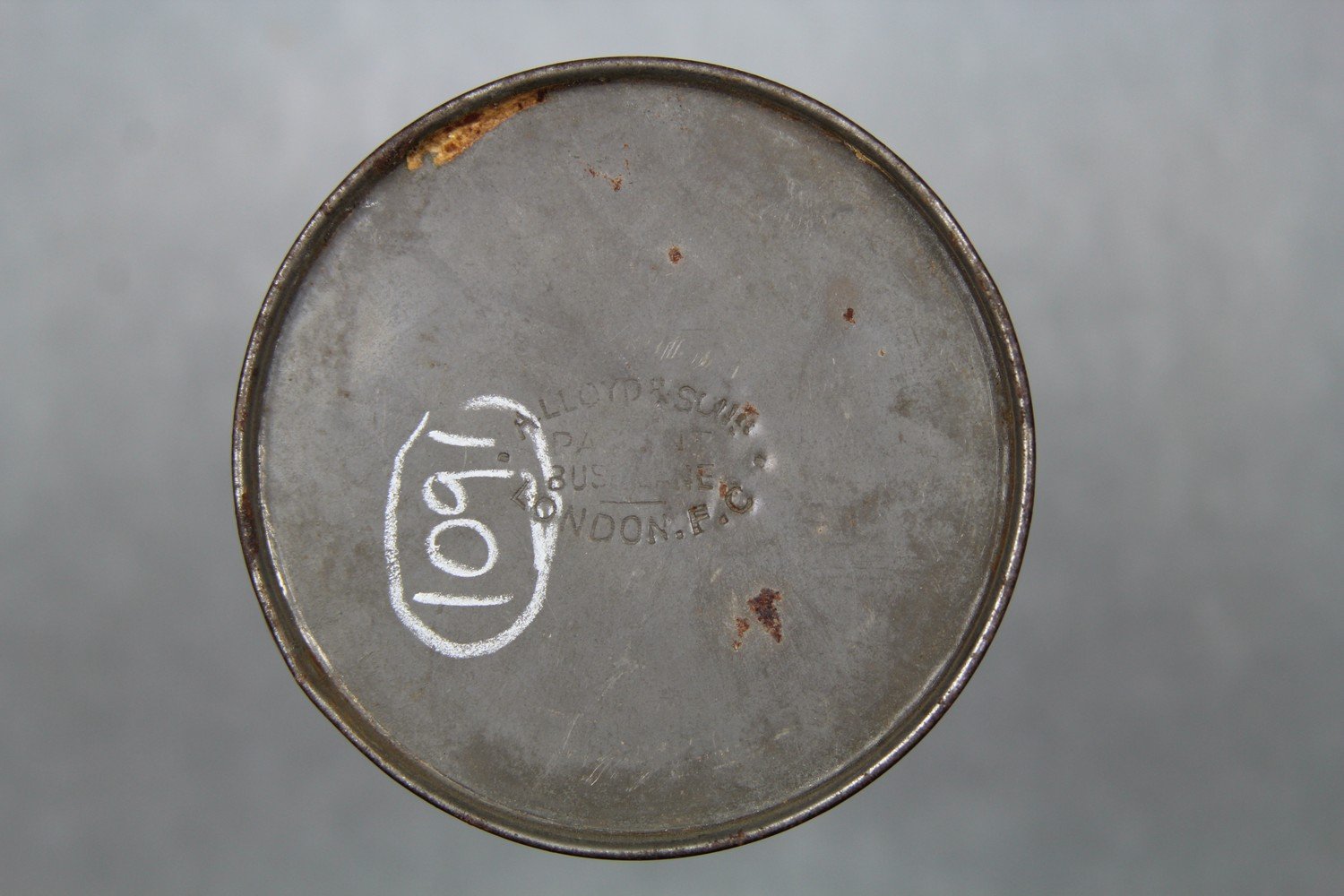 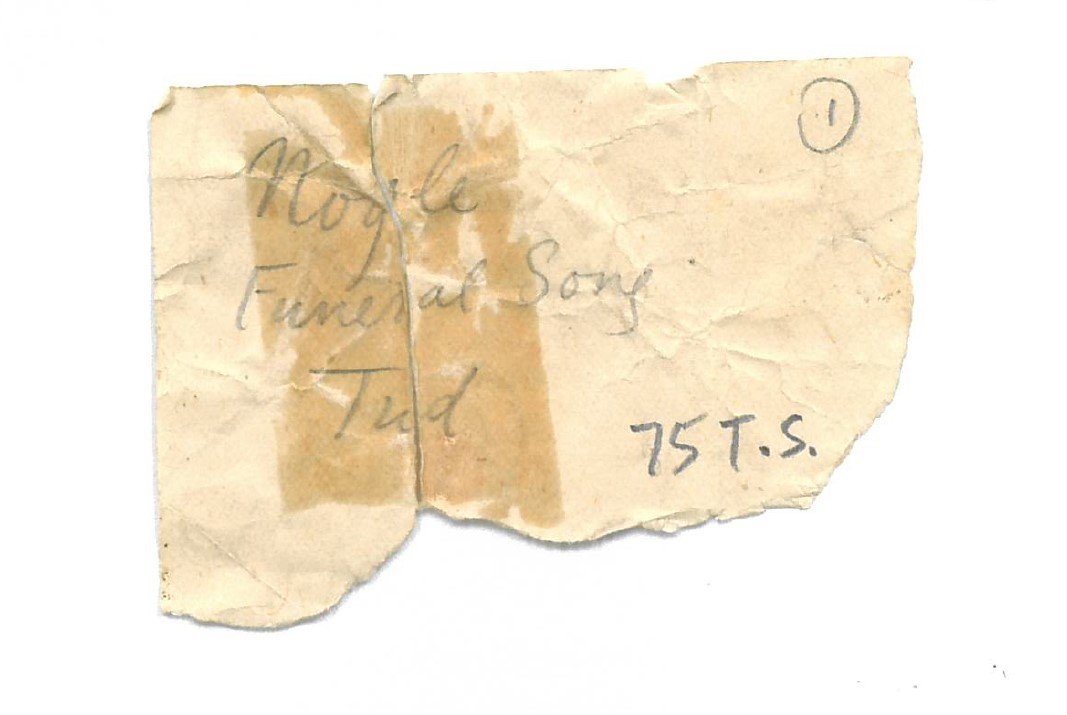    | Haddon, A.C. (ed.) 1912. Reports of the Cambridge Anthropological Expedition to Torres Strait: Volume IV, Arts and Crafts. Cambridge: Cambridge University Press. British Library shelfmark General Reference Collection YC.2011.b.634. | ||||||
| C80/1483 | Home Sweet Home | Unidentified (male chorus) | Mer / Murray Island, Torres Strait Islands | 6 May 1898 – 8 September 1898 | 1. "Home Sweet Home, Murray Island". 2. Male vocal group, unaccompanied. Seems to be a version of Home, Sweet Home composed by Sir Henry Bishop and adapted from John Howard Payne’s 1823 opera 'Clari, or the Maid of Milan'. | Good quality recording, though with some surface noise. As the recordist has not been identified, the recording date range corresponds to when any of the Expedition members were on Mer / Murray Island. | English | Field recordings | 1'57" | 1898 Cambridge Anthropological Expedition to Torres Straits | Brown wax cylinder. Cardboard cylinder case. | Alfred Cort Haddon 1898 Expedition (Torres Strait and British New Guinea) Cylinder Collection | British Library | 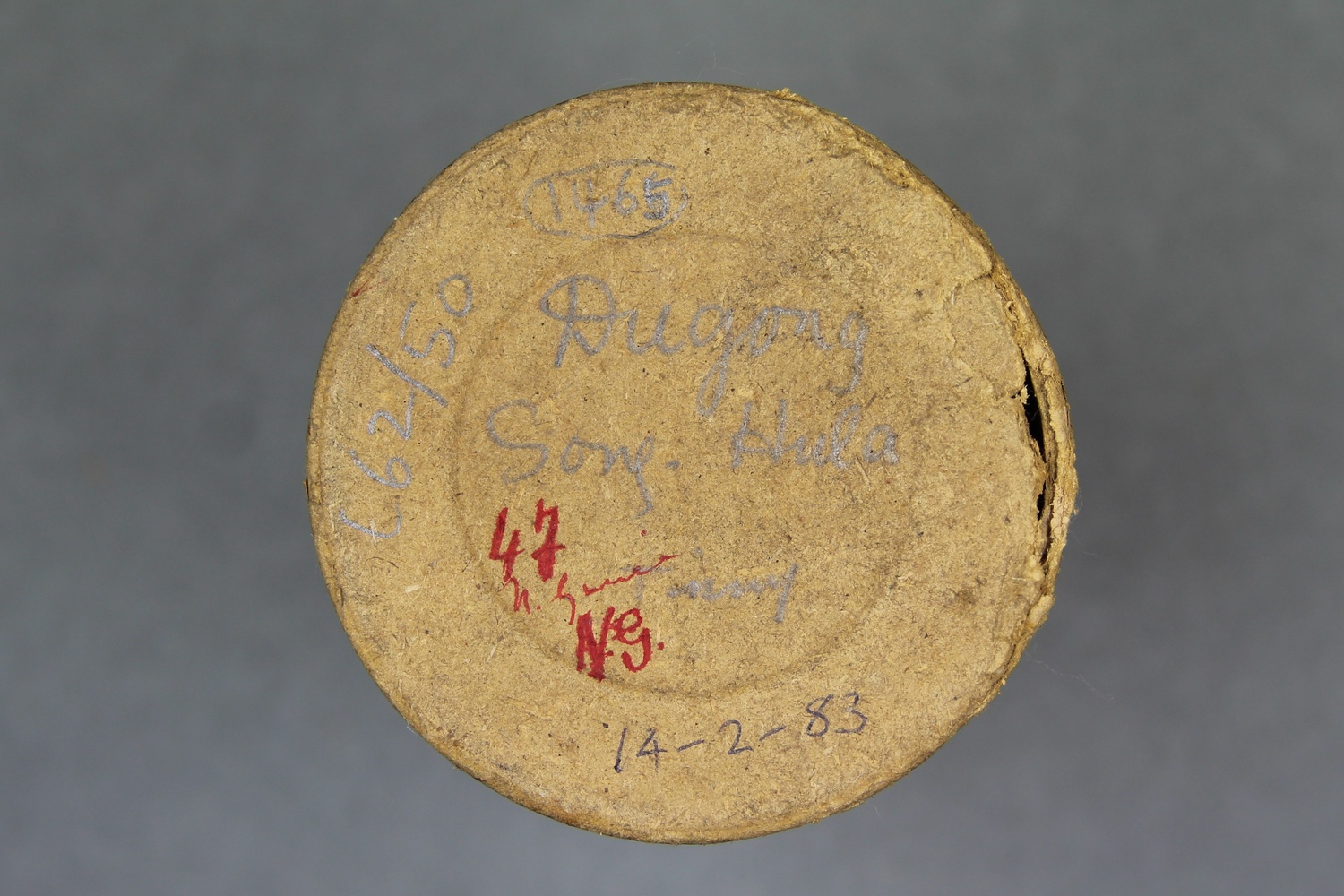 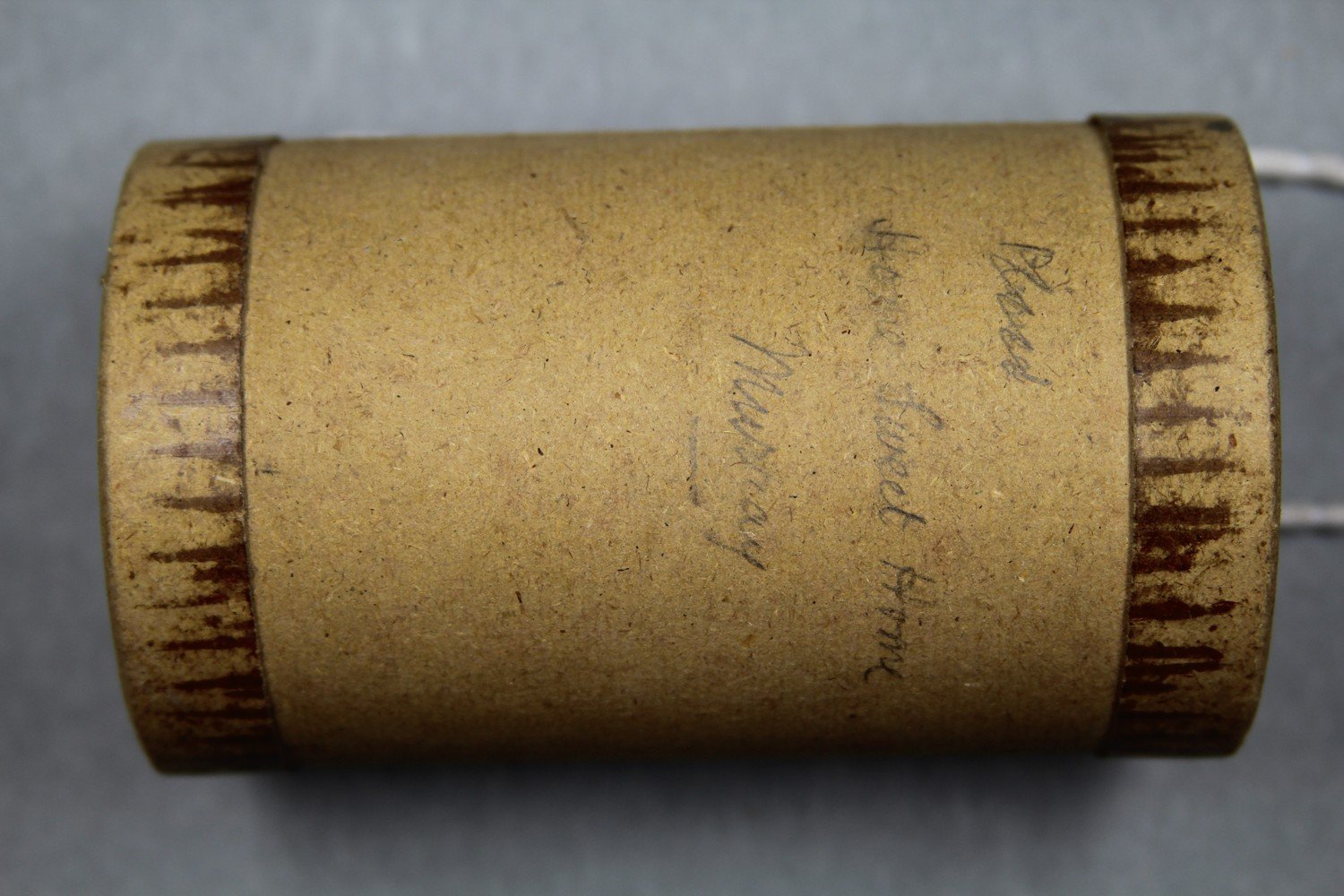     |
- AIATSIS. 1973? – 1975. 1964_64-2 KEARNEY, PROFESSOR GEORGE [manuscripts] AIATSIS Central File. Canberra: AIATSIS.
- AIATSIS. 1975 – 1984. 1964_64-3 KEARNEY, PROFESSOR GEORGE [manuscripts] AIATSIS Central File. Canberra: AIATSIS.
- AIATSIS. 1977 – 1981. 1966_15-1 MOORE, D. – Grants – INDIVIDUAL [manuscripts] AIATSIS Central File. Canberra: AIATSIS.
- Beckett, Jeremy. 1987. Torres Strait Islanders: Custom and colonisation. Cambridge: Cambridge University Press.
- British Library Board. 2010. Memory of The World Register: The Historic Ethnographic Recordings (1898–1951) at the British Library (United Kingdom). UNESCO. Available at <http://www.unesco.org/new/fileadmin/MULTIMEDIA/HQ/CI/CI/pdf/mow/nomination_forms/Uk%20ethnographic.pdf> [Accessed 28 April 2020].
- David, Frank, Leah Lui-Chivizhe, and Jude Philp. 2015. “Individuals in Kulkalgal History.” Journal of Australian Studies 39/3: 290–306.
- Day, Timothy. 2001. “The National Sound Archive: the first fifty years”. In Aural History: Essays on Recorded Sound, edited by A. Linehan, 41-64. London: The British Library.
- Dunlop, Ian. 1979. “Ethnographic Film-Making in Australia: The First Seventy Years (1898–1968).” Aboriginal History 3/1–2: 111–119. Available at <https://www.jstor.org/stable/24045736> [Accessed 27 May 2020].
- Durán, Lucy. 1985. “The Cylinder Project: tape transference of Australian Aboriginal recordings on cylinders in the National Sound Archive, Part I”. In Australian and New Zealand Studies: Papers Presented at a Colloquium at the British Library, 7-9 February 1984, edited by P. McLaren-Turner. London: The British Library.
- Edwards, Elizabeth. 1998. “Performing Science: Still Photography and the Torres Strait Expedition.” In Cambridge and the Torres Strait: Centenary Essays on the 1898 Anthropological Expedition, edited by Anita Herle and Sandra Rouse, 106-135. Cambridge: Cambridge University Press.
- Eseli, Peter. 1998. Eseli’s Notebook. Translated from Kala Lagaw Ya, edited and annotated by A. Shnukal, R. Mitchell, and Y. Nagata. Aboriginal and Torres Strait Islander Studies Unit Research Report Series, Volume 3. Brisbane: The University of Queensland. Available at <https://espace.library.uq.edu.au/view/UQ:382557> [Accessed 31 March 2020].
- Fitzpatrick, Judith M. 2000. “Tombstone ceremonies: Identity and political integration”. In The Oxford Companion to Aboriginal Art and Culture, edited by S. Kleinart and M. Neale, 37. Melbourne, N.S.W. and Oxford: Oxford University Press.
- Griffiths, Alison. 2002. Wondrous Difference: Cinema, Anthropology, and Turn-of-the-Century Visual Culture. New York: Columbia University Press.
- Haddon, Alfred Cort. c.1880-1940. Haddon Papers. MS.HADDON. Cambridge: Cambridge University Library.
- Haddon, Alfred Cort. 1890a. Manners and customs of the Torres Straits Islanders. London: William Clowes.
- Haddon, Alfred Cort. 1890b. “The Ethnography of the Western tribe of Torres Strait.” The Journal of the Anthropological Institute of Great Britain and Ireland 19: 297–440.
- Haddon, Alfred Cort. 1893. “The Secular and Ceremonial Dances of Torres Straits.” Internationales Archiv für Ethnographie, 6. Leiden: P.W.M. Trap. Available at: <https://archive.org/details/internationalesa06inte/page/135/mode/1up>
- Haddon, Alfred Cort. 1898-1899. Journal of the Cambridge Anthropological Expedition to the Torres Strait and New Guinea. MS.HADDON. Cambridge: Cambridge University Library.
- Haddon, Alfred Cort. 1899. “The Cambridge Anthropological Expedition to Torres Straits and Sarawak.” Nature 1557/60: 413–416.
- Haddon, Alfred Cort. 1901. Head-Hunters. Black, White and Brown. London: Metheun & Co.
- Haddon, Alfred Cort (ed.) 1904. Reports of the Cambridge Anthropological Expedition to Torres Strait: Volume V, Sociology, Magic and Religion of the Western Islanders. Cambridge: Cambridge University Press.
- Haddon, Alfred Cort (ed.) 1908. Reports of the Cambridge Anthropological Expedition to Torres Strait: Volume VI, Sociology, Magic and Religion of the Eastern Islanders. Cambridge: Cambridge University Press.
- Haddon, Alfred Cort (ed.) 1912. Reports of the Cambridge Anthropological Expedition to Torres Strait: Volume IV, Arts and Crafts. Cambridge: Cambridge University Press.
- Haddon, Alfred Cort (ed.) 1935. Reports of the Cambridge Anthropological Expedition to Torres Strait: Volume I, General Ethnography. Cambridge: Cambridge University Press.
- Haddon, Alfred Cort and Myers, Charles Samuel. 1908. “The Cult of Bomai and Malu”. In Reports of the Cambridge Anthropological Expedition to Torres Strait: Volume VI, Sociology, Magic and Religion of the Eastern Islanders, edited by Alfred Cort Haddon, 281–313. Cambridge: Cambridge University Press.
- Herle, Anita. 1998. “The Life-histories of Objects: Collections of the Cambridge Anthropological Expedition to the Torres Strait.” In Cambridge and the Torres Strait: Centenary Essays on the 1898 Anthropological Expedition, edited by Anita Herle and Sandra Rouse, 77–105. Cambridge: Cambridge University Press.
- Herle, Anita and Rouse, Sandra (eds.) 1998. Cambridge and the Torres Strait: Centenary essays on the 1898 anthropological expedition. Cambridge: Cambridge University Press.
- Herle, Anita and Philp, Jude (eds.) 2020. Recording Kastom: Alfred Haddon’s Journals from the Torres Strait and New Guinea, 1888 and 1898. Sydney: Sydney University Press.
- Hornbostel, Erich Moritz von. 1913. “Melodie und Skala”. In Jahrbuch der Musikbibliothek Peters, 19. Jahrgang, 11–23. Leipzig: C.F. Peters. Available at <https://archive.org/details/melodieundskala00horn/> [Accessed 14 January 2021].
- Koch, Grace. 2013. We have the song, so we have the land: song and ceremony as proof of ownership in Aboriginal and Torres Strait Islander land claims. AIATSIS research discussion paper no. 33. Canberra: AIATSIS Research Publications. Available at <https://aiatsis.gov.au/sites/default/files/research_pub/we-have-the-song-so-we-have-the-land_0_2.pdf> [Accessed 9 March 2021].
- Koch, Grace. 2019. “’We Want Our Voices Back’: Ethical Dilemmas in the Repatriation of Recordings”. In The Oxford Handbook of Musical Repatriation, edited by F. Gunderson, R.C. Lancefield & B. Woods, ch.11. Oxford: Oxford University Press. doi: 10.1093/oxfordhb/9780190659806.013.11
- Kuklick, Henrika. 1998. “Fieldworkers and physiologists.” In Cambridge and the Torres Strait: Centenary Essays on the 1898 Anthropological Expedition, edited by Anita Herle and Sandra Rouse, 158–180. Cambridge: Cambridge University Press.
- Laade, Wolfgang. 1973. “Notes on the clans, economy, trade and traditional law of the Murray Islanders, Torres Straits.” Journal de la Société des océanistes 9/29, 151–167. doi: https://doi.org/10.3406/jso.1973.2423. Available from <https://www.persee.fr/doc/jso_0300-953x_1973_num_29_39_2423> [Accessed 9 December 2020].
- Laade, Wolfgang. 1977. Traditional Songs of the Western Torres Straits, South Pacific. Folkways Records Album No. FE 4025 [sleeve notes] New York: Folkways Records.
- Langmore, Diane. c1989. Missionary Lives: Papua, 1874-1914. Honolulu: University of Hawaii Press.
- Lawrence, Helen Reeves. 2004. “‘The great traffic in tunes’: agents of religious and musical changes in eastern Torres Strait.” In Woven Histories, Dancing Lives: Torres Strait Islander Identity, Culture and History, edited by R. Davis, 46–72. Canberra: Aboriginal Studies Press.
- Lawrie, Margaret. 1970. Myths and Legends of Torres Strait / Songs from Torres Strait. St. Lucia, Queensland: University of Queensland Press.
- Long, Chris and Laughren, Pat. 1993. “Australia’s First Films 1894-96, Part Six: Surprising Survivals From Colonial Queensland”. In Cinema Papers 96, edited by S. Murray, 32–37. Available at < https://ro.uow.edu.au/cp/96/> [Accessed 27 May 2020].
- Mabo, Koiki and Beckett, Jeremy. 2000. “Dancing in Torres Strait”. In The Oxford Companion to Aboriginal Art and Culture, edited by S. Kleinart and M. Neale, 165–169. Melbourne, N.S.W. and Oxford: Oxford University Press.
- Marriner, Katy. 2009. Who Do You Think You Are? [PDF] ATOM. [Accessed 31 March 2020].
- Moyle, Alice. n.d. A note on early sound recordings in the AIAS archive. [manuscript] Alice Moyle Collection, MS 3501. Canberra: AIATSIS.
- Moyle, Alice. 1983. “Archaeomusicological Possibilities in Australia, Torres Strait and New Guinea.” Bikmaus 4/3: 131–135.
- Moyle, Alice. 1985. The Torres Strait phonograph recordings: a preliminary listing of contents. Australian Aboriginal Studies 2, 53–57.
- Moyle, Alice. 1987. The Torres Strait Phonograph Recordings: A Preliminary Listing of Contents. IASA Phonographic Bulletin 49 (November): 11–17.
- Myers, Charles Samuel. 1898–1899. Journal on Torres Straits Anthropological Expedition. Manuscript. Haddon Papers. ADD 8073. Cambridge: Cambridge University Library.
- Myers, Charles Samuel. 1899. “Music: Torres Straits, etc.” The Journal of the Anthropological Institute of Great Britain and Ireland 29/1–2: 223. Available at: <https://www.jstor.org/stable/2842607> [Accessed 28 May 2020].
- Myers, Charles Samuel. 1901. “Hearing”. In Reports of the Cambridge Anthropological Expedition to Torres Strait: Volume II, Physiology and Psychology, edited by Alfred Cort Haddon, 141–168. Cambridge: Cambridge University Press.
- Myers, Charles Samuel. 1907. “The Ethnological Study of Music”. In Anthropological Essays Presented to E. B. Tylor in Honour of His 75th Birthday, edited by H. Balfour, et al., 235–253. Oxford: Clarendon Press. Available at <https://wellcomelibrary.org/item/b30610928>
- Myers, Charles Samuel. 1912a. “Music.” In Reports of the Cambridge Anthropological Expedition to Torres Straits, Volume IV, Arts and Crafts, edited by Alfred Cort Haddon, 238–269. Cambridge: Cambridge University Press.
- Myers, Charles Samuel. 1912b. The Study of Primitive Music. Musical Antiquary 3, 121–141.
- Myers, Charles Samuel. 1914. “The Beginnings of Music”. In Essays and Studies presented to William Ridgeway, edited by E.C. Quiggin, 560-582. Cambridge: Cambridge University Press.
- Myers, Charles Samuel. 1941. “Charles Gabriel Seligman 1973–1940.” Bibliographical Memoirs of Fellows of the Royal Society 3/10: 627–646. https://doi.org/10.1098/rsbm.1941.0026.
- Myers, Charles Samuel and Haddon, Alfred Cort. 1908. “Funeral Ceremonies”. In Reports of the Cambridge Anthropological Expedition to Torres Strait: Volume VI, Sociology, Magic and Religion of the Eastern Islanders, edited by Alfred Cort Haddon, Ch.VIII. Cambridge: Cambridge University Press.
- Philp, Jude. 1999. “‘Everything as It Used to Be’: Re-creating Torres Strait Islander History in 1898.” The Cambridge Journal of Anthropology 21/1: 58–78.
- Philp, Jude. 2004. “’Embryonic science’: the 1888 Torres Strait photographic collection of A.C. Haddon”. In Woven Histories, Dancing Lives: Torres Strait Islander Identity, Culture and History, edited by R. Davis, 90–106. Canberra: Aboriginal Studies Press.
- Quiggin, Alison Hingston. 1942. Haddon the Head Hunter: A Short Sketch of the life of A.C. Haddon. Cambridge: The University Press.
- Ray, Sidney Herbert. 1898-1899. Journal: Torres Straits Expedition 1898-99. [manuscript] Copies of journals and correspondence of Sidney Herbert Ray. MS 380314. London: SOAS Library.
- Ray, Sidney Herbert. 1899. “Language: New Guinea: Torres Straits.” The Journal of the Anthropological Institute of Great Britain and Ireland 29/1–2: 218–219. Available at <https://www.jstor.org/stable/2842607> [Accessed 28 May 2020]
- Ray, Sidney Herbert. 1907. Reports of the Cambridge Anthropological Expedition to Torres Strait: Volume III, The Languages of Torres Strait. Cambridge: Cambridge University Press.
- Rivers, William Halse Rivers. 1901. “Vision”. In Reports of the Cambridge Anthropological Expedition to Torres Strait: Volume II, Physiology and Psychology, edited by Alfred Cort Haddon, 8–132. Cambridge: Cambridge University Press.
- Rivers, William Halse Rivers. 1904. “Genealogies”. In Reports of the Cambridge Anthropological Expedition to Torres Strait: Volume V, Sociology, Magic and Religion of the Western Islanders, edited by Alfred Cort Haddon. Cambridge: Cambridge University Press.
- Rivers, William Halse Rivers. 1908. “Genealogies”. In Reports of the Cambridge Anthropological Expedition to Torres Strait: Volume VI, Sociology, Magic and Religion of the Eastern Islanders, edited by Alfred Cort Haddon. Cambridge: Cambridge University Press.
- Rivers, William Halse Rivers. 1898 – 1922. Papers of William Halse Rivers Rivers [archival collection] (as filmed by the AJCP, M2619 – M2625). Cambridge: Cambridge University Library. Available online at < https://nla.gov.au/nla.obj-761641256/findingaid> [Accessed 14 January 2021].
- Shnukal, A. 2015a. Aspects of early local administration, education, health and population on Mabuyag. In Memoirs of the Queensland Museum – Culture 8(2), edited by I.J. McNiven and G. Hitchcock, 55–125. Brisbane. Available at <https://www.qm.qld.gov.au/About+Us/Publications/Memoirs+of+the+Queensland+Museum/892+MQM-C+Vol+8> [Accessed 20 October 2020]
- Shnukal, A. 2015b. The LMS missionary B.T. Butcher on Mabuyag, 1905-1906. In Memoirs of the Queensland Museum – Culture 8(2), edited by I.J. McNiven and G. Hitchcock, 203–233. Brisbane. Available at <https://www.qm.qld.gov.au/About+Us/Publications/Memoirs+of+the+Queensland+Museum/892+MQM-C+Vol+8> [Accessed 25 March 2021]
- Stumpf, Carl. 1911. Die Anfänge der Musik. Leipzig: Verlag von Johann Ambrosius Barth. Available at <https://archive.org/details/dieanfngedermus00stumgoog/page/n3/mode/2up> [Accessed 30 June 2020].
- Ward, Alan. 1984. “The Frazer Collection of Wax Cylinders: An Introduction.” Recorded Sound 85: 1–11.
- Wilkin, Anthony. 1898. Field Notebook [File 1027]. [manuscript] M2731- 2740: Torres Straits, 1888 – 1936, Cambridge University Library. Available at <http://nla.gov.au/nla.obj-765702983> [Accessed 30 June 2020].
- Wilkin, Anthony. 1904. “Land tenure and inheritance”. In Reports of the Cambridge Anthropological Expedition to Torres Strait: Volume V, Sociology, Magic and Religion of the Western Islanders, edited by Alfred Cort Haddon, Ch. XIV. Cambridge: Cambridge University Press.
- Ziegler, Susanne. 2006. Die Wachszylinder des Berliner Phonogramm-Archivs. Veröffentlichungen des Ethnographischen Museums Berlin, 73. Berlin: Ethnologisches Museum, Staatliche Museen zu Berlin.


















